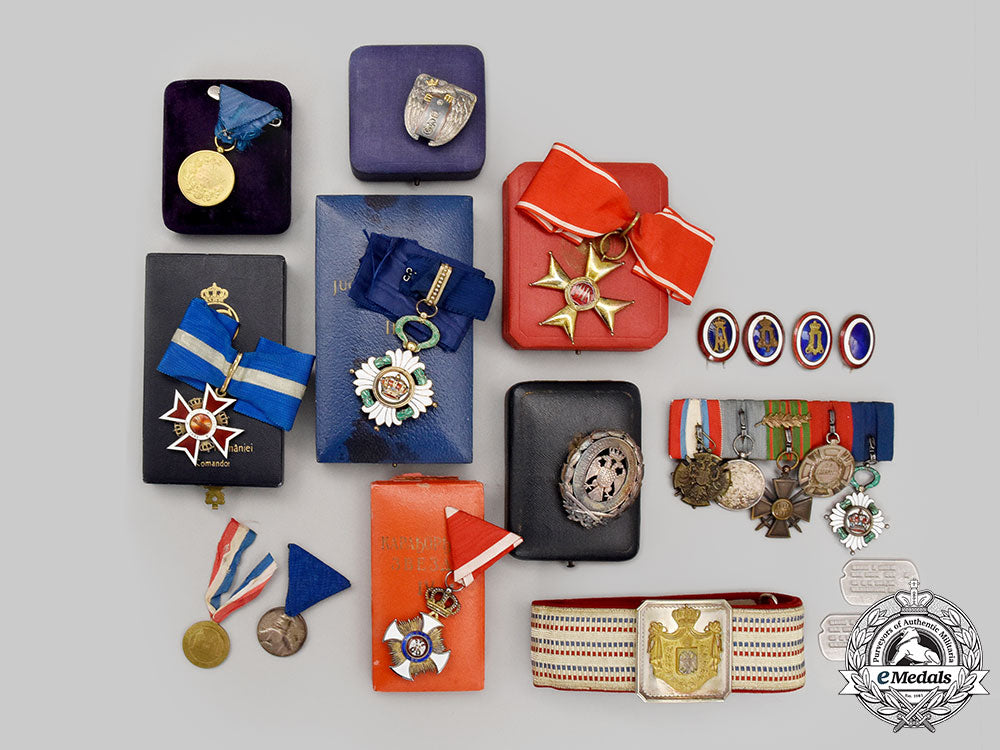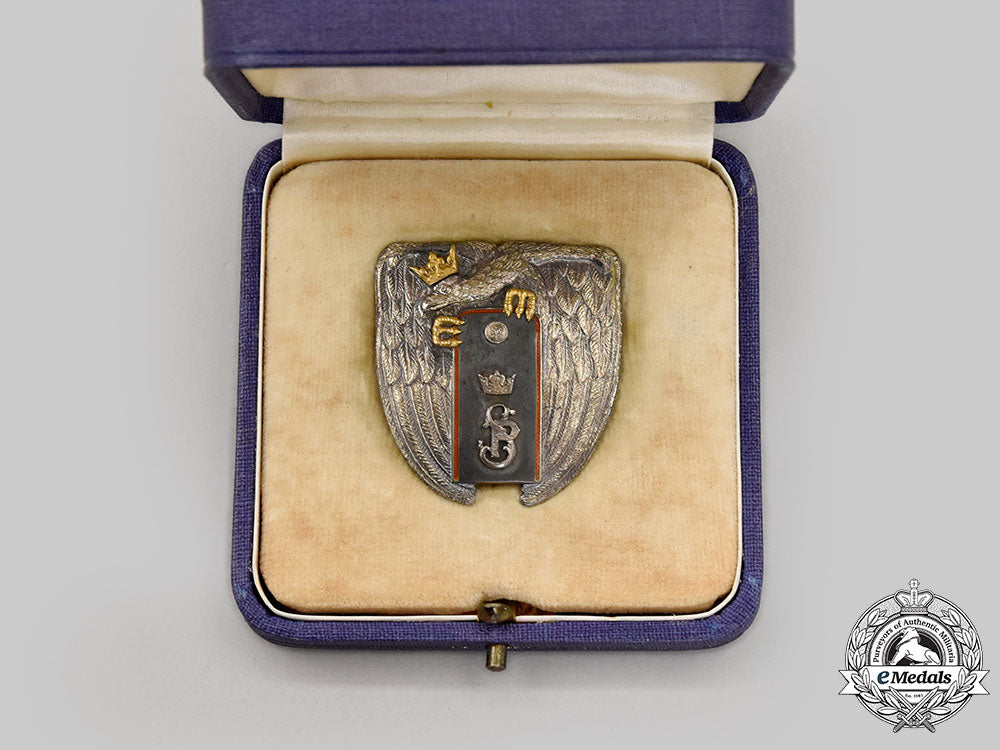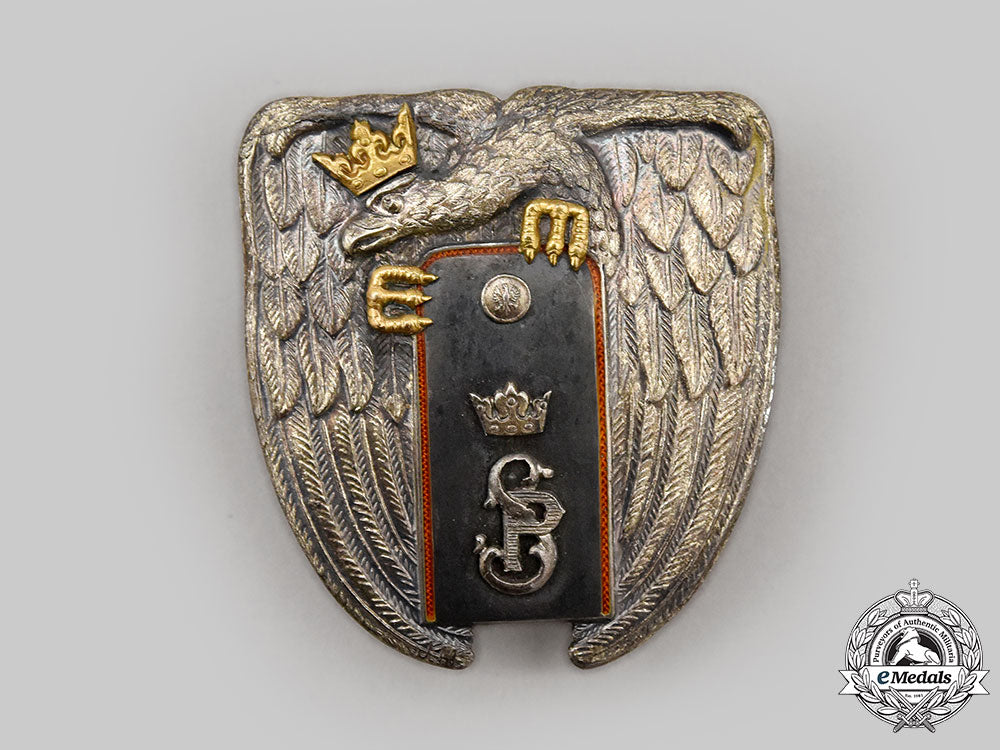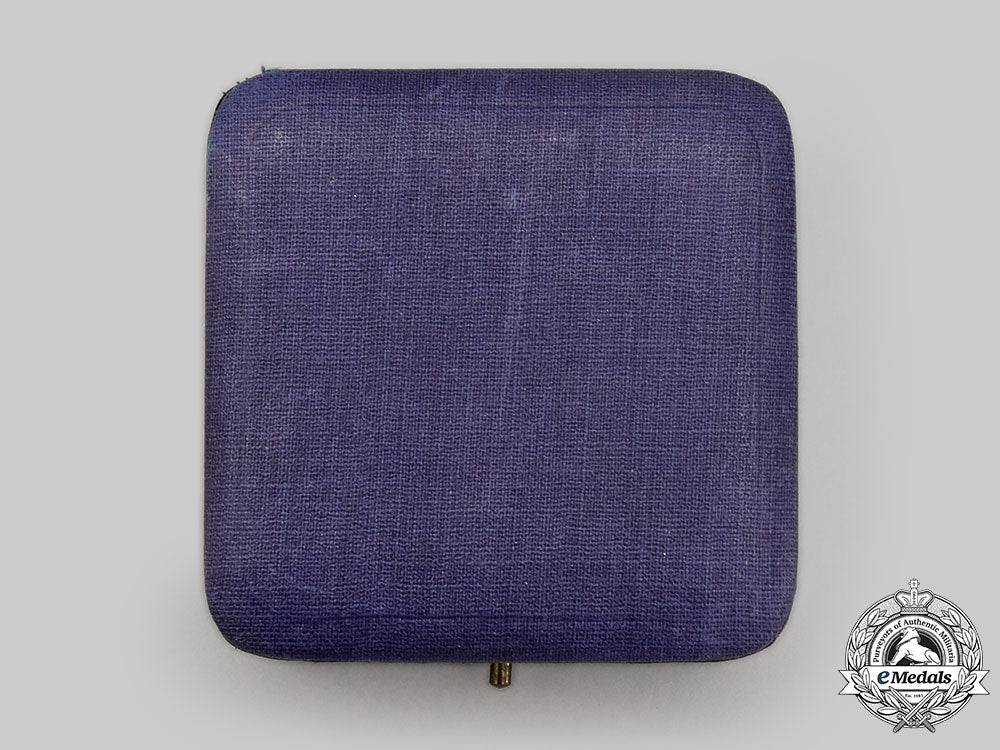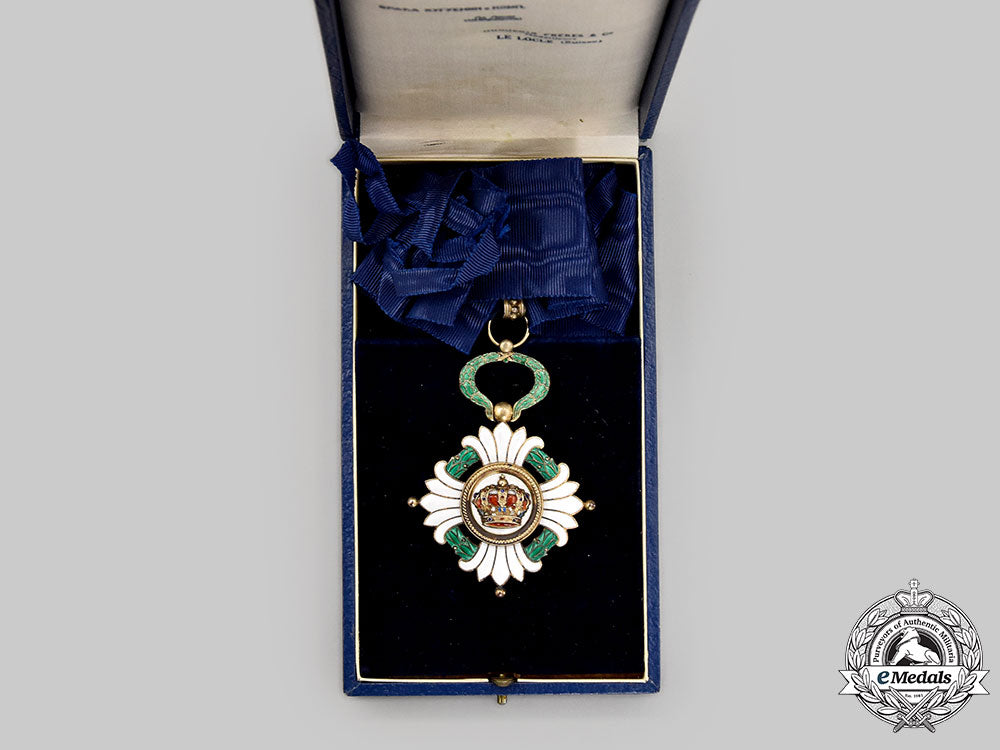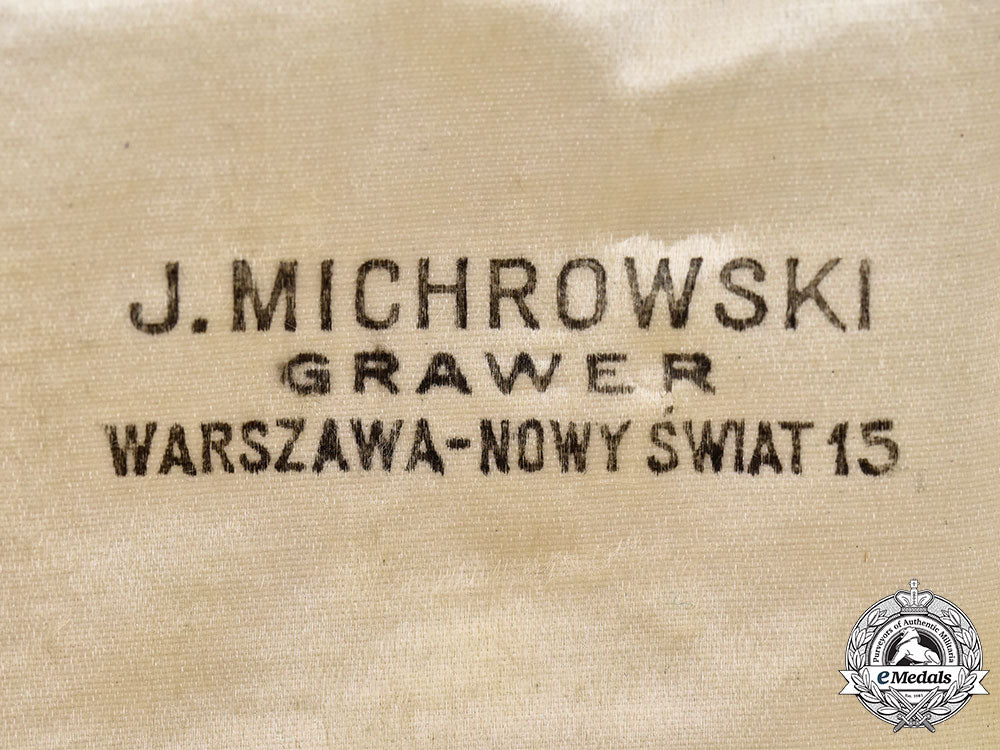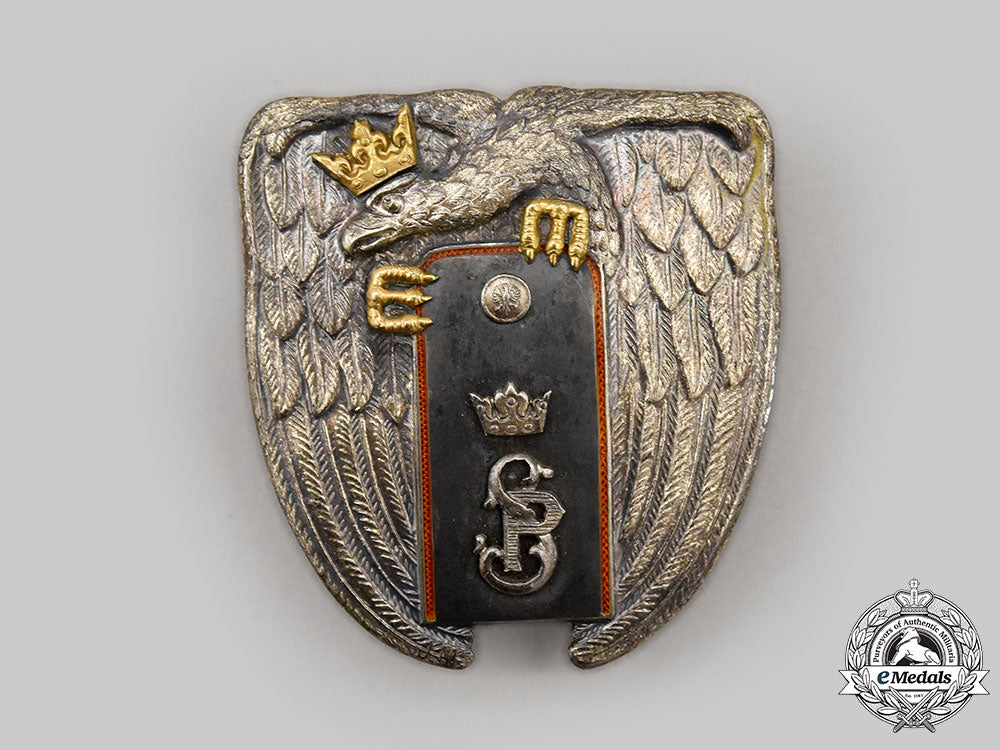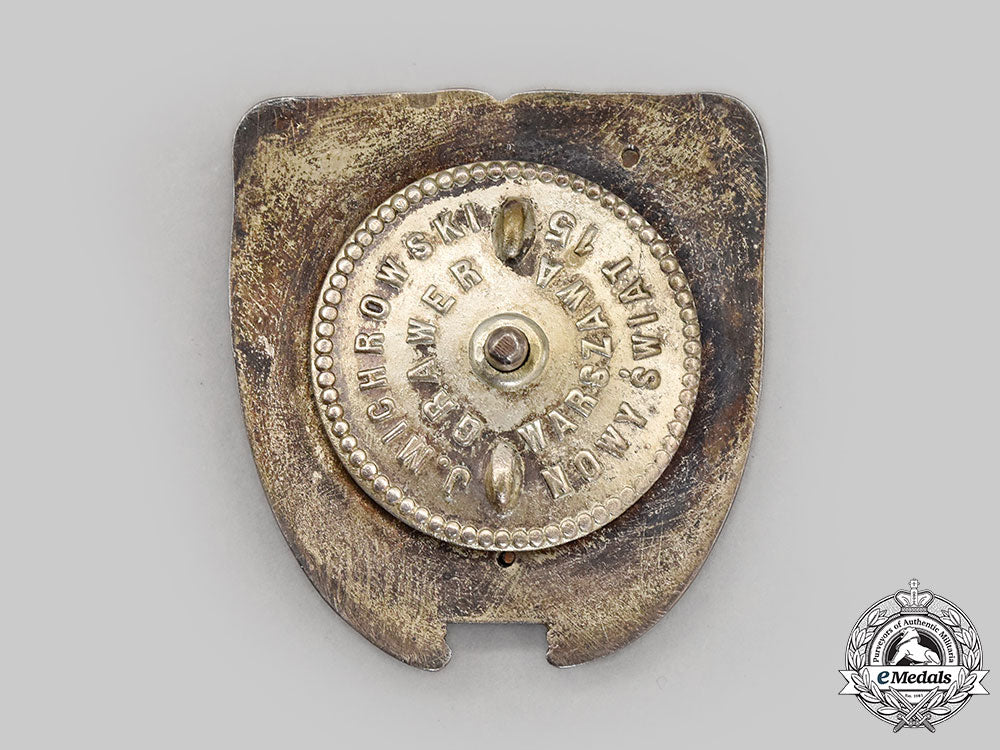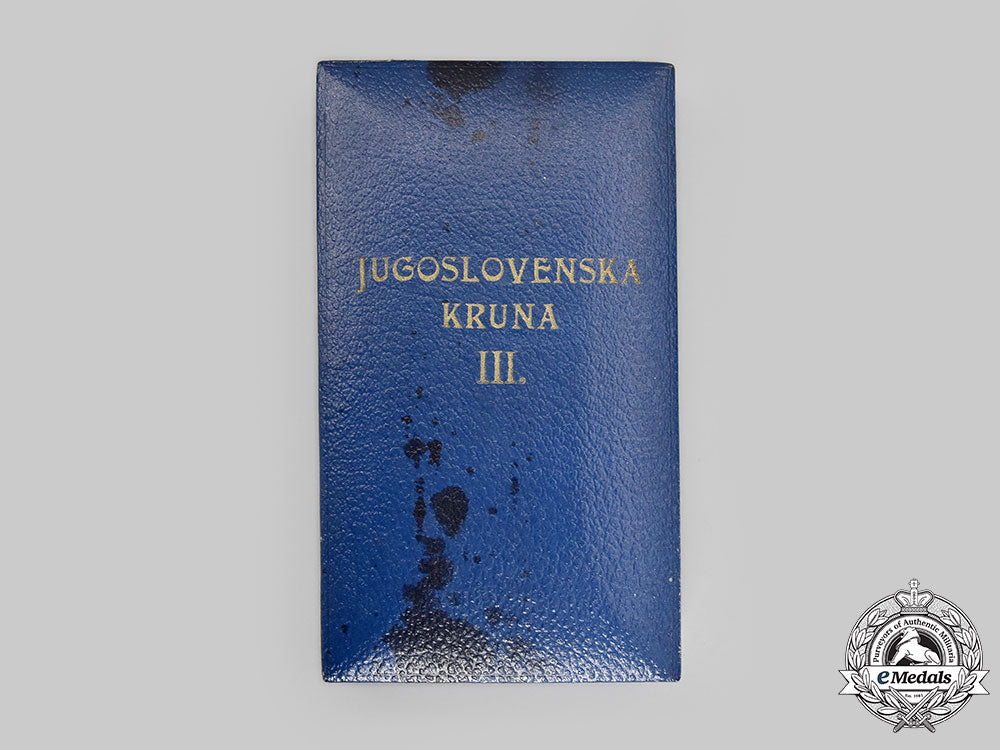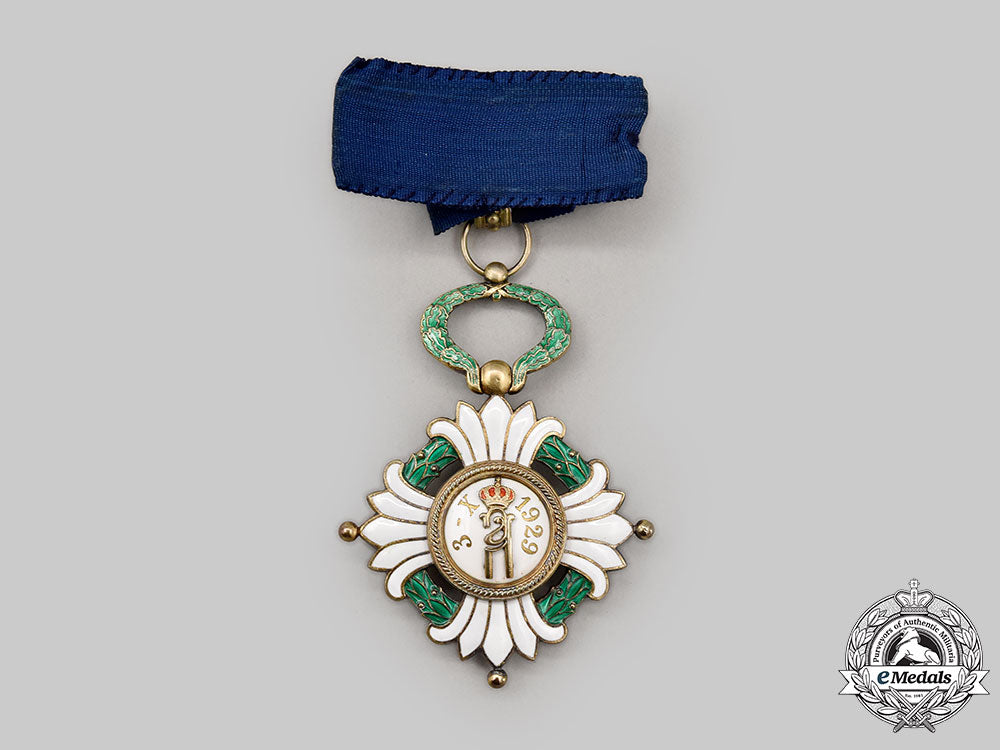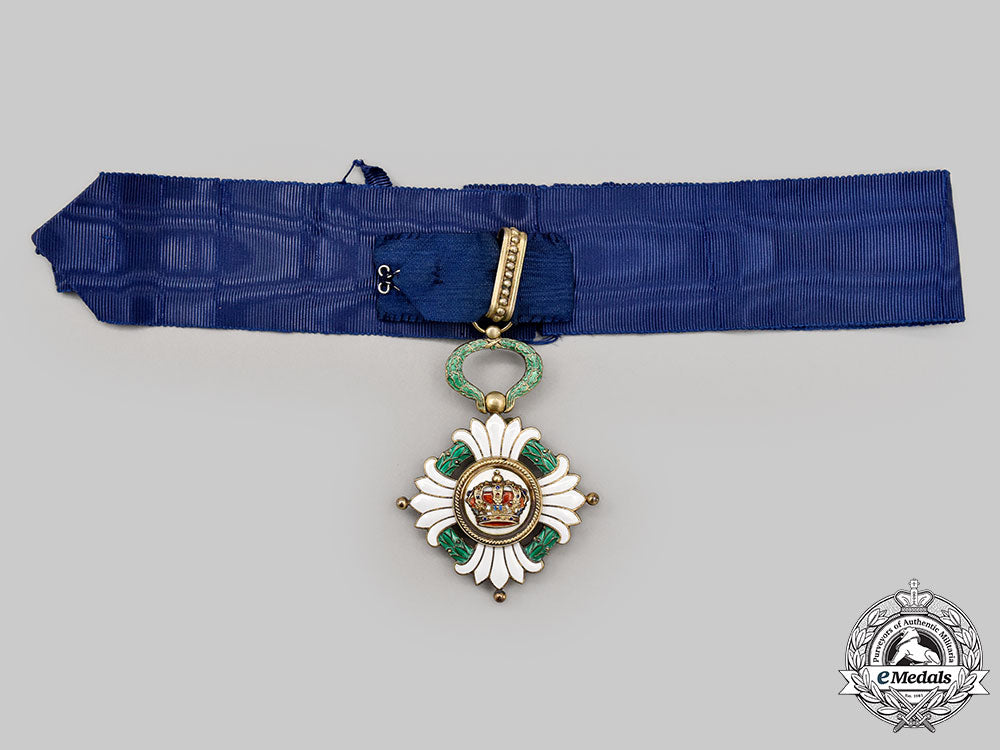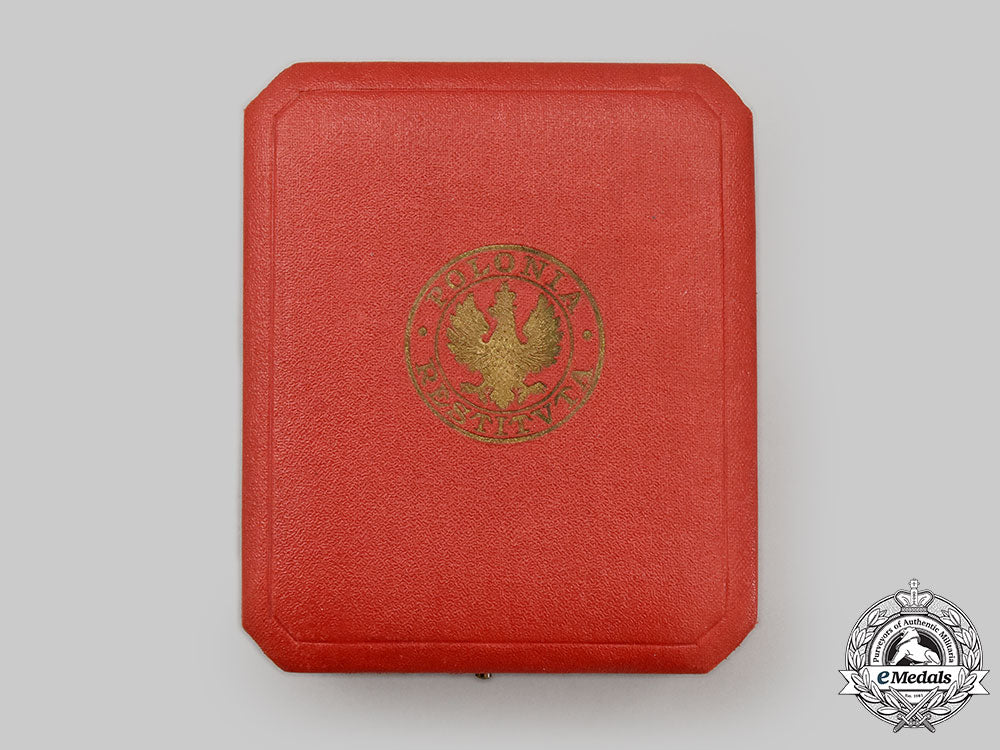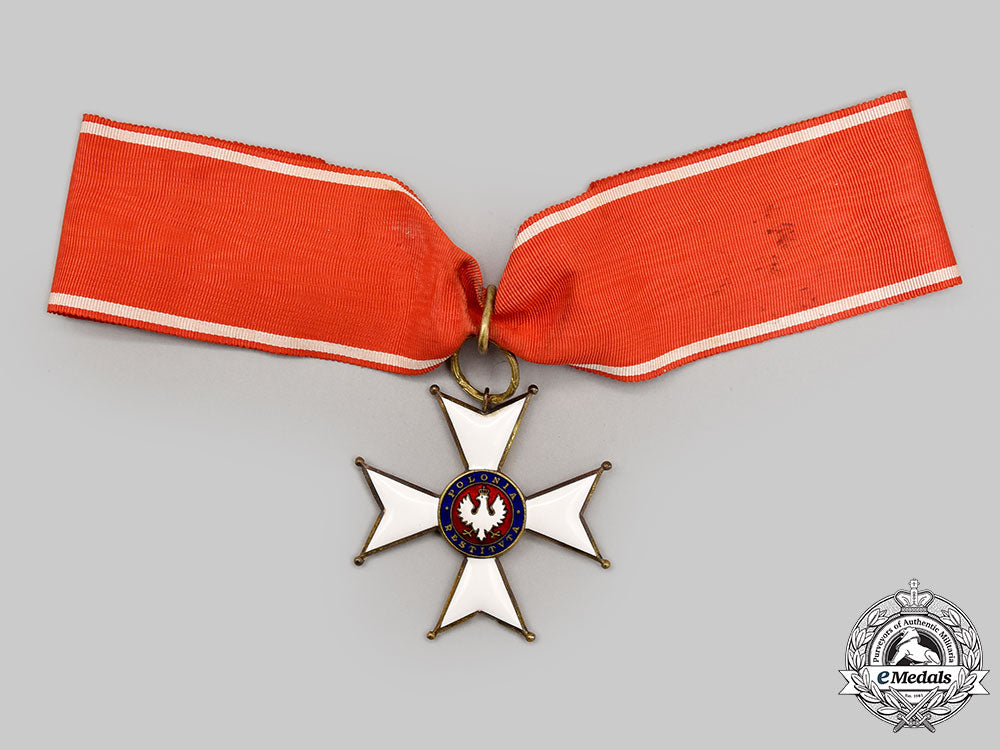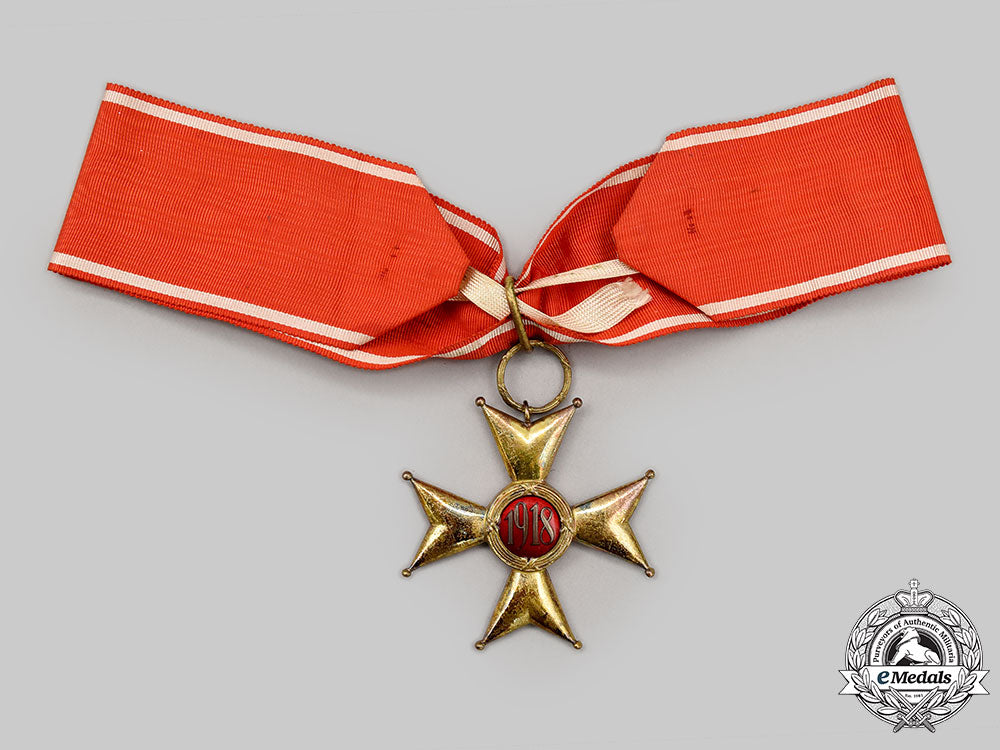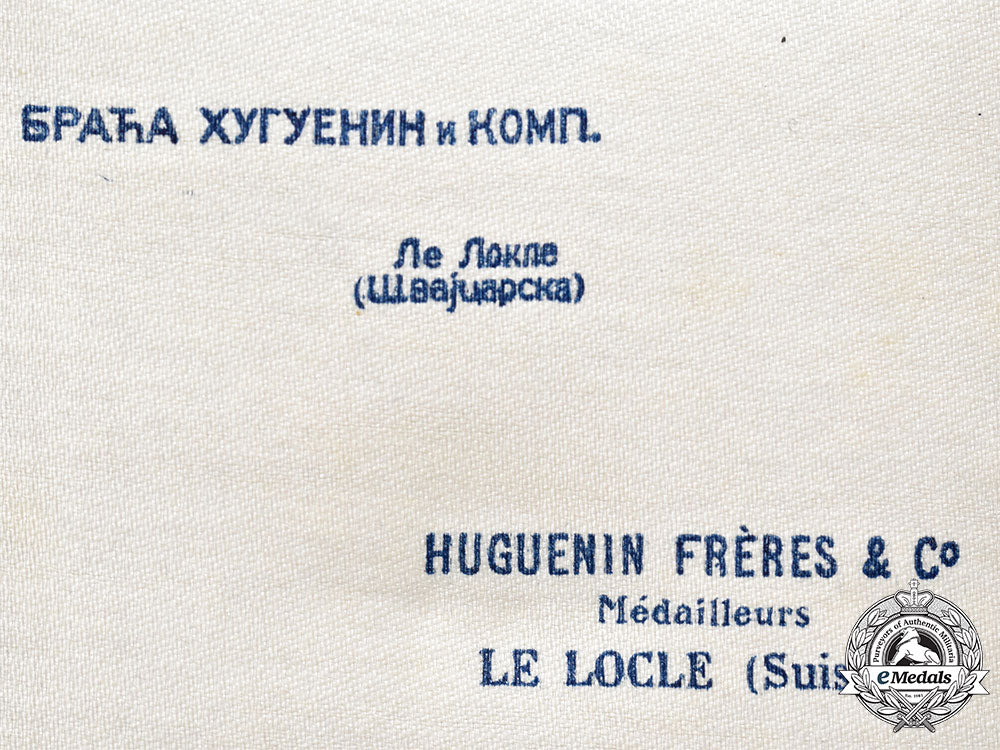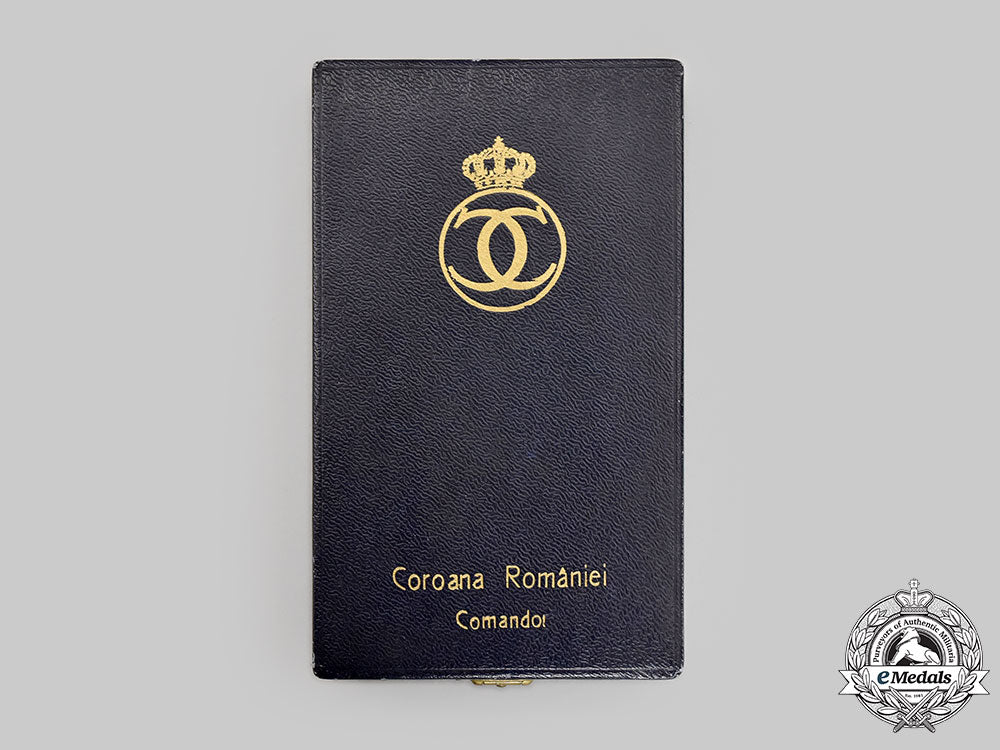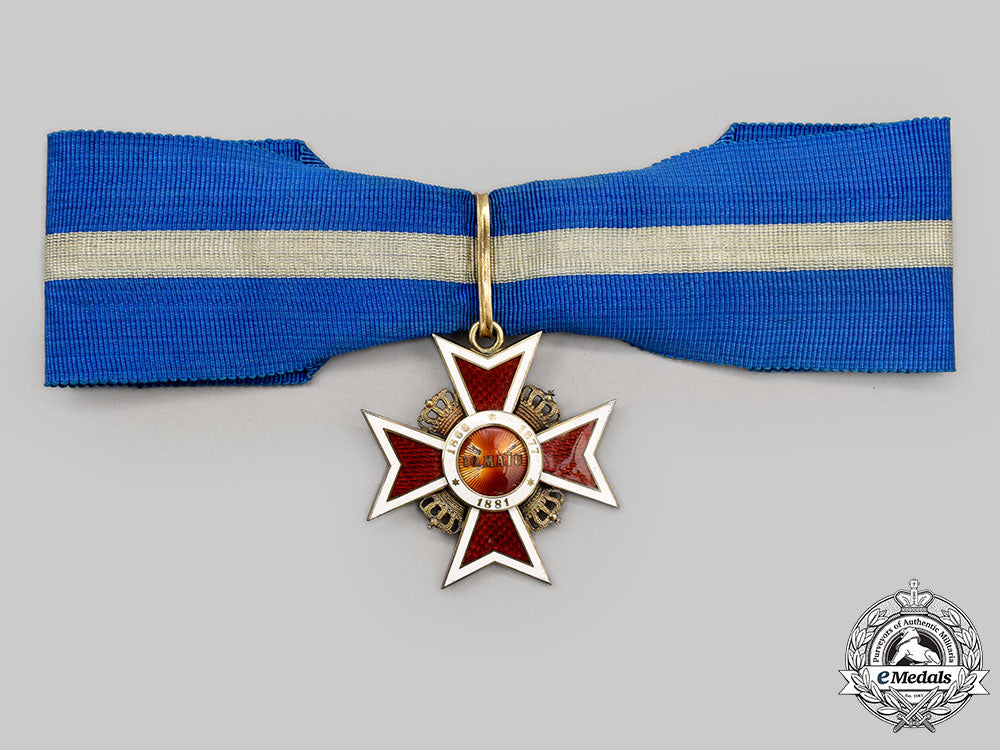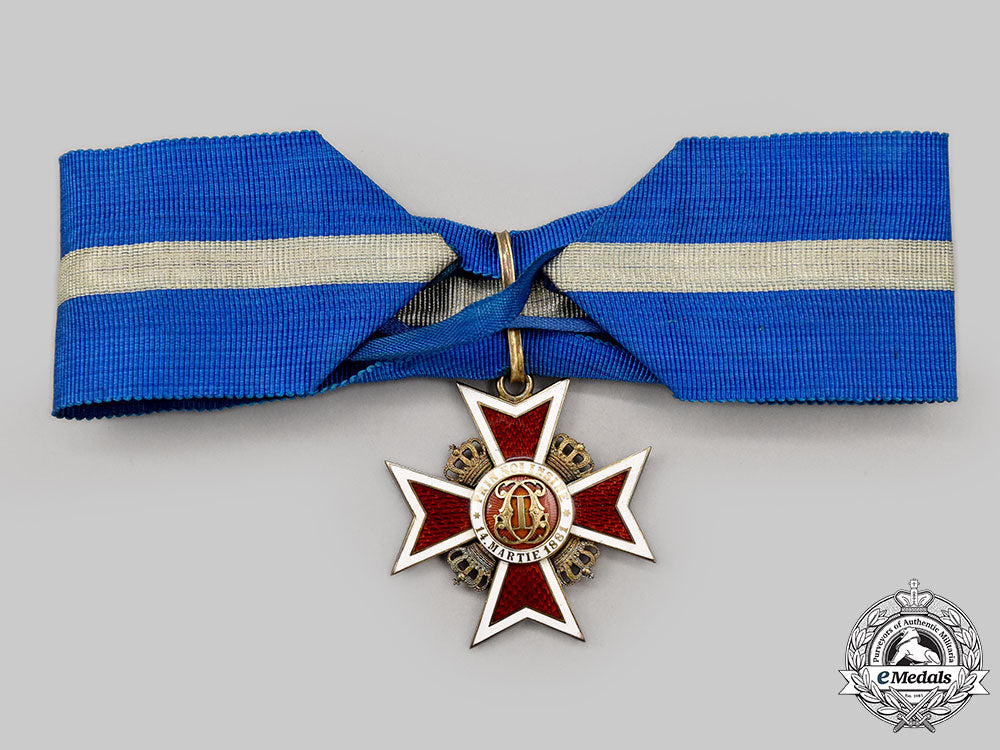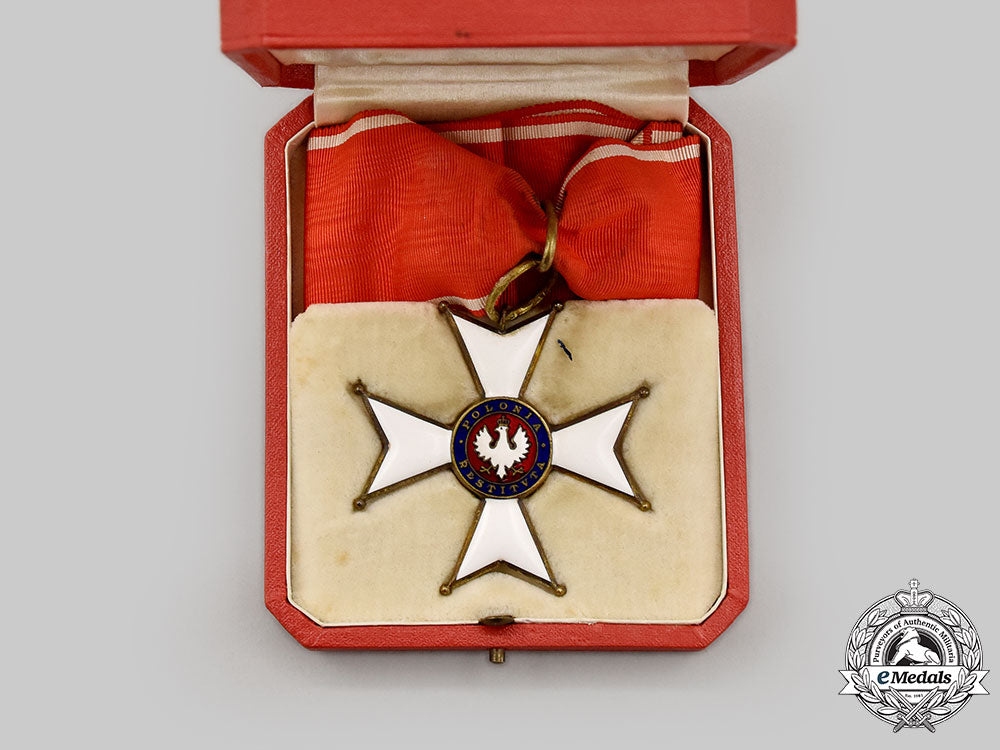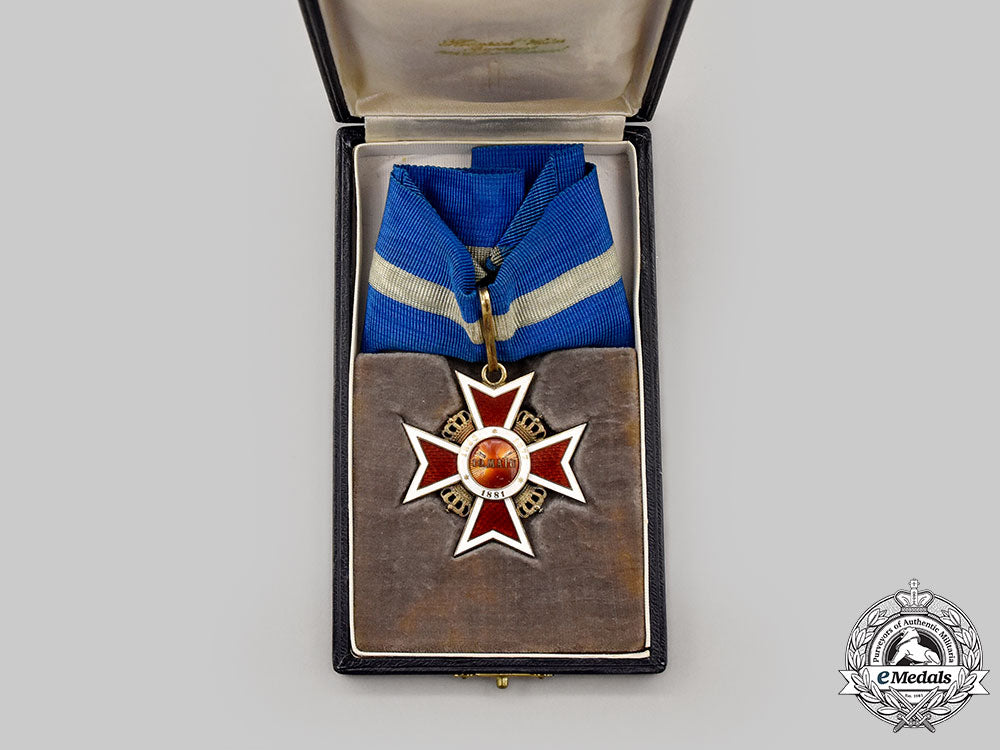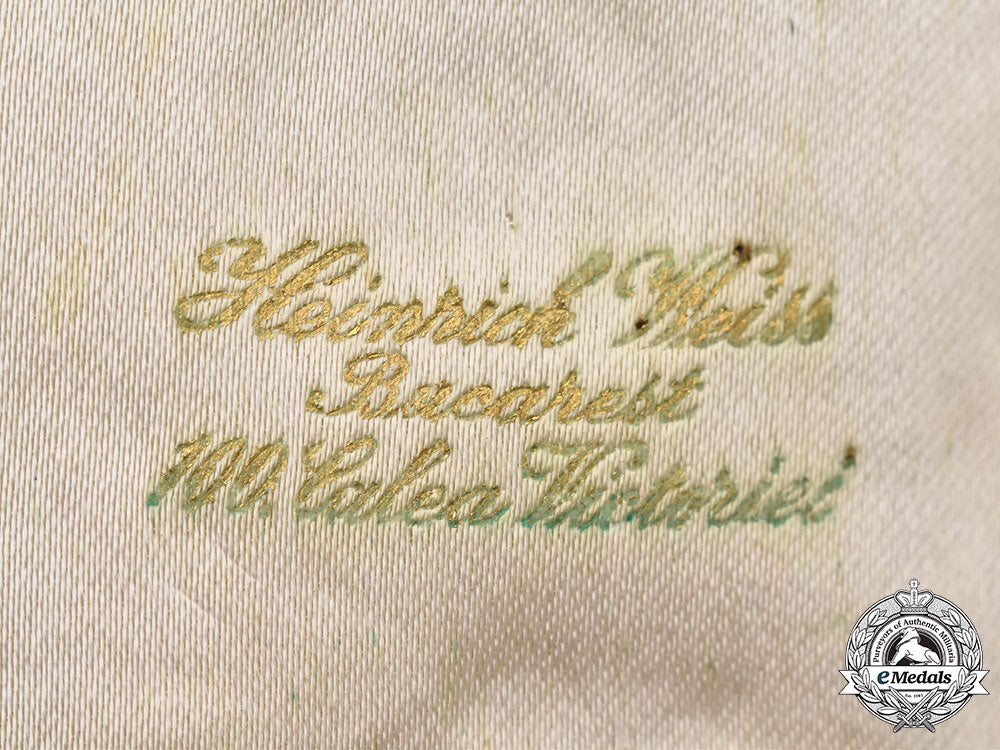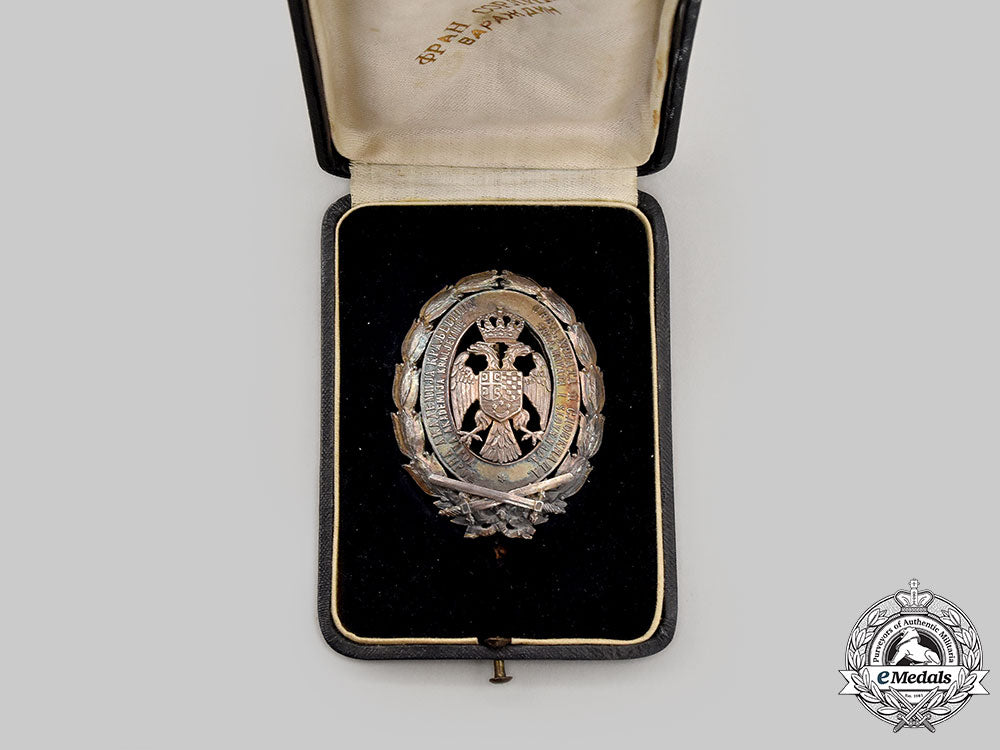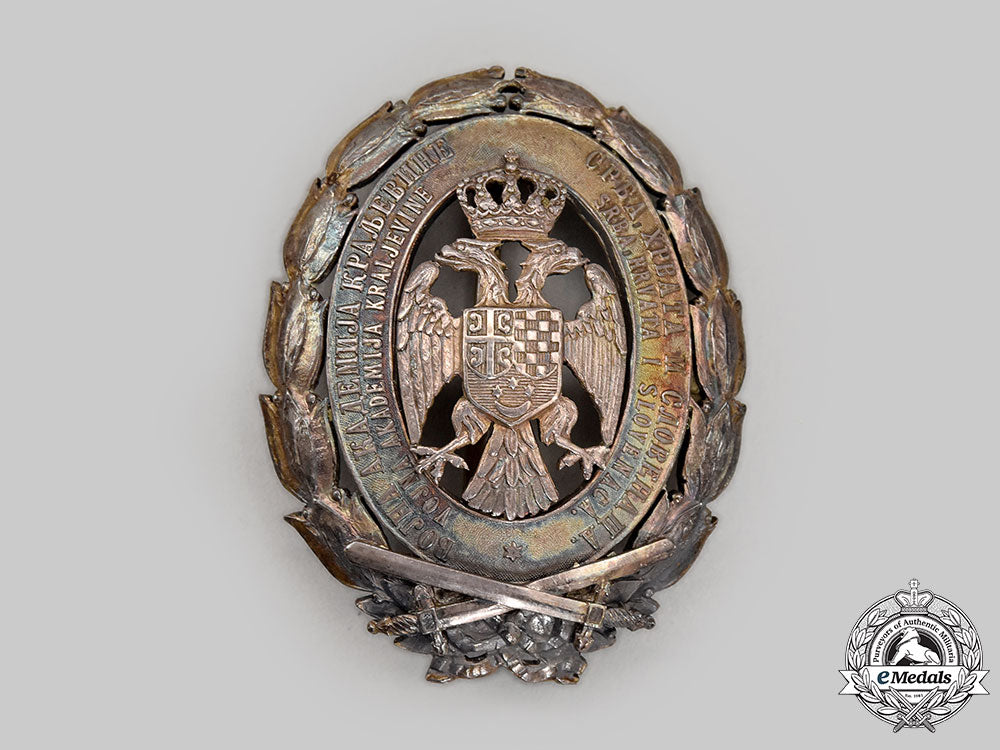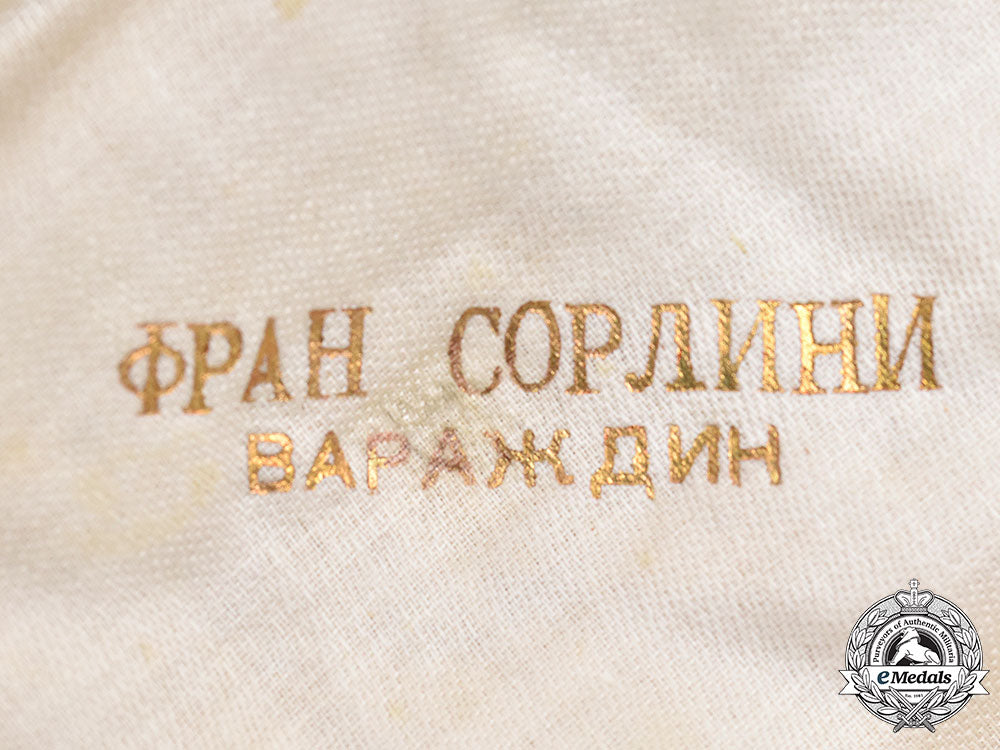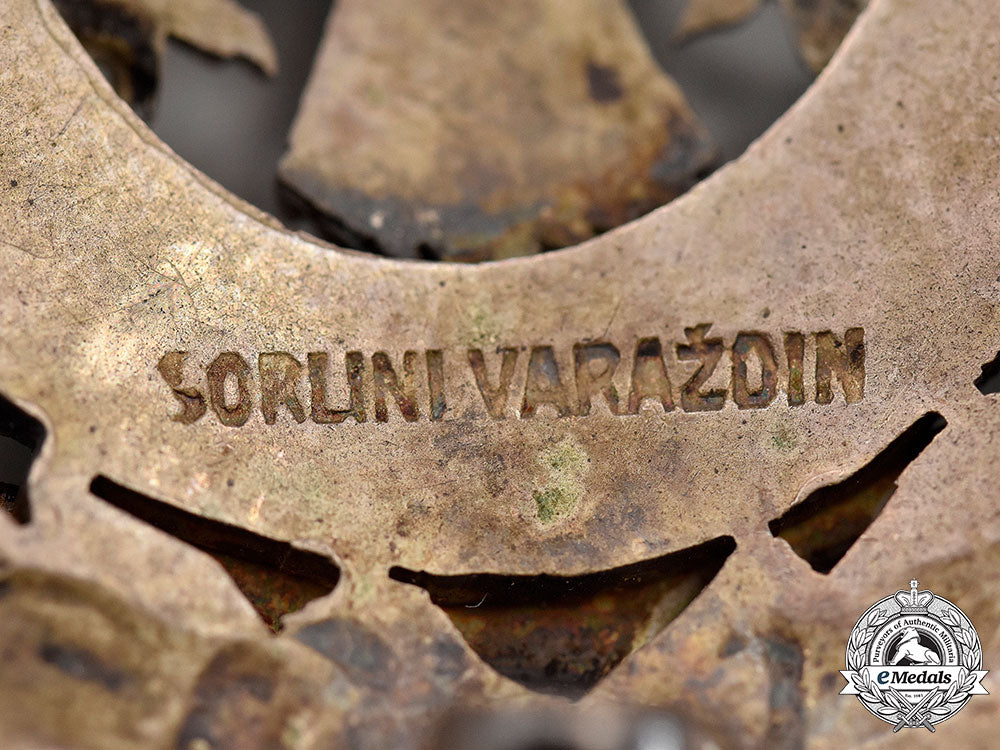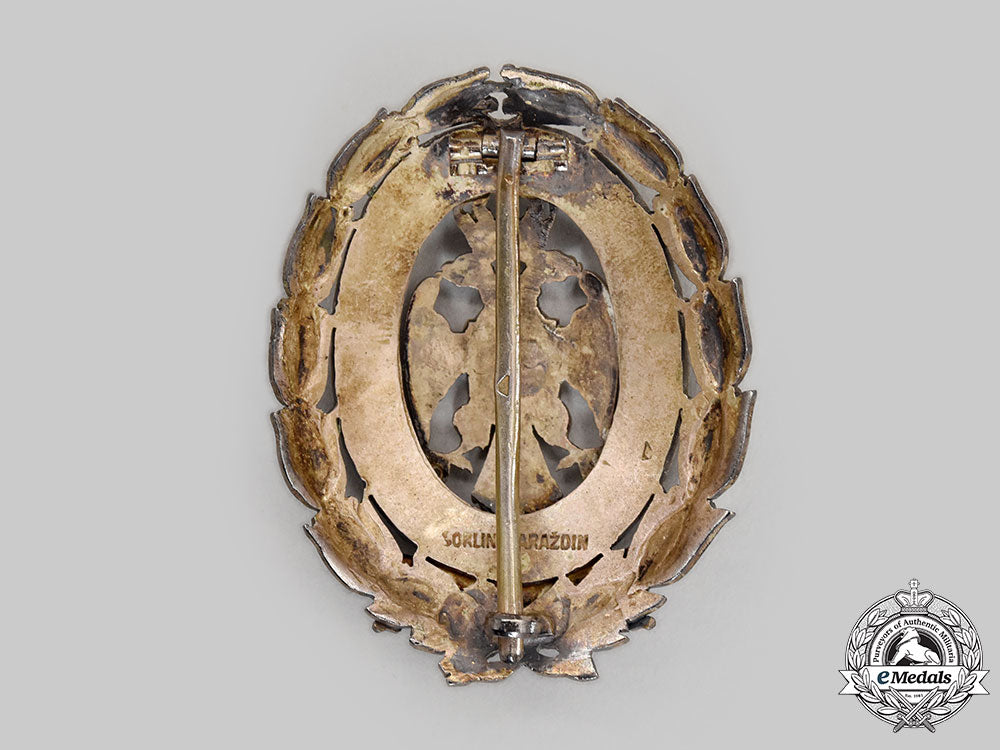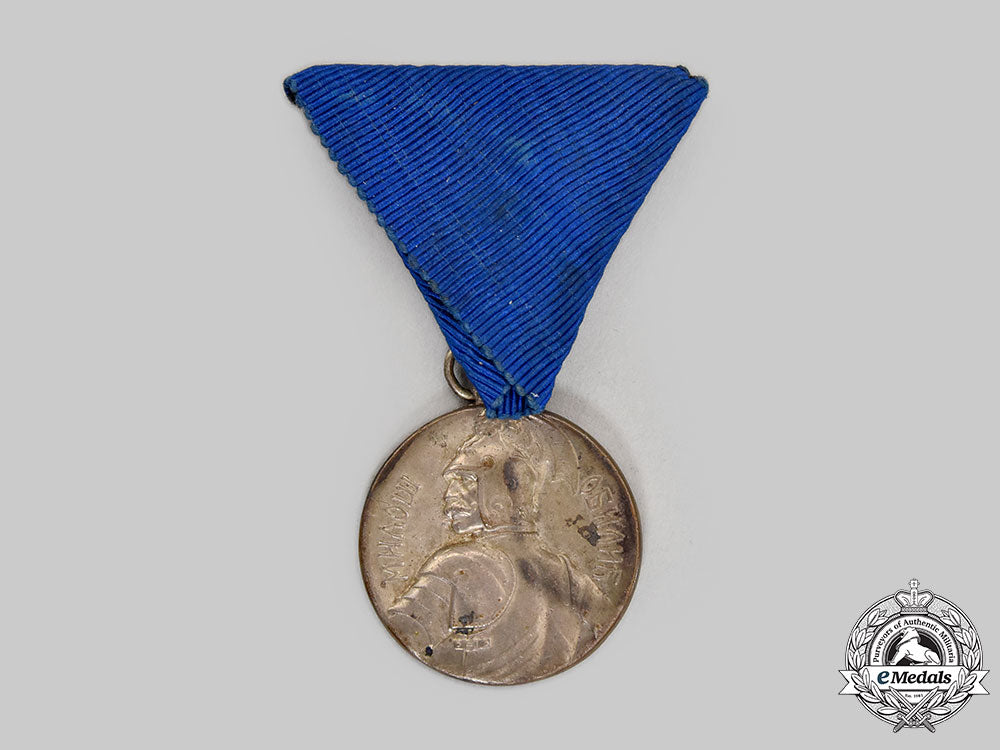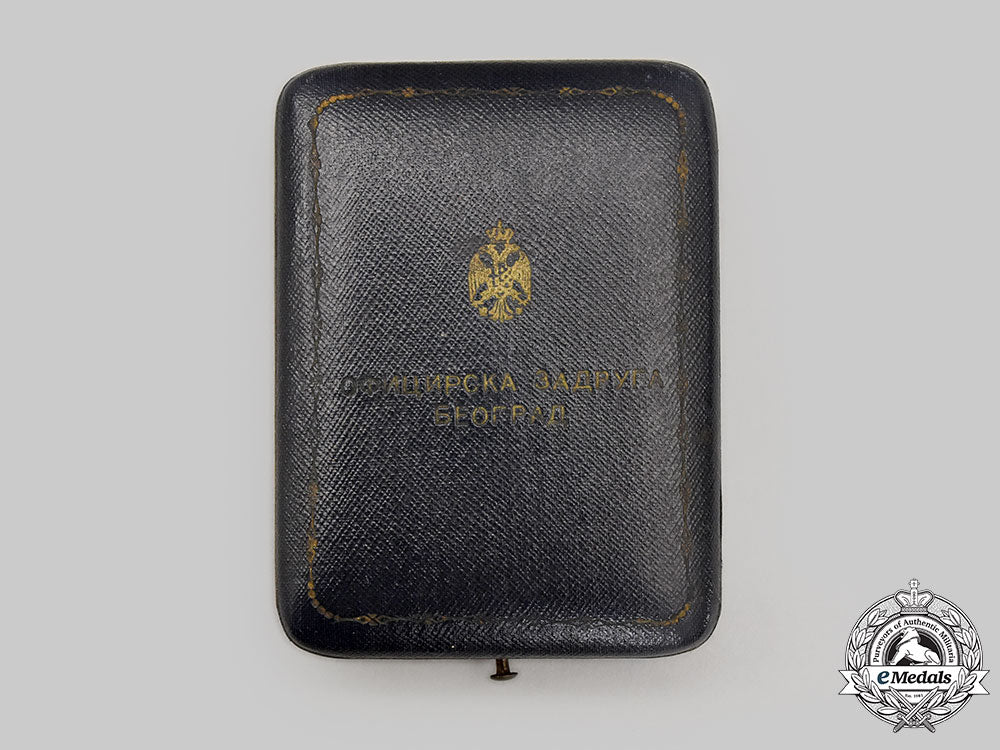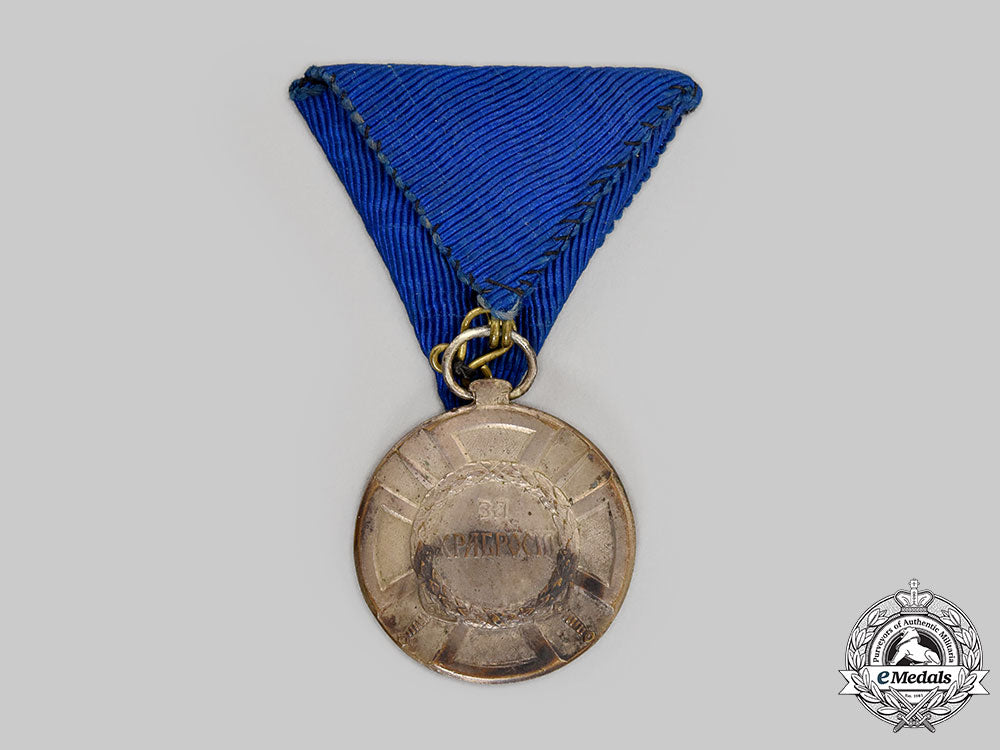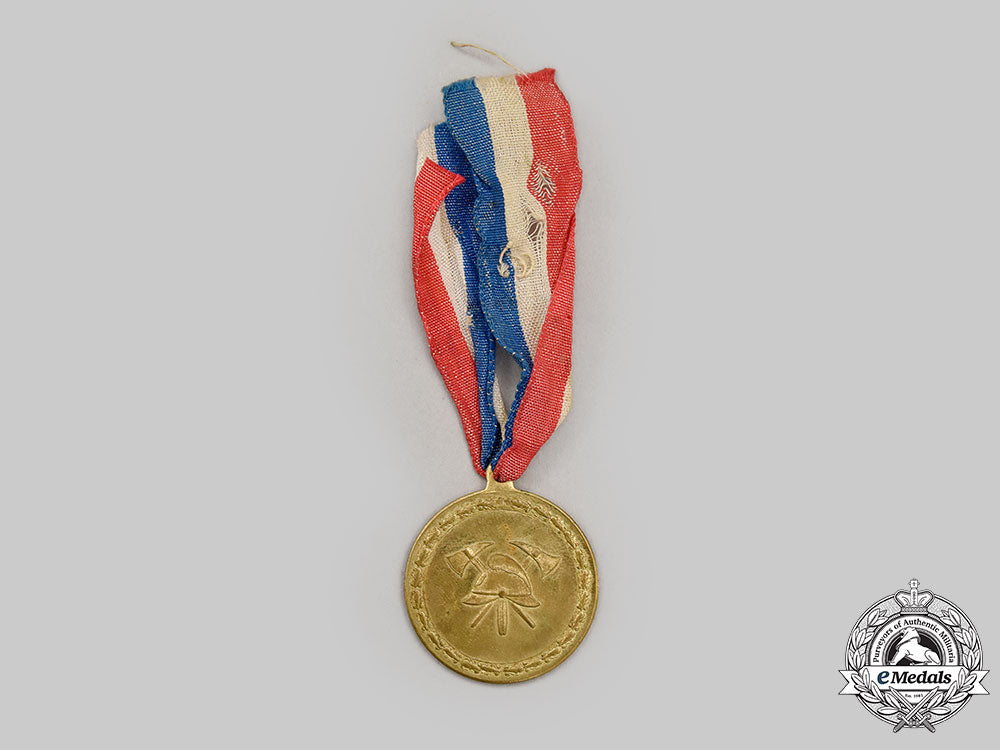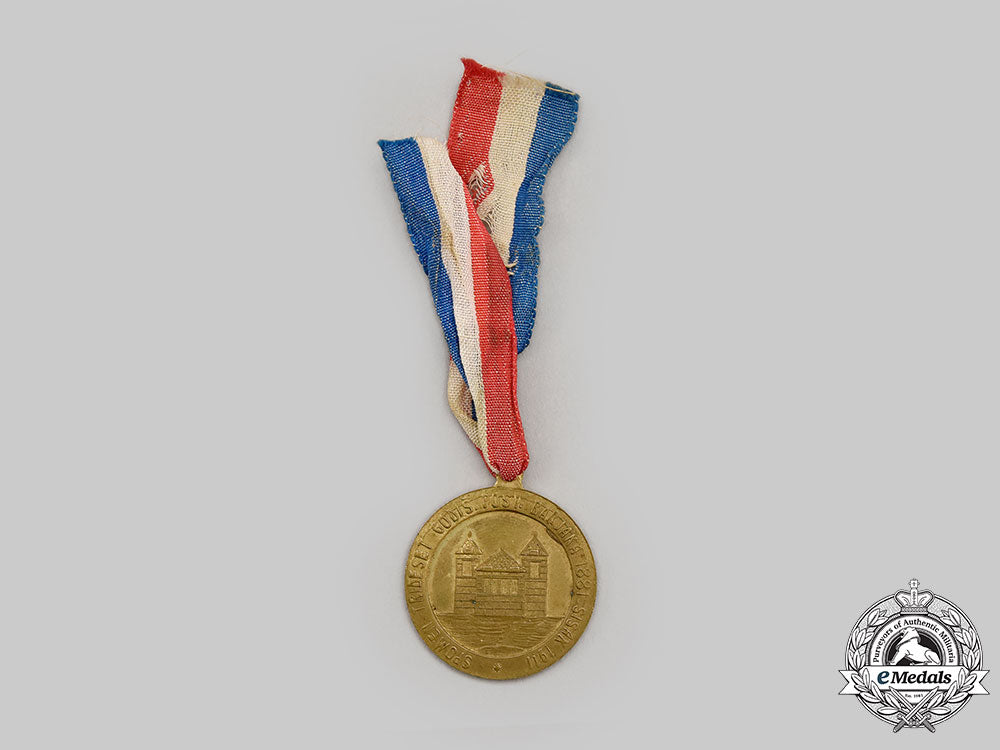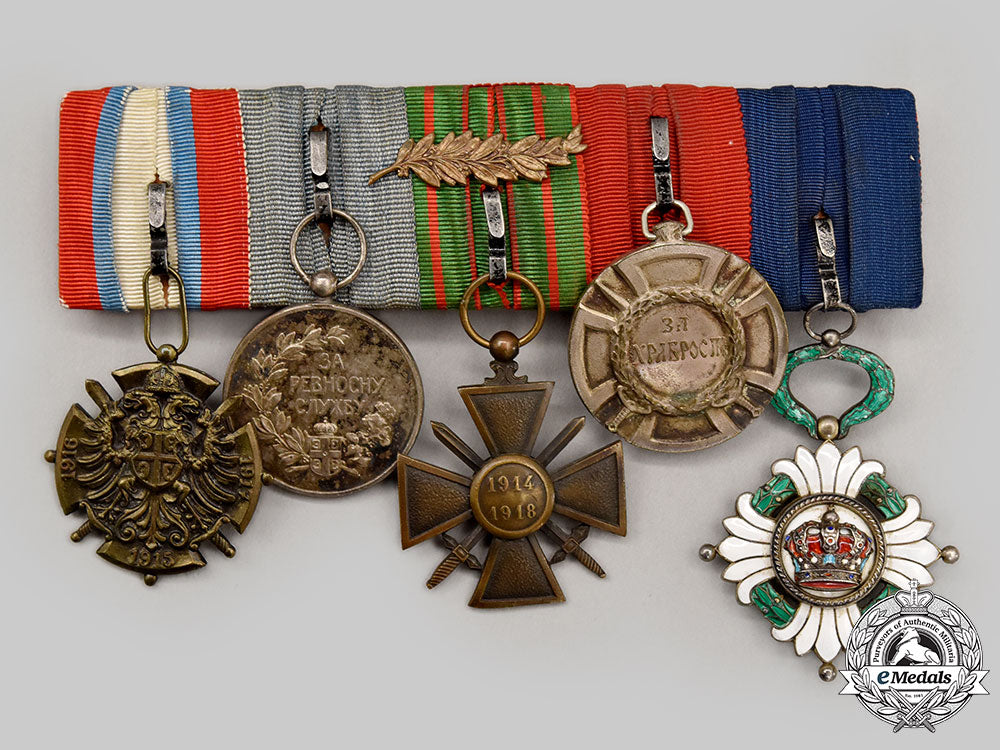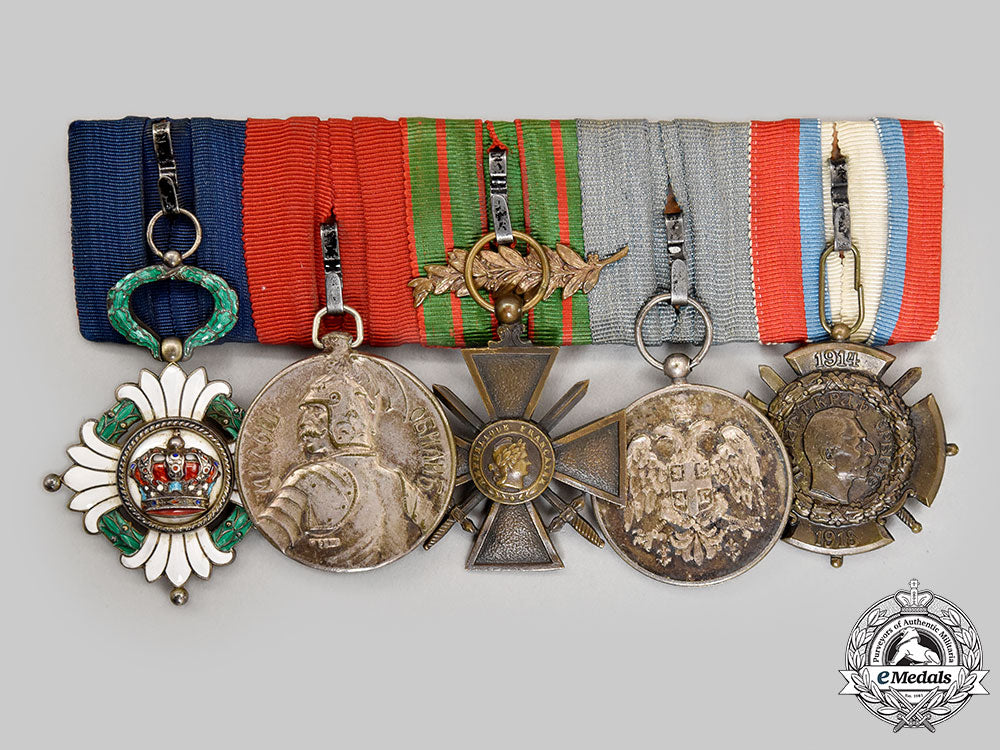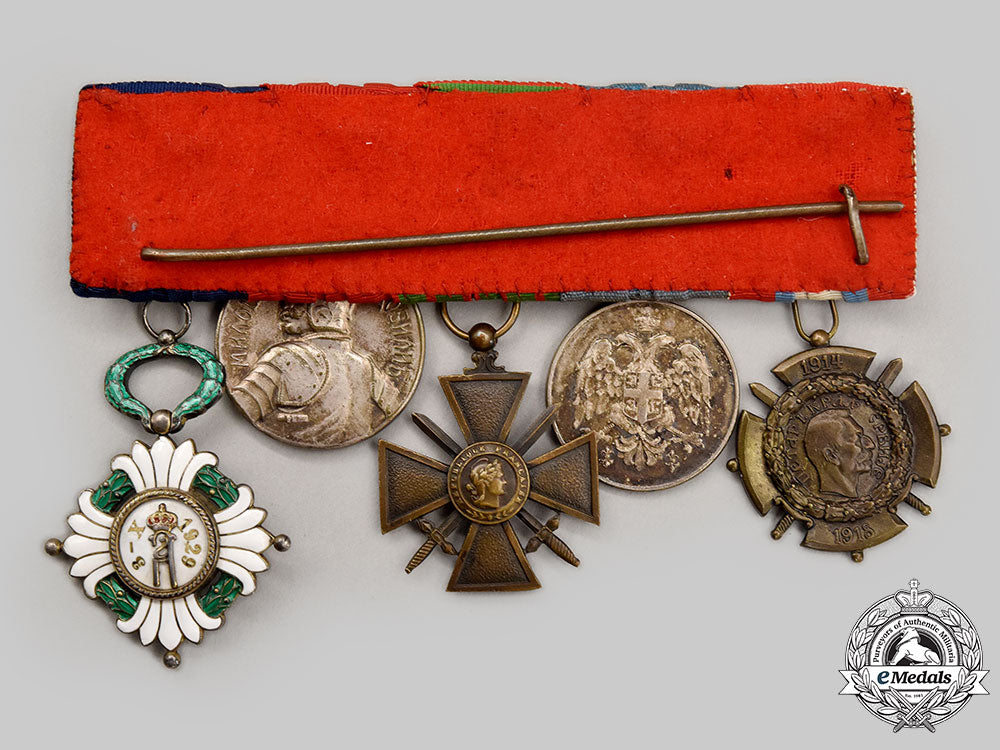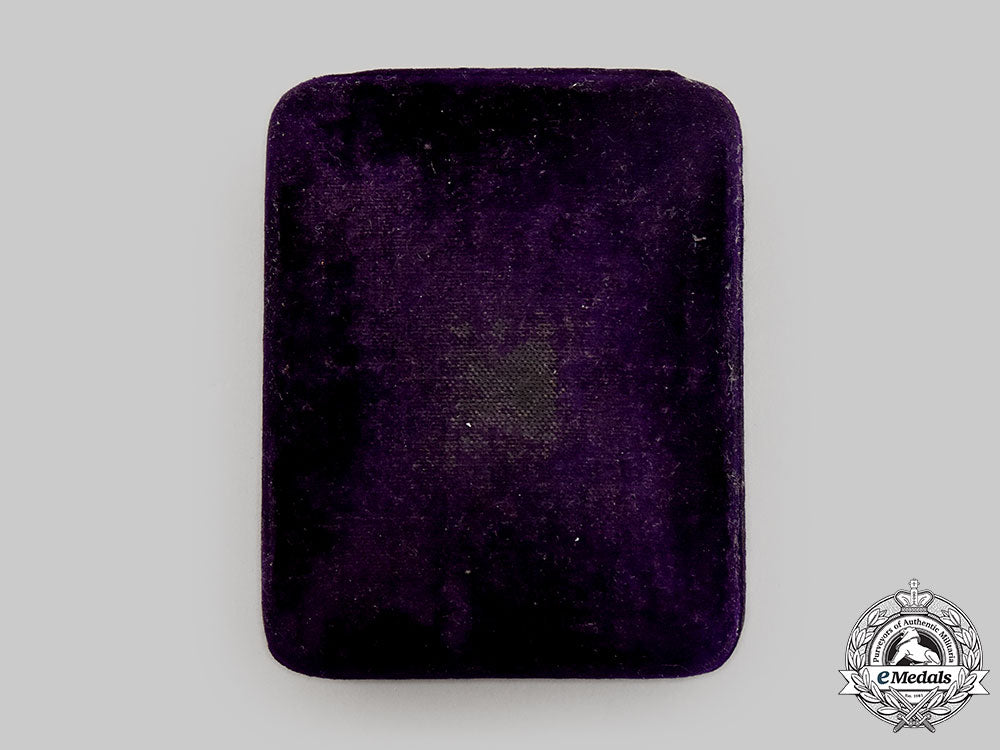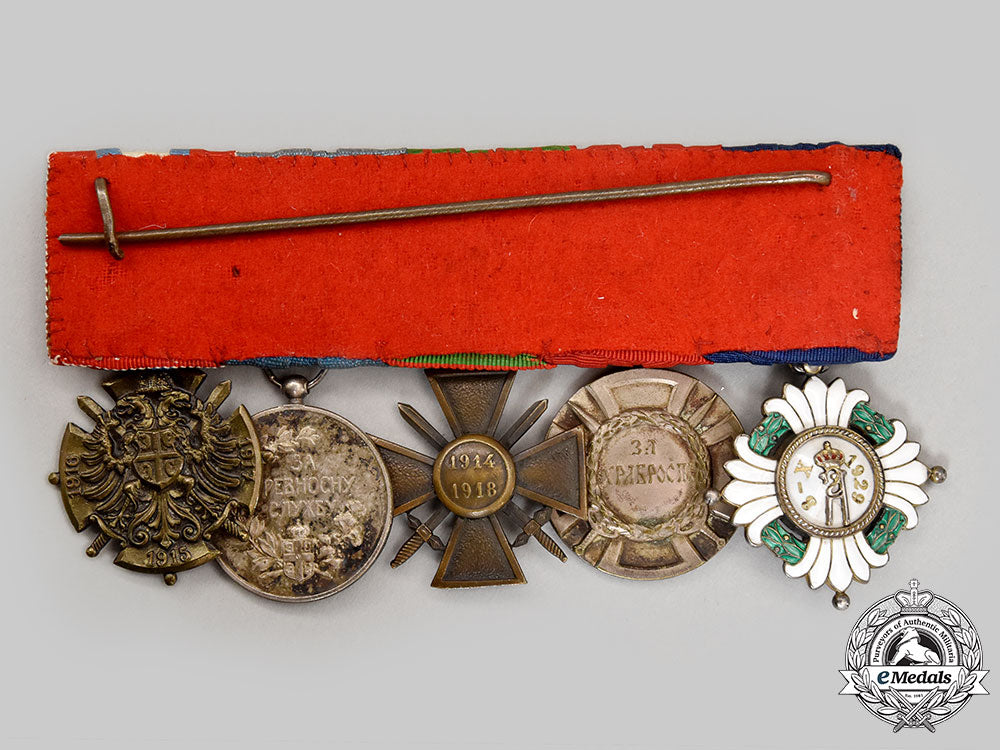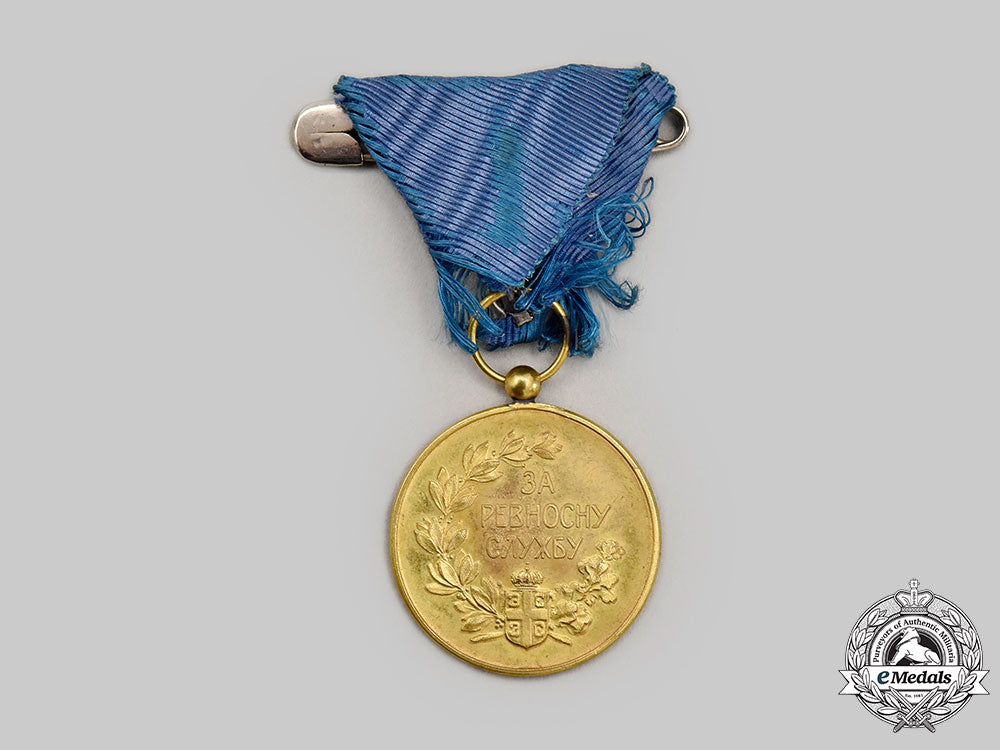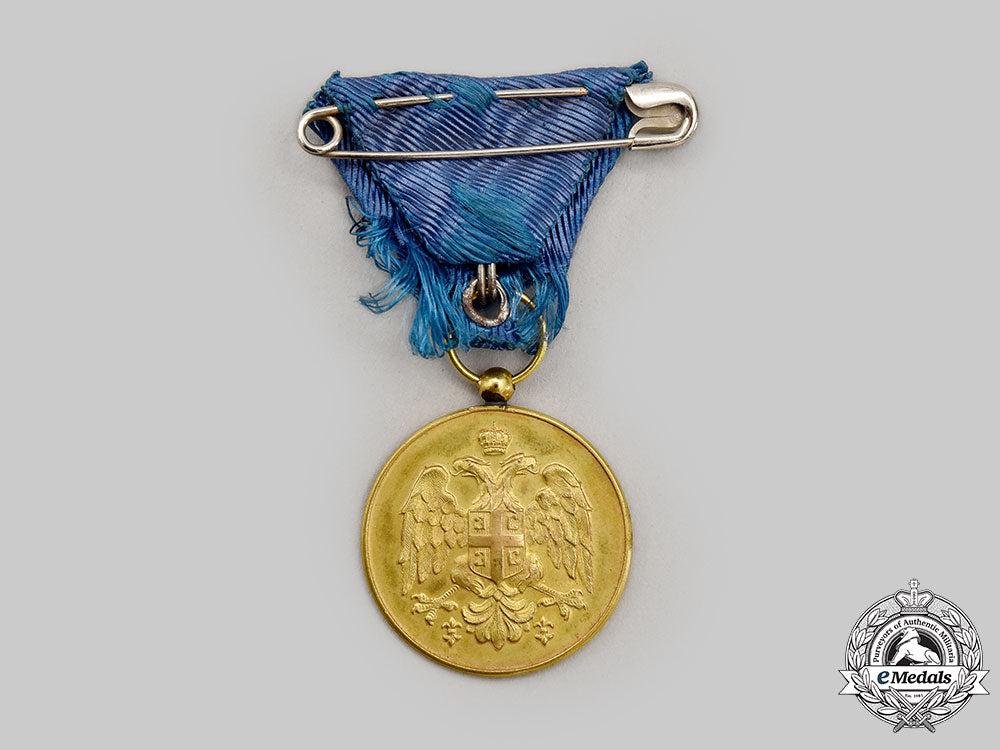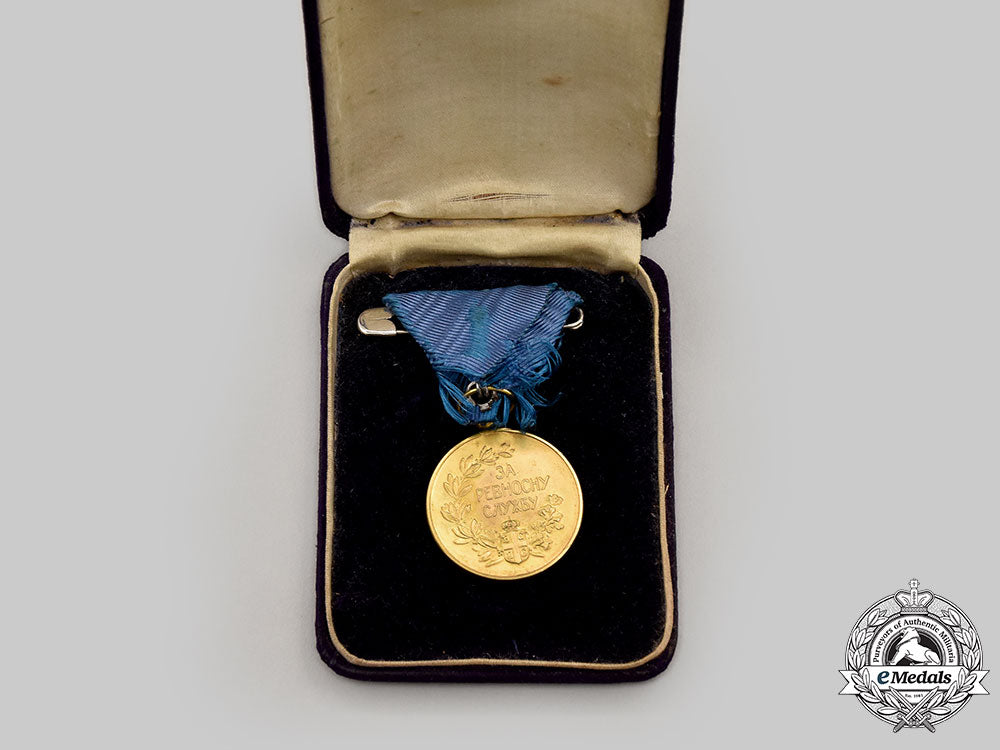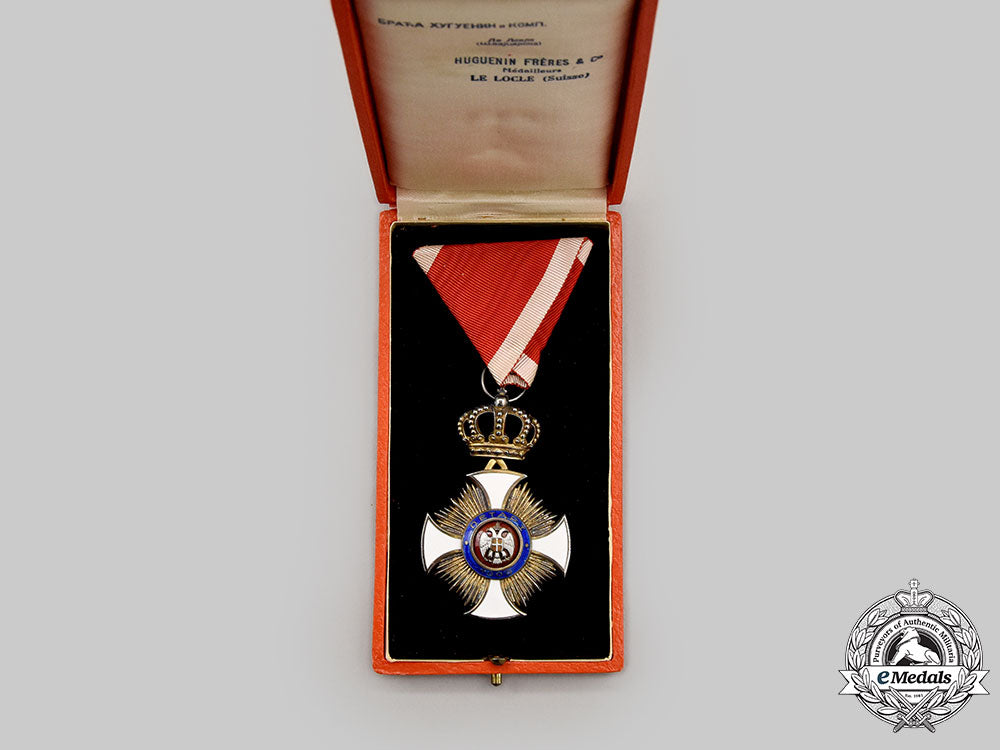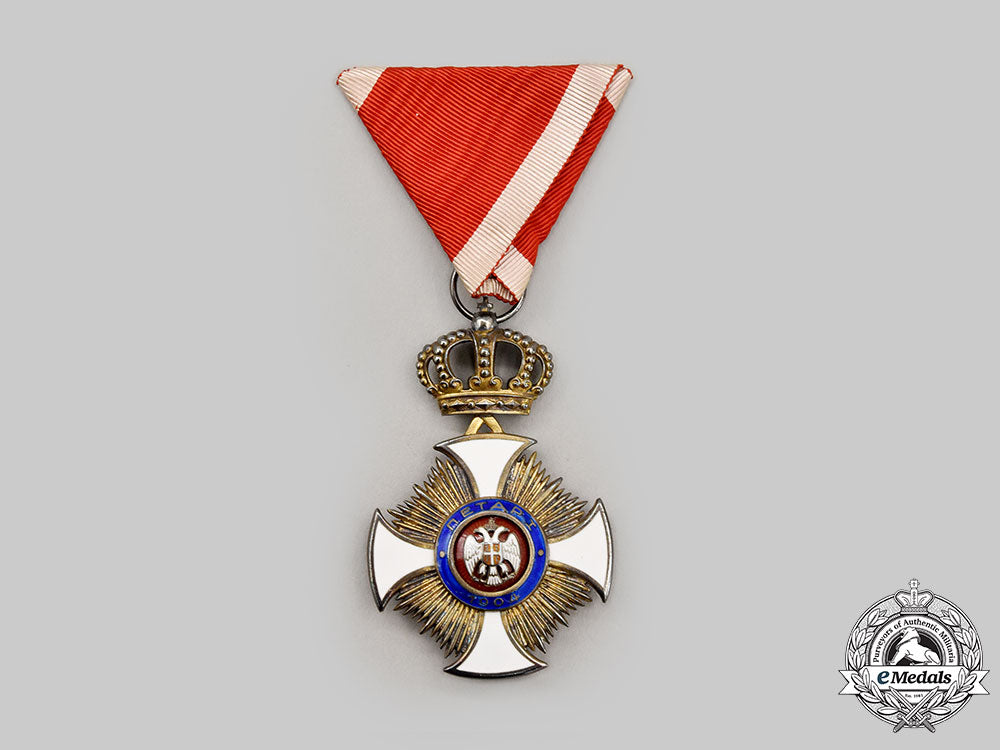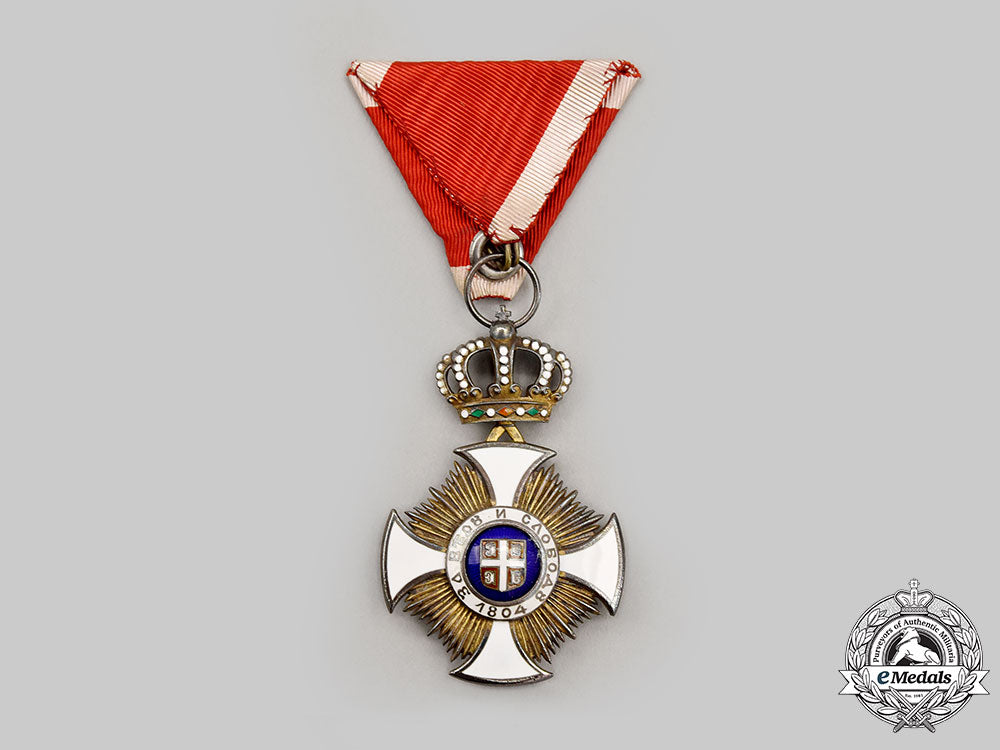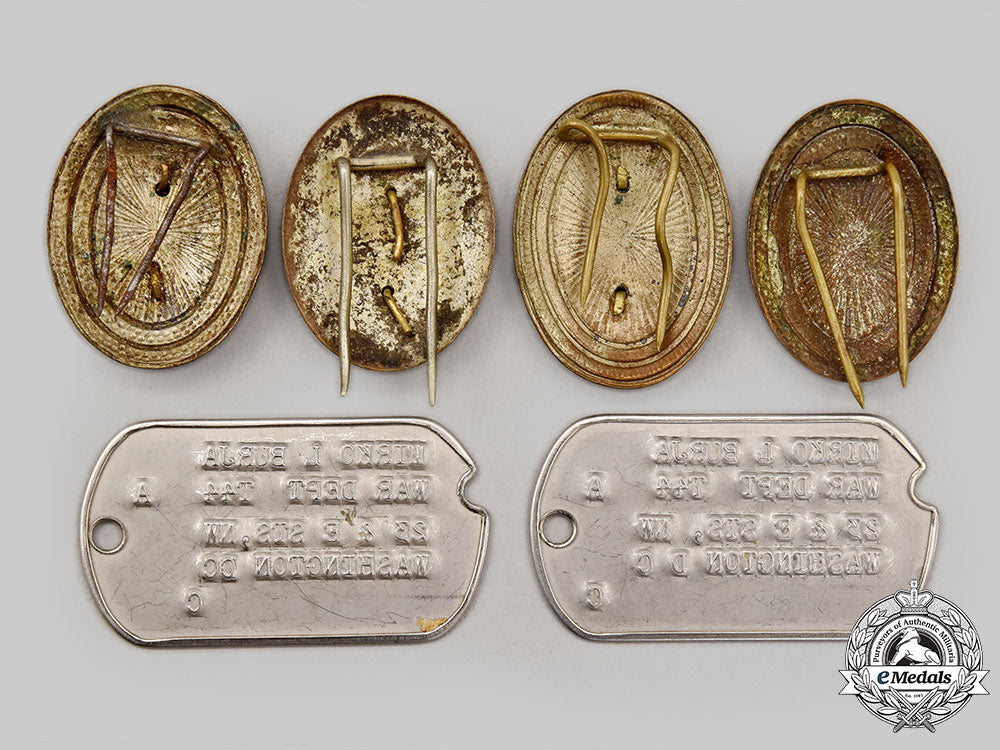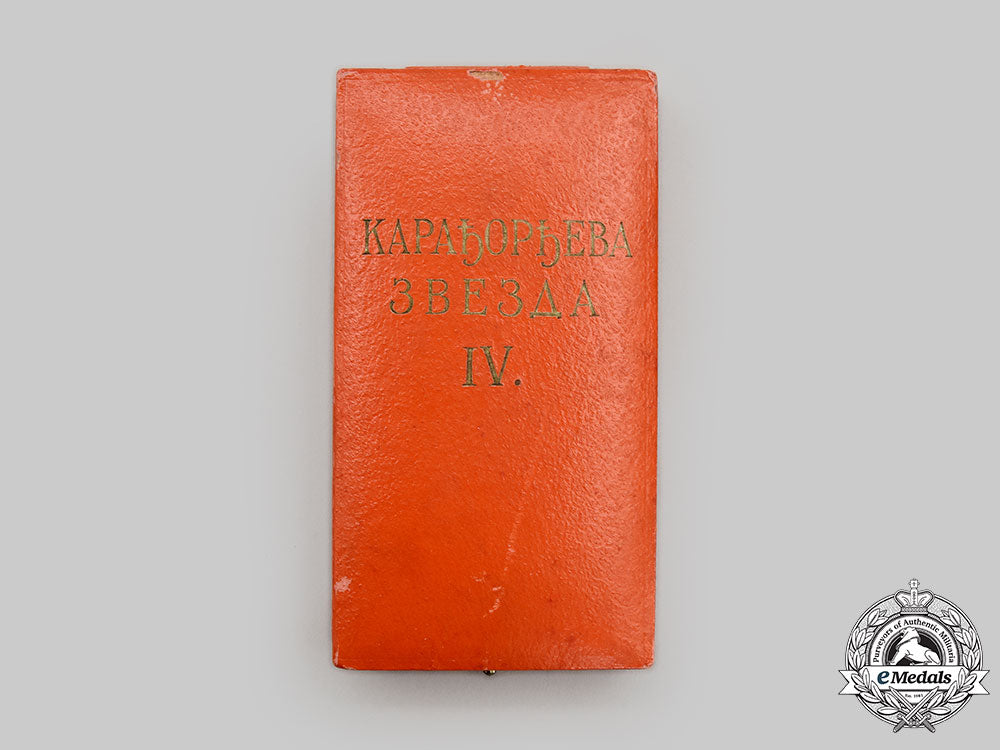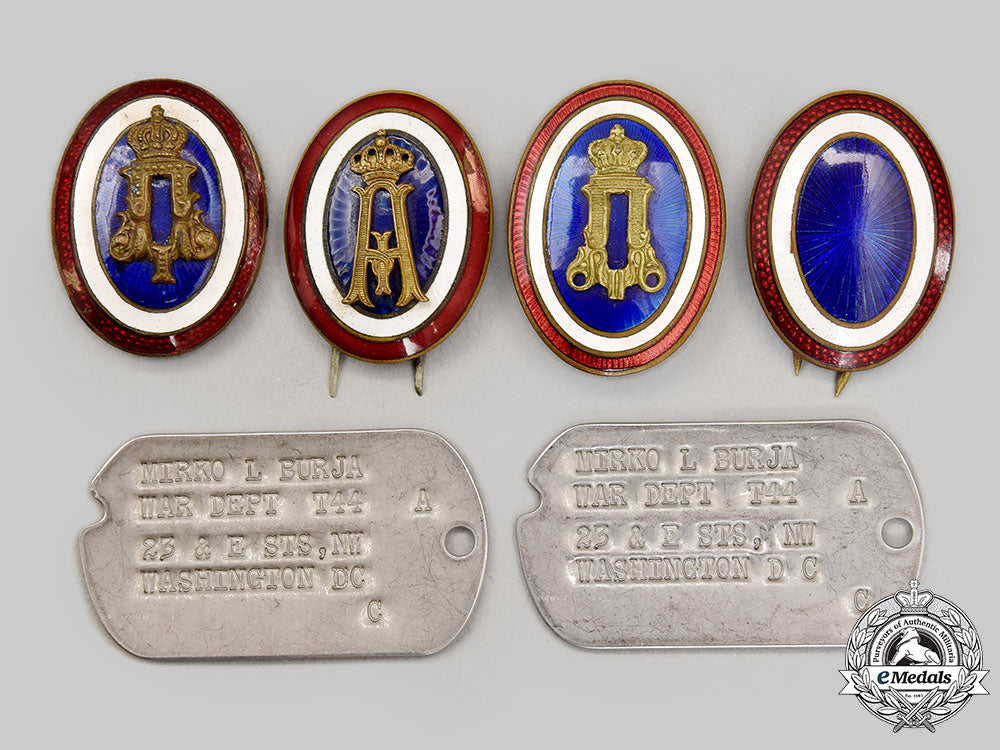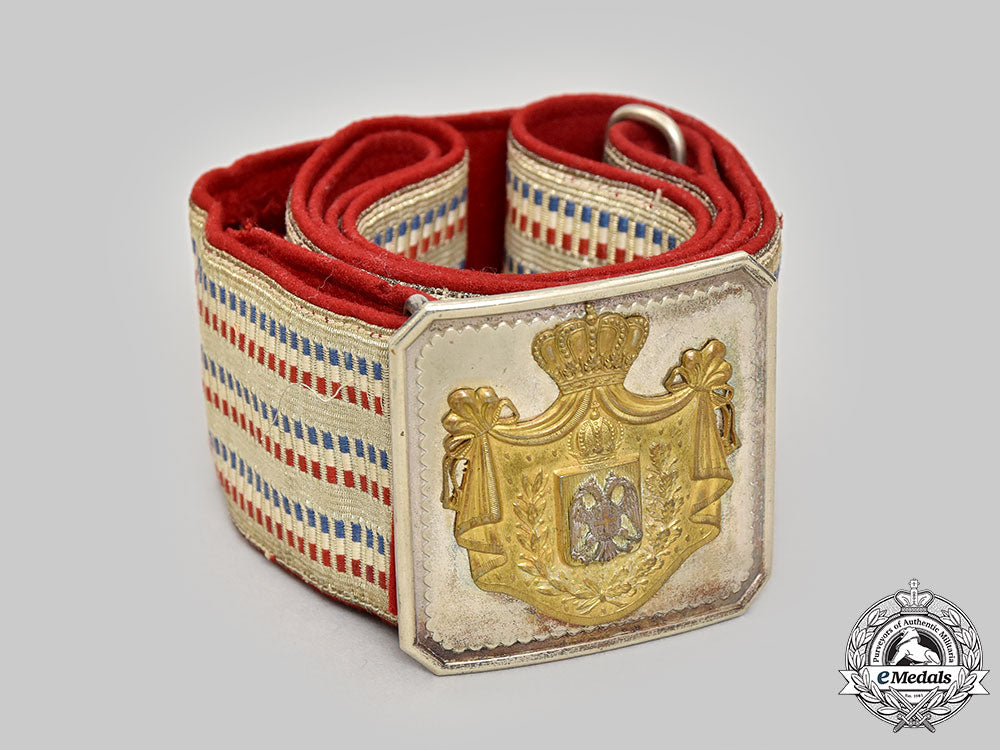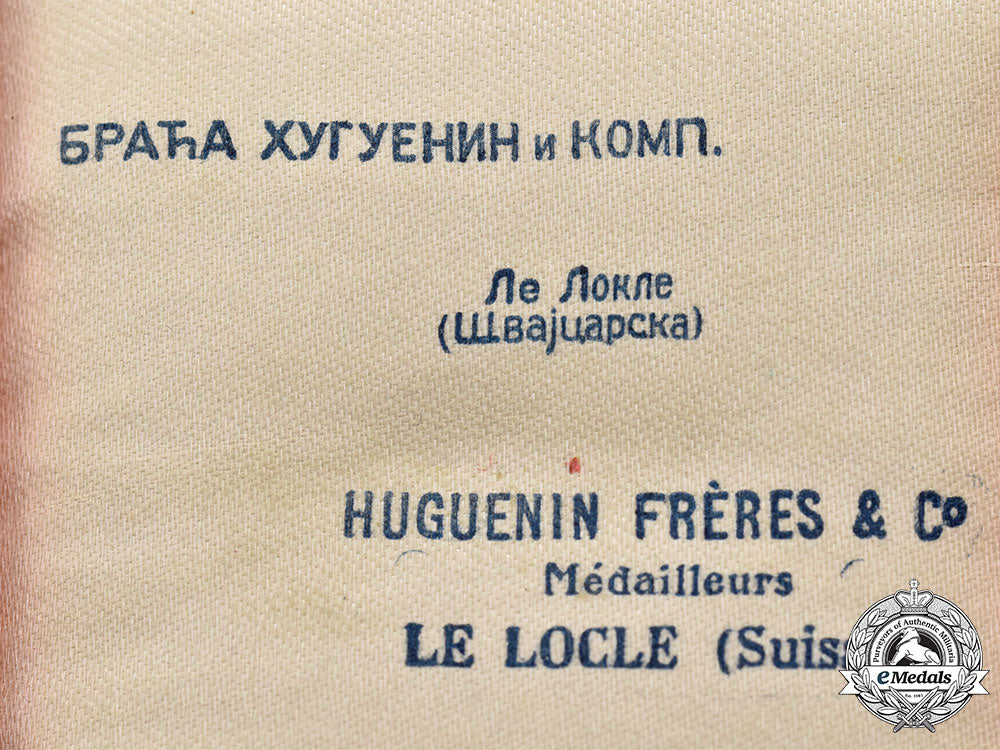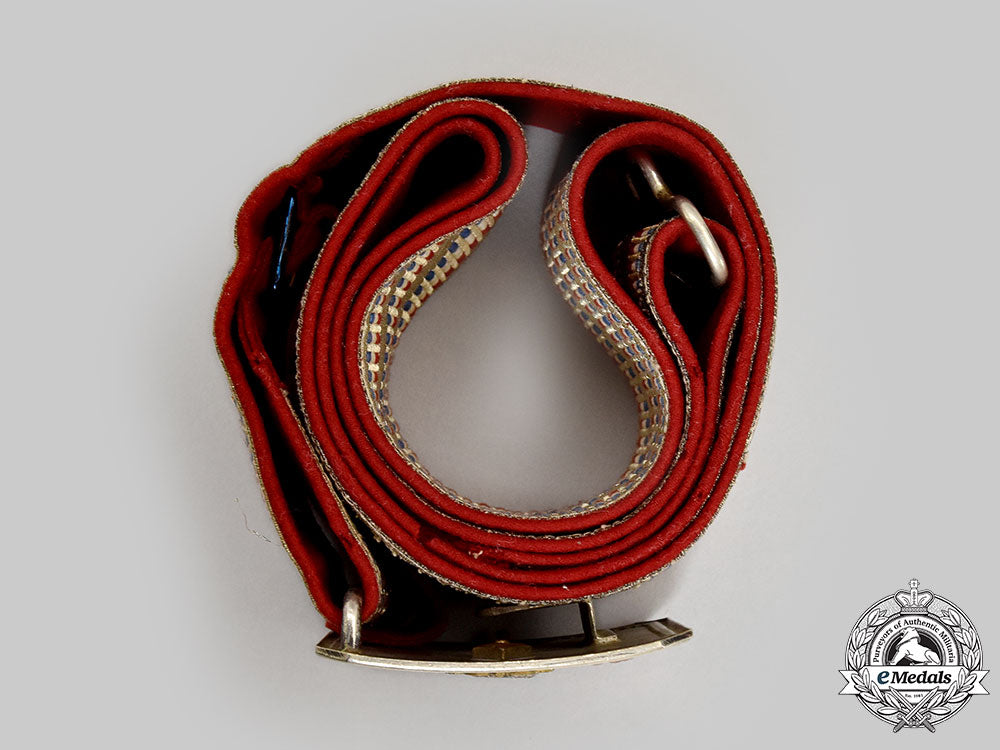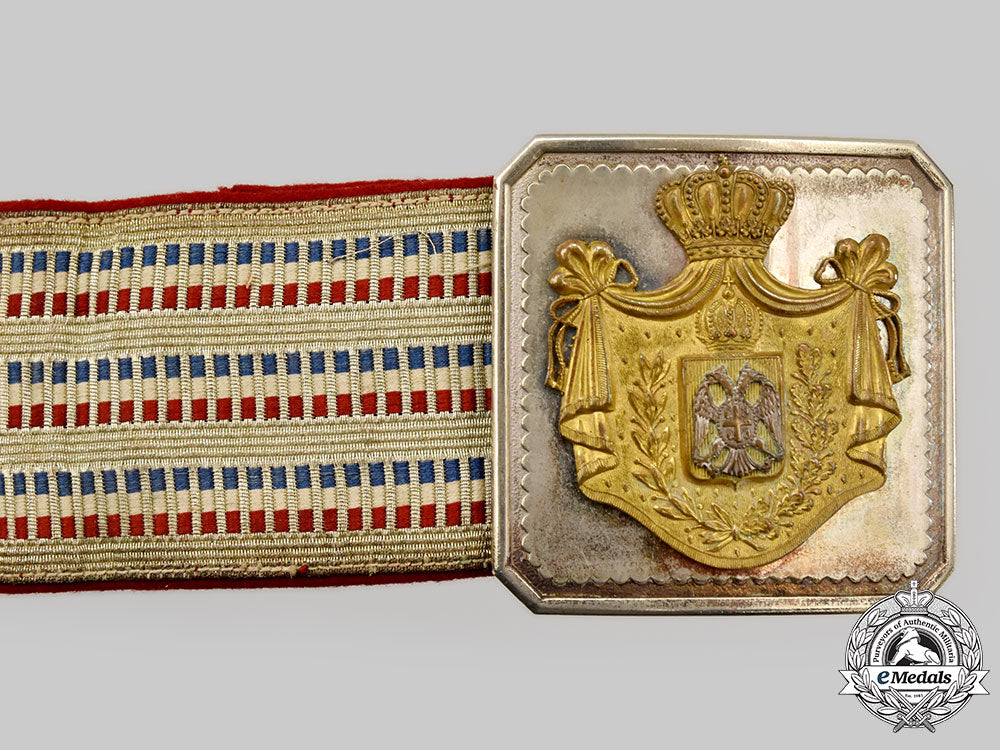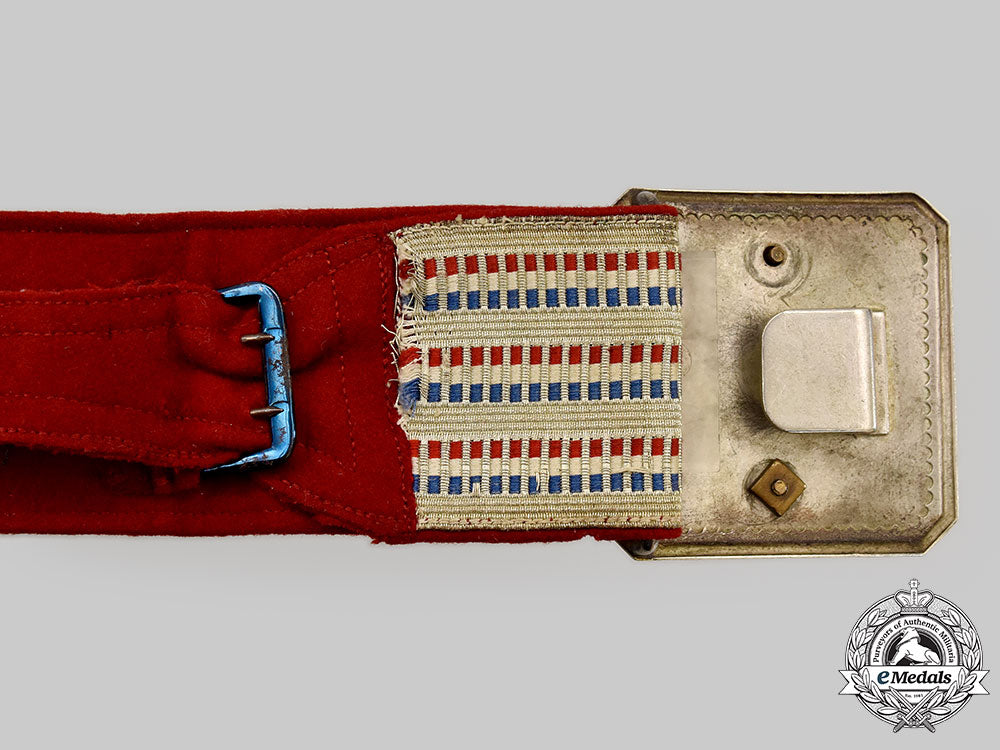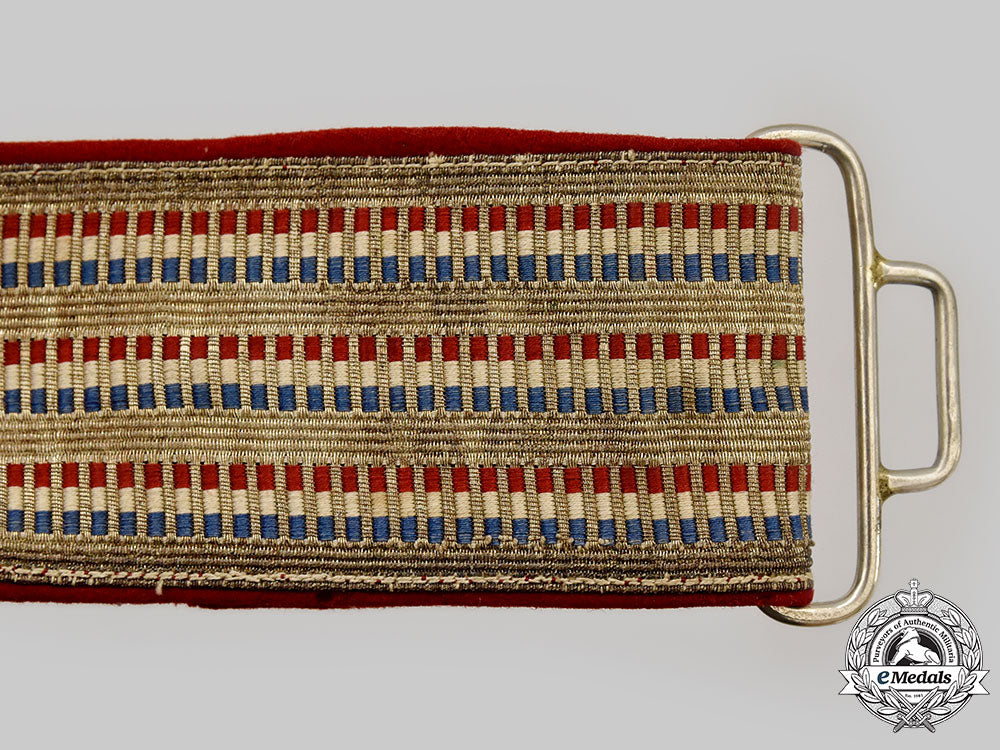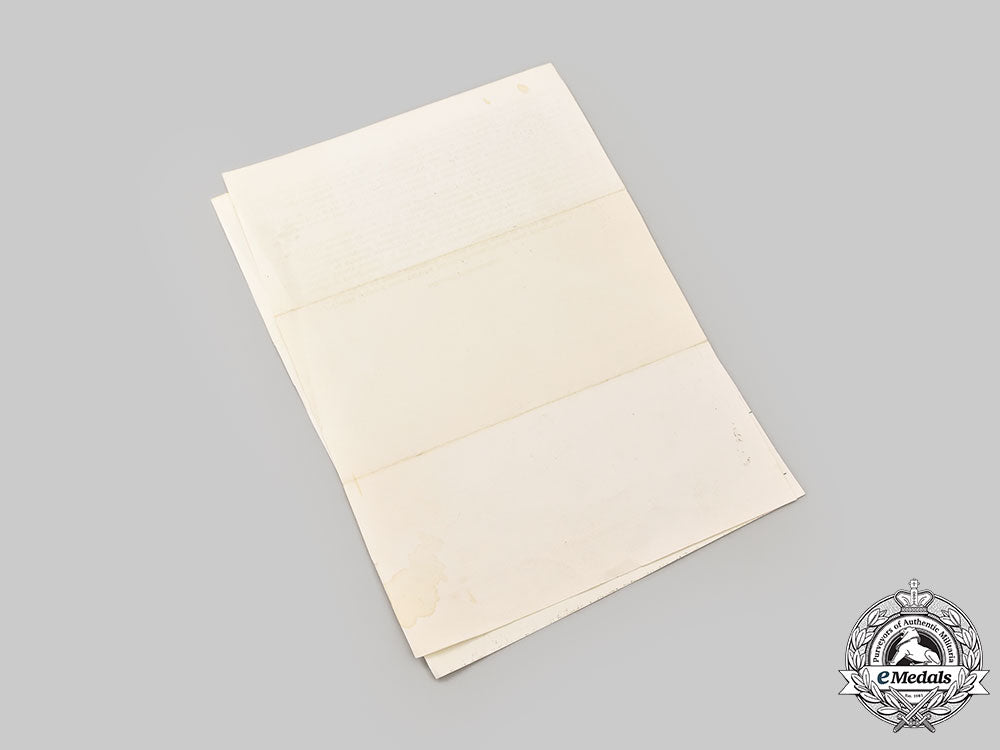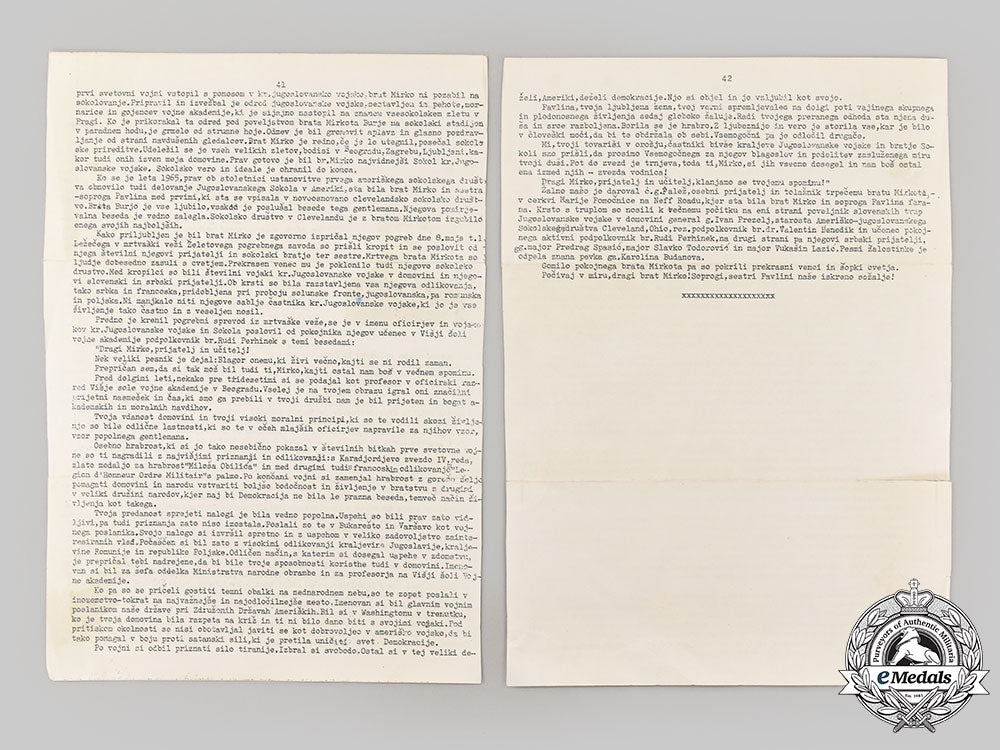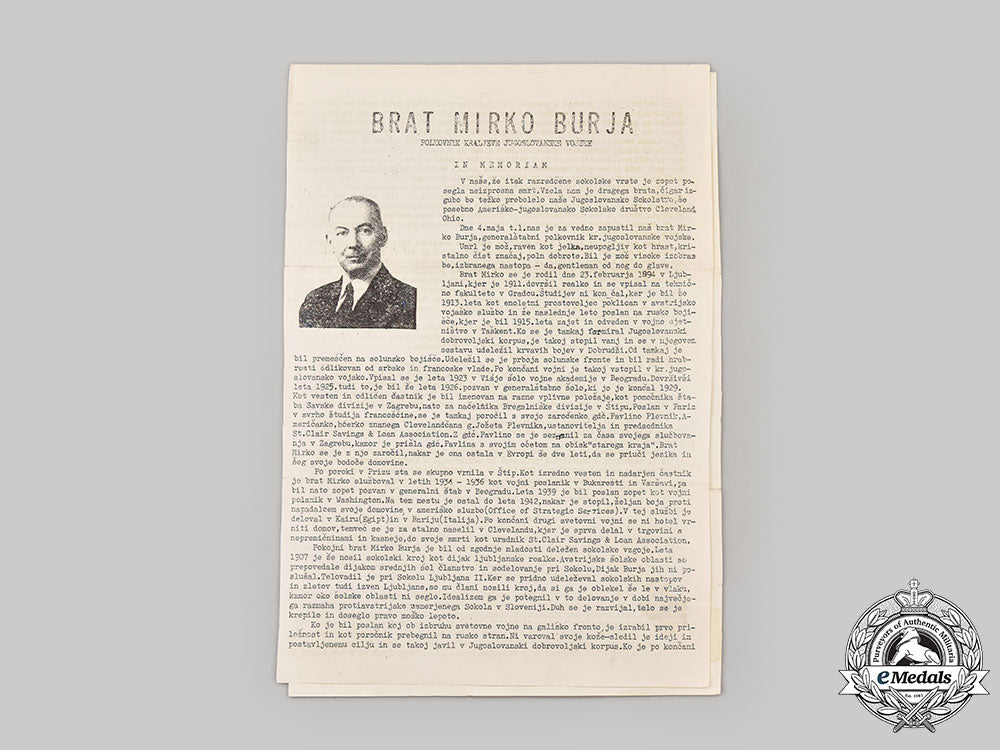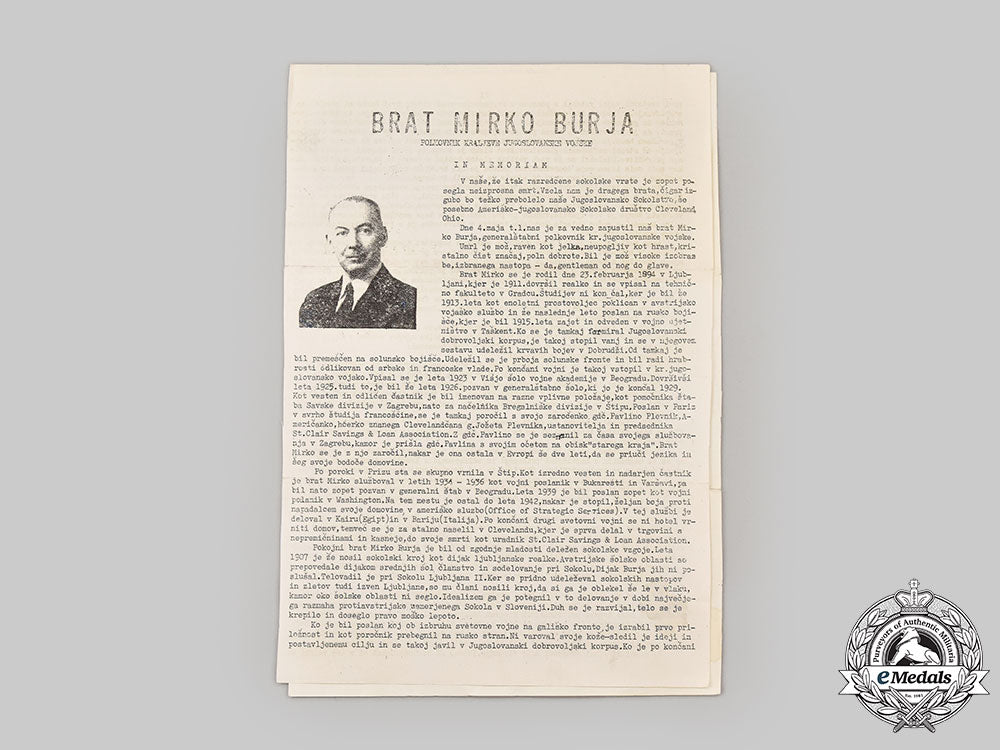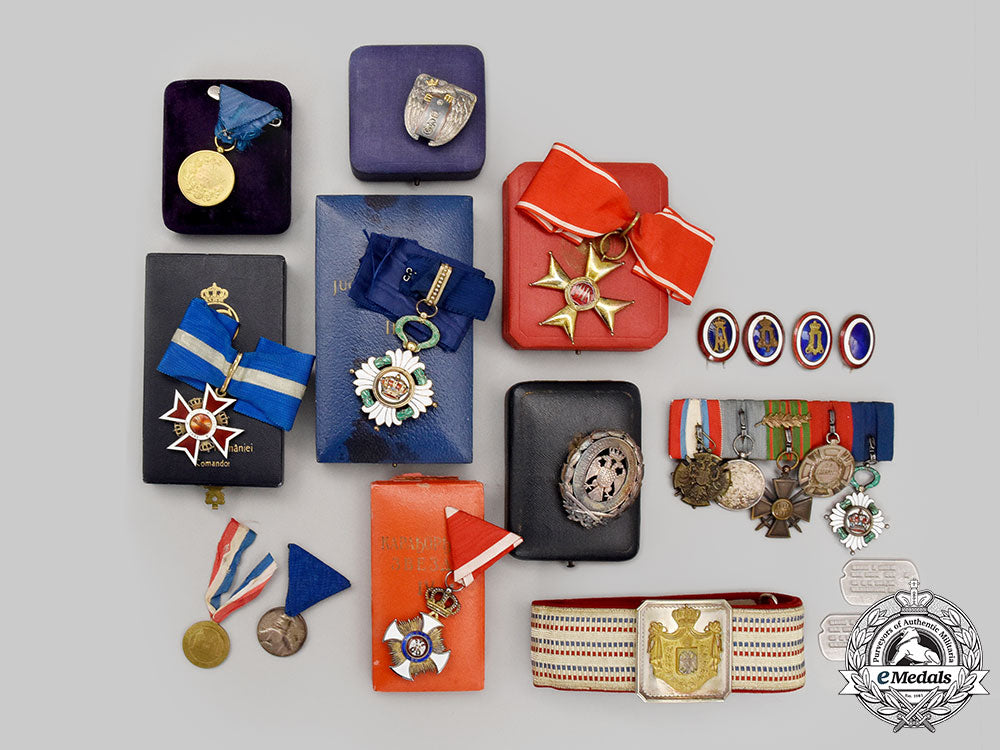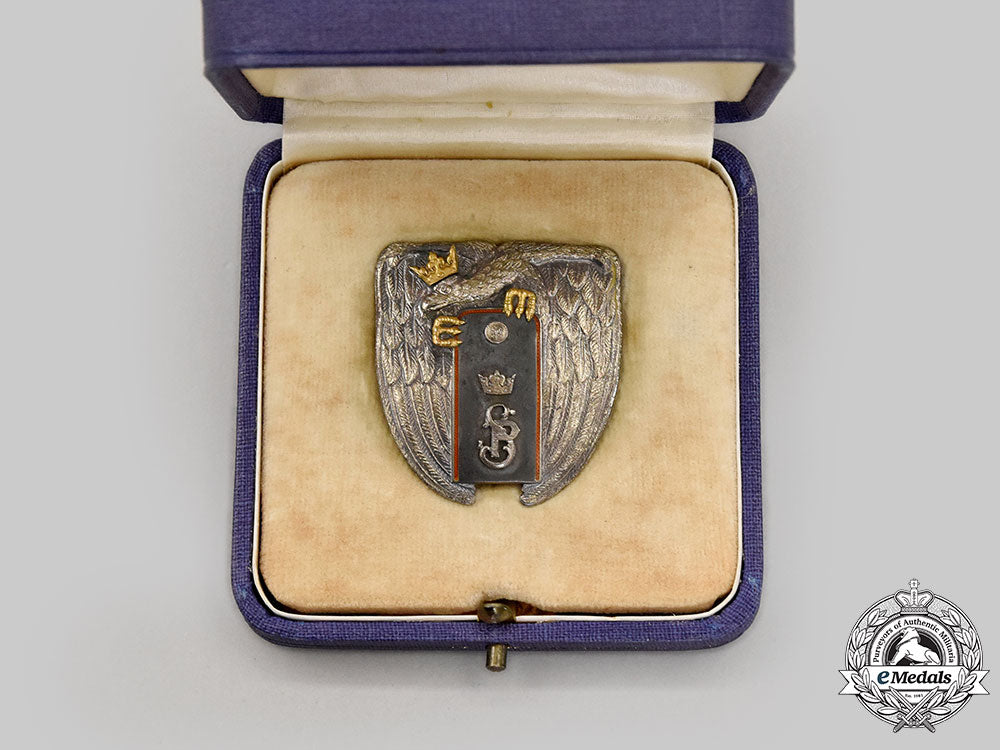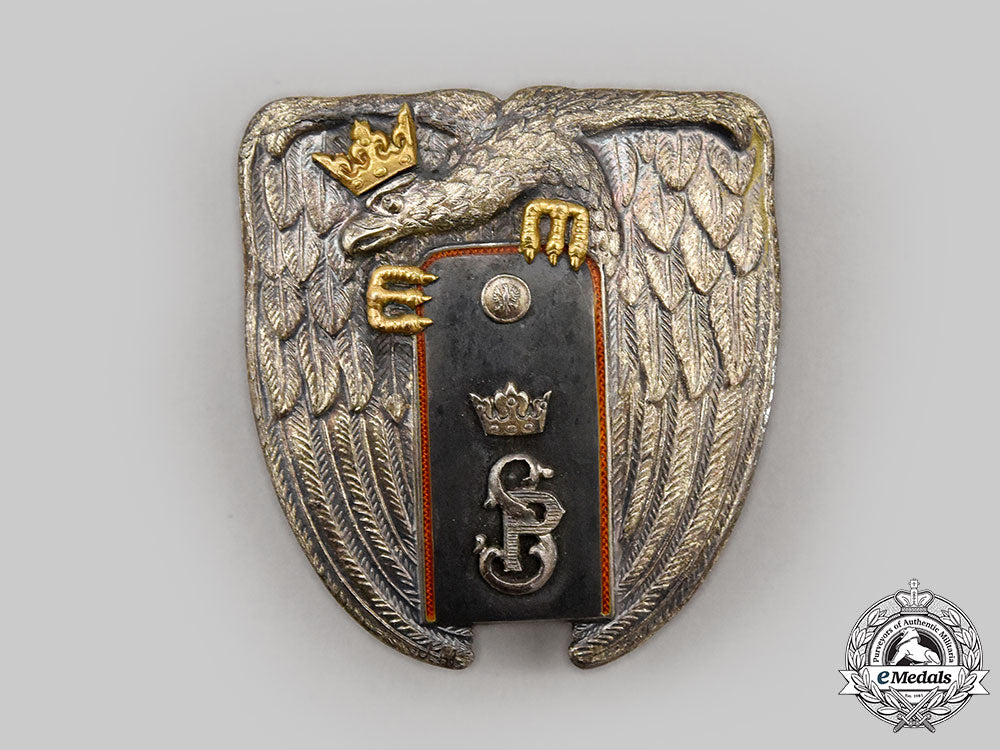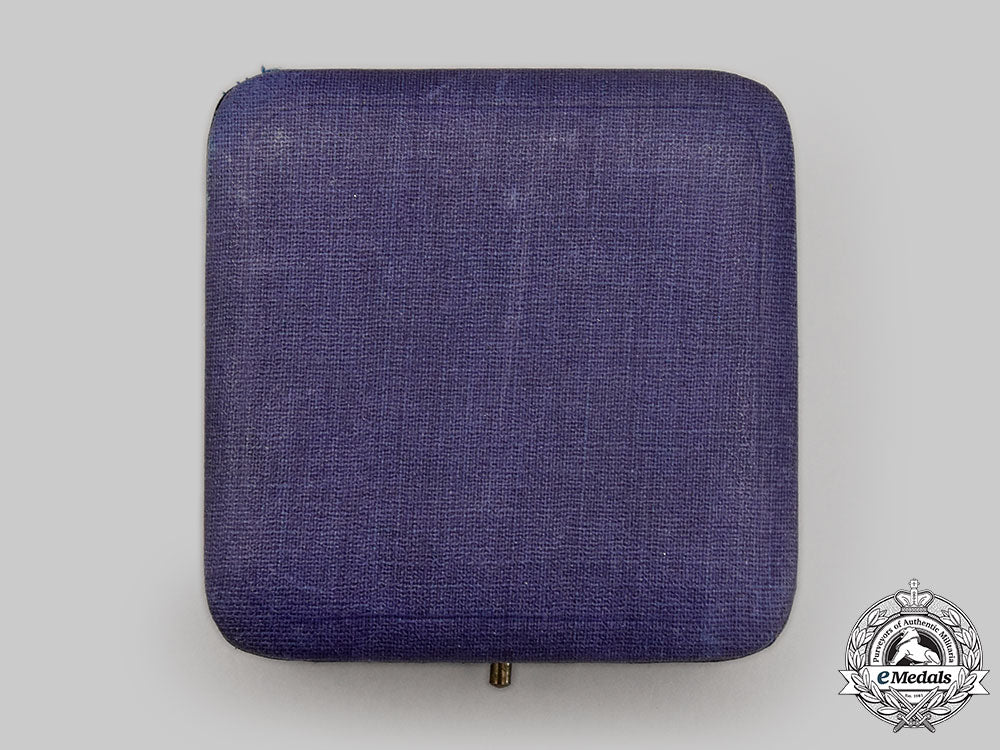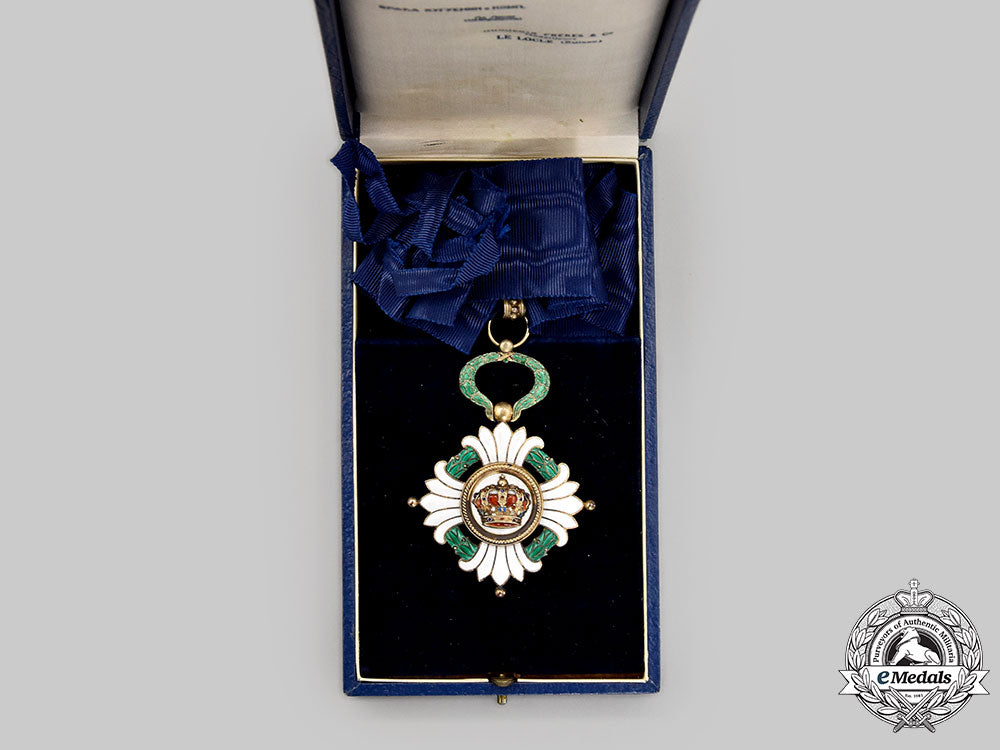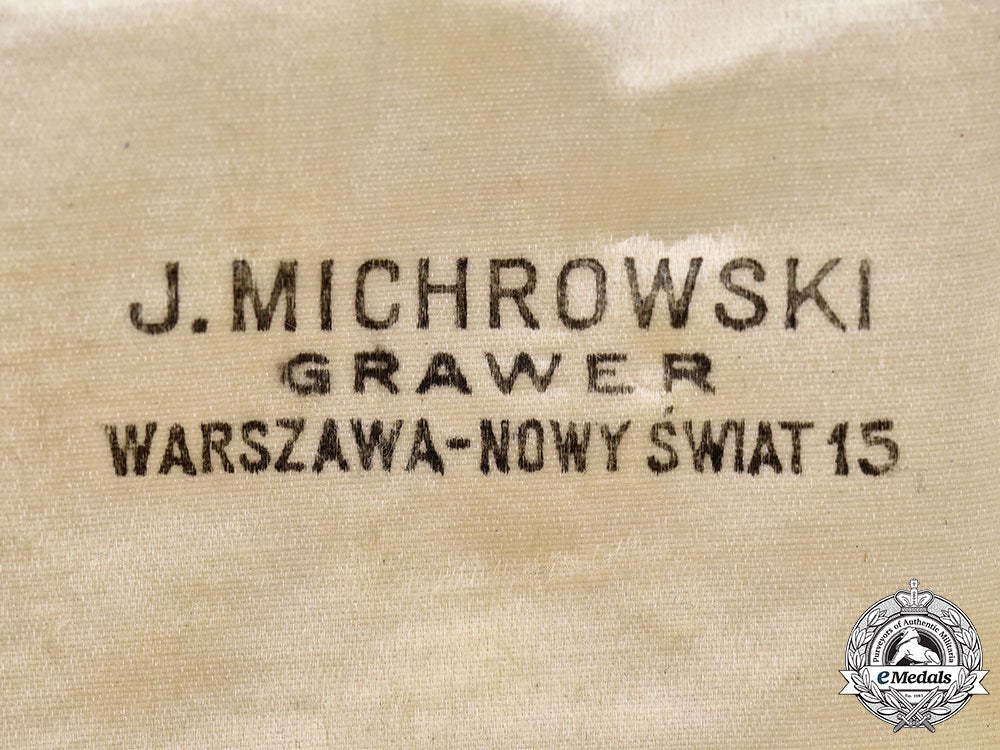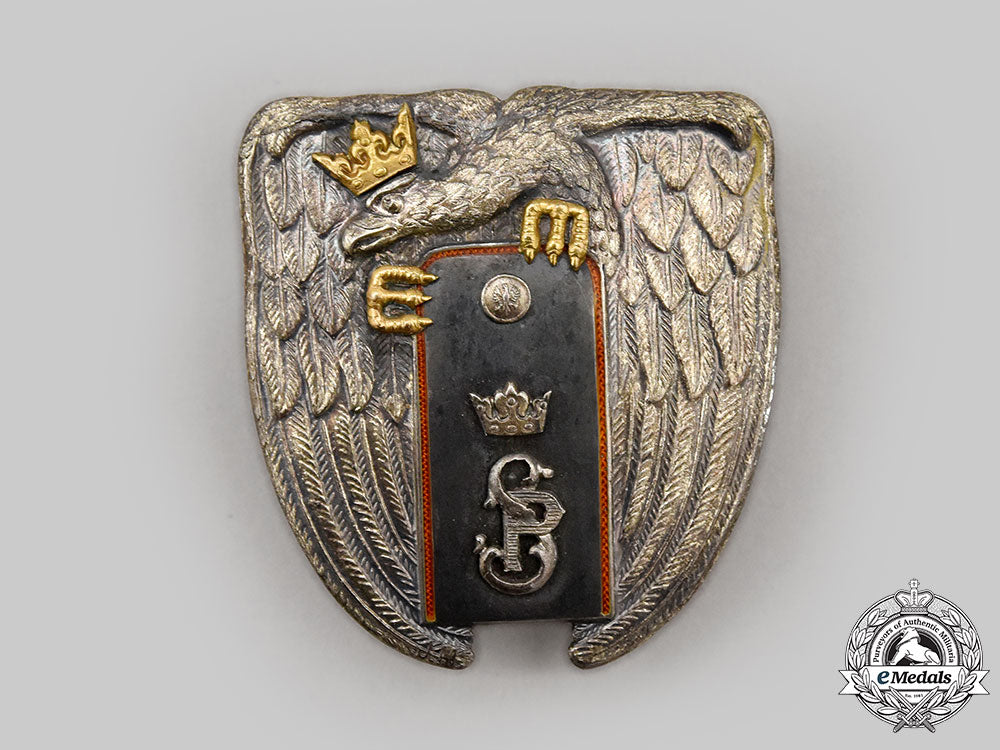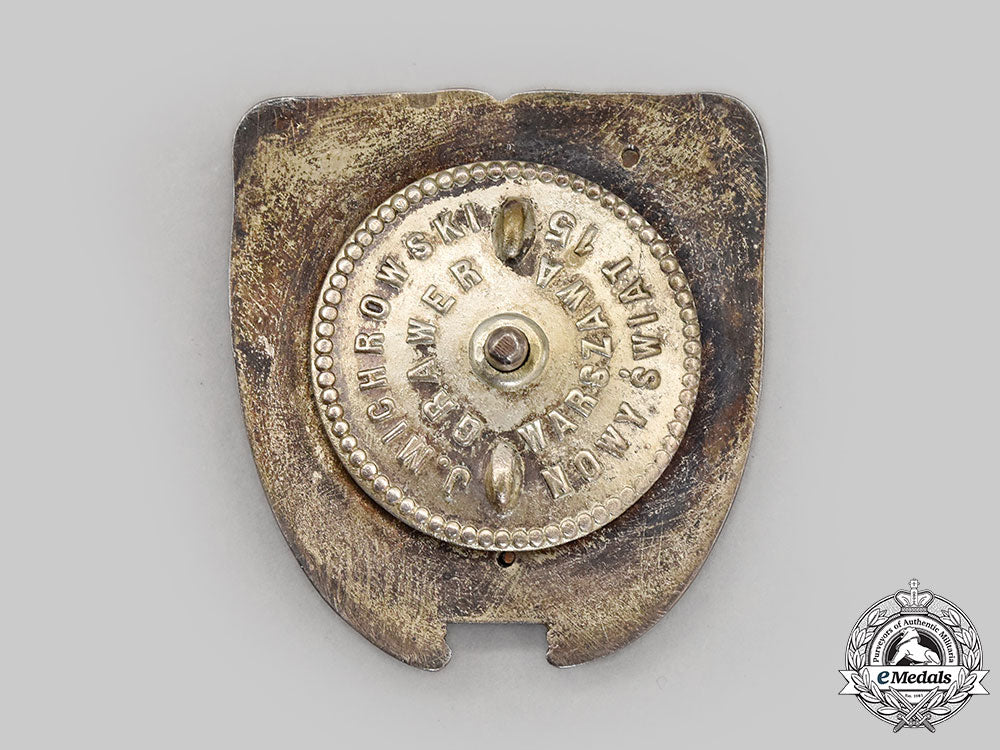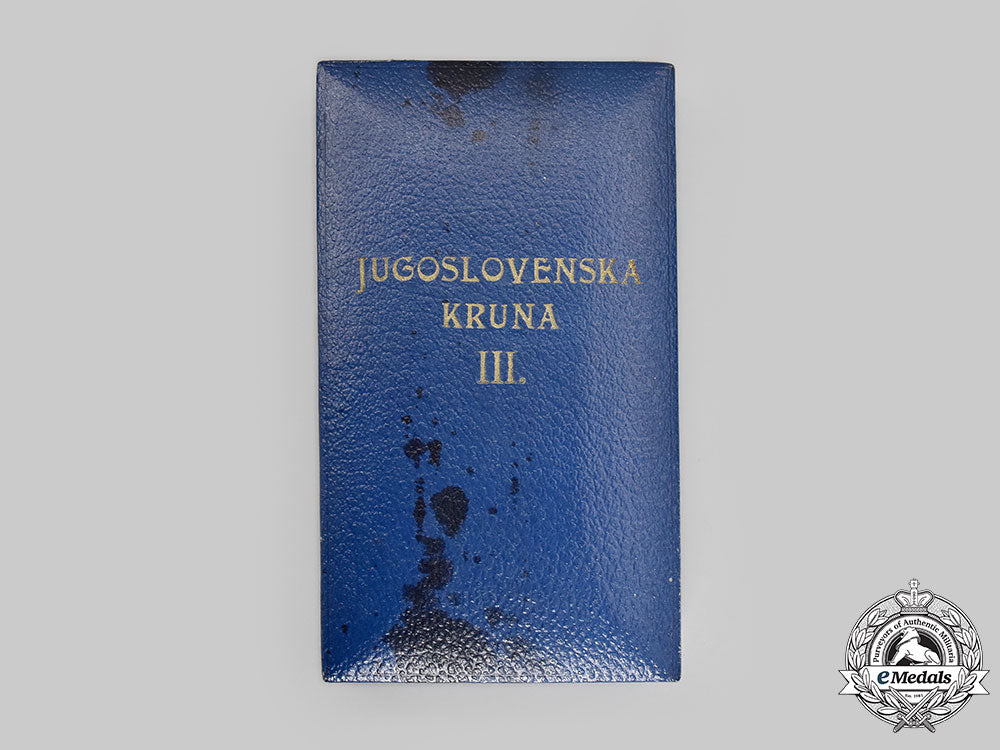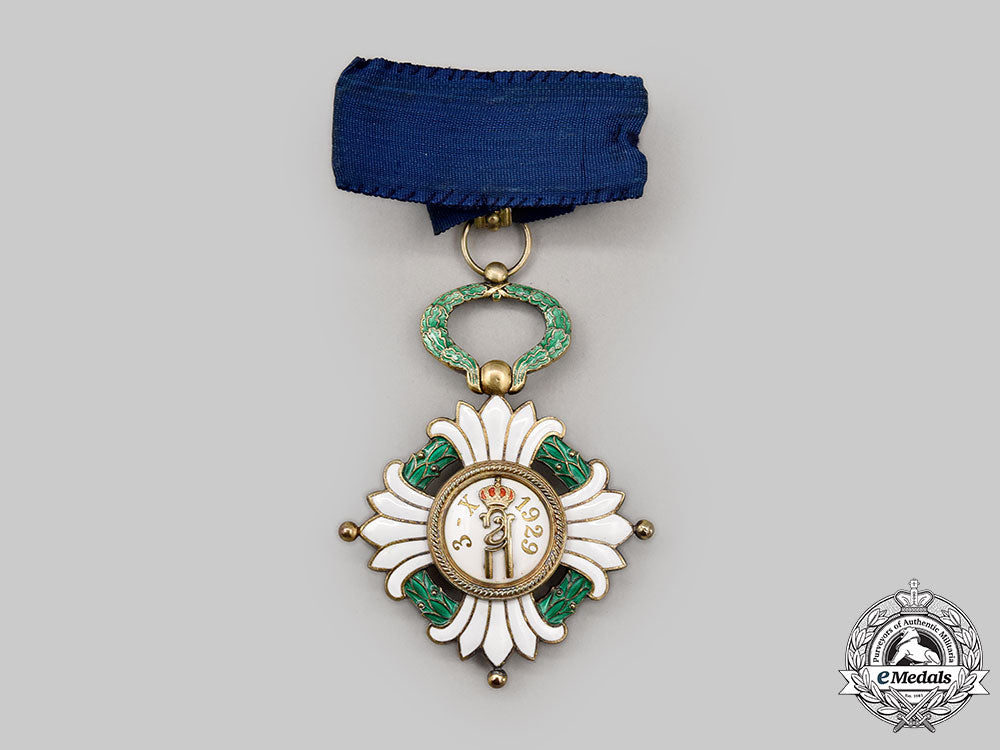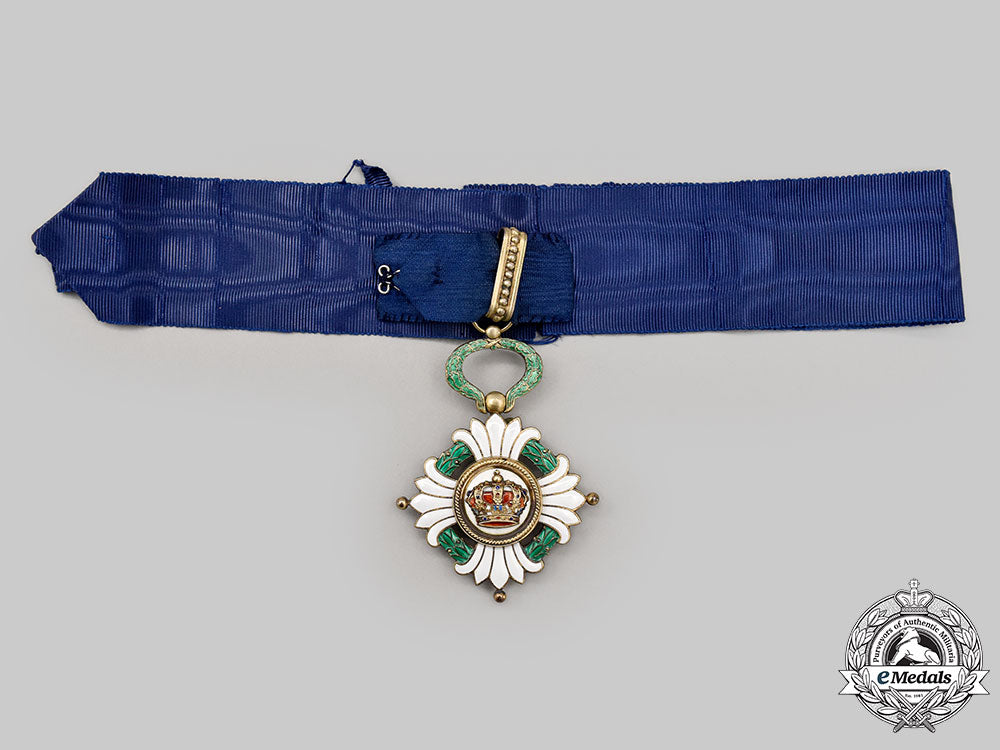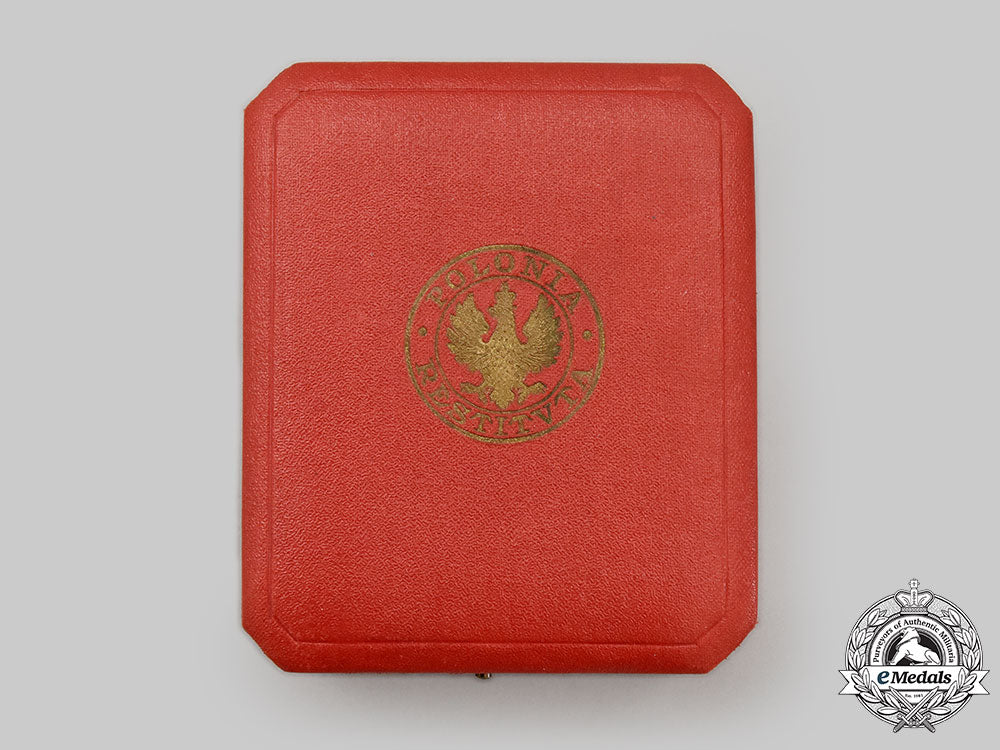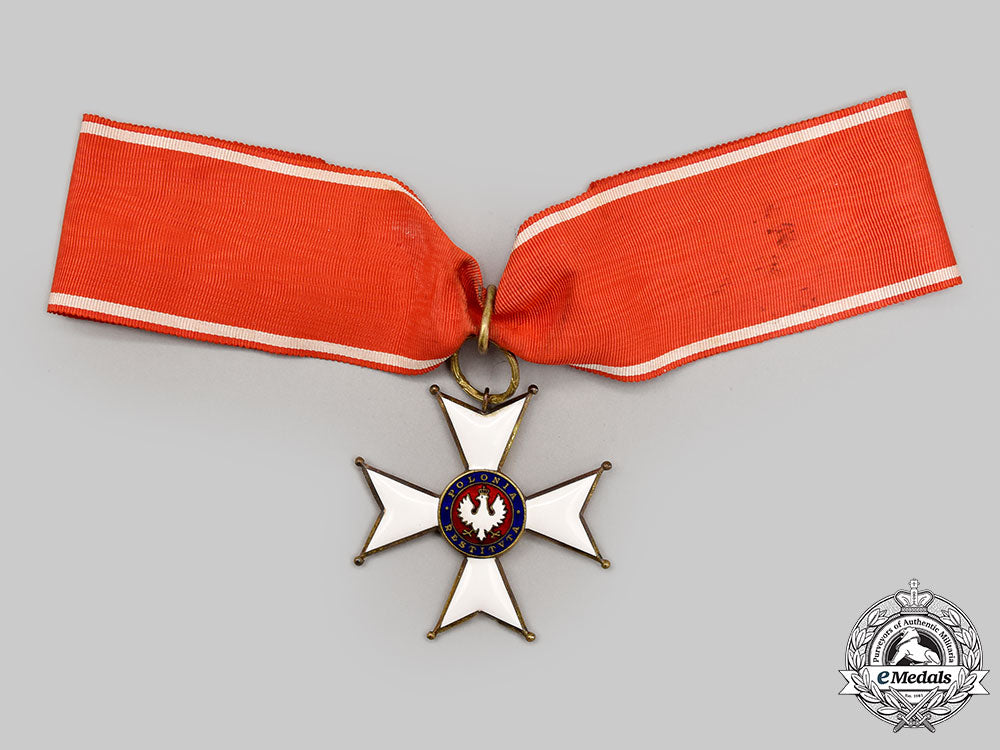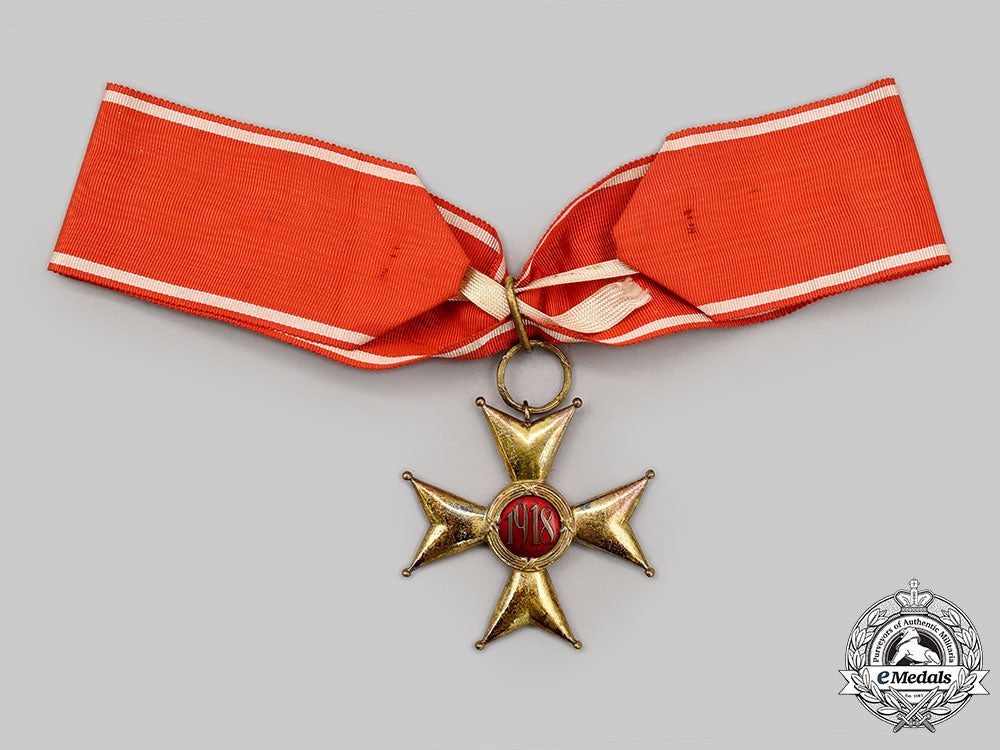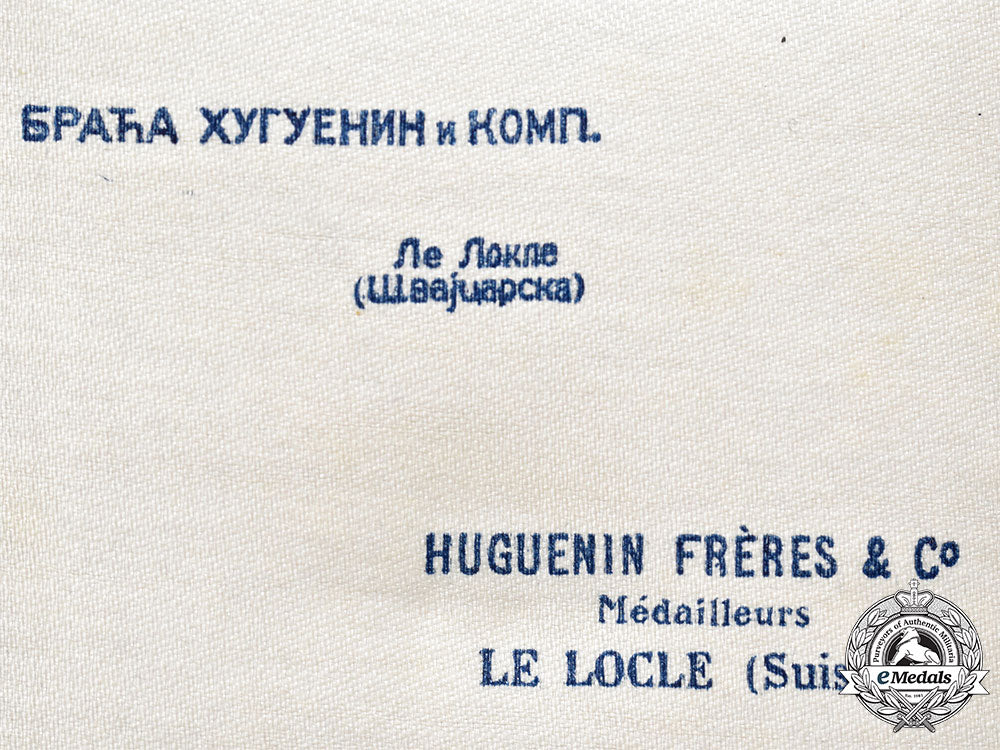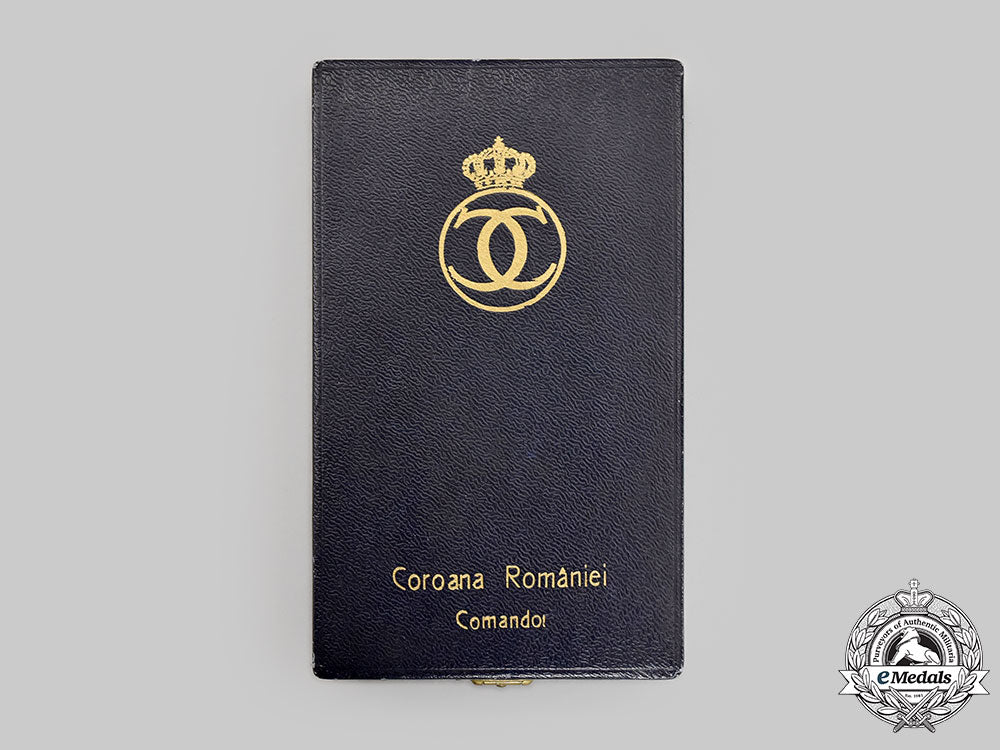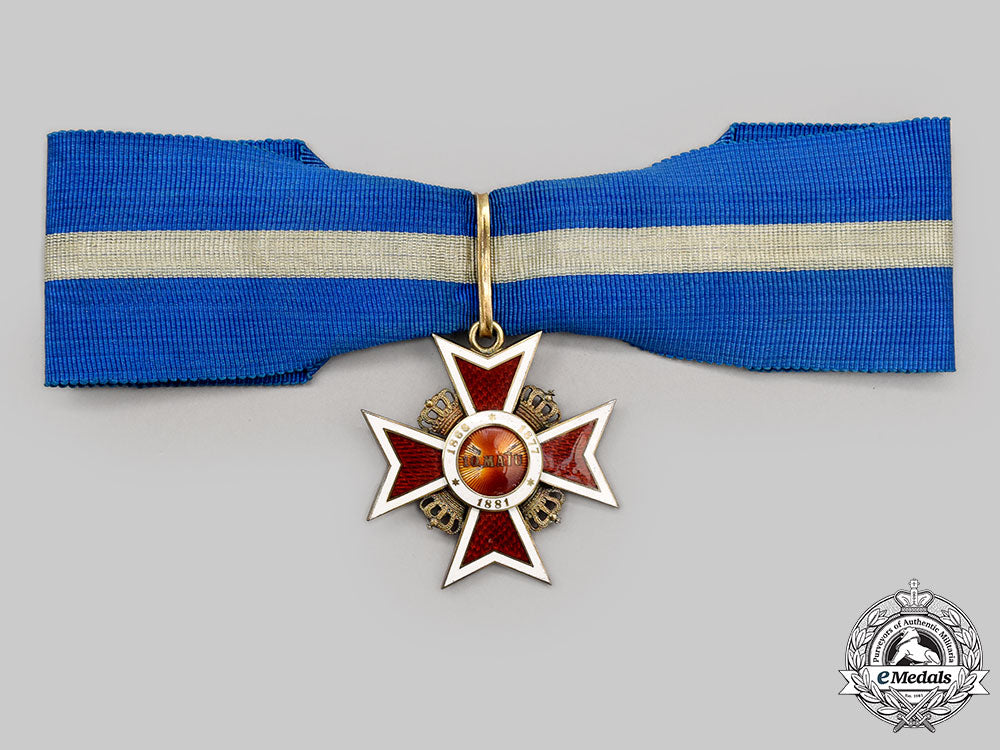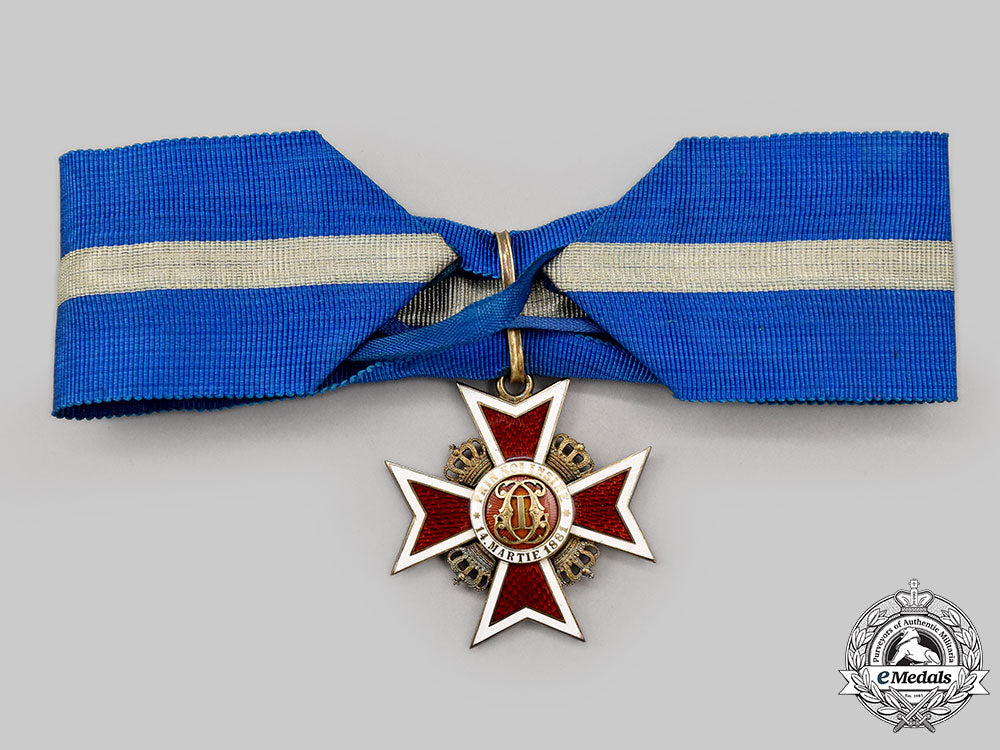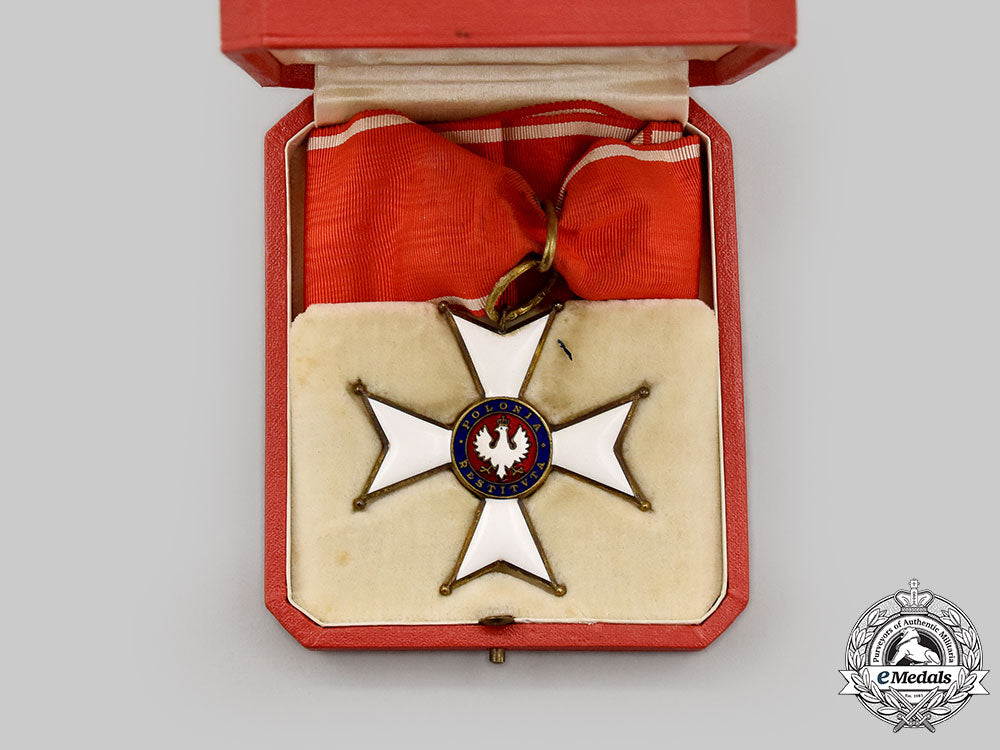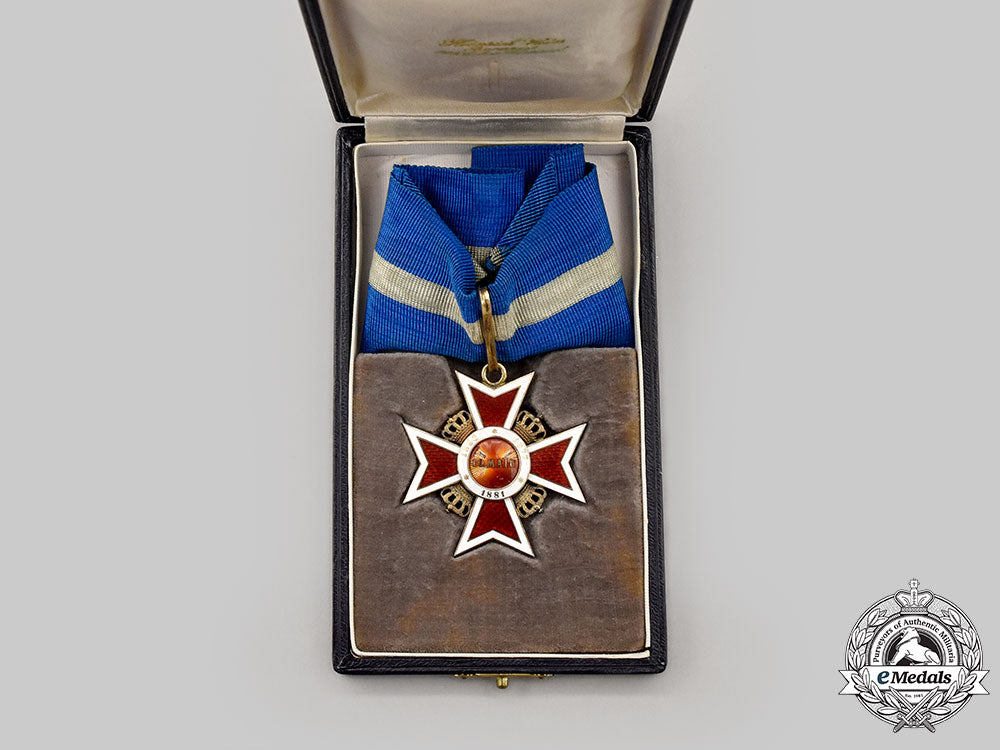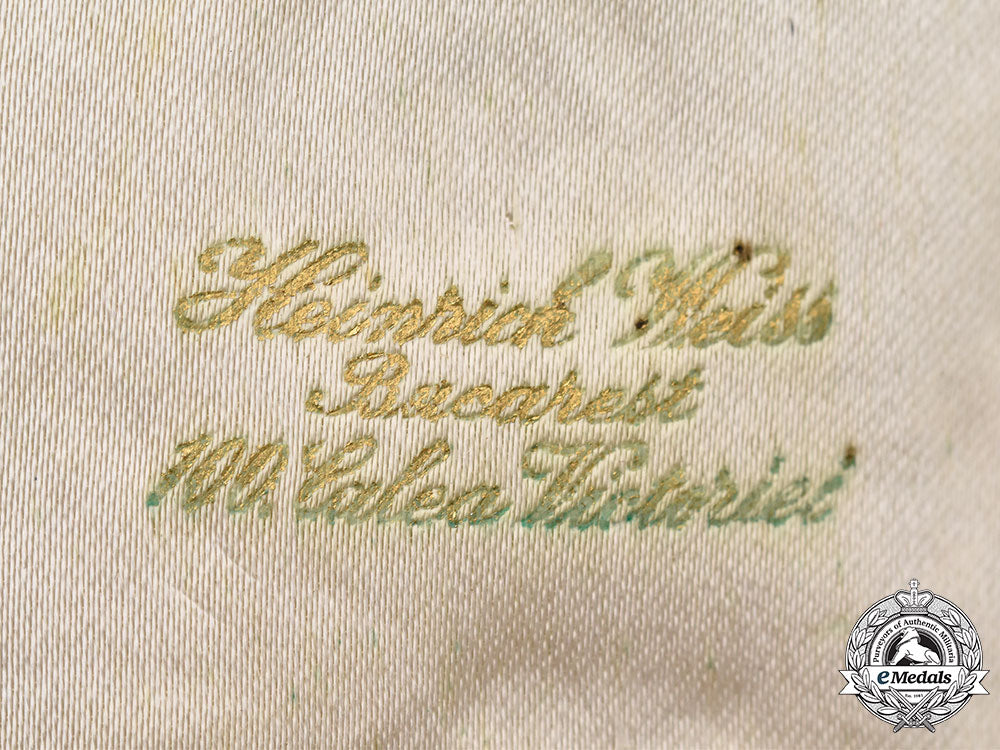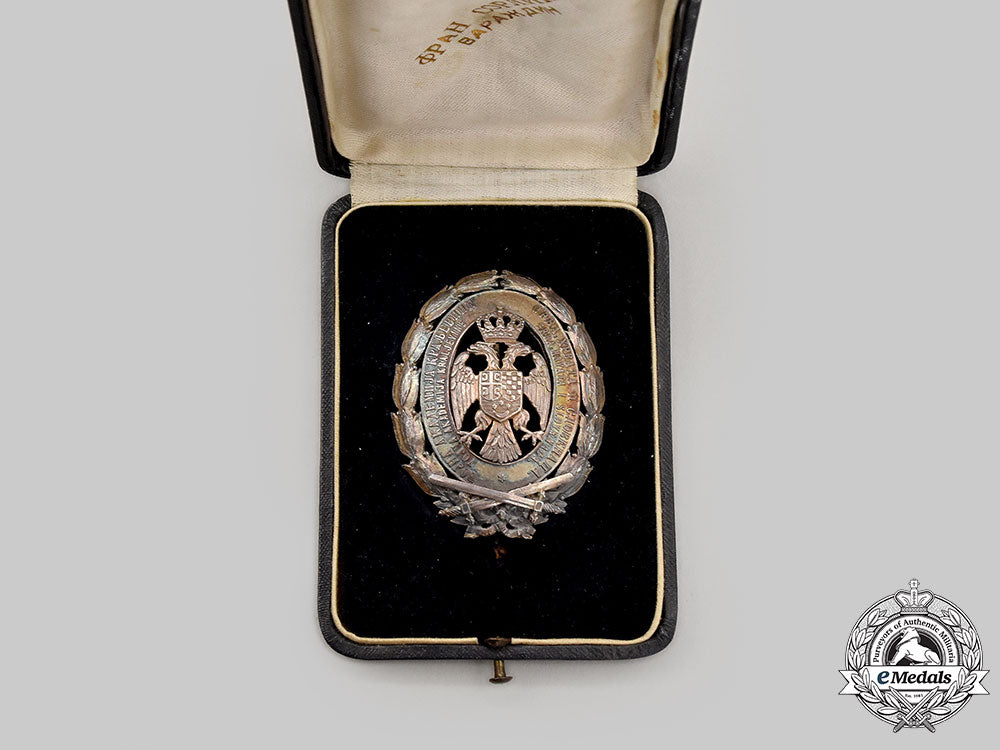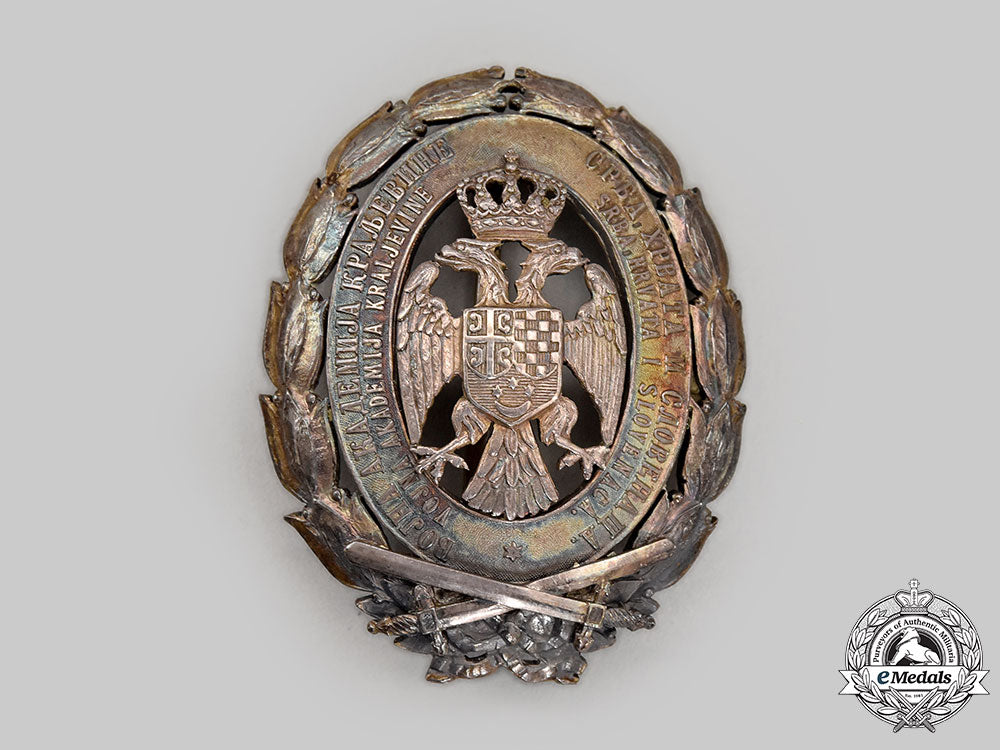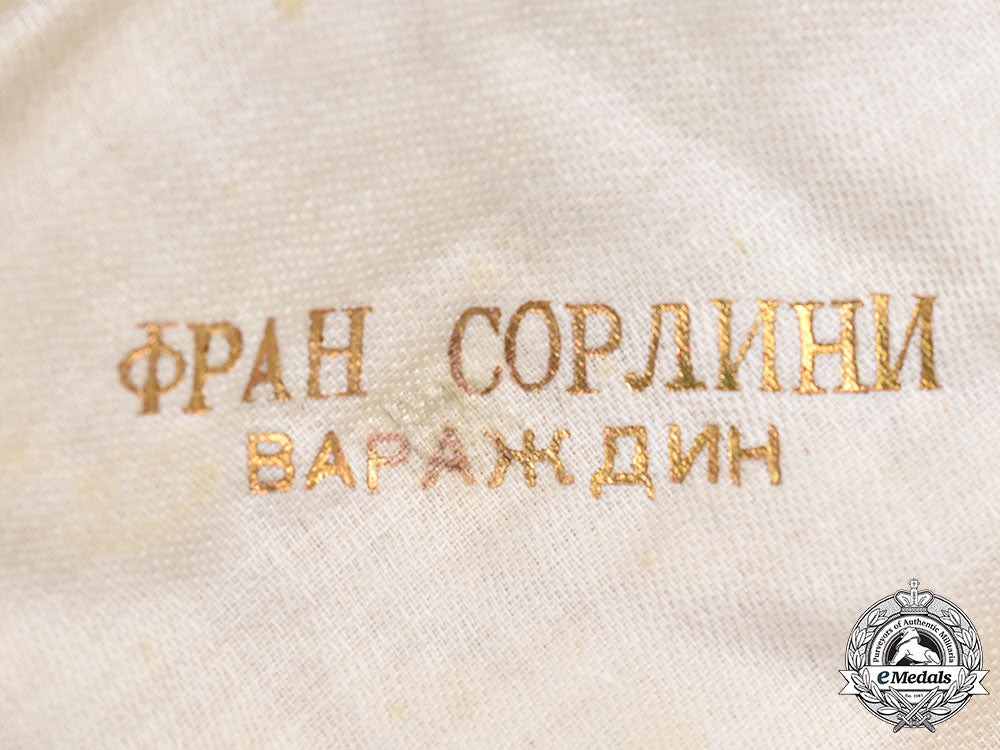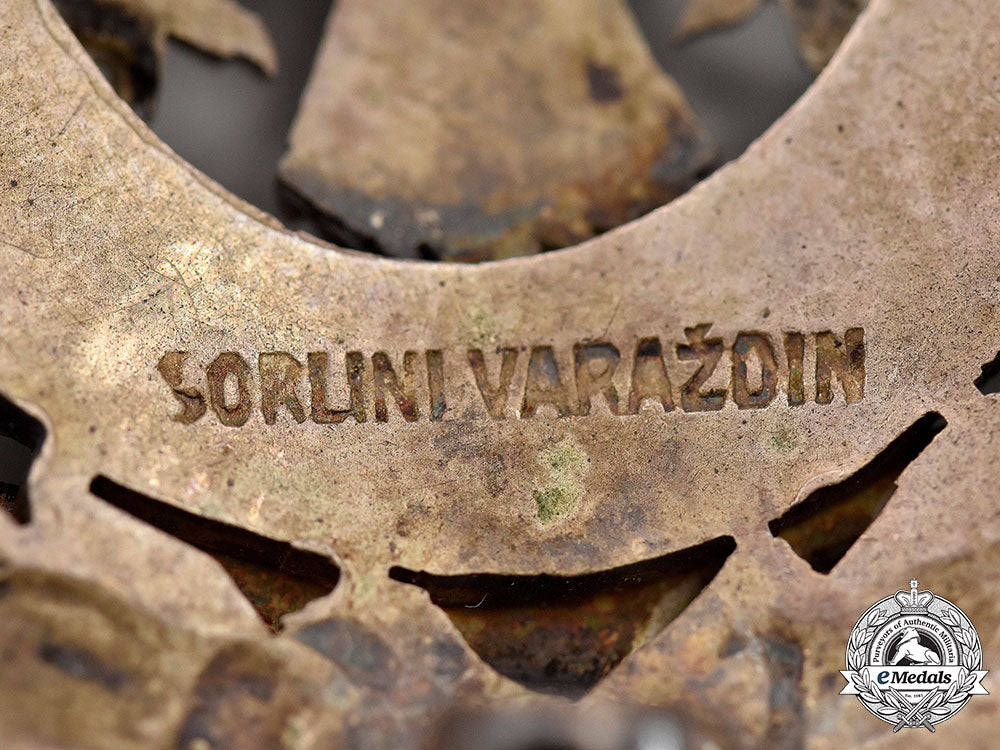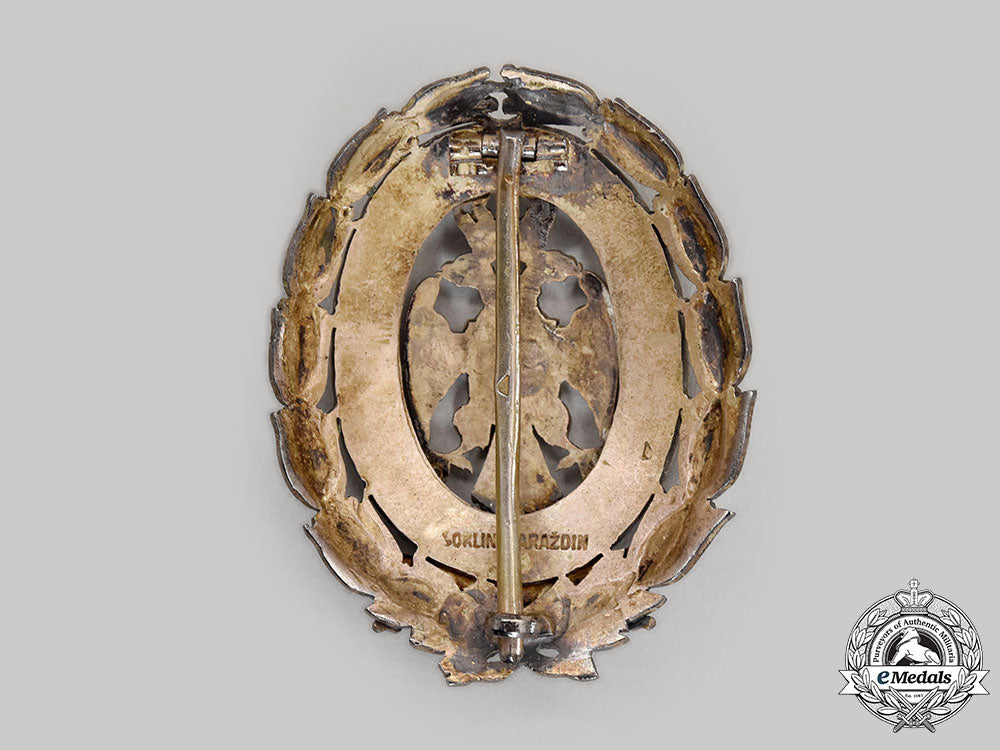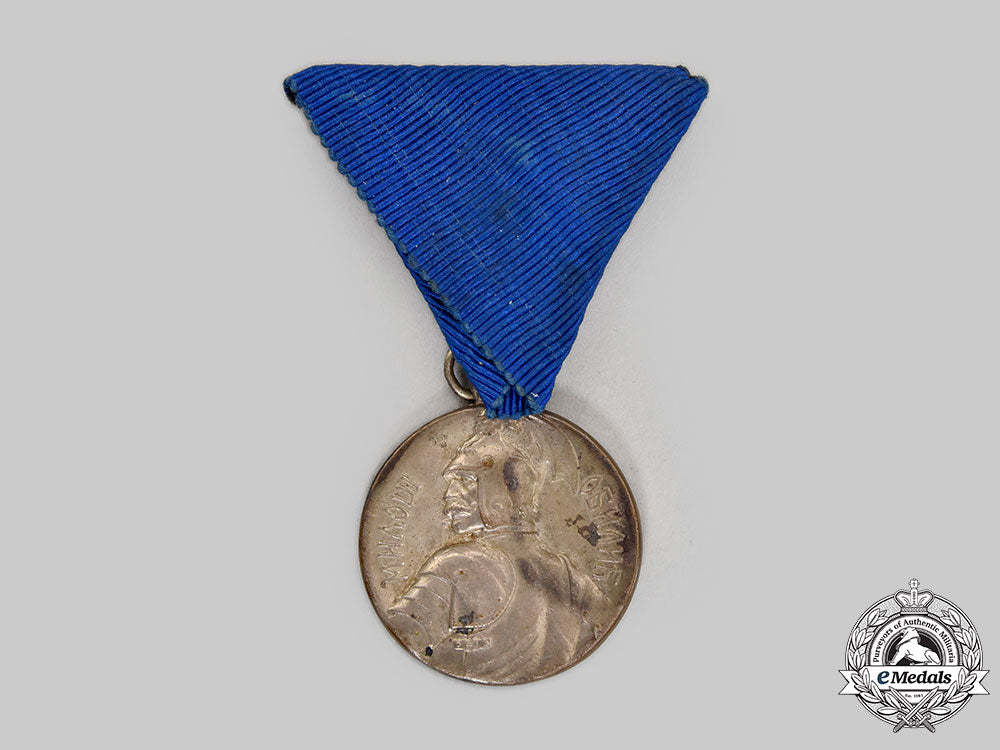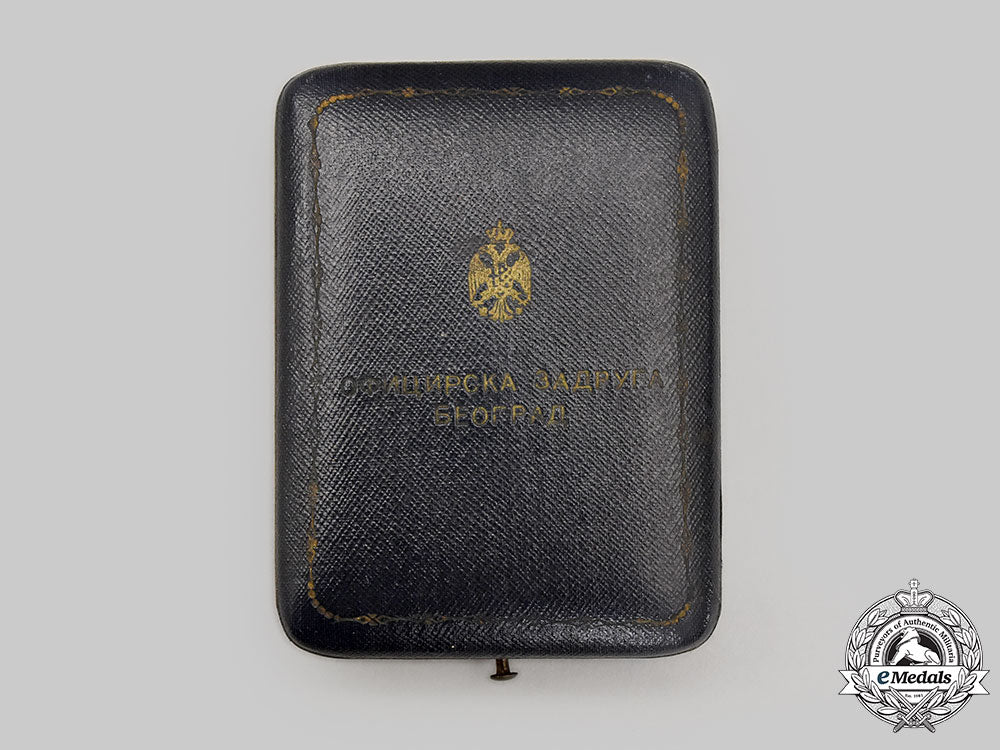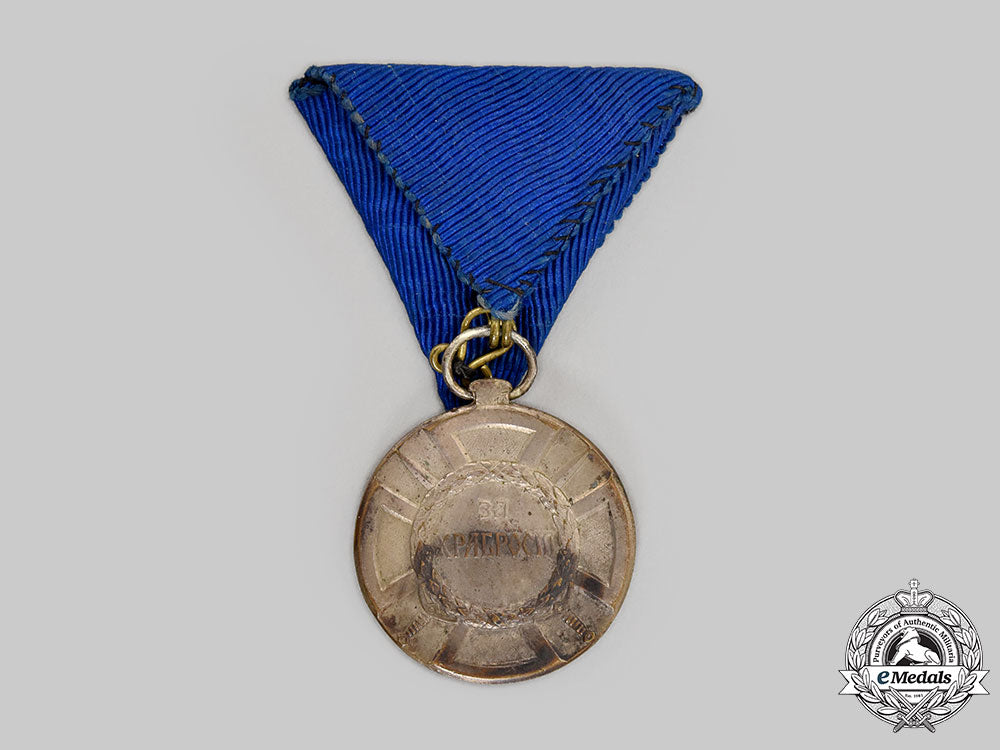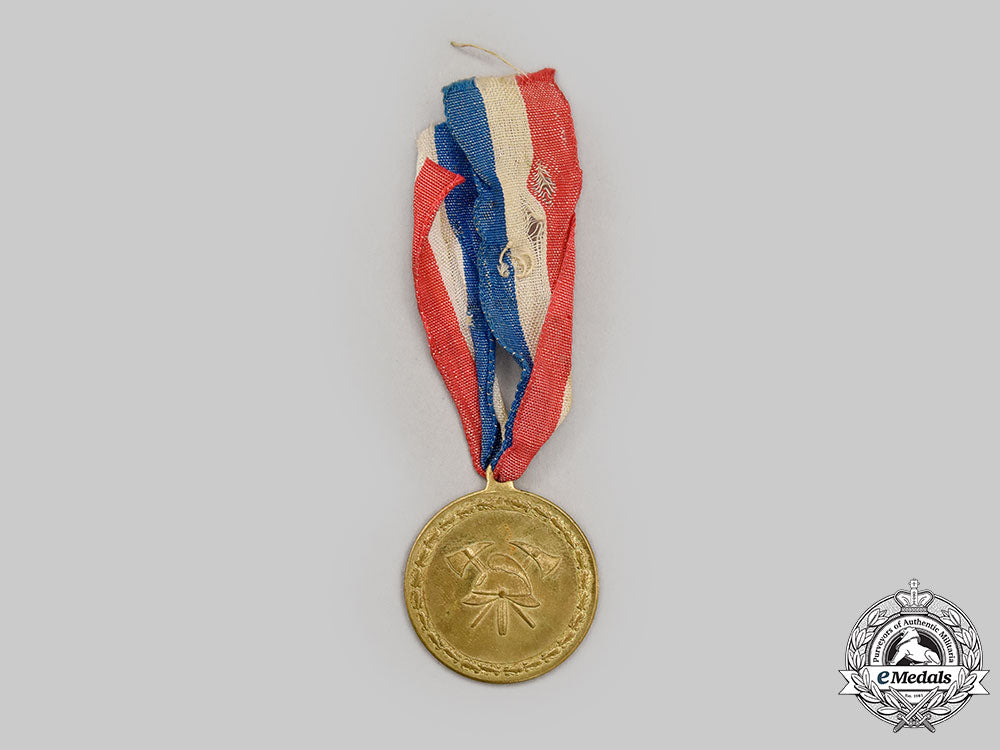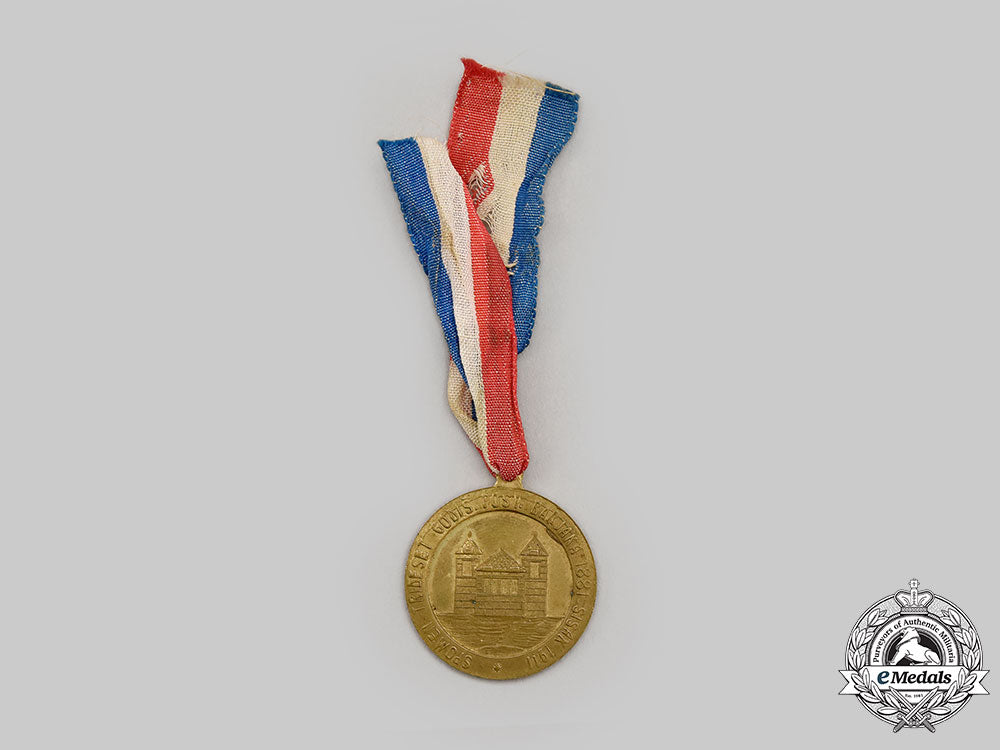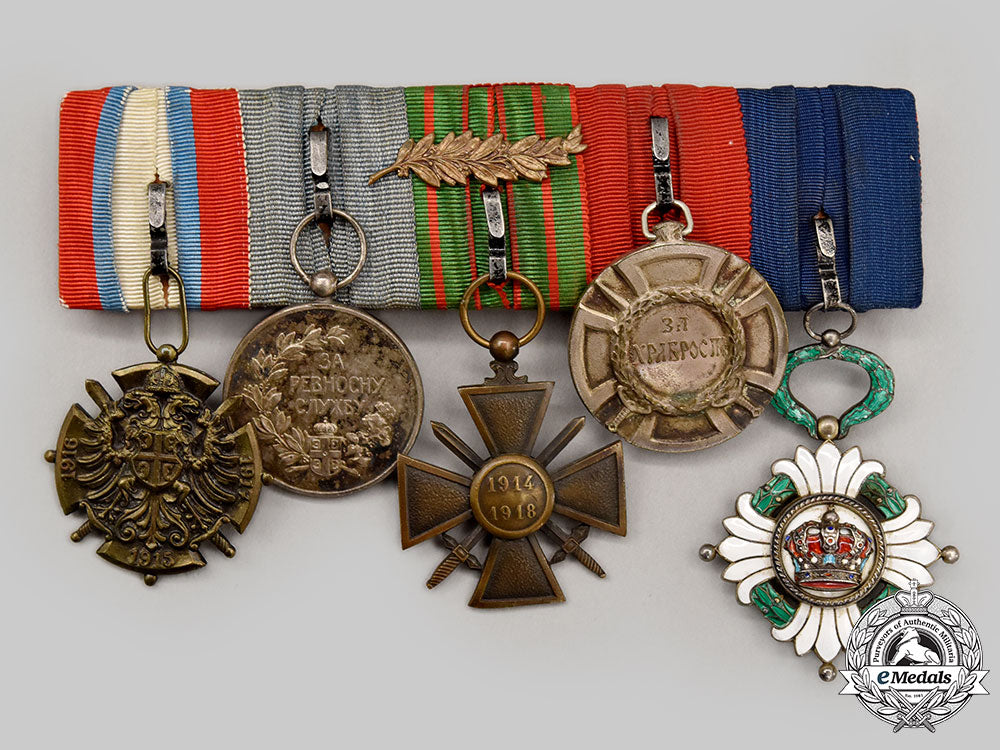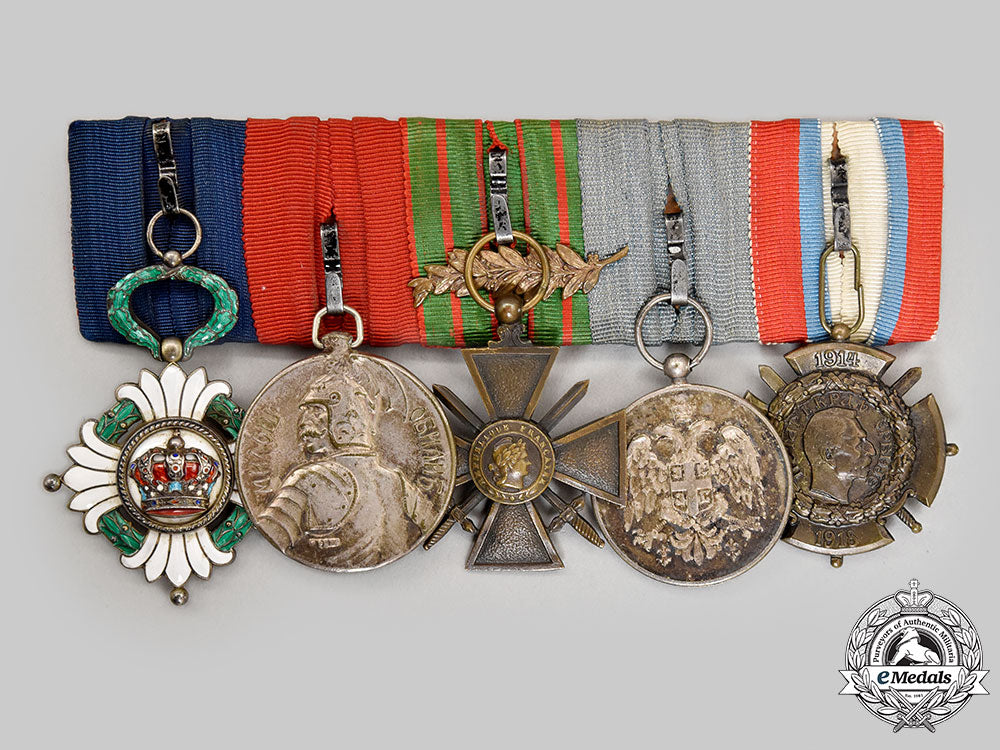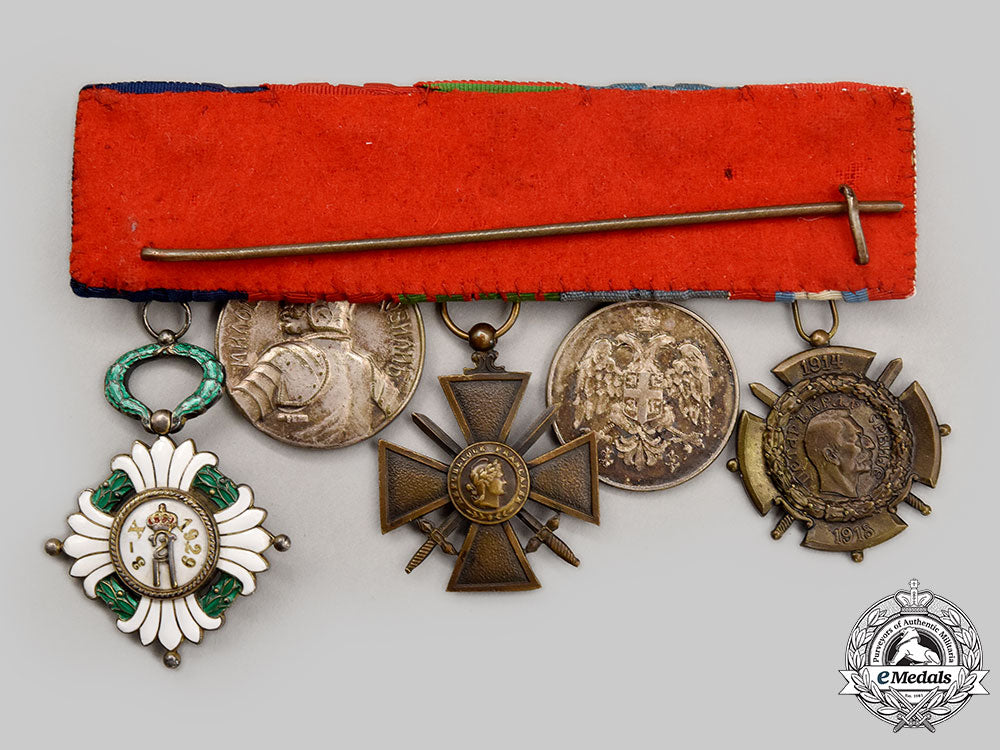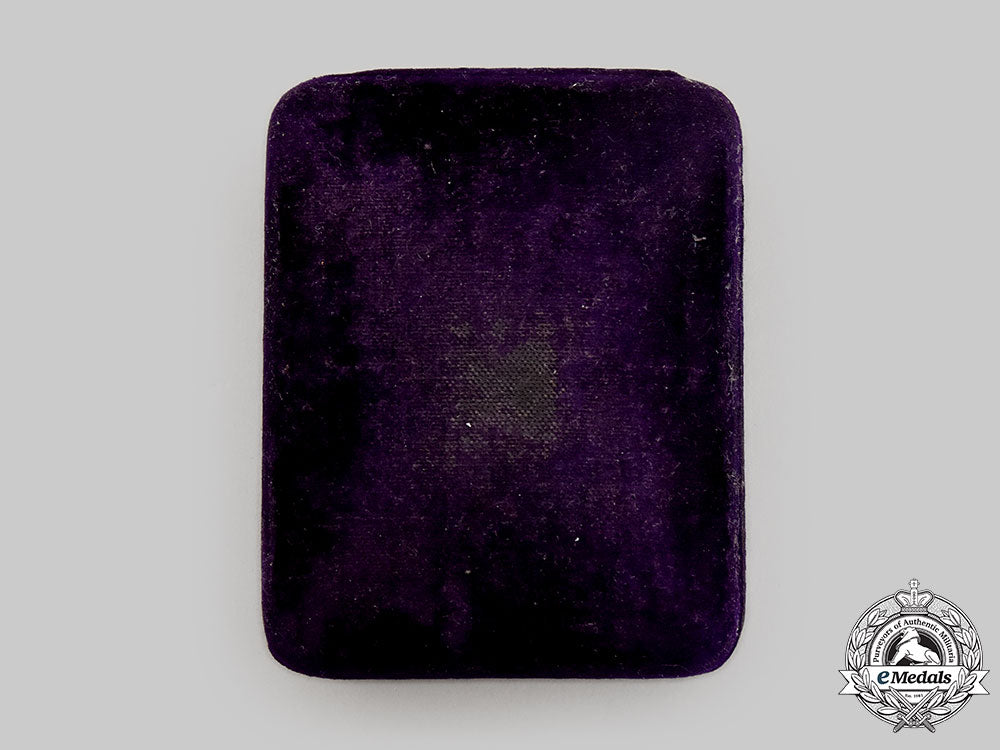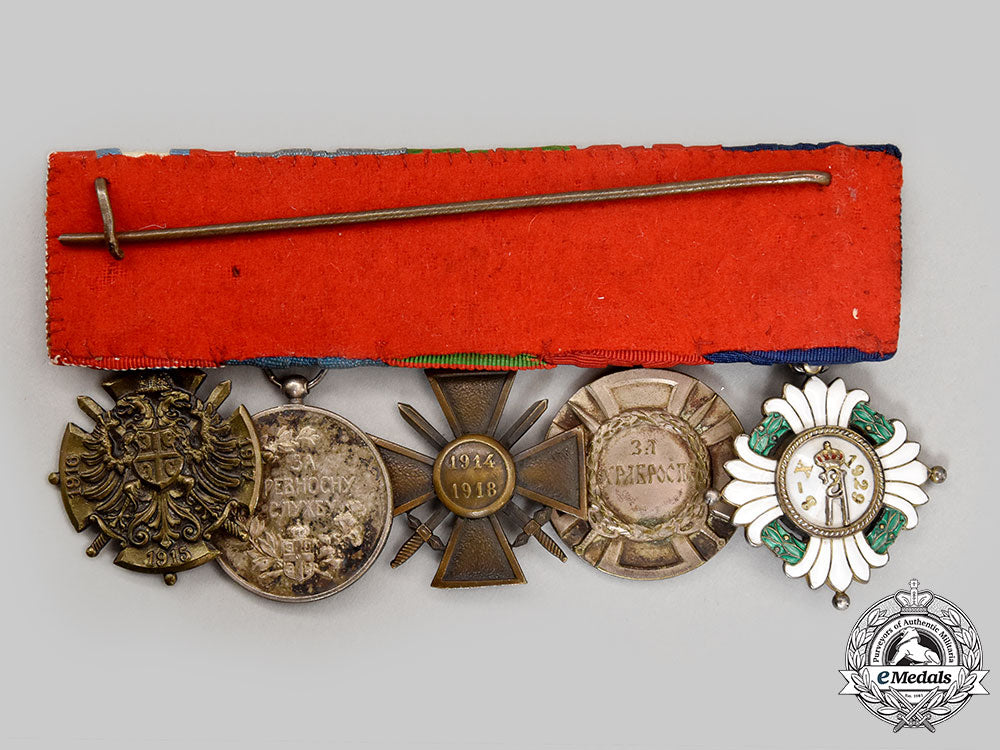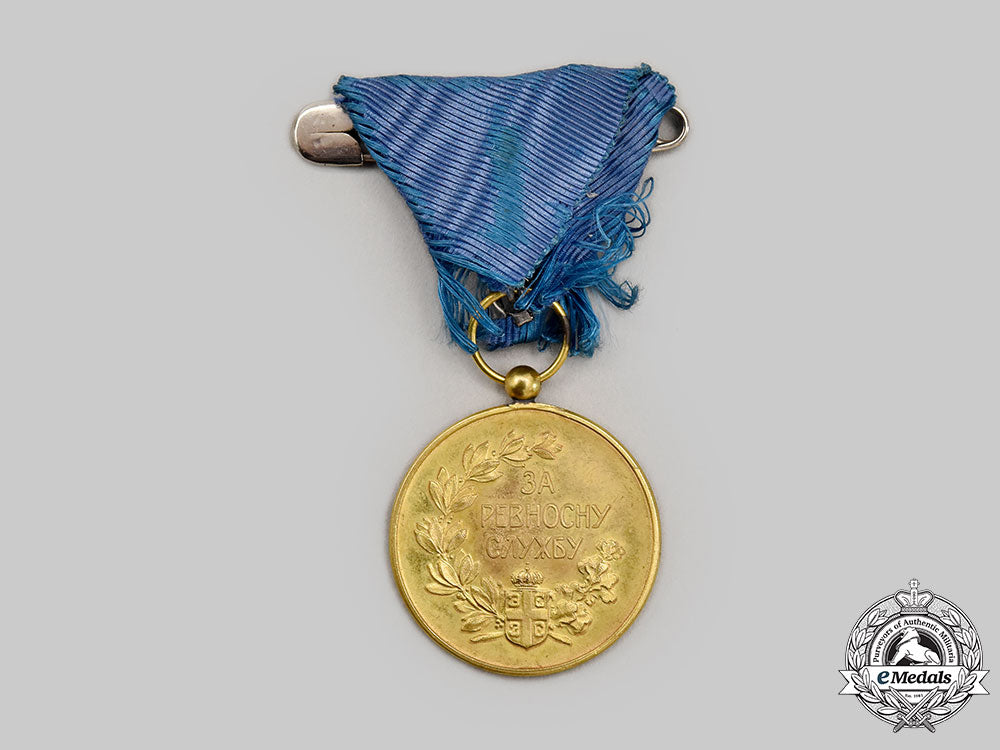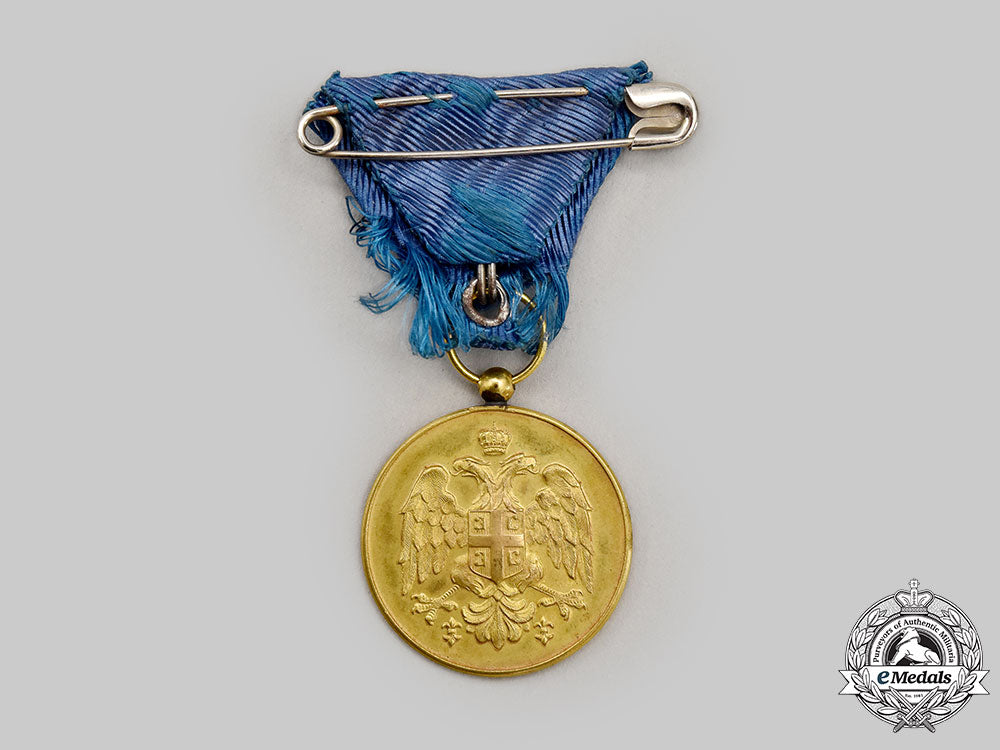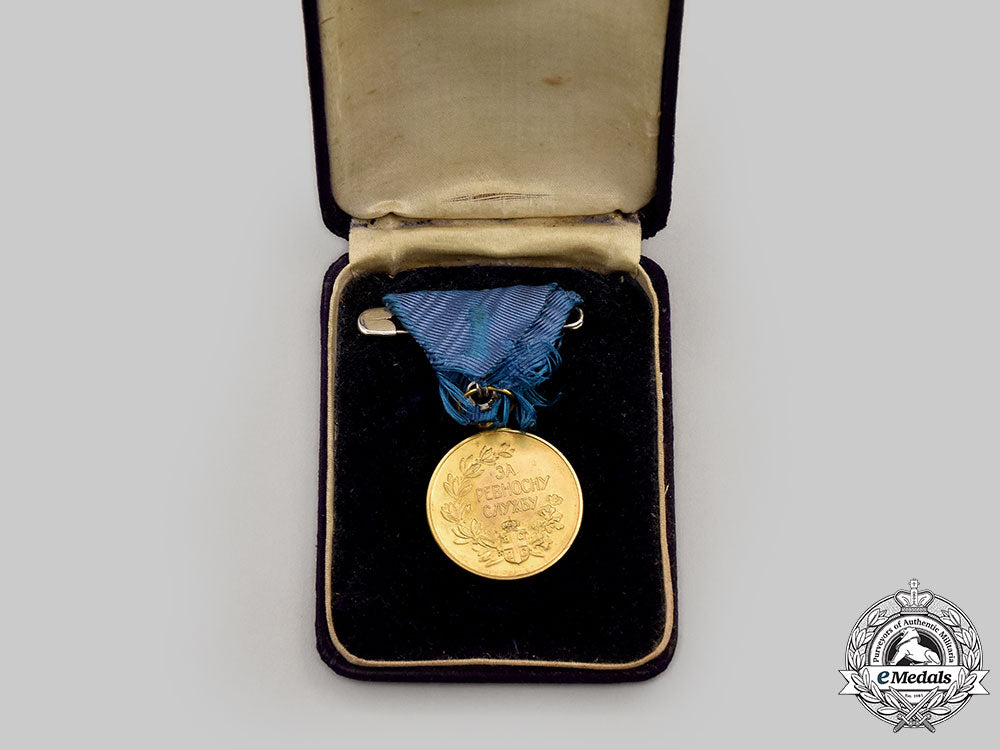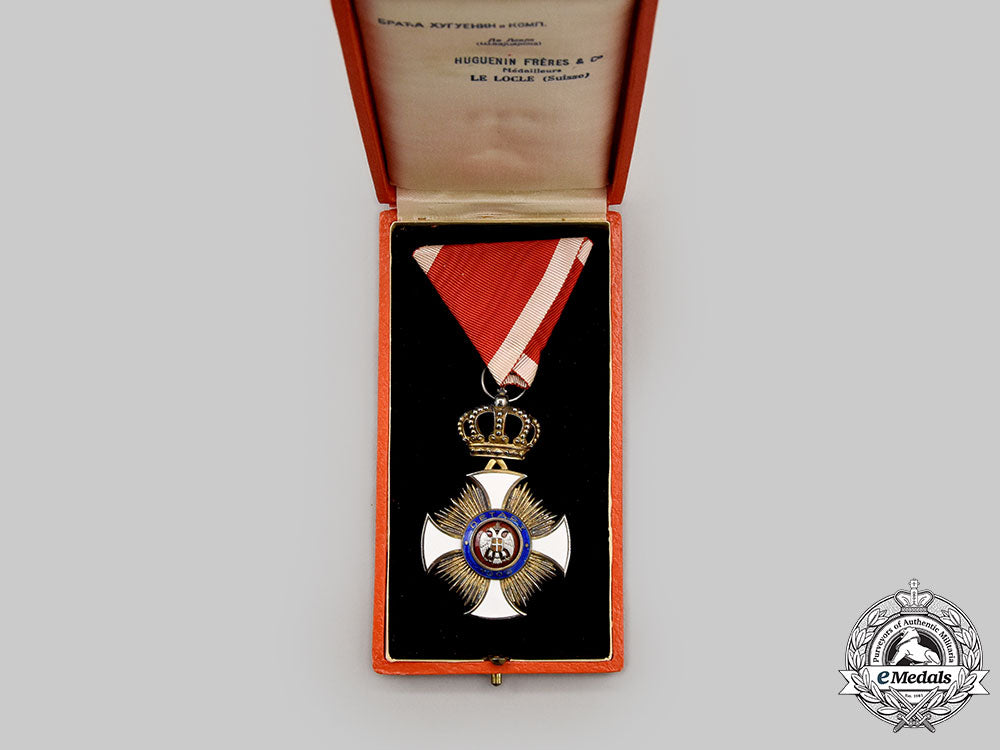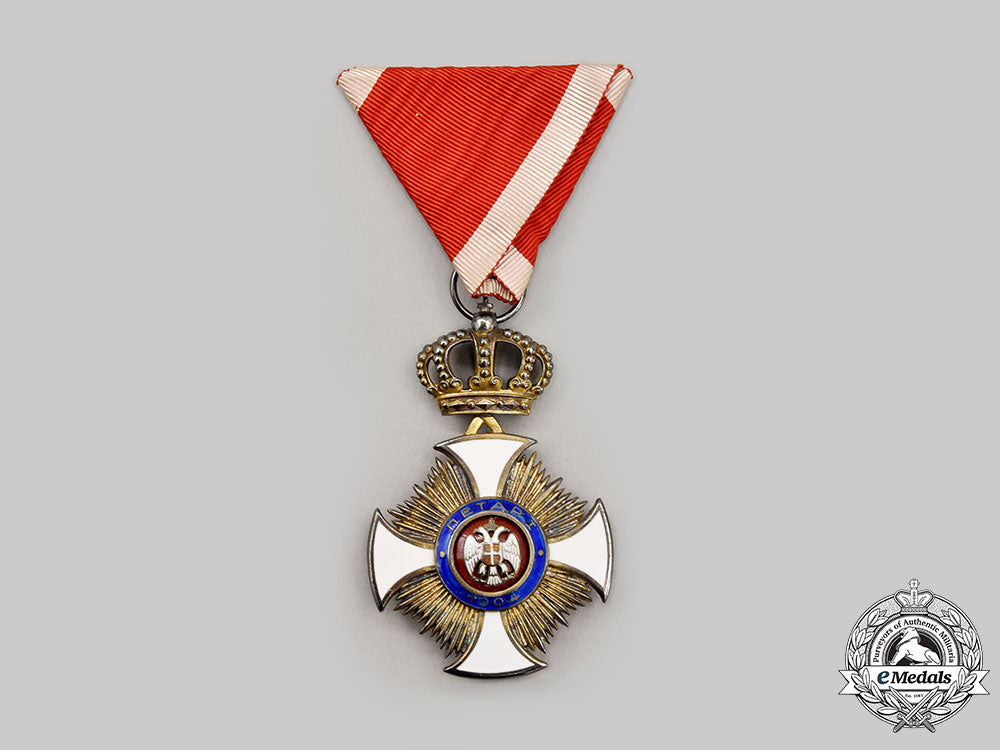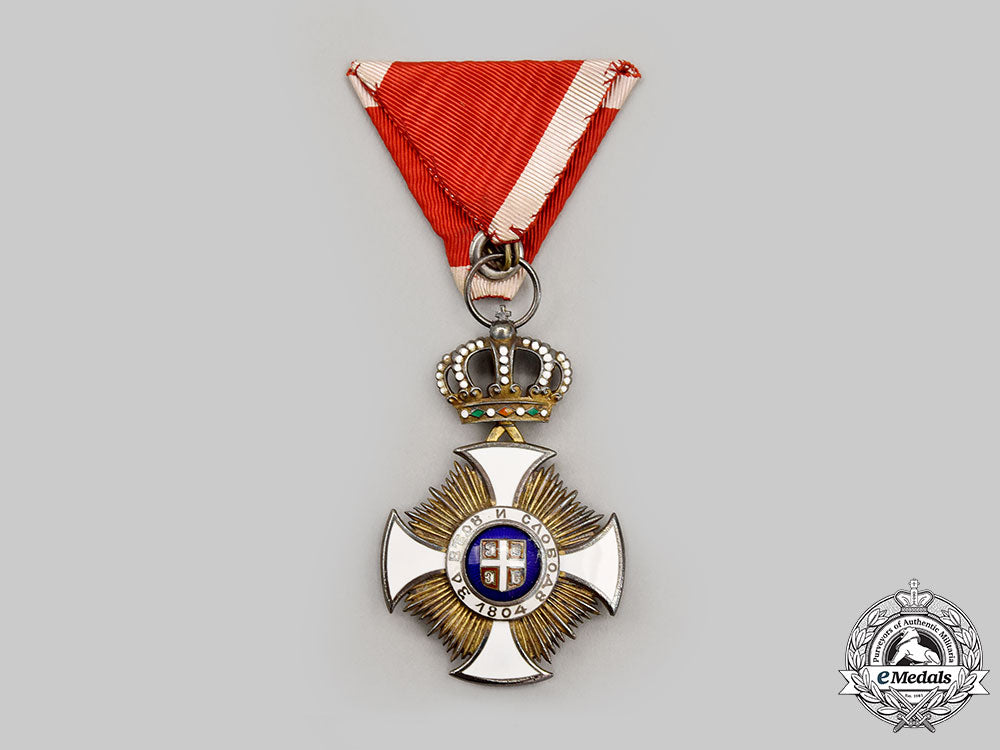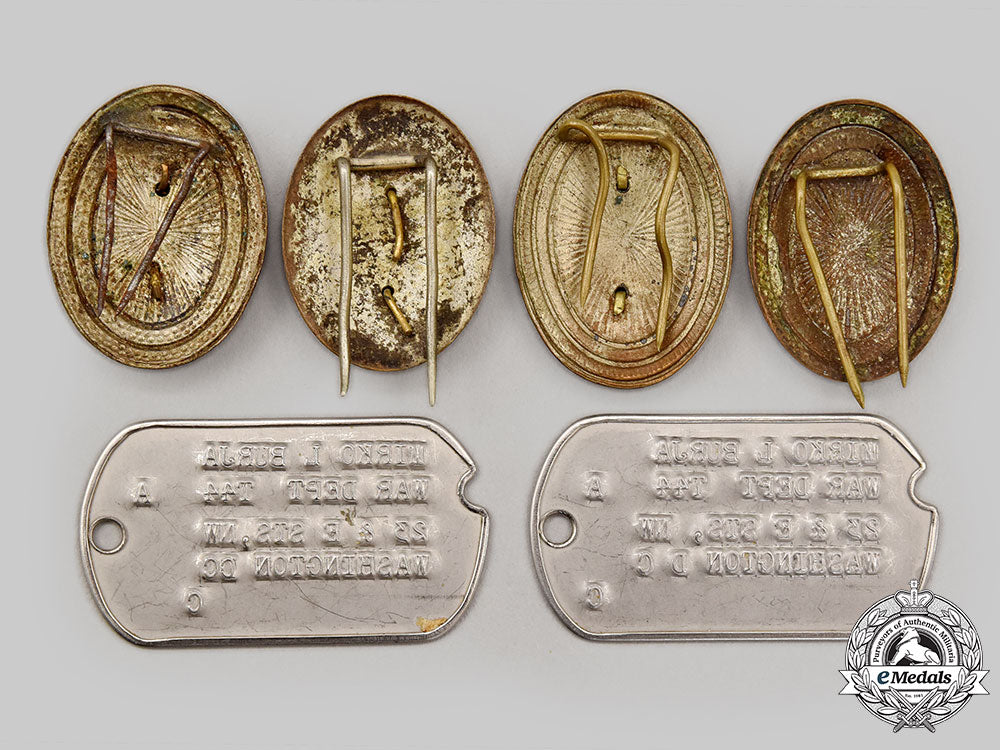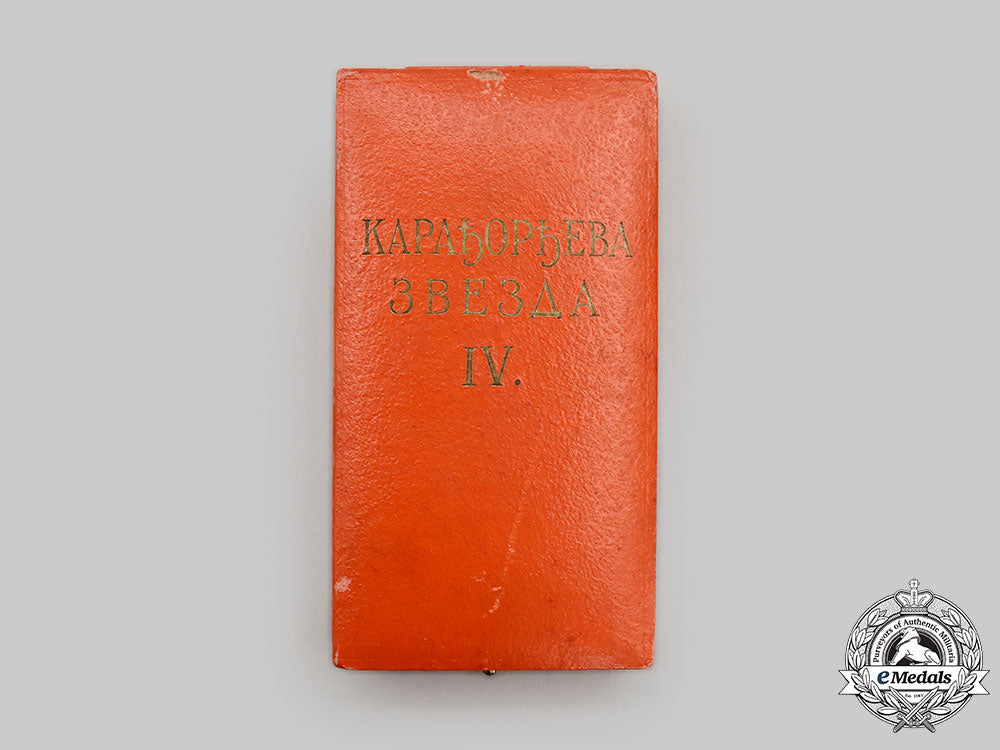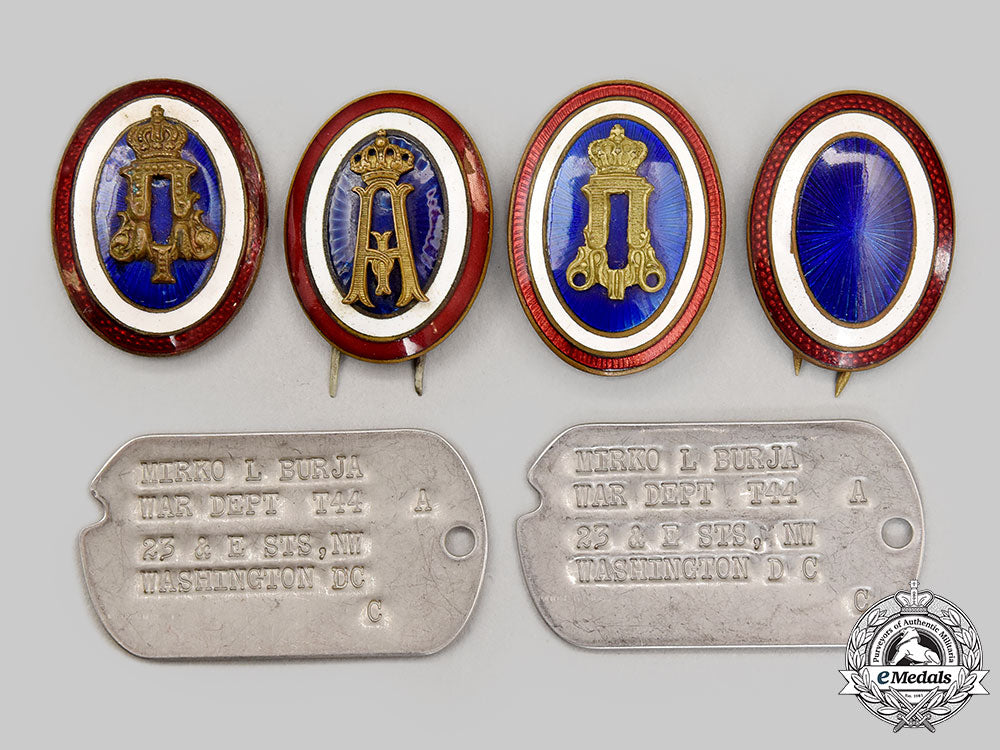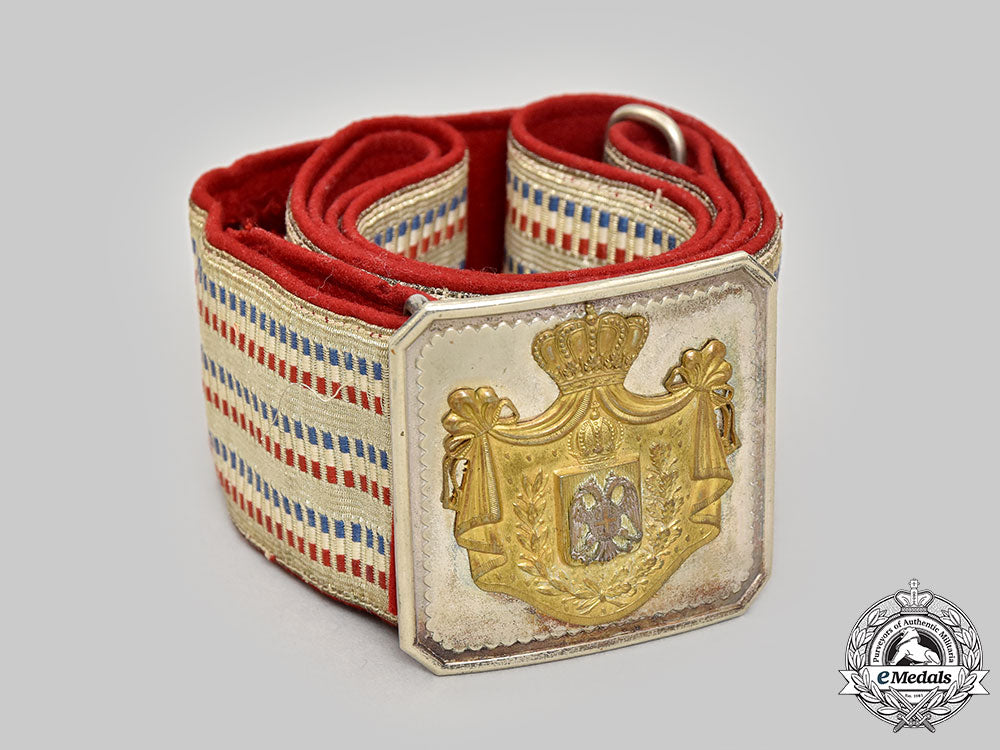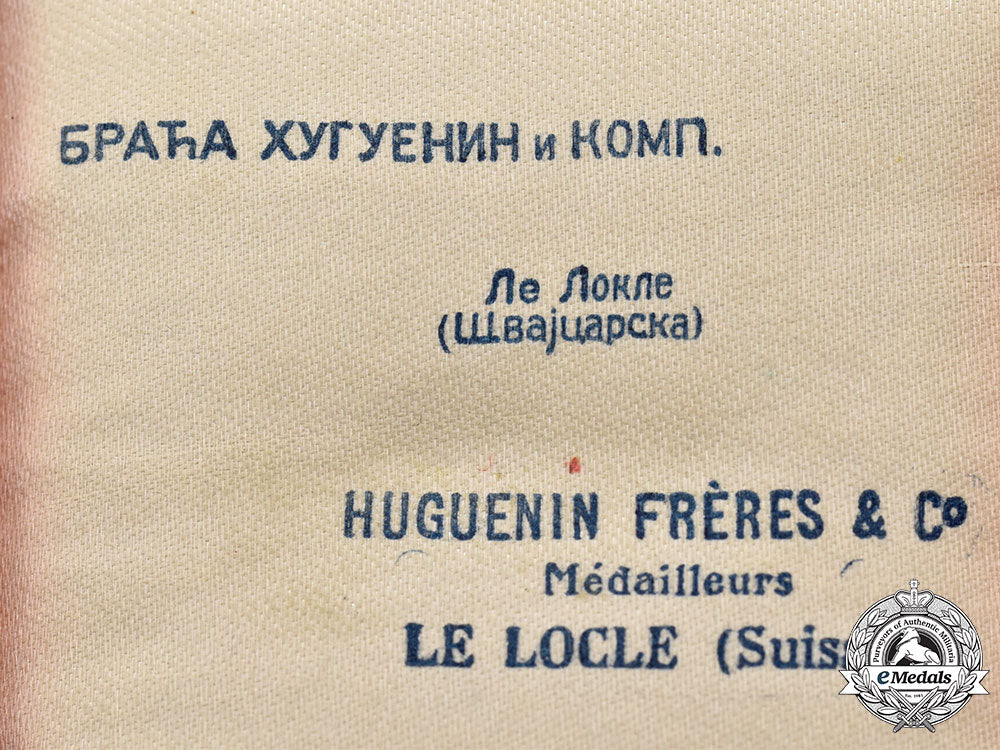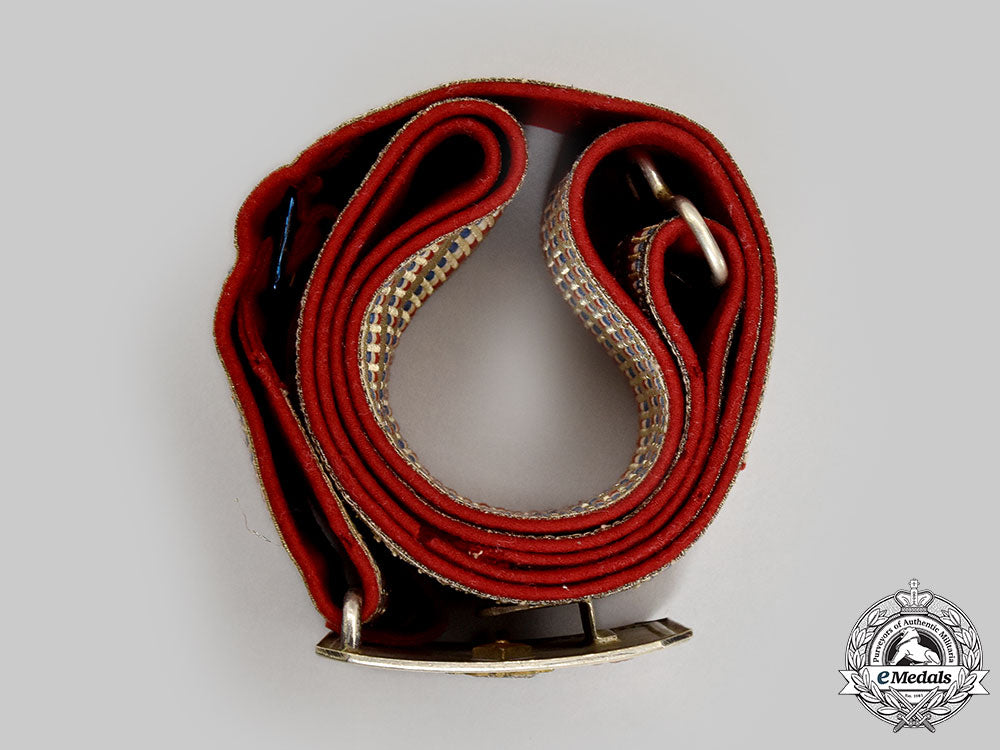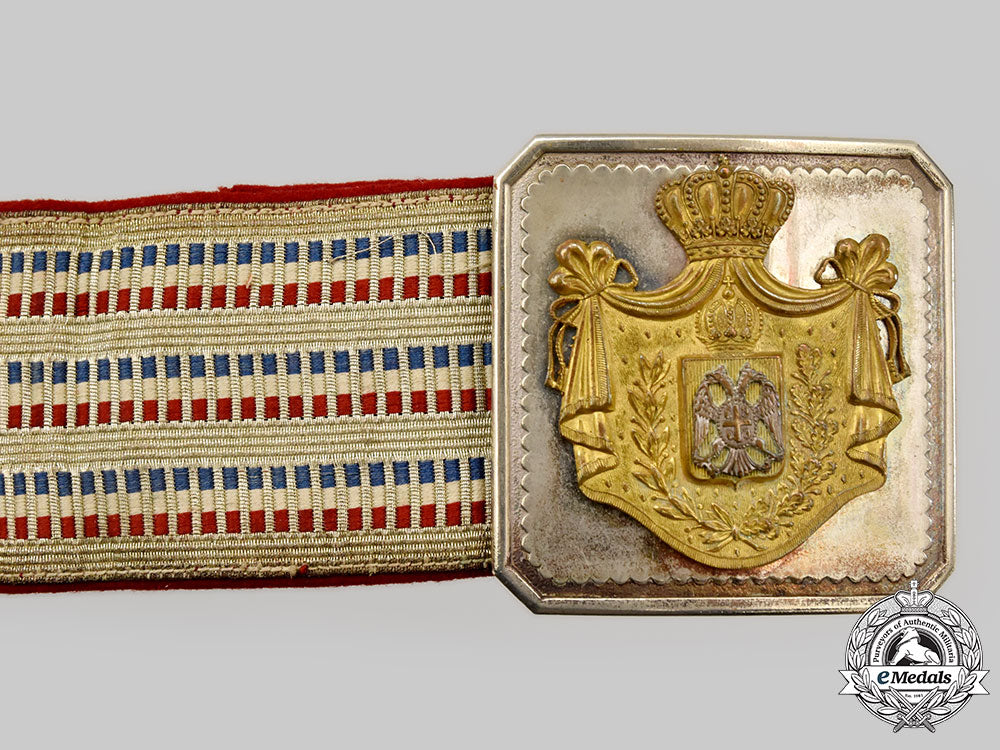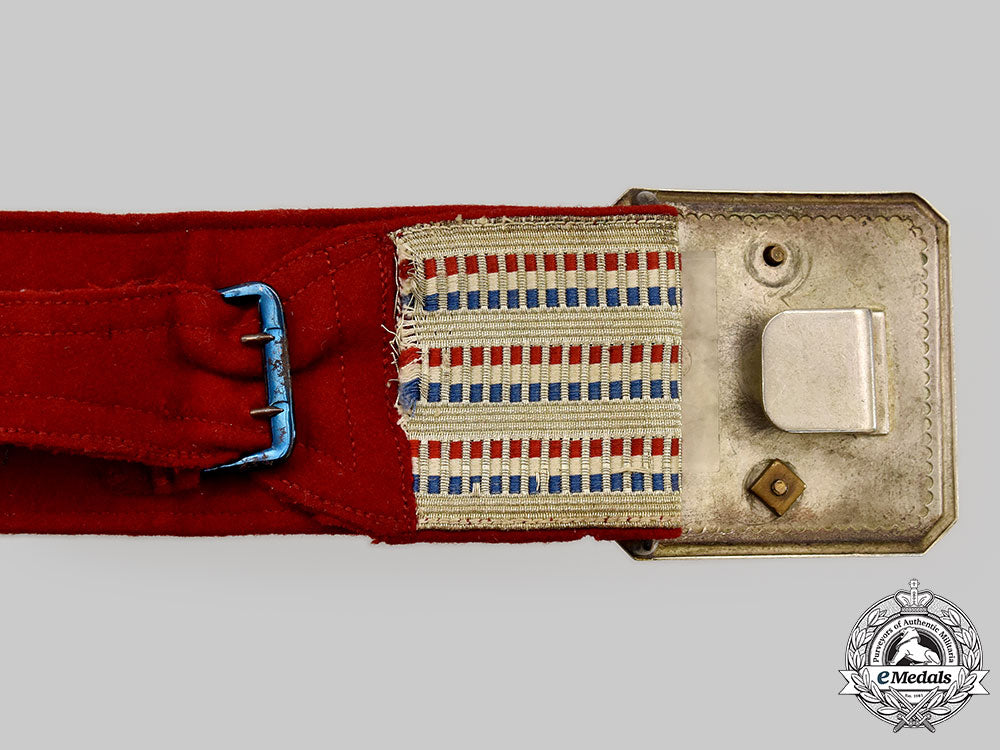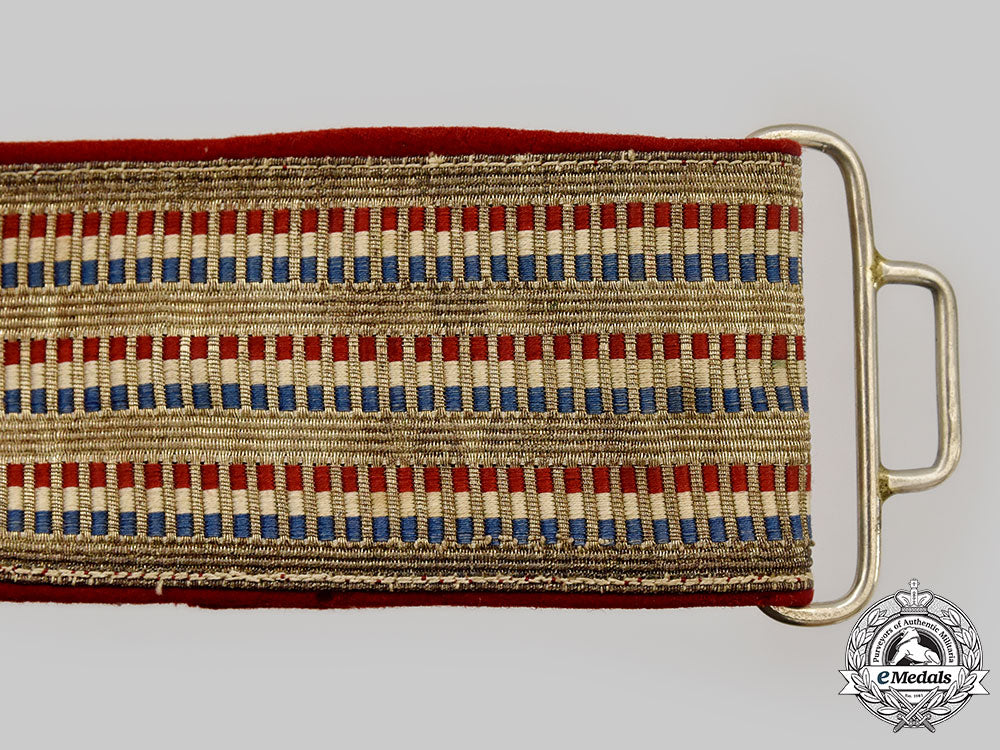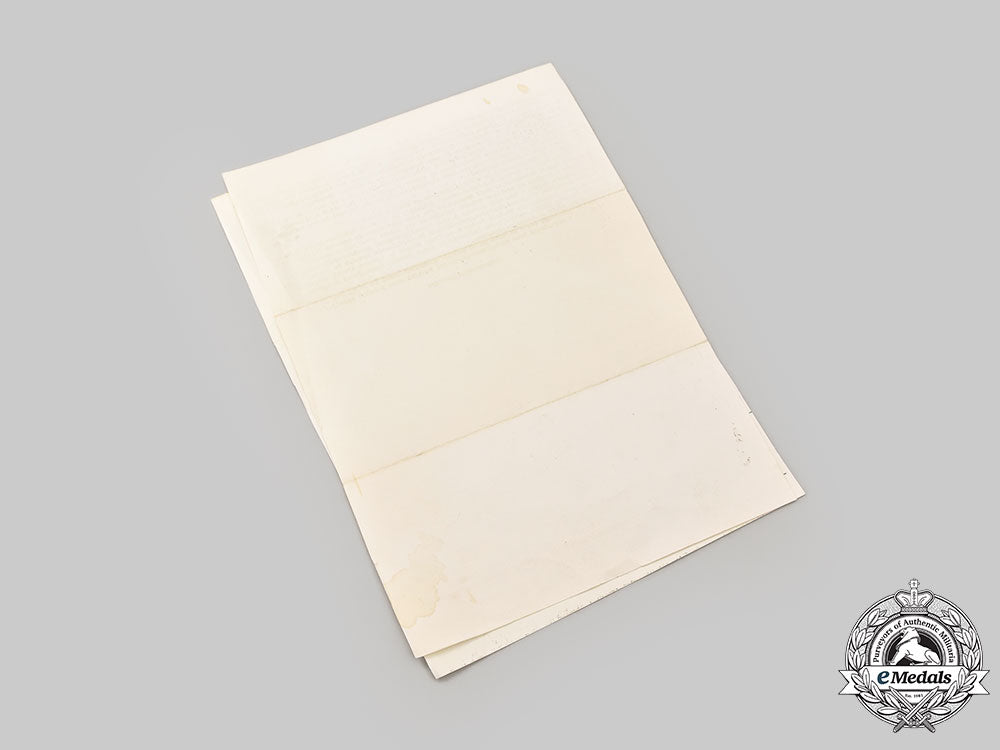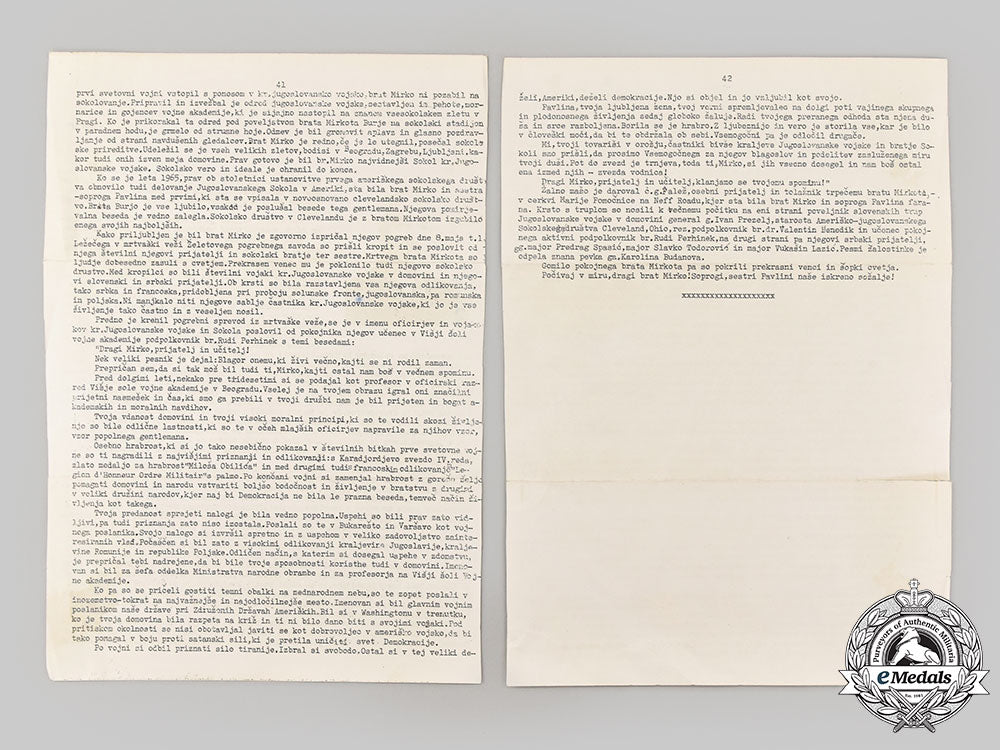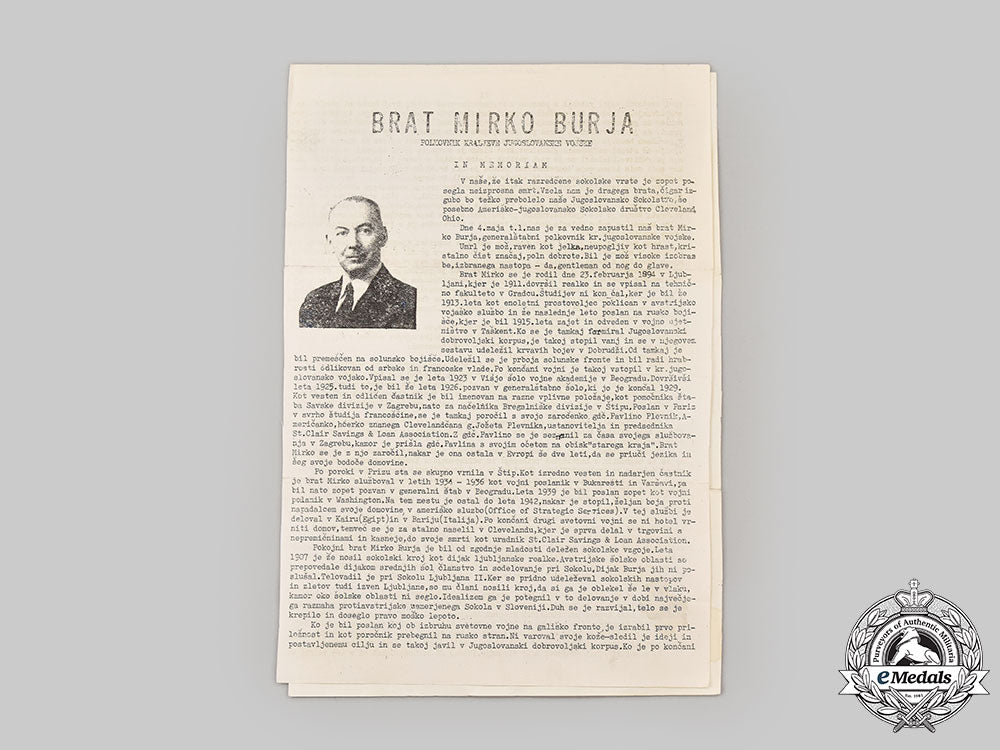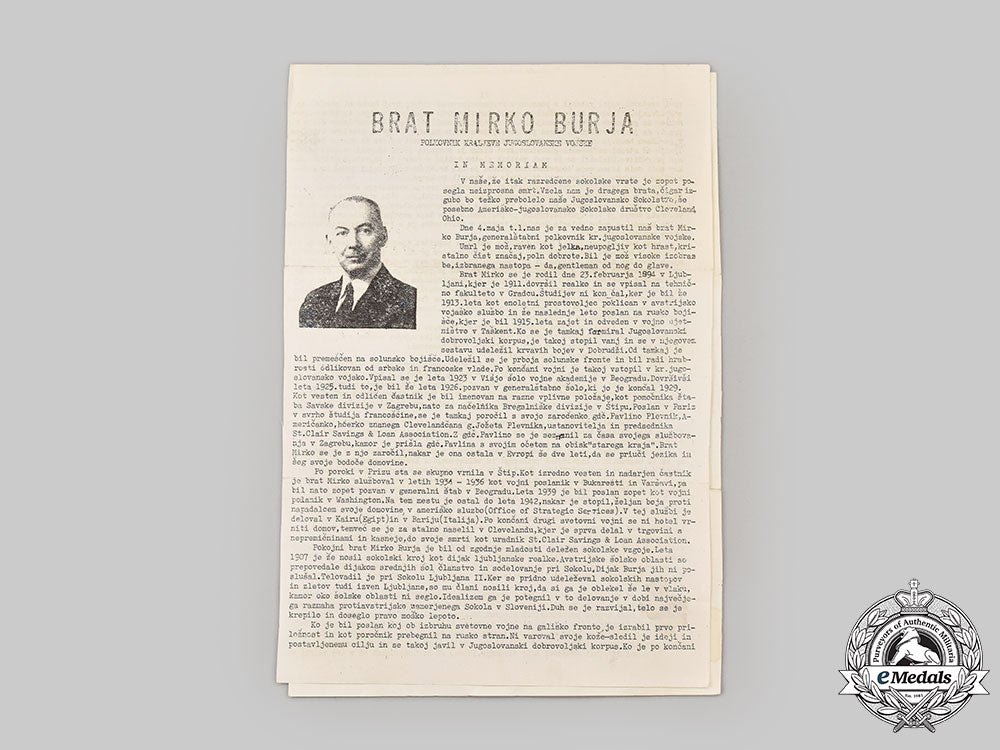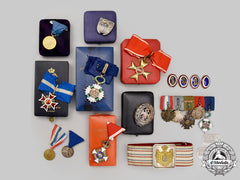
LOADING ...
In response to evolving domestic opinion, eMedals Inc has made the conscious decision to remove the presentation of German Third Reich historical artifacts from our online catalogue. For three decades, eMedals Inc has made an effort to preserve history in all its forms. As historians and researchers, we have managed sensitive articles and materials with the greatest of care and respect for their past and present social context. We acknowledge the growing sentiments put forth by the Canadian public and have taken proactive actions to address this opinion.
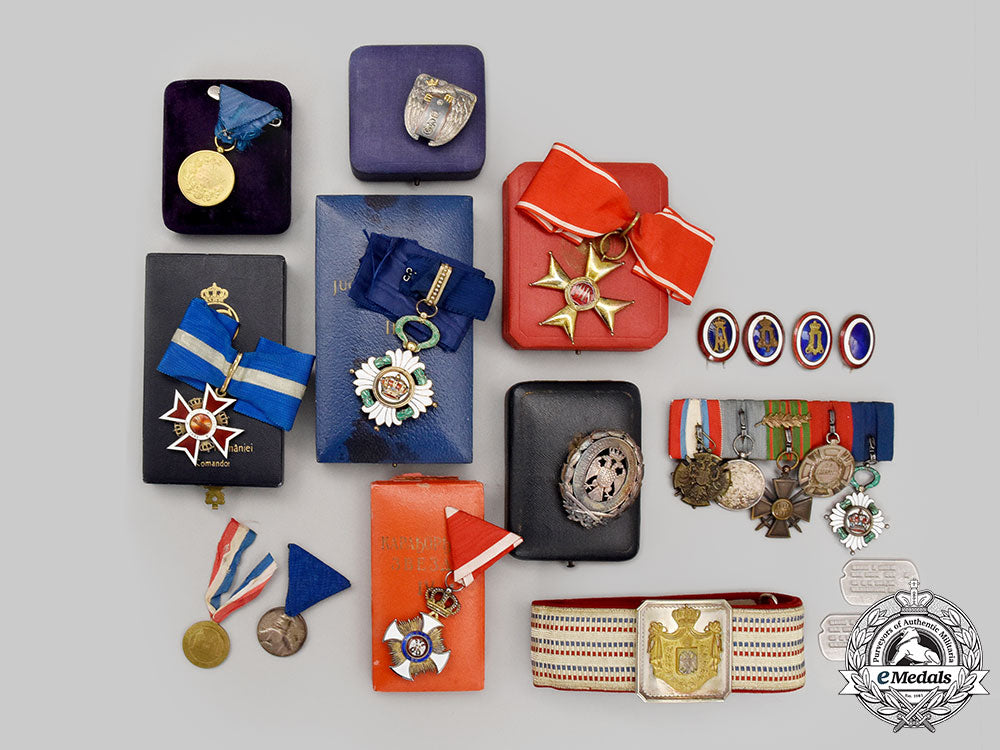
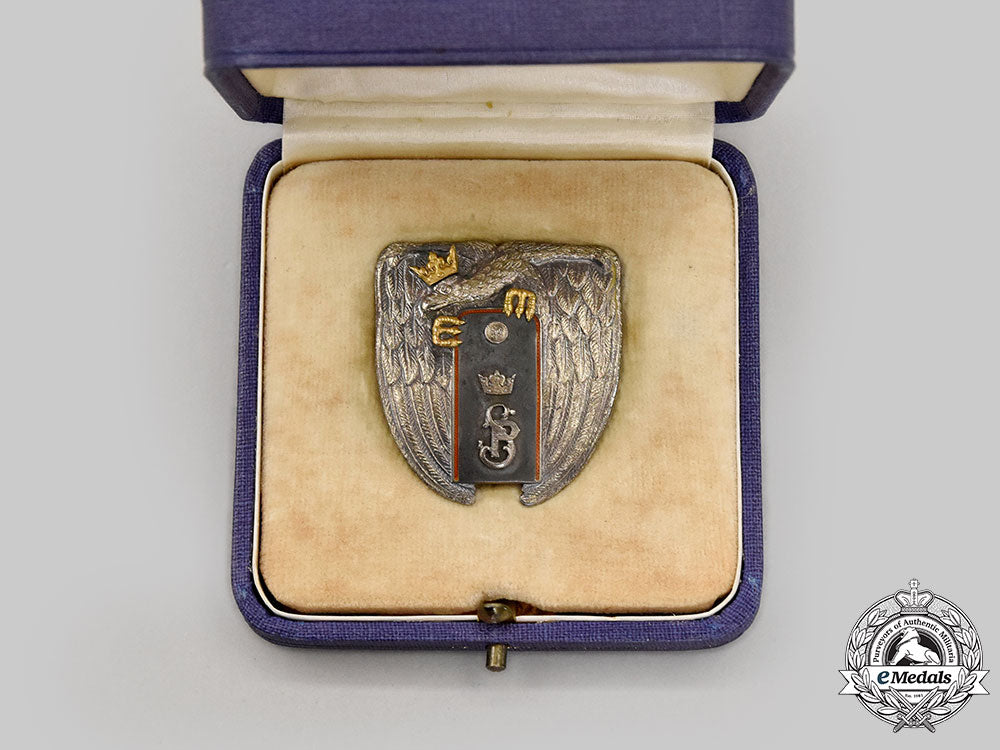
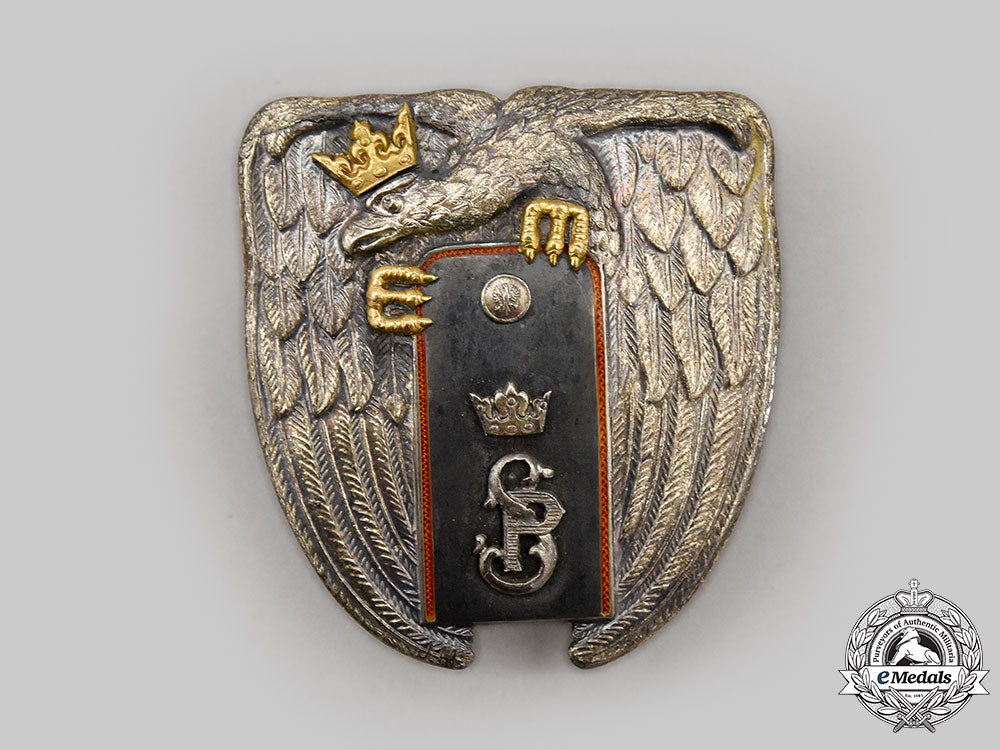
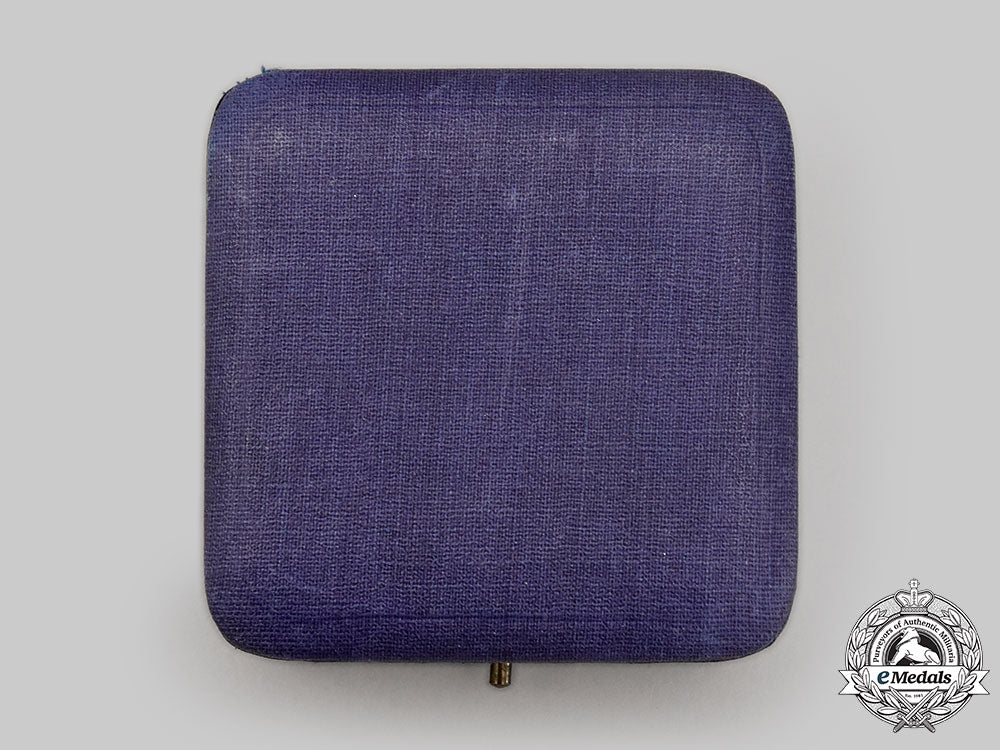
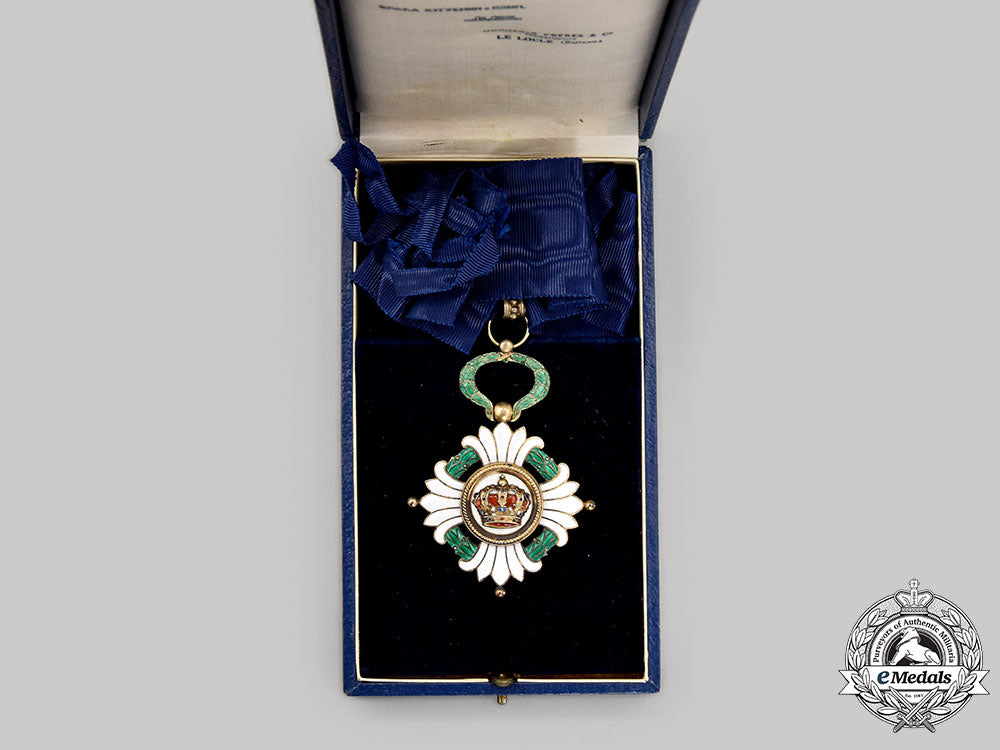
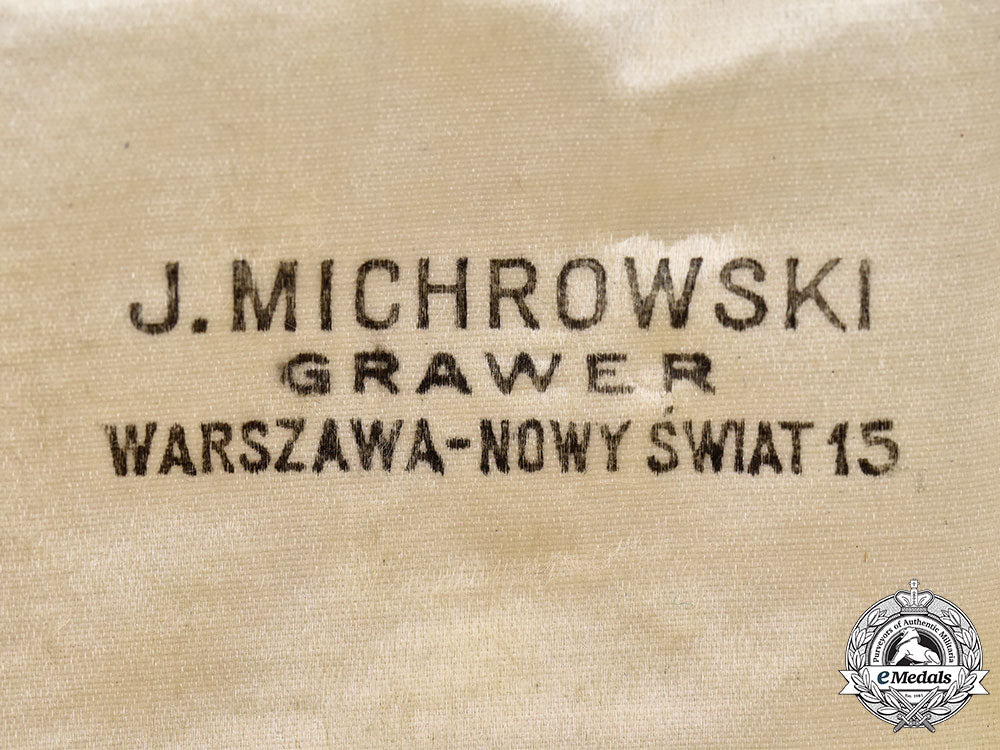
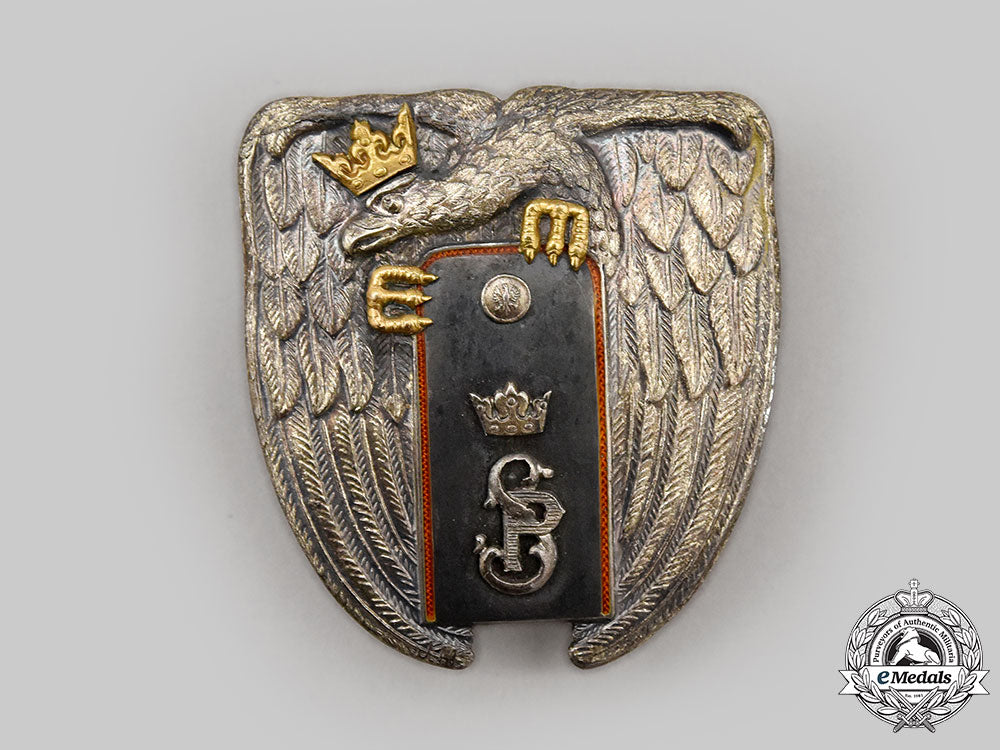
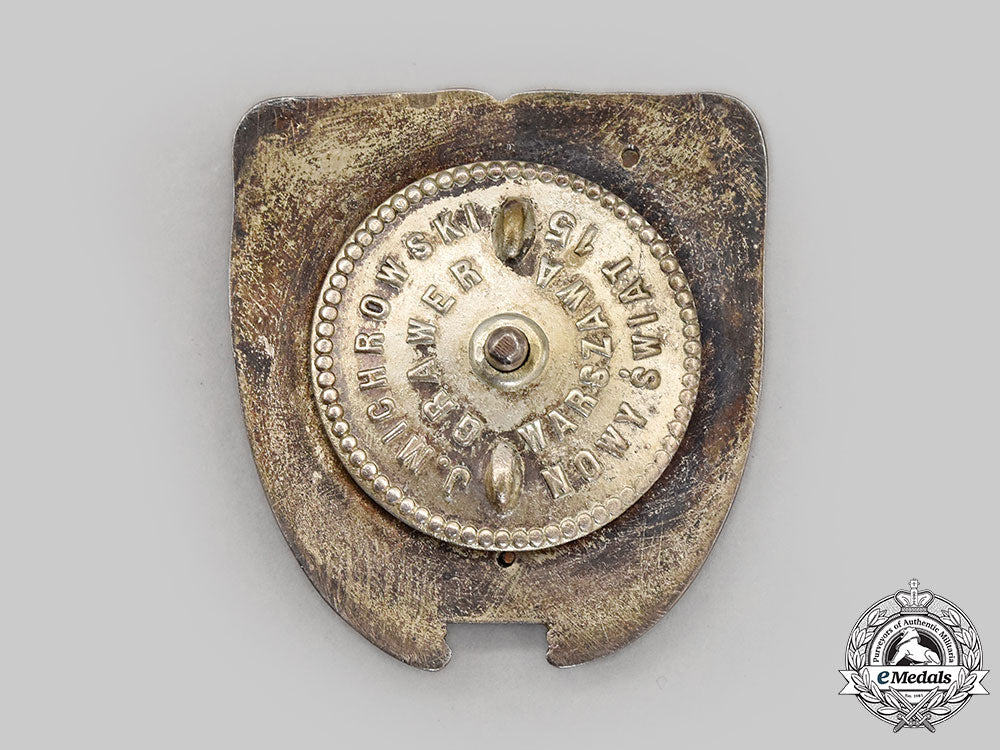
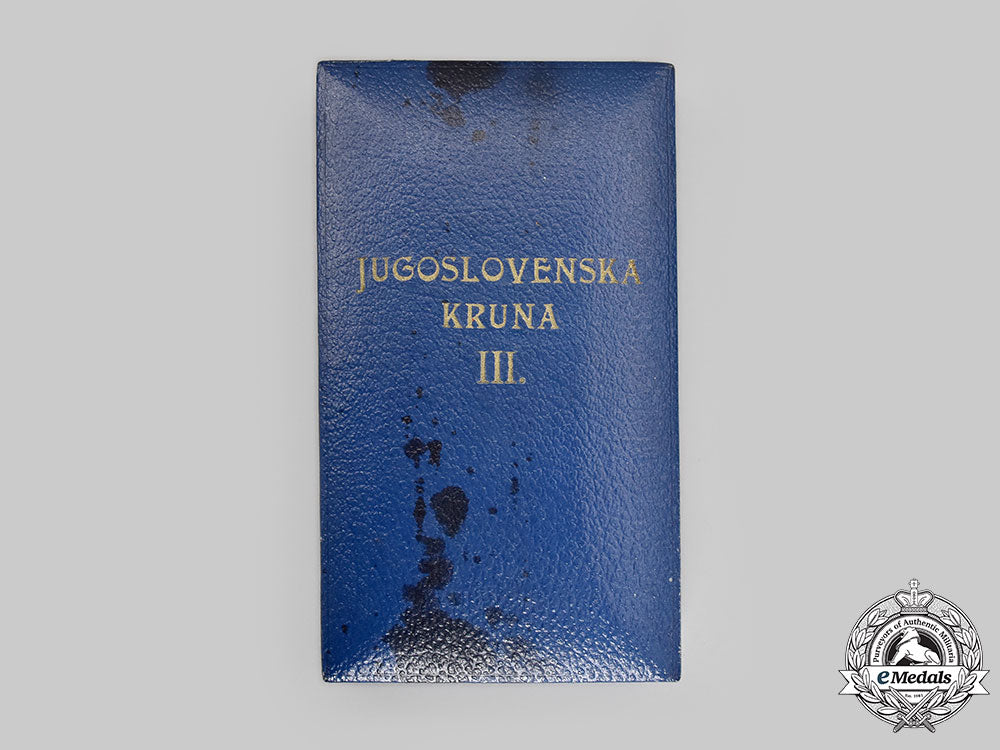
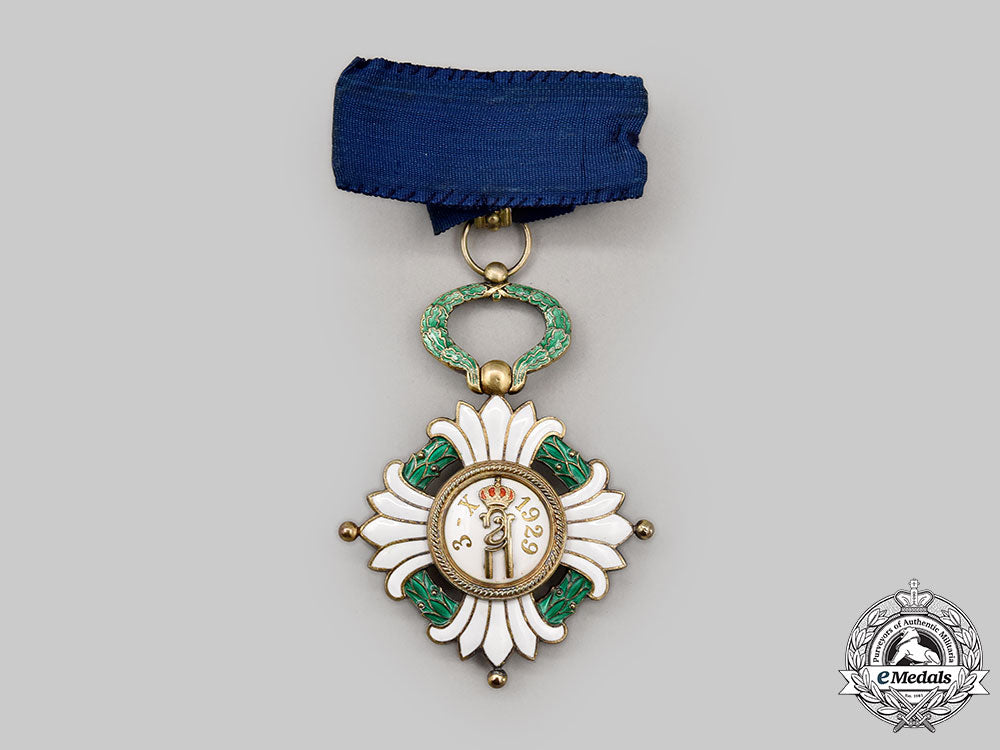
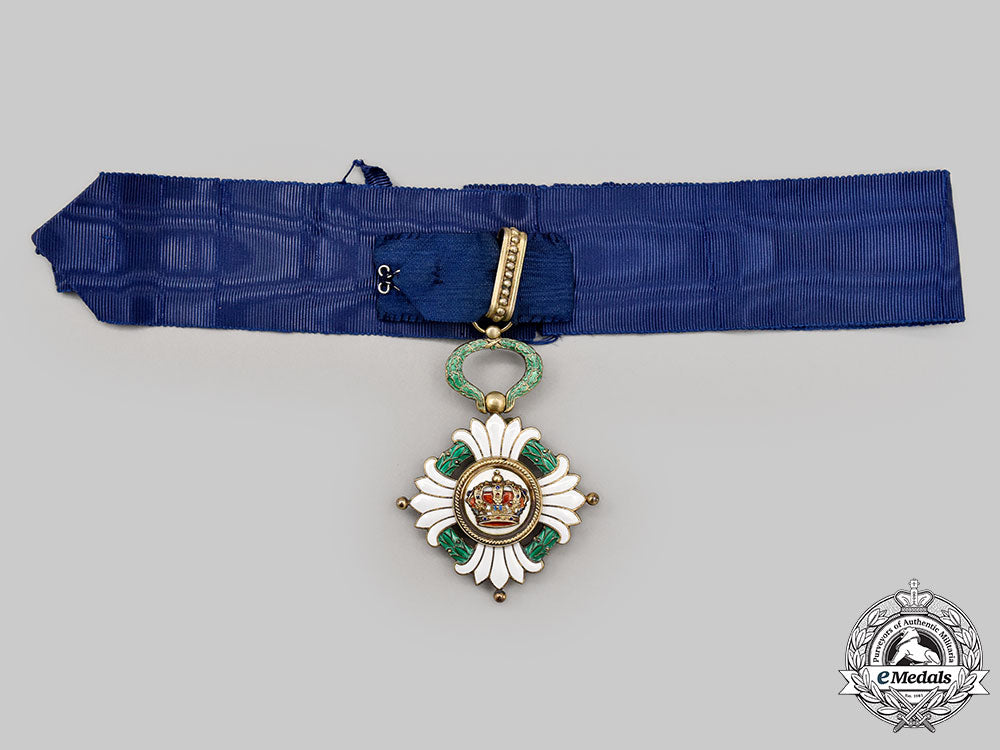
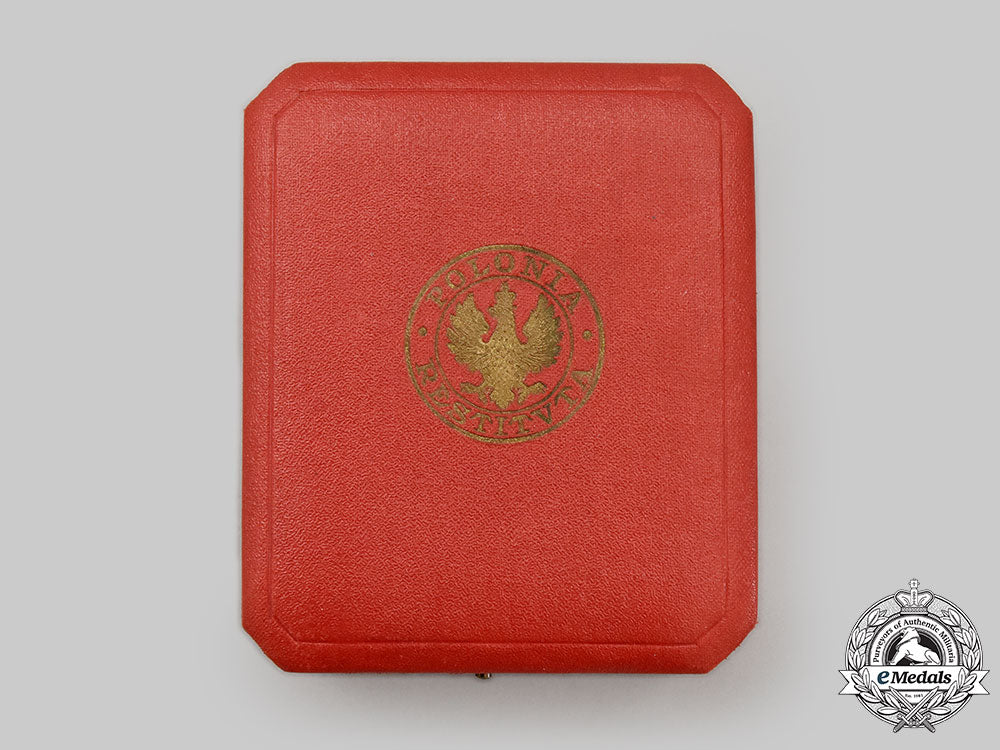
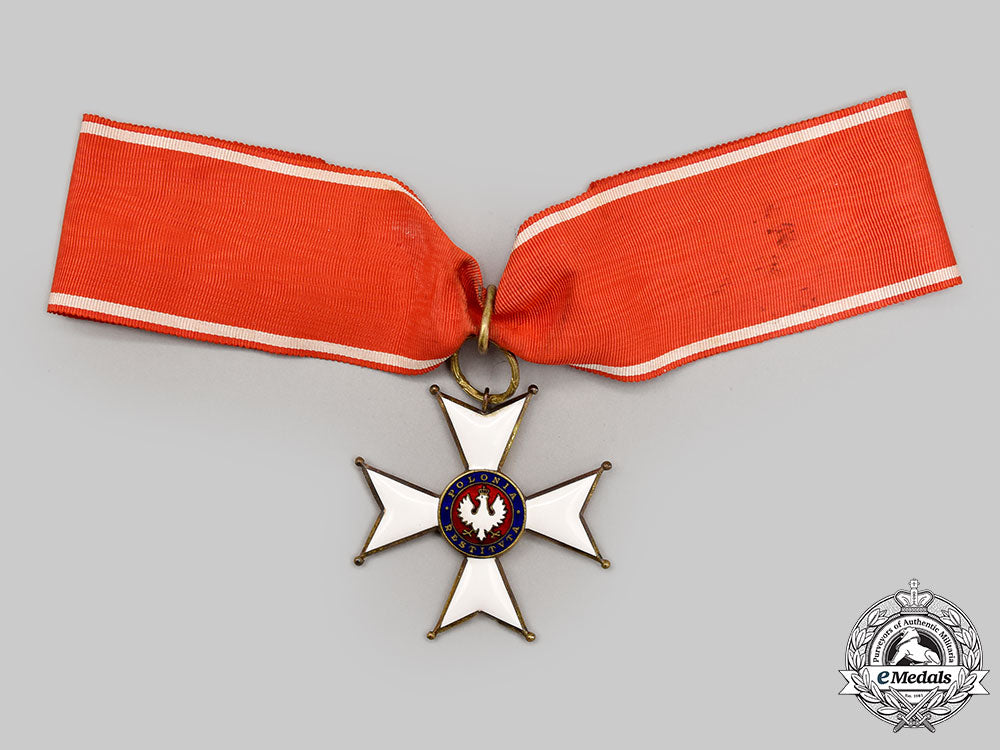
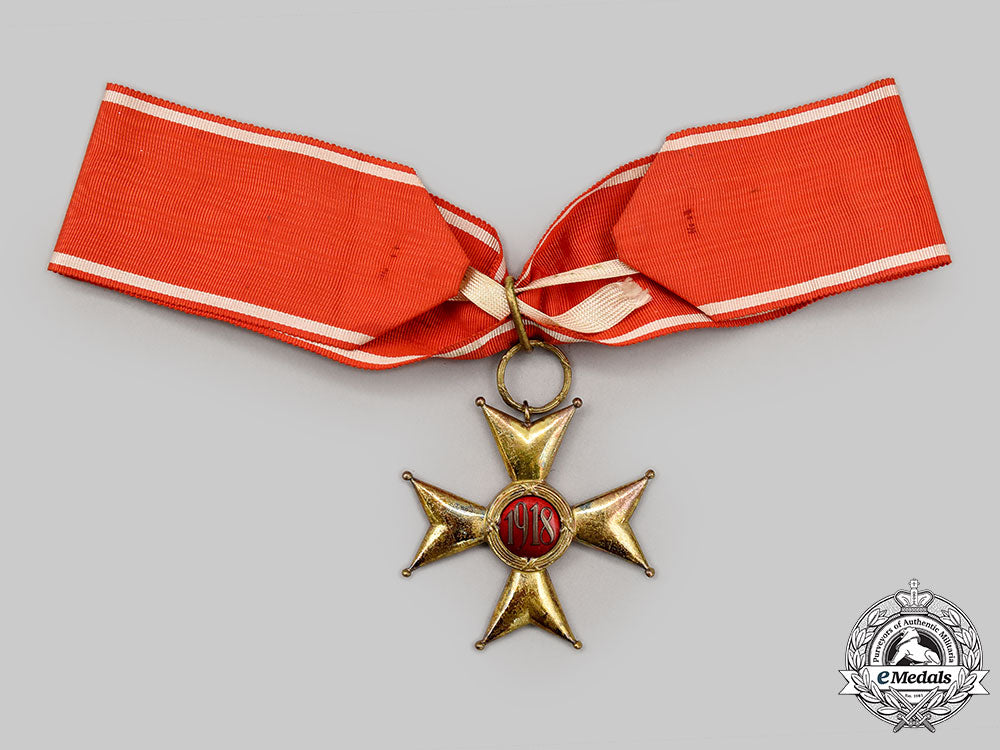
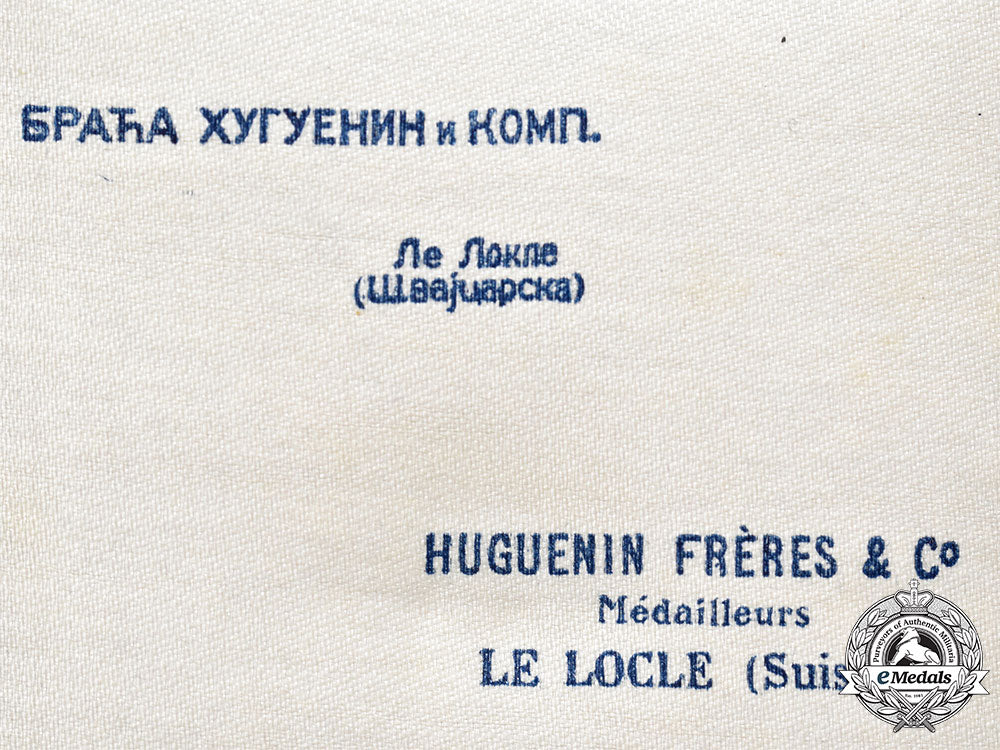
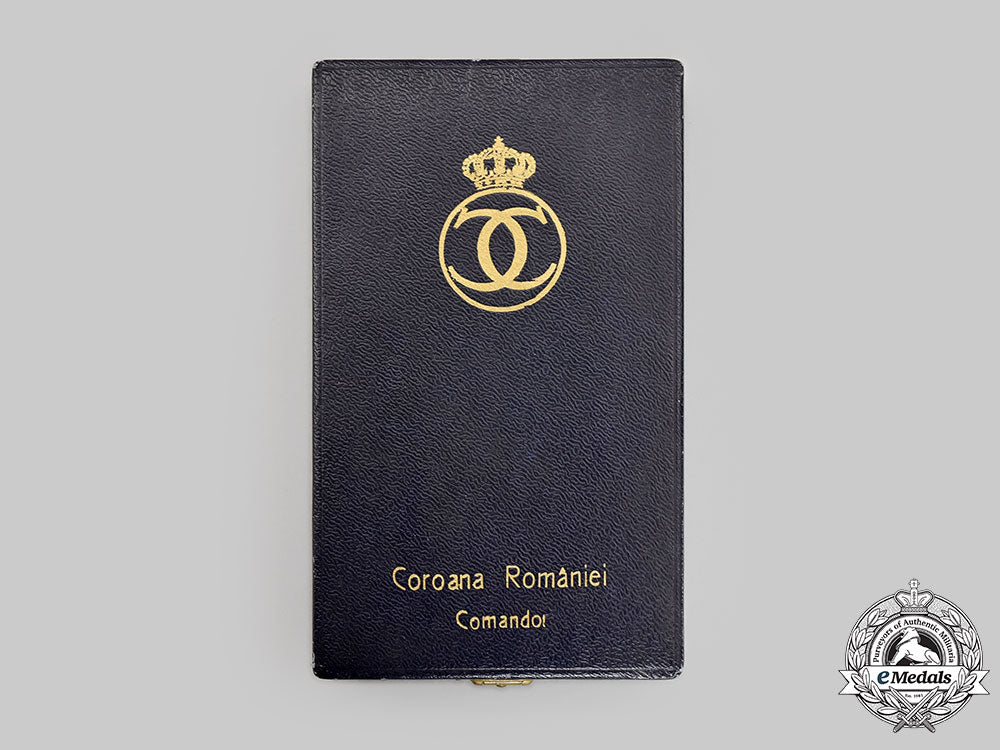
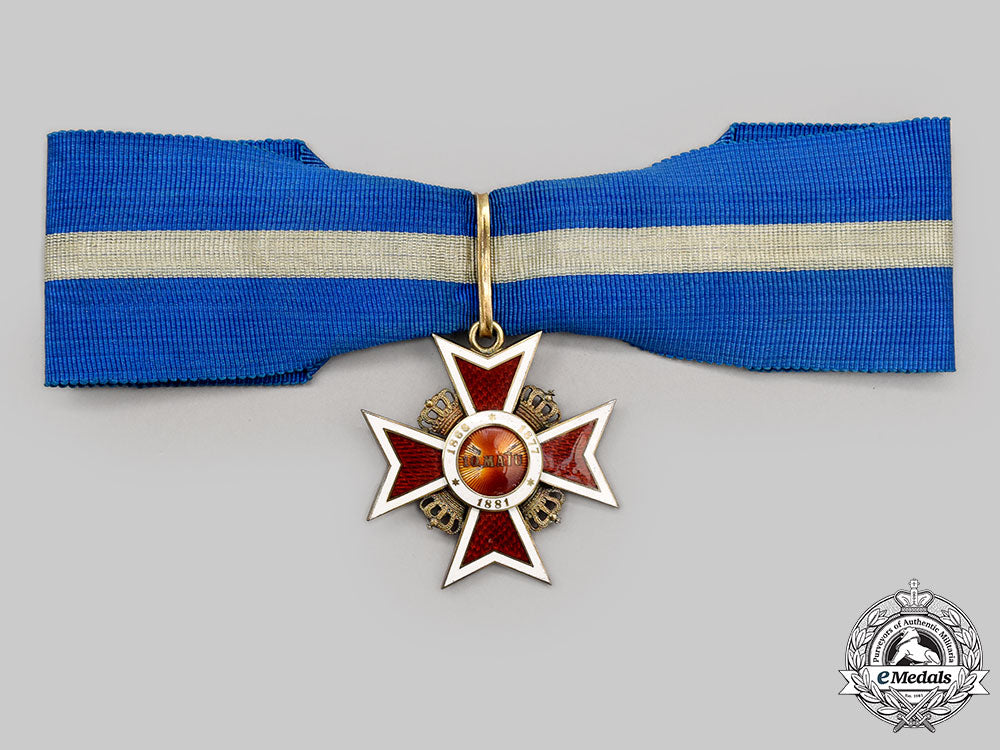
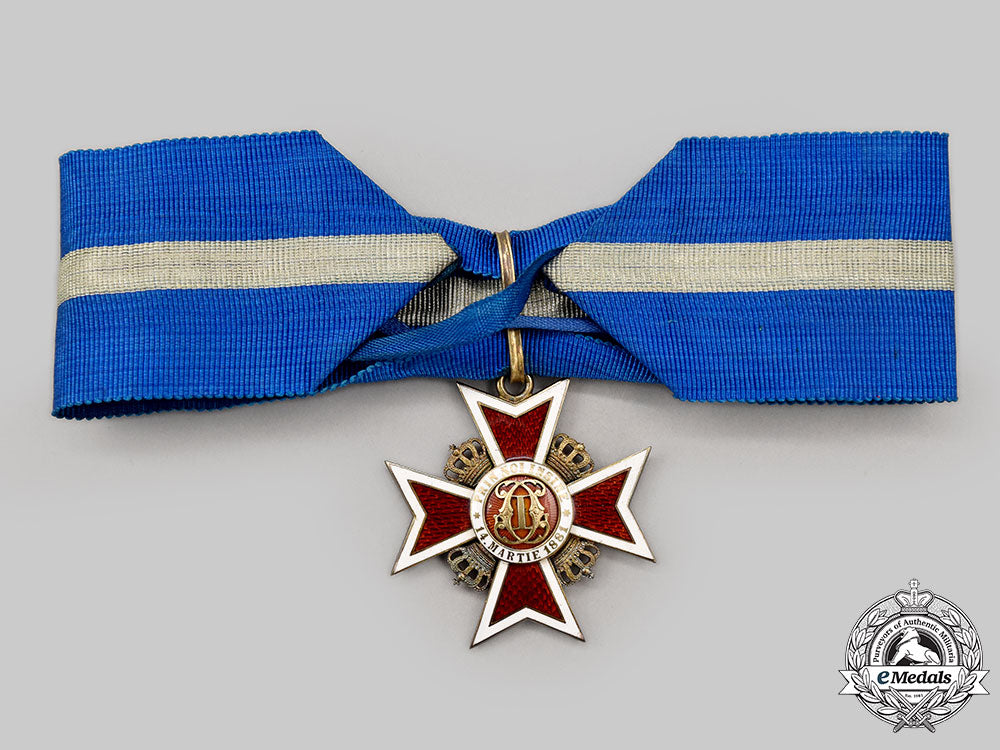
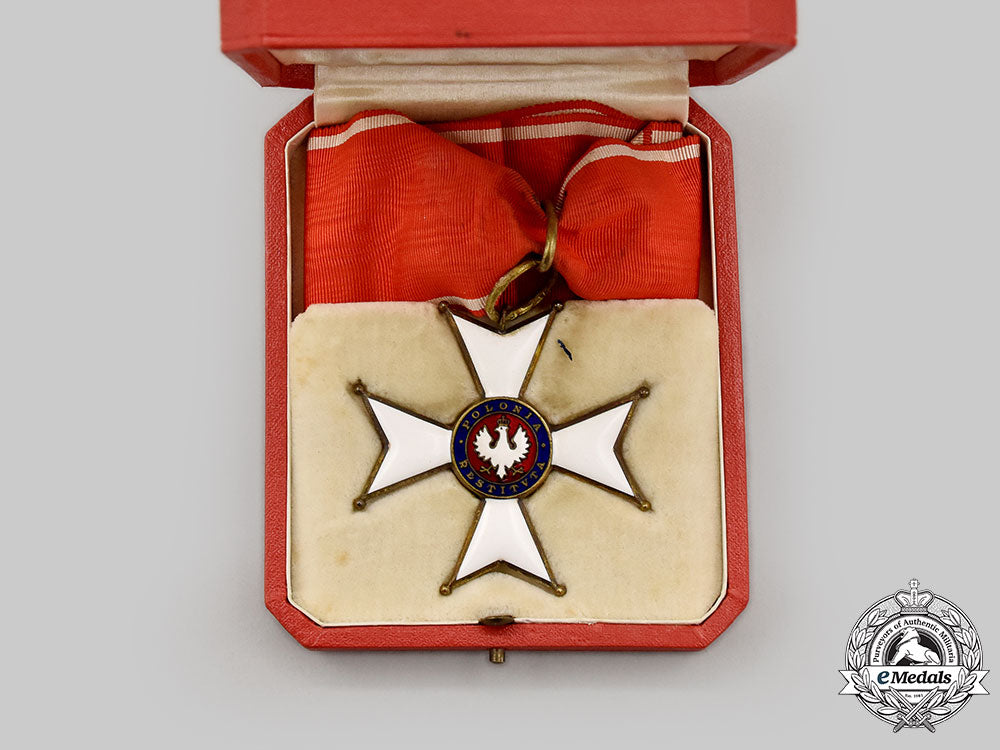
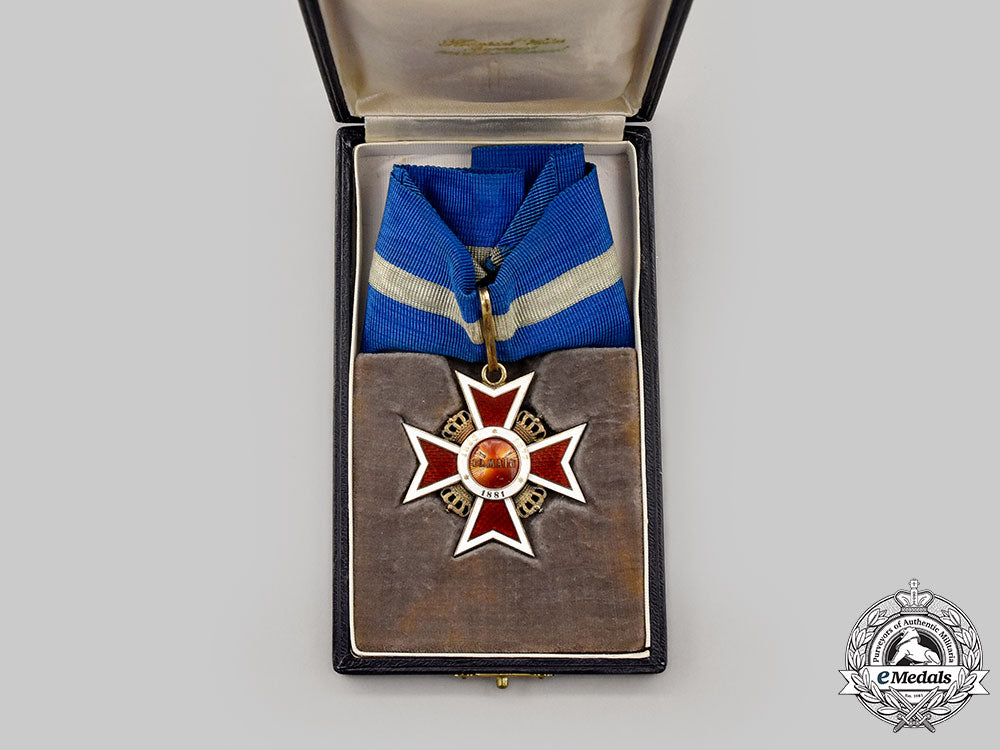
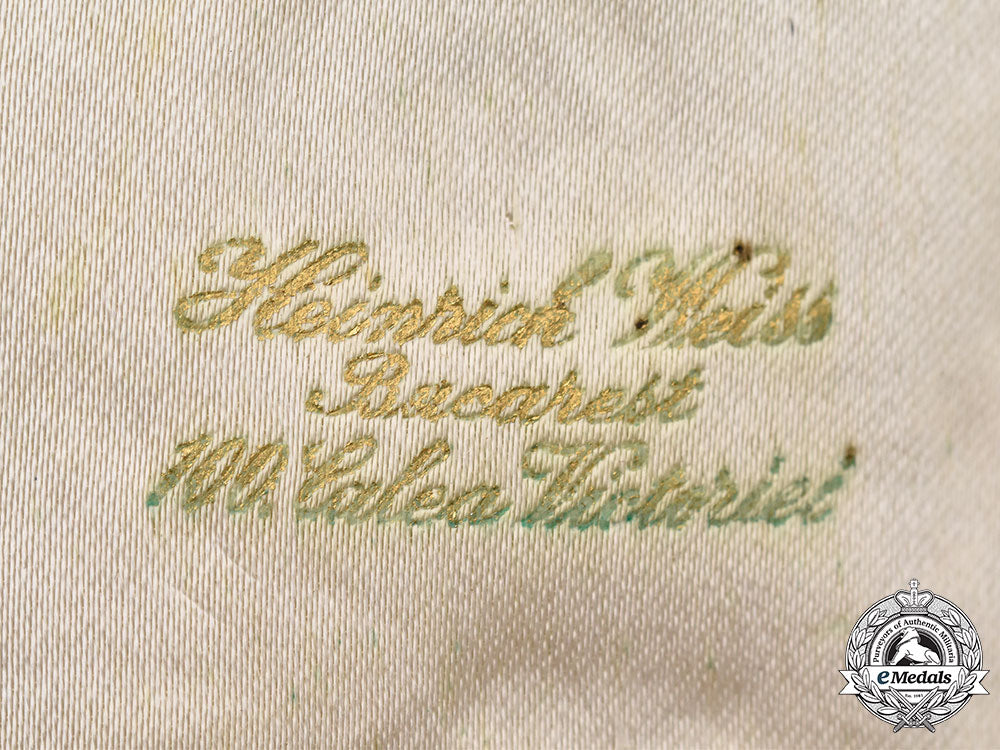
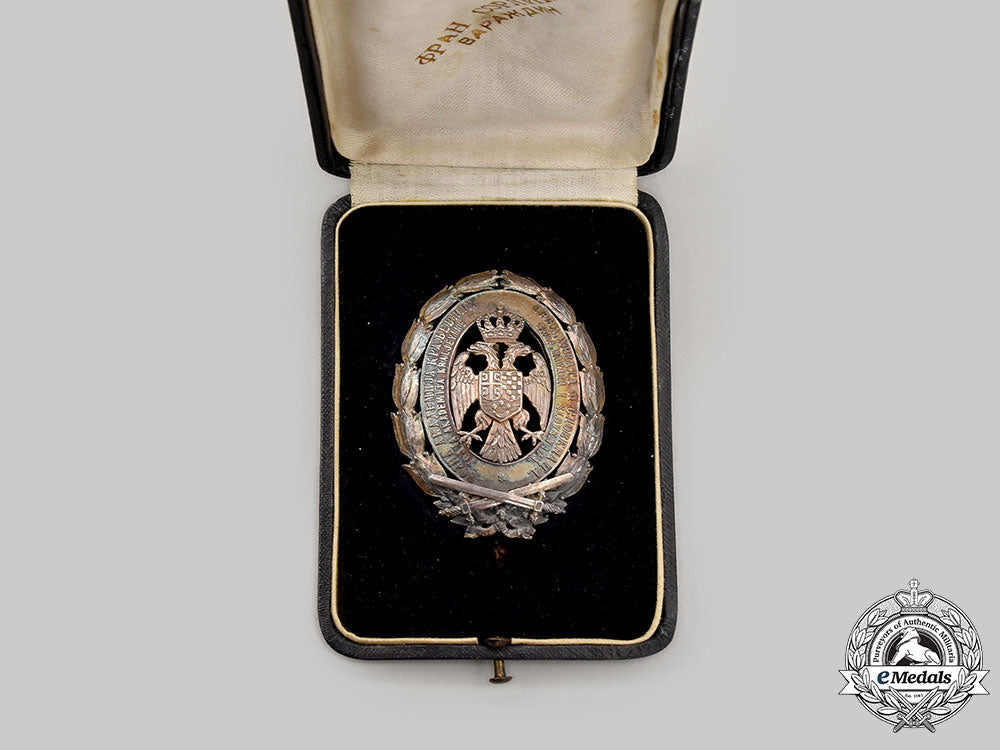
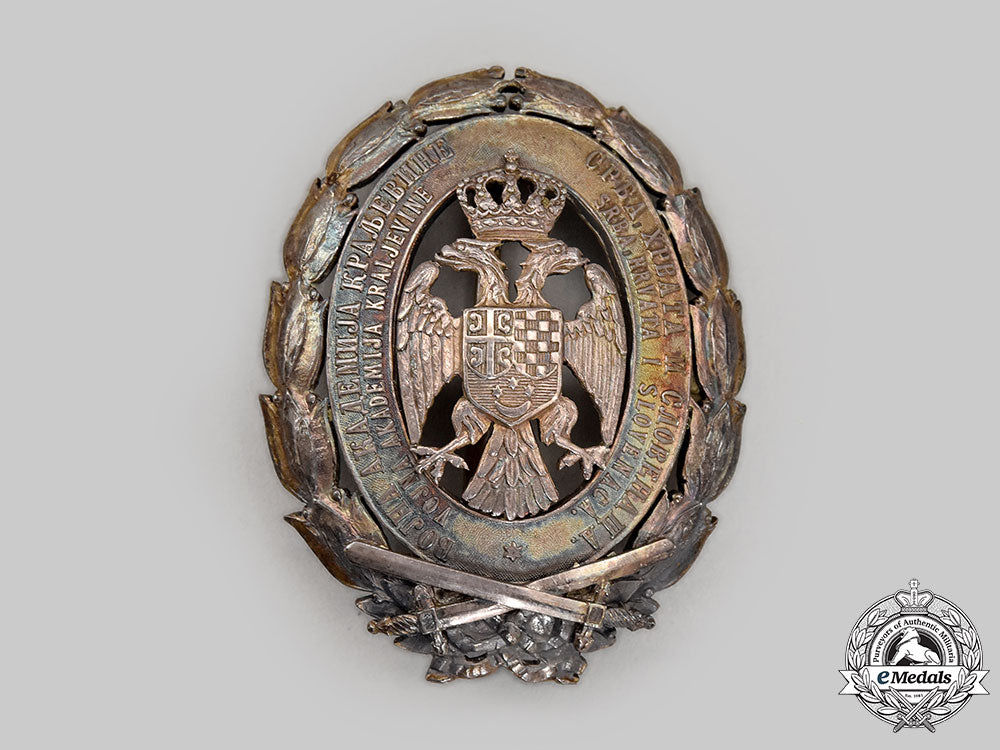
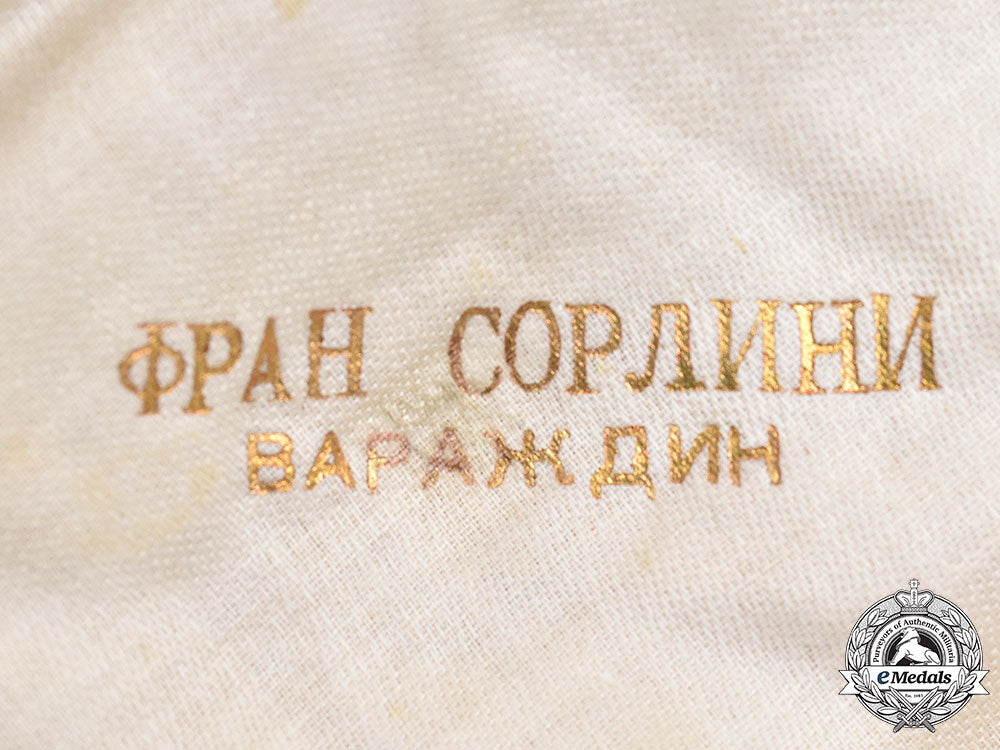
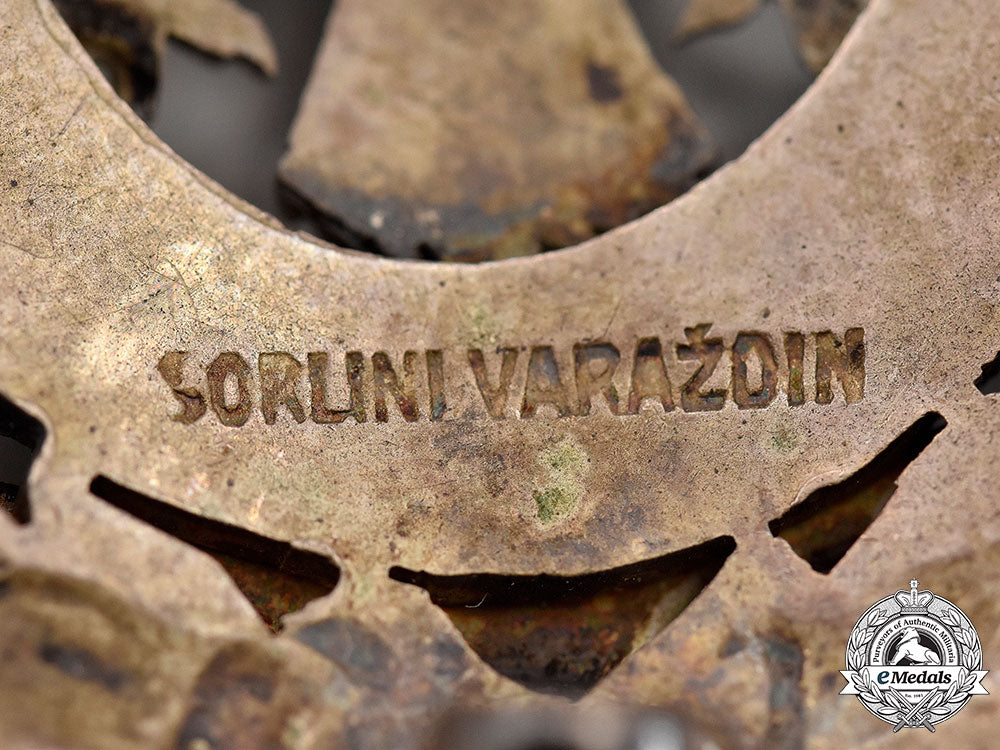
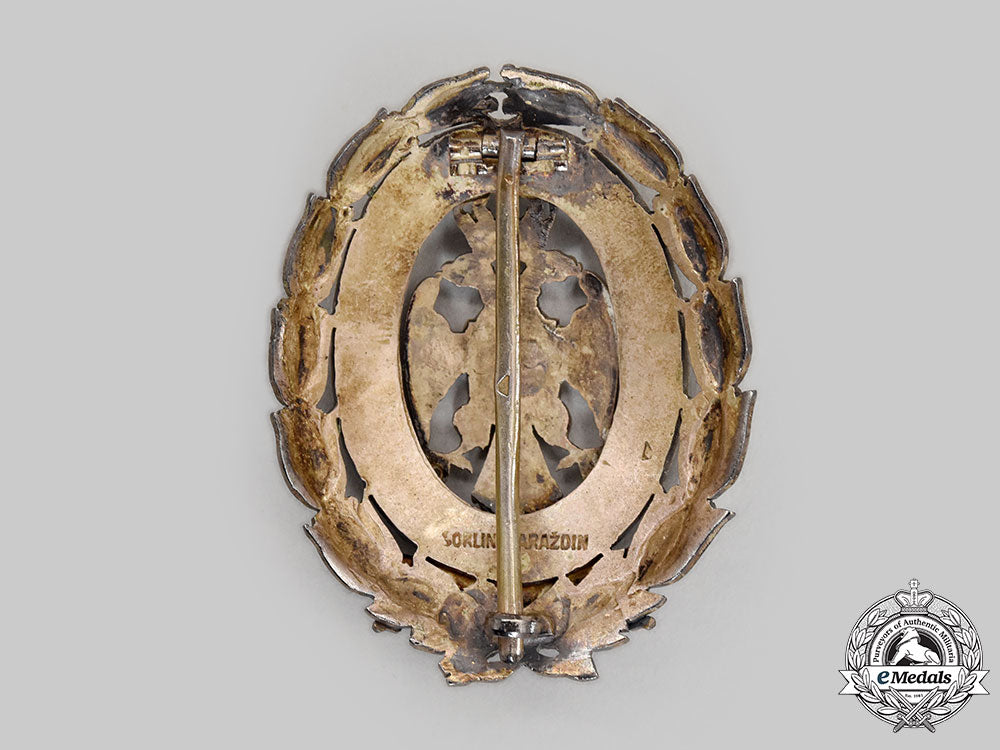
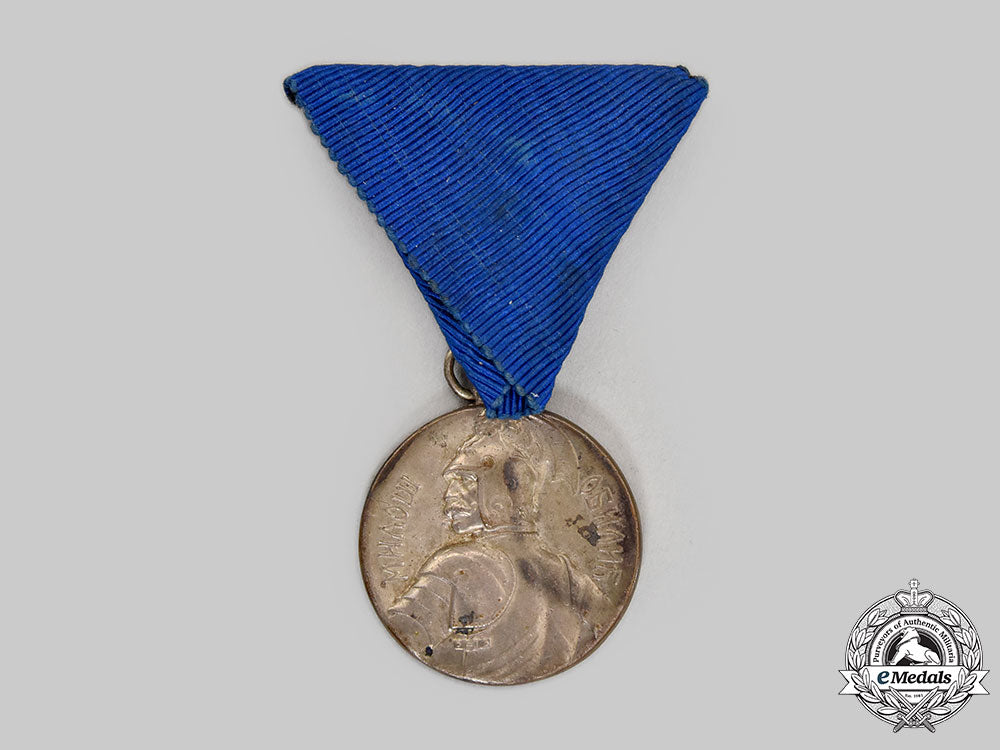
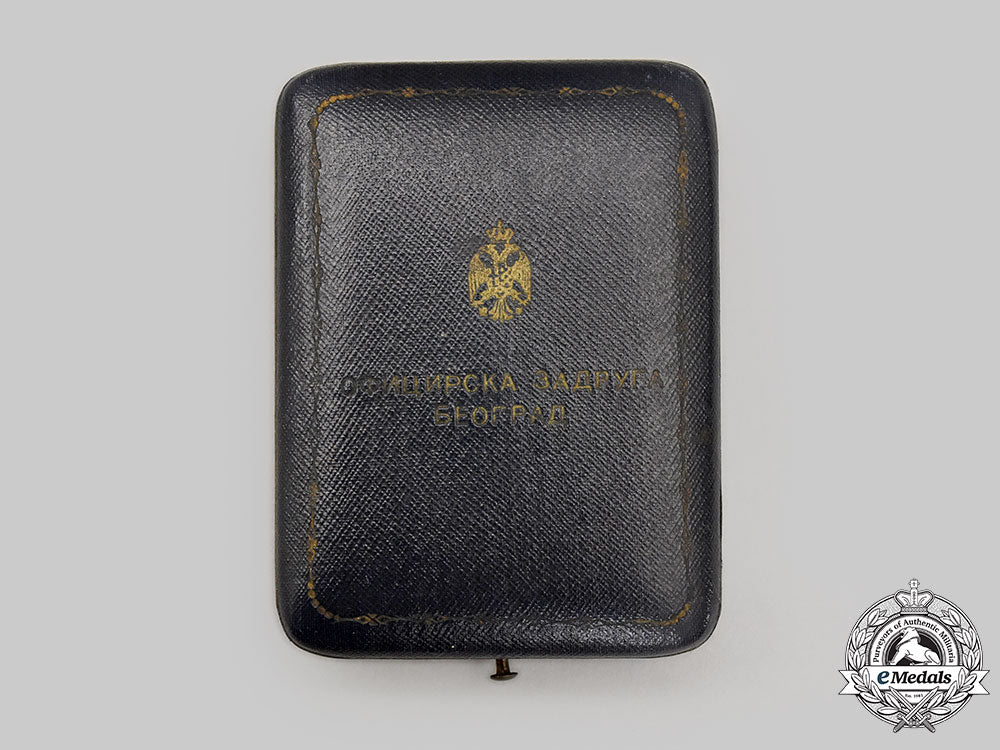
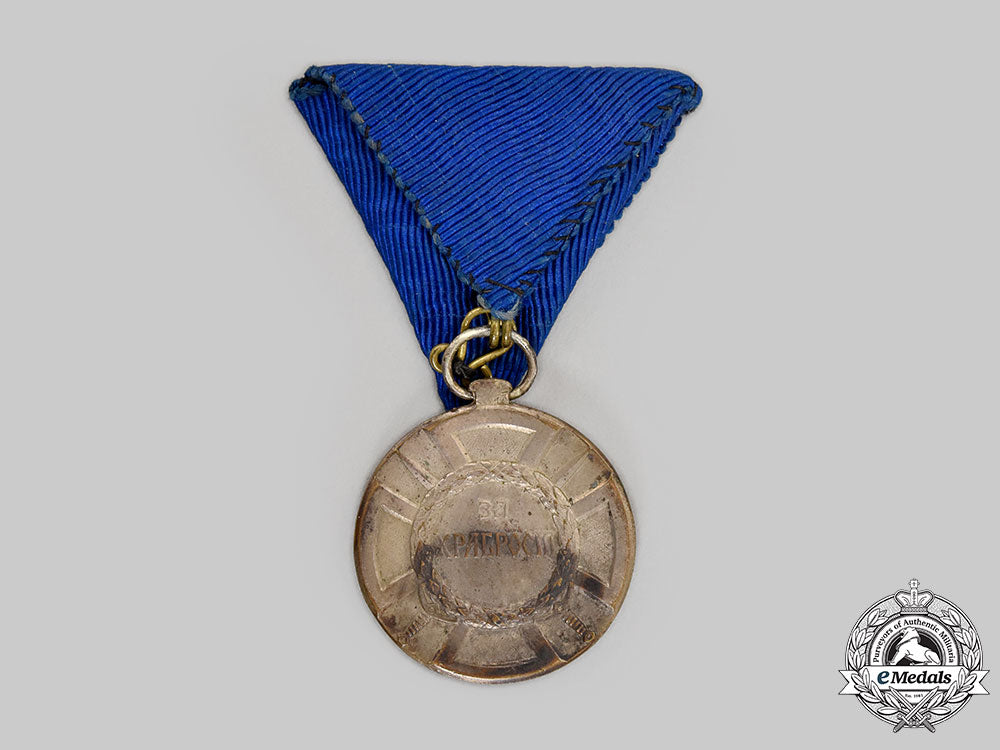
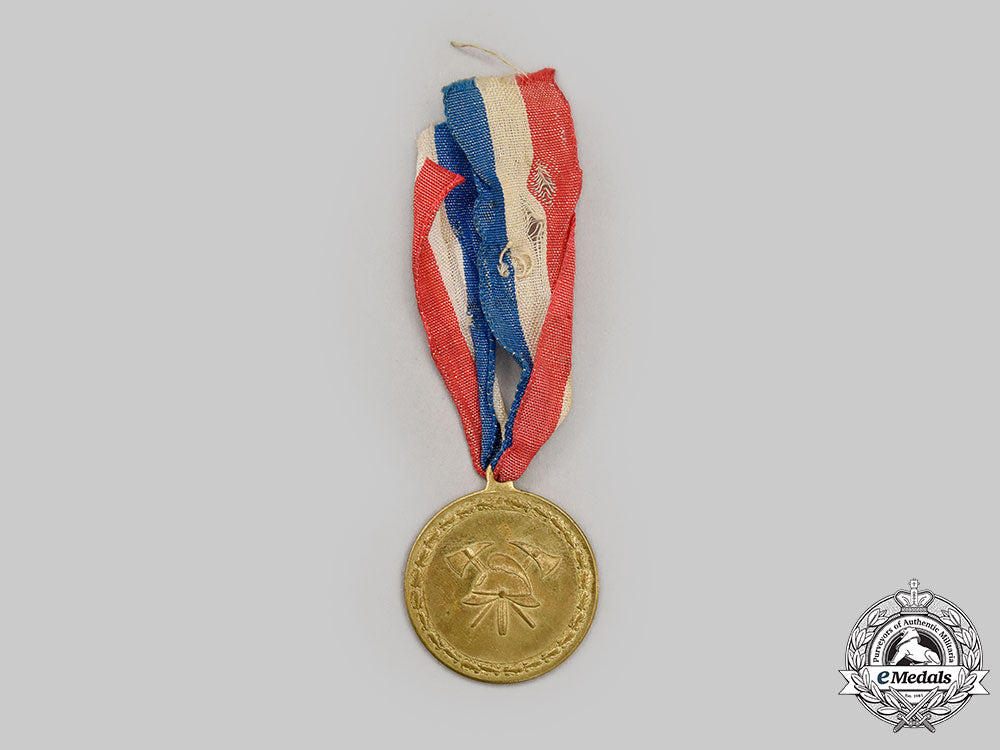
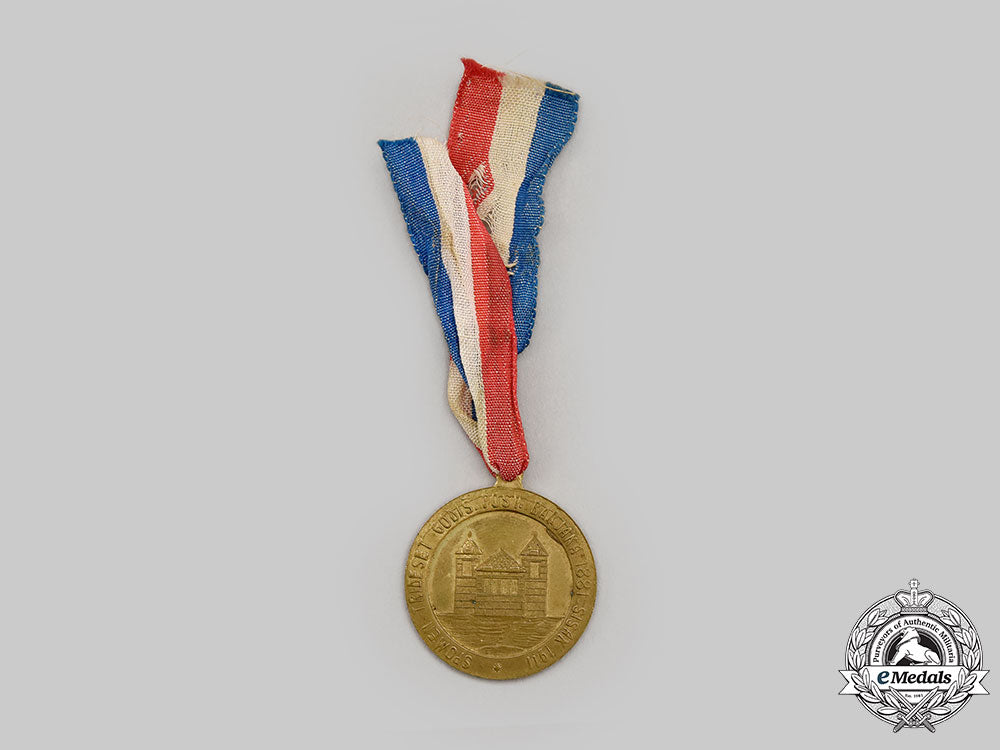
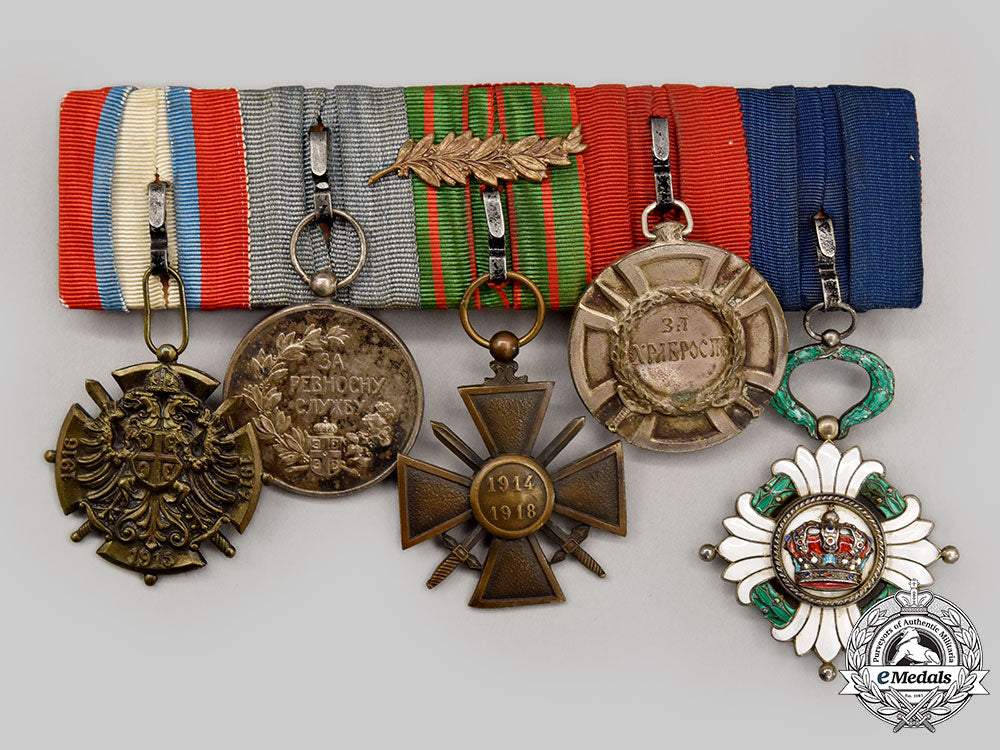
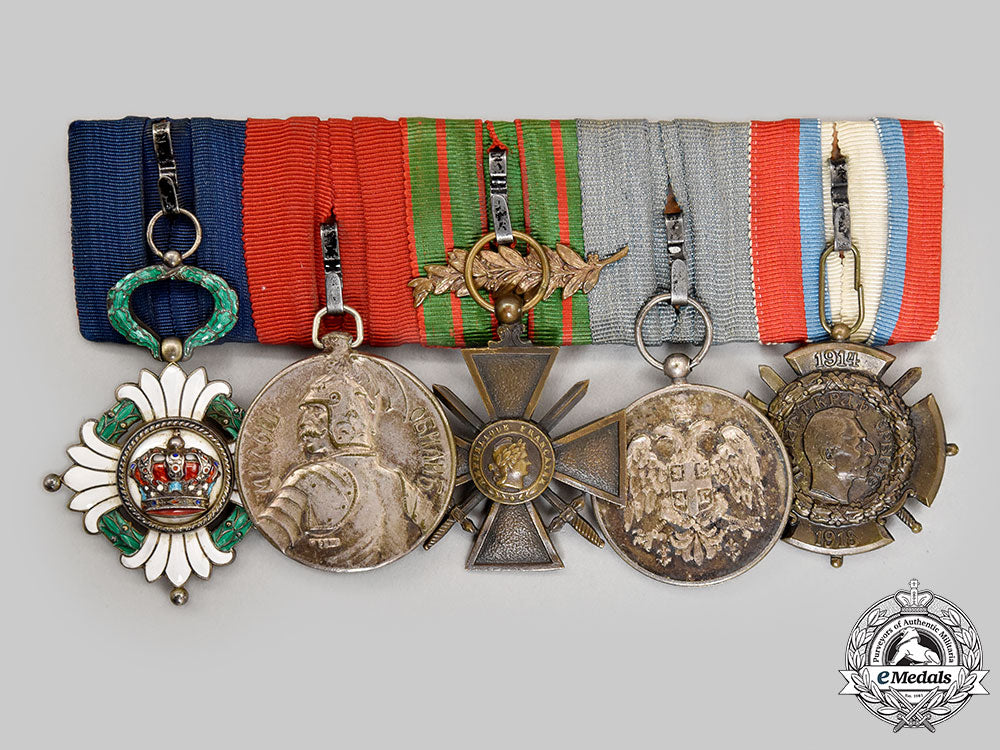
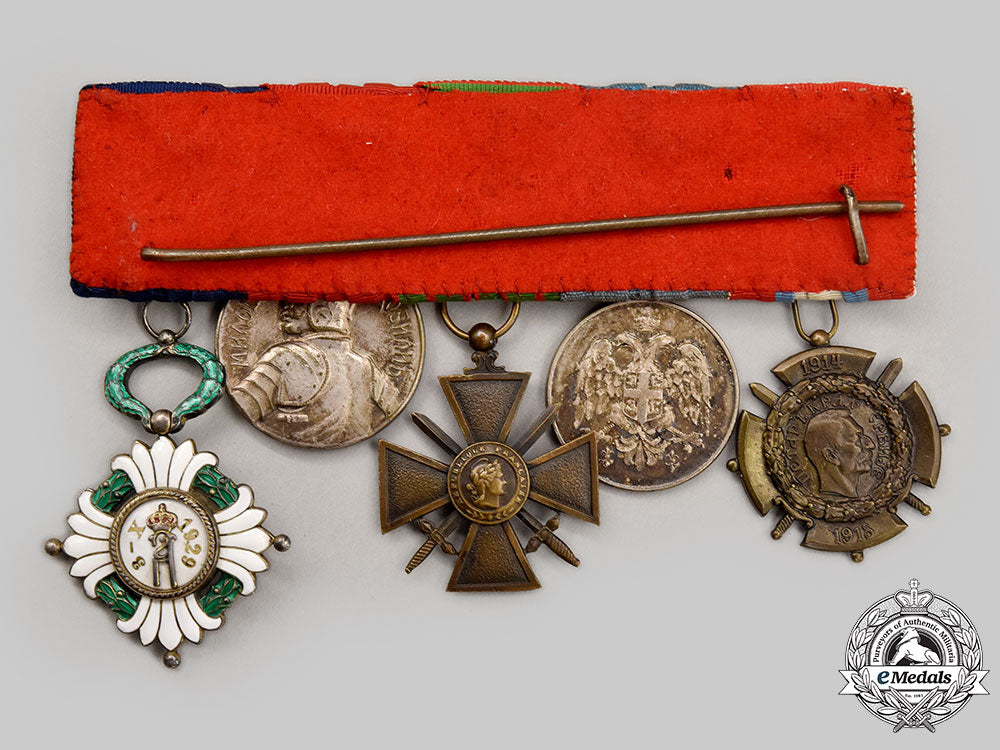
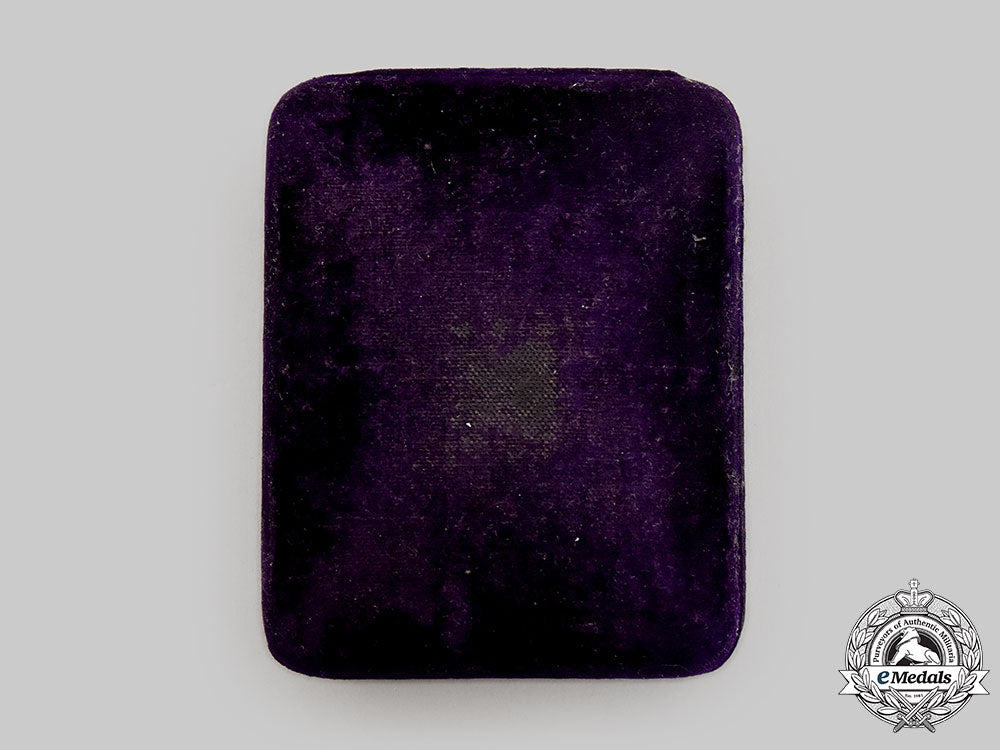
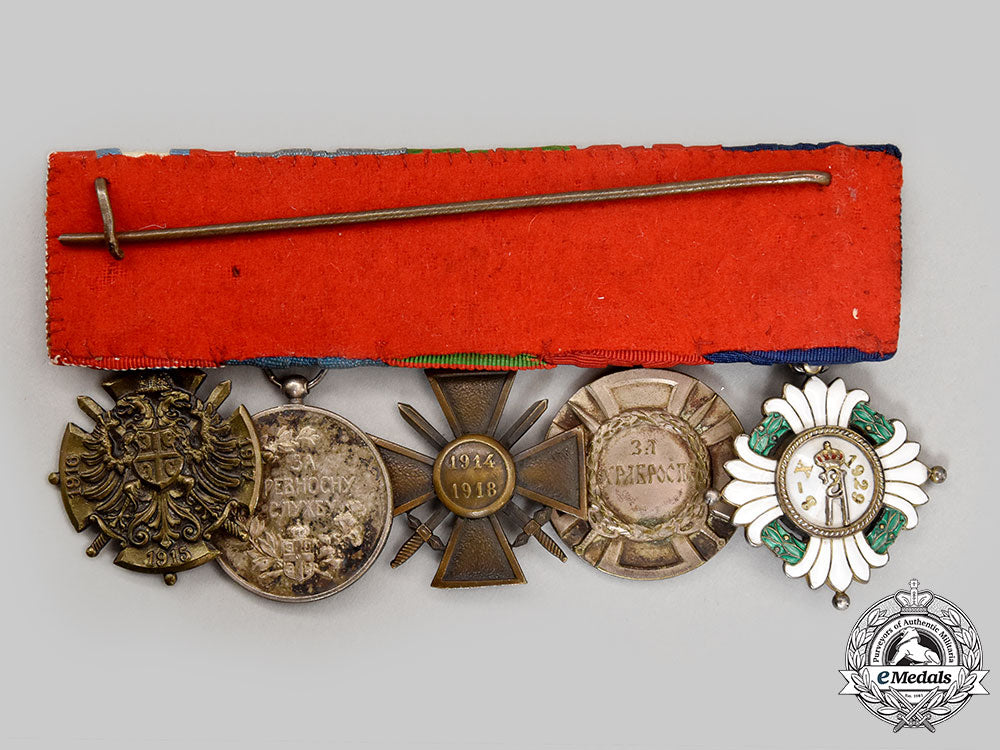
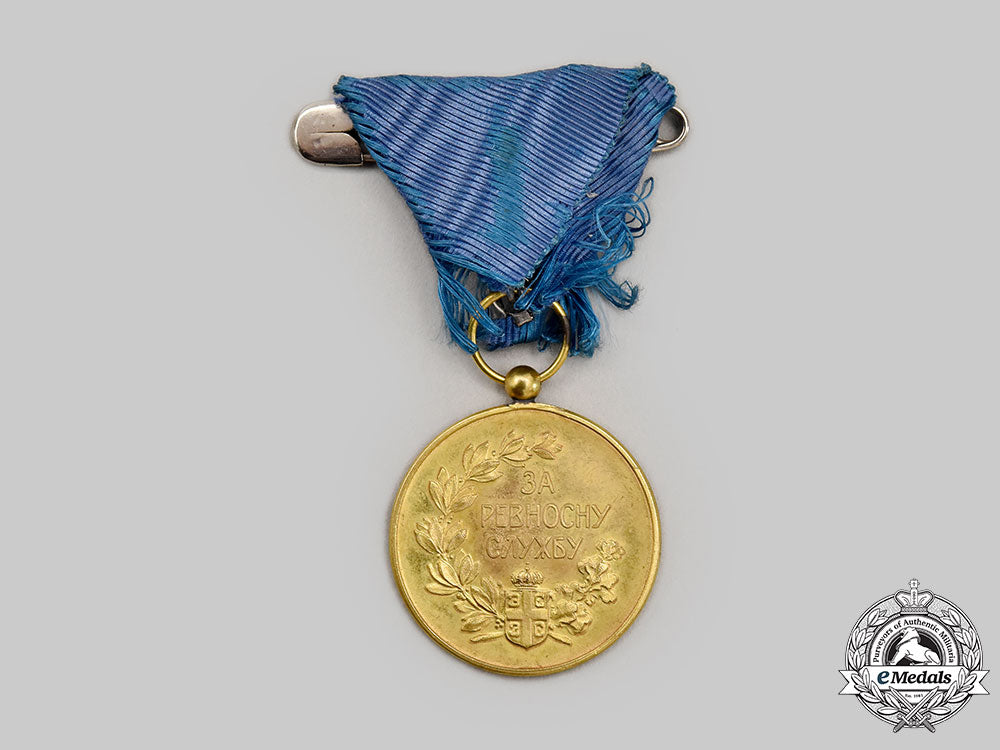
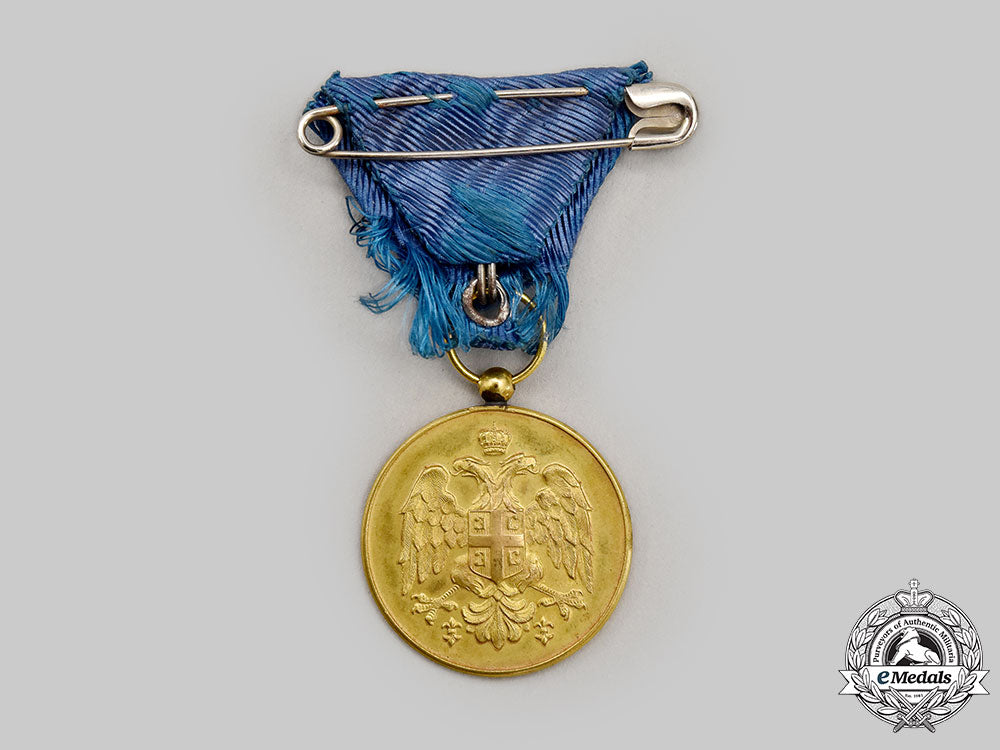
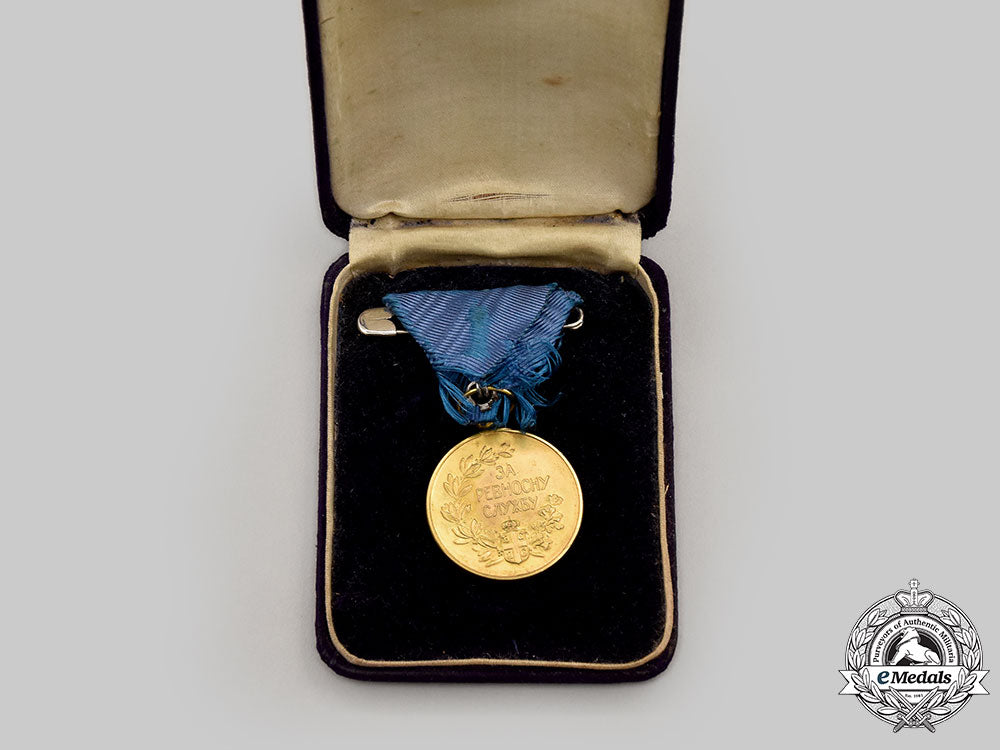
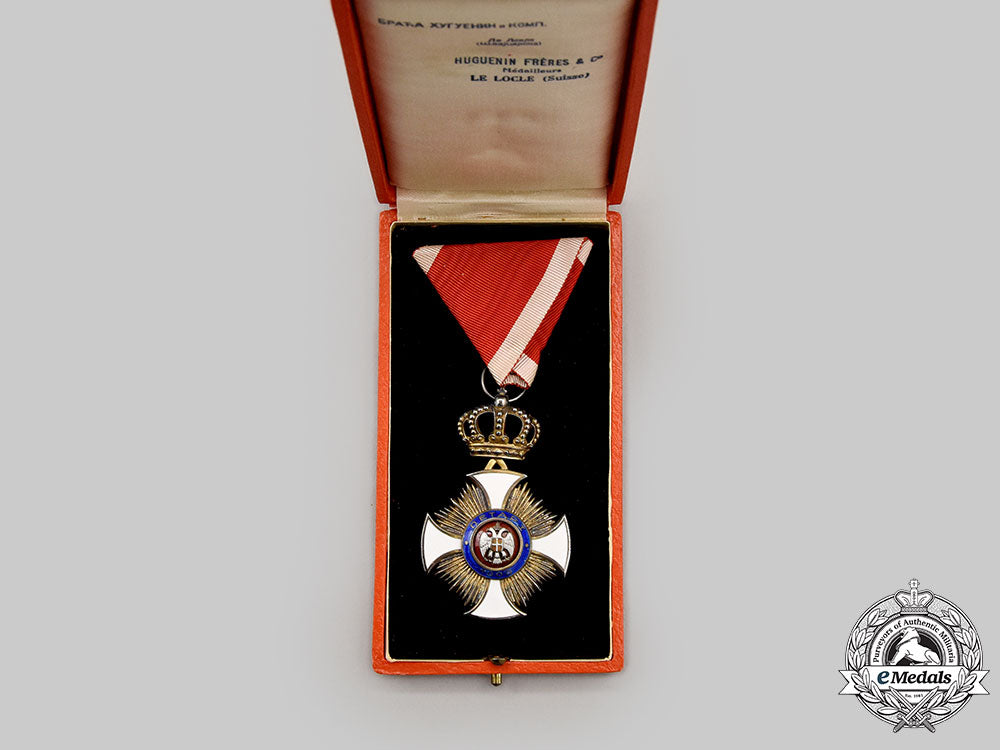
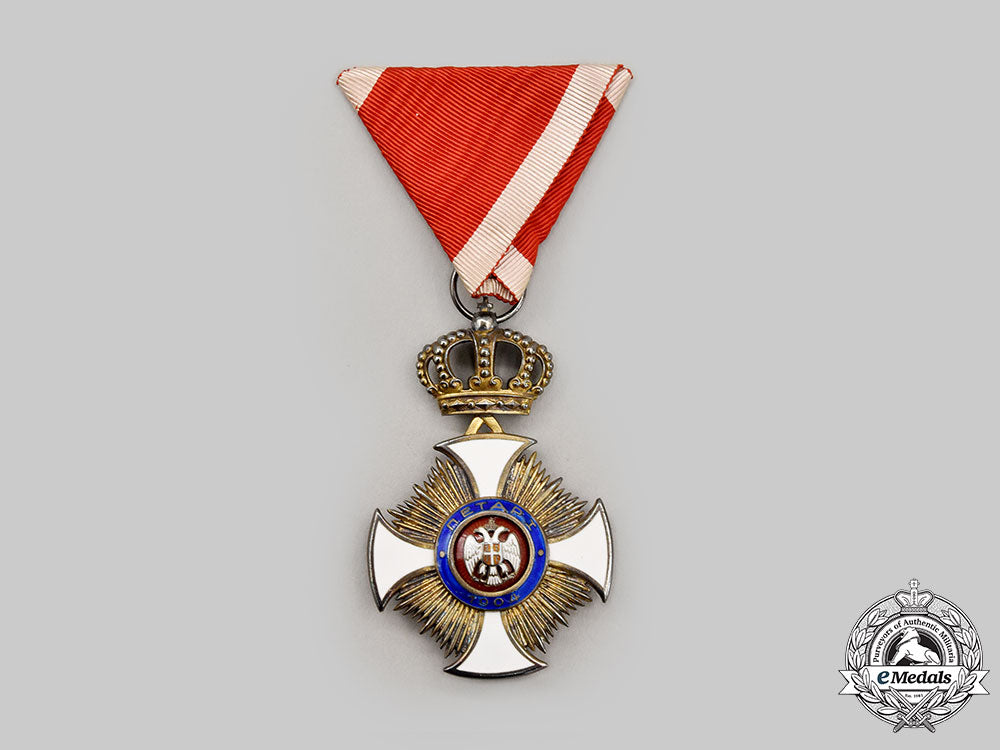
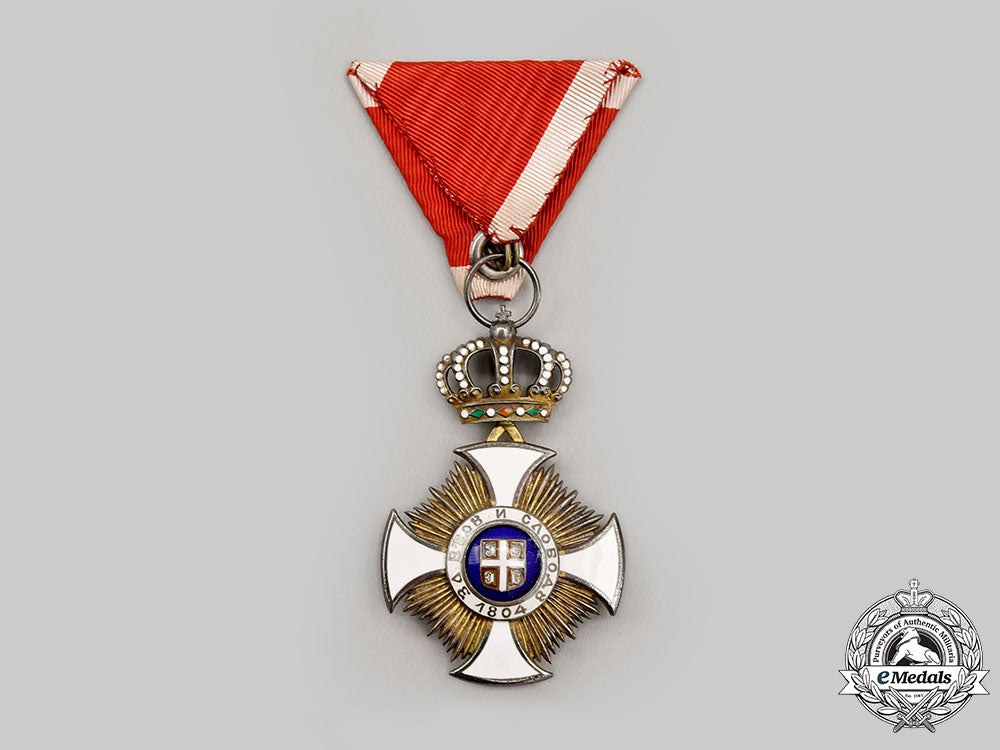
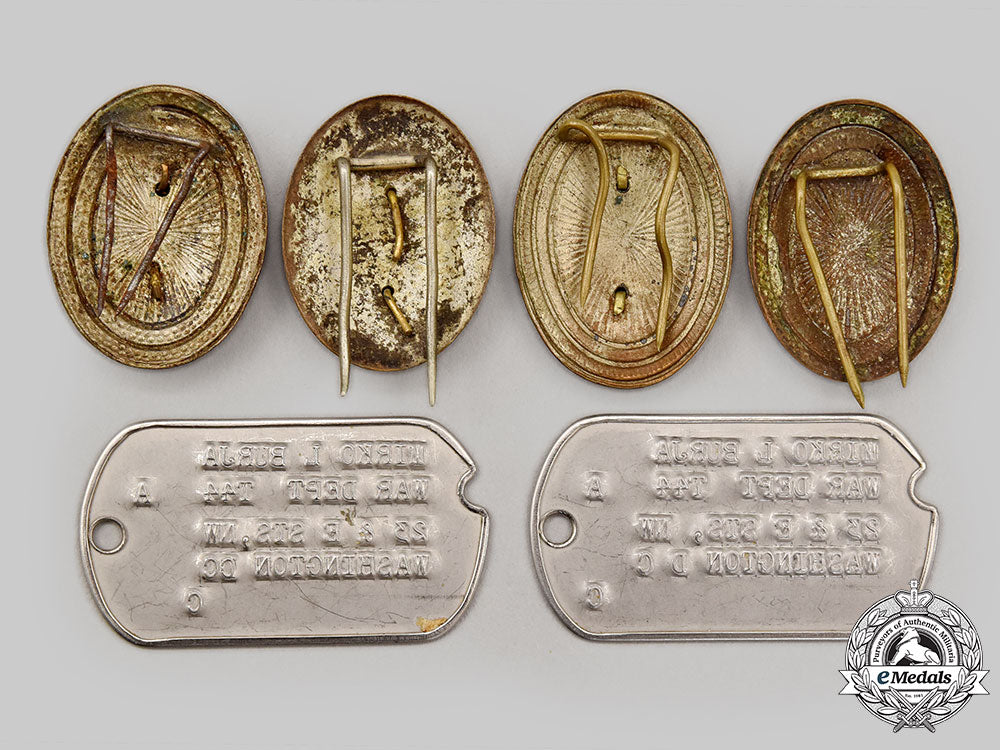
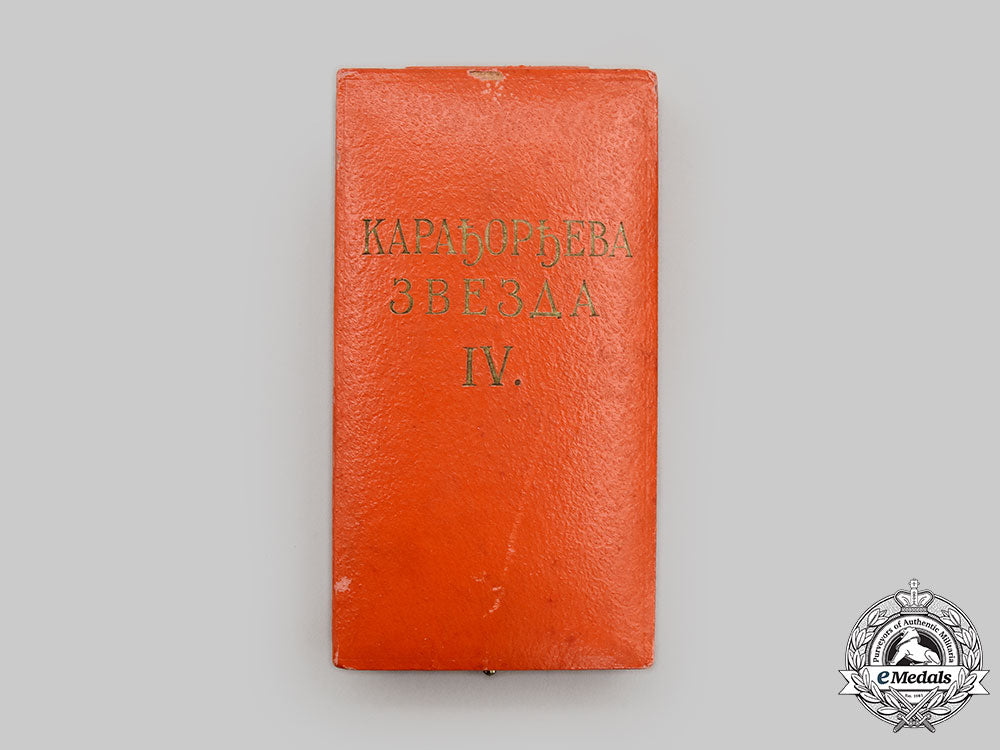
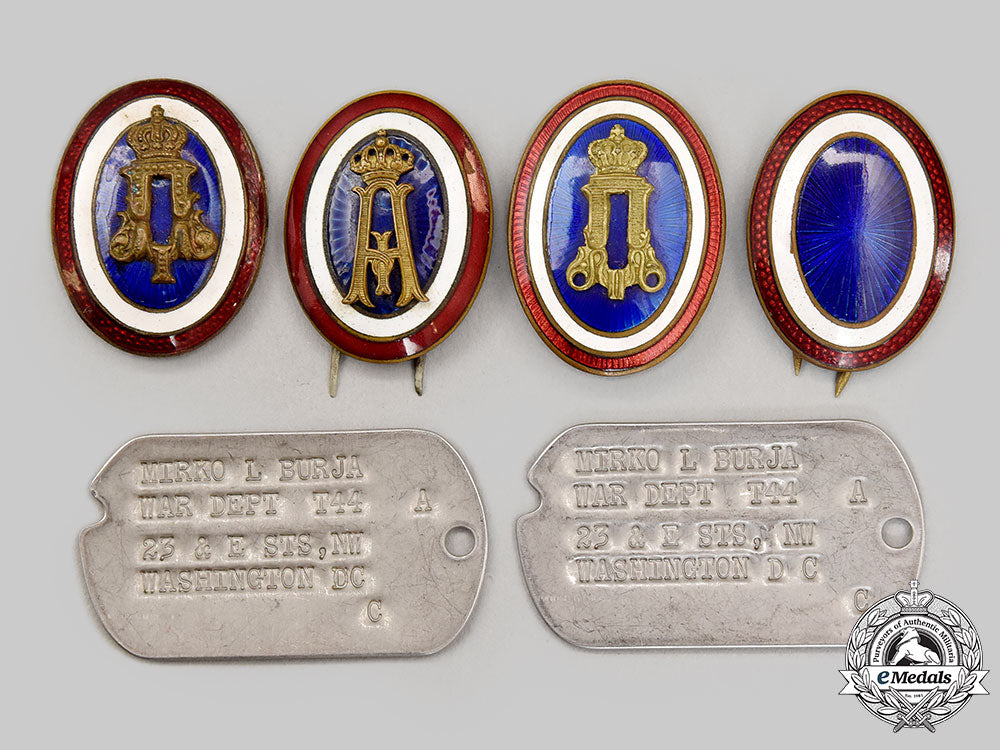
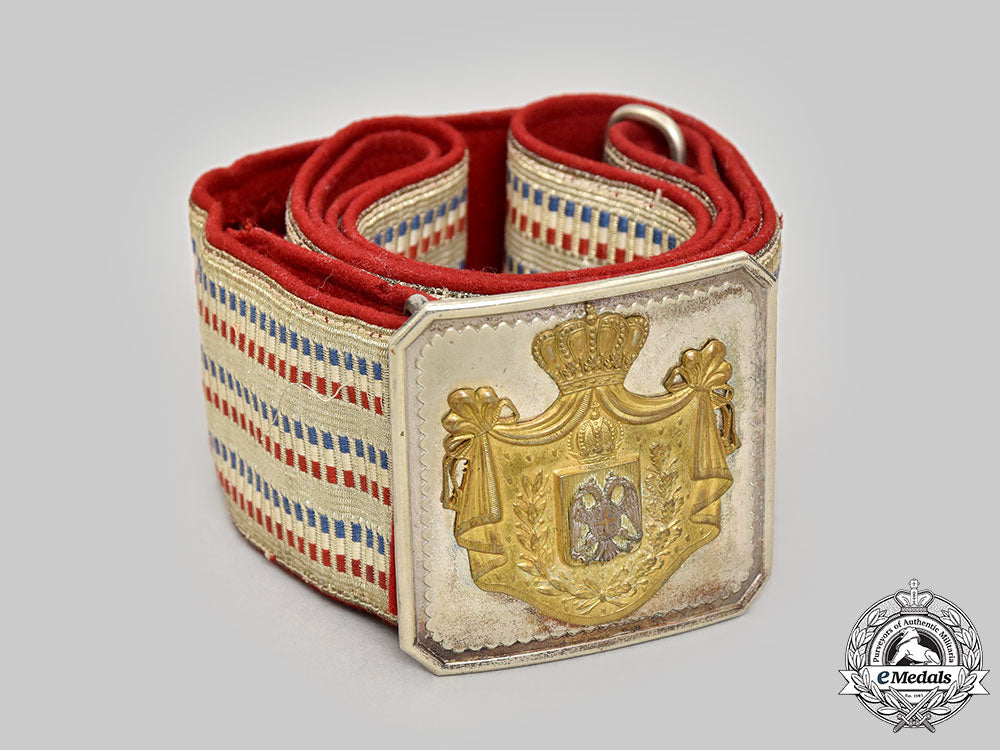
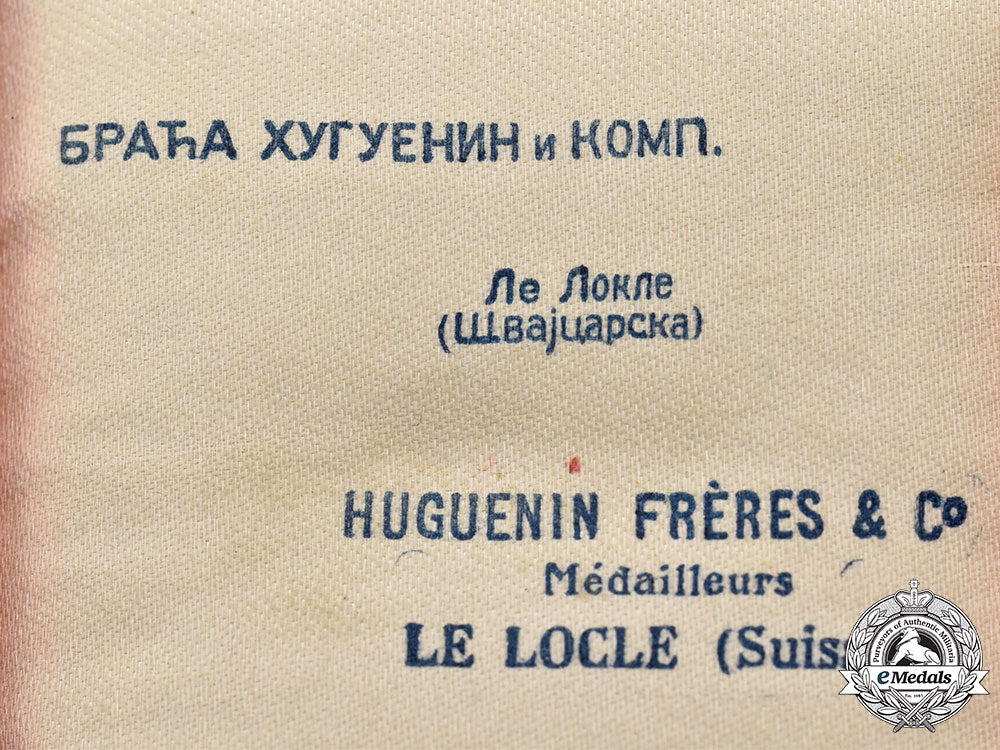
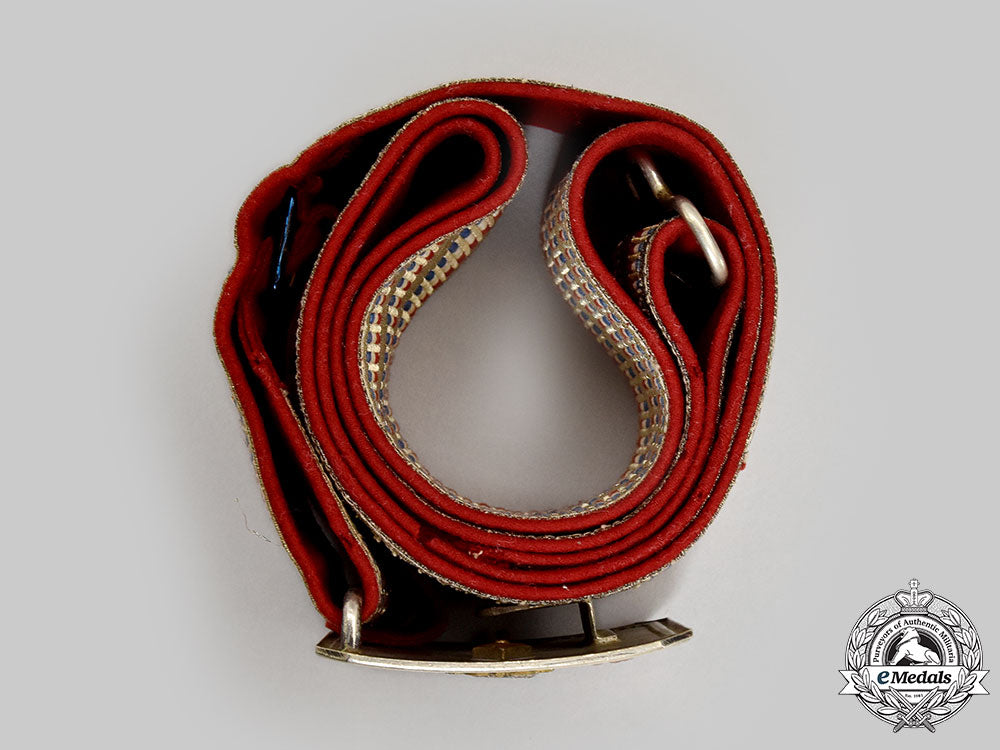
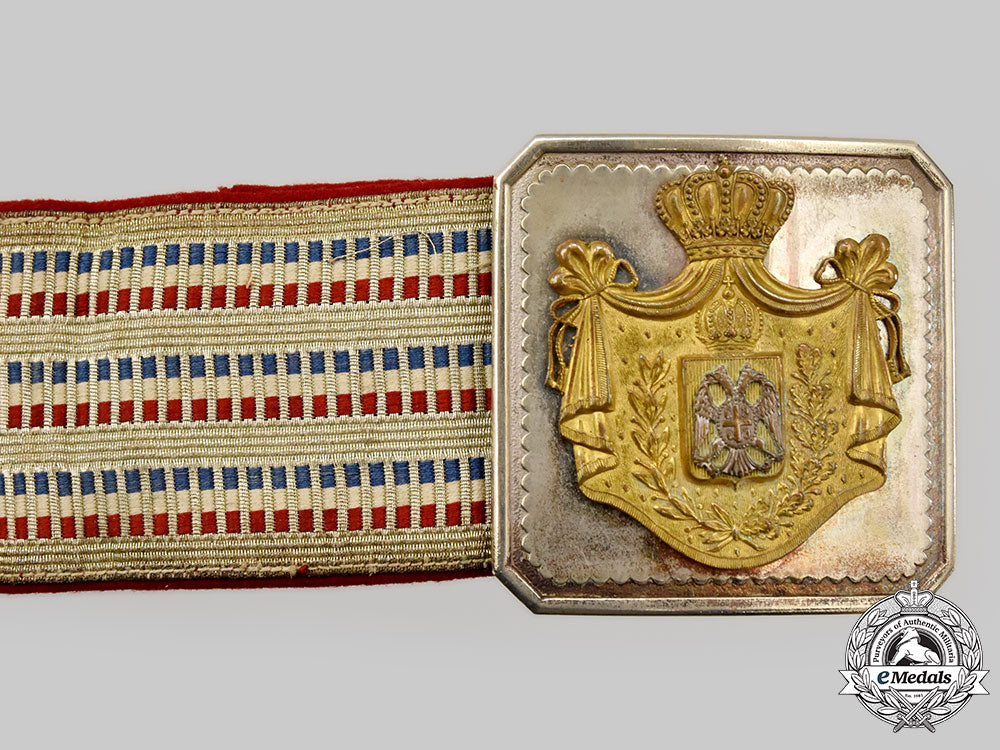
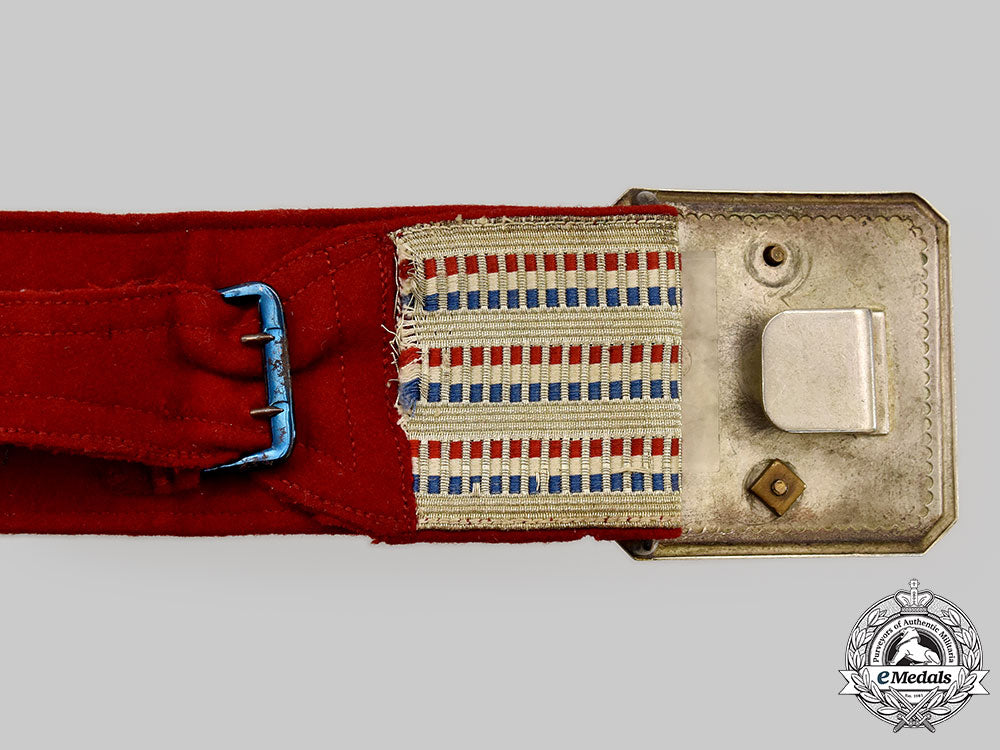
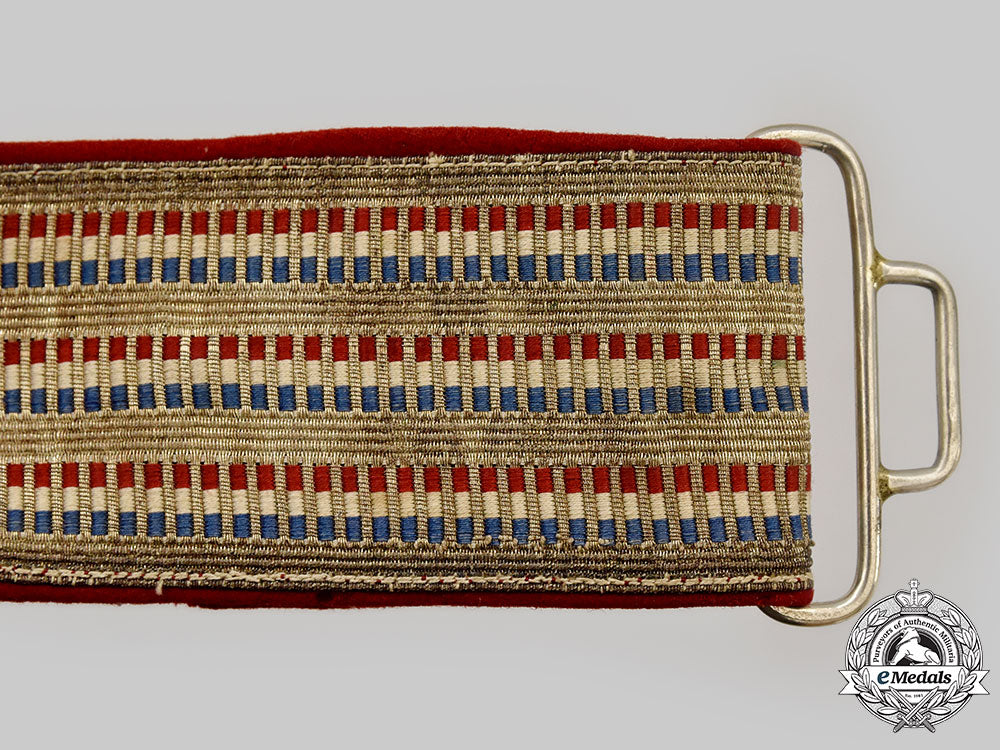
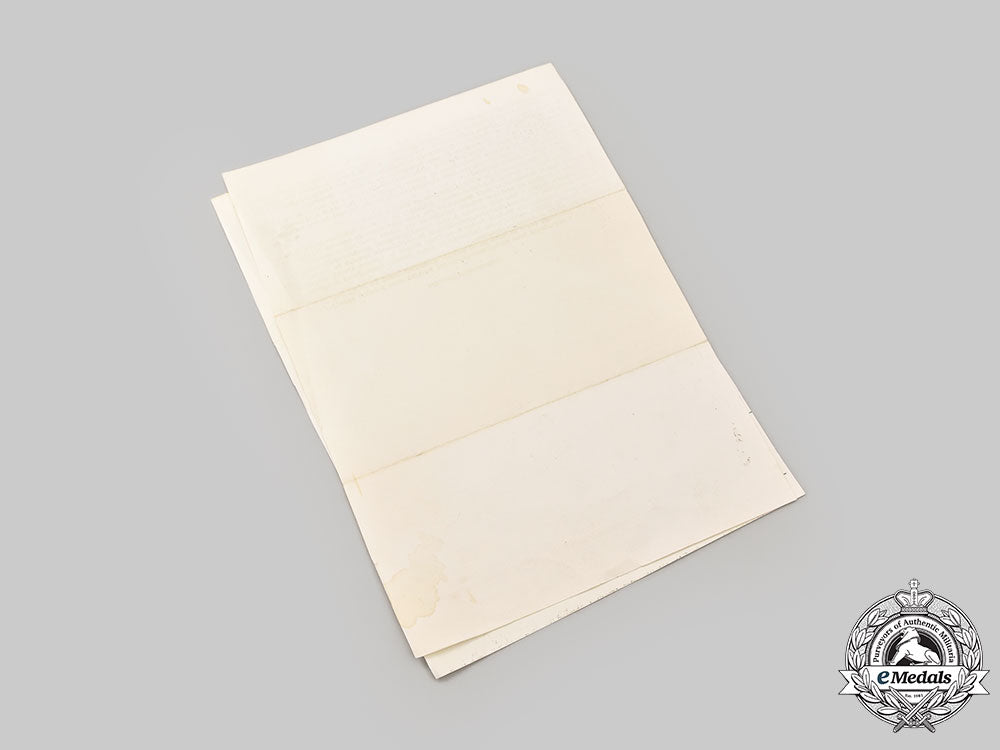
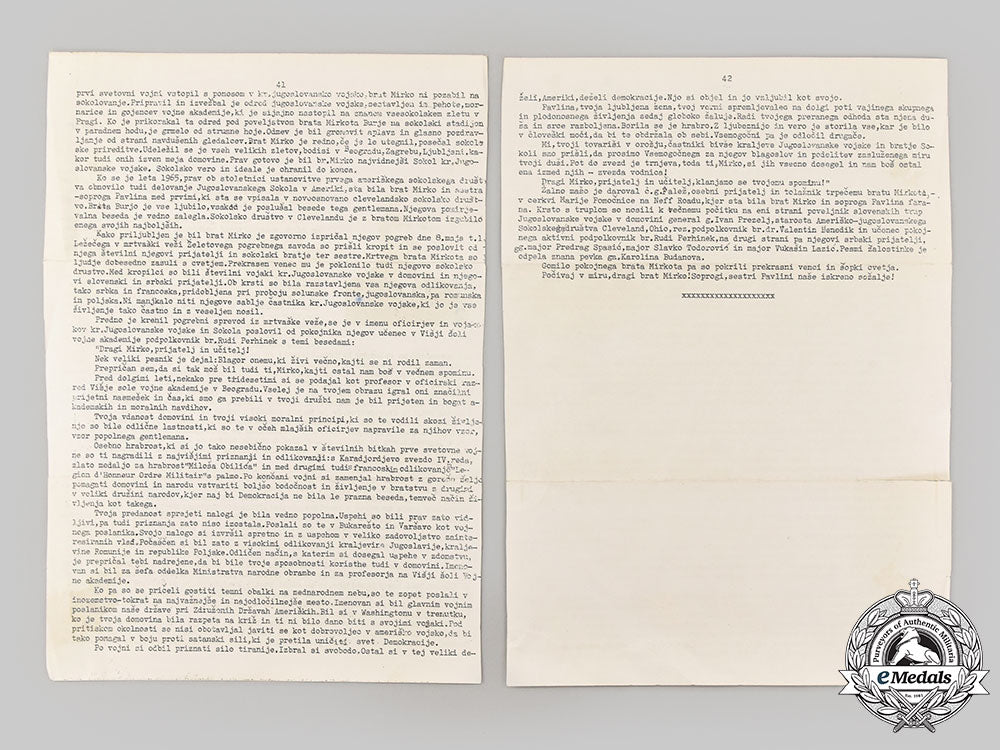
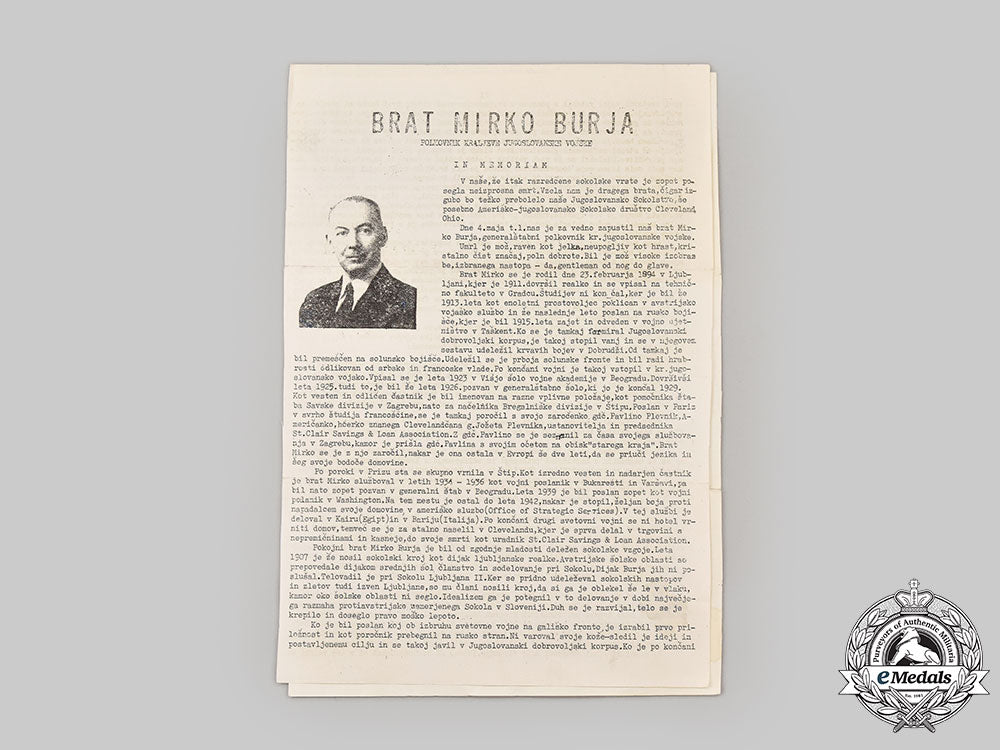
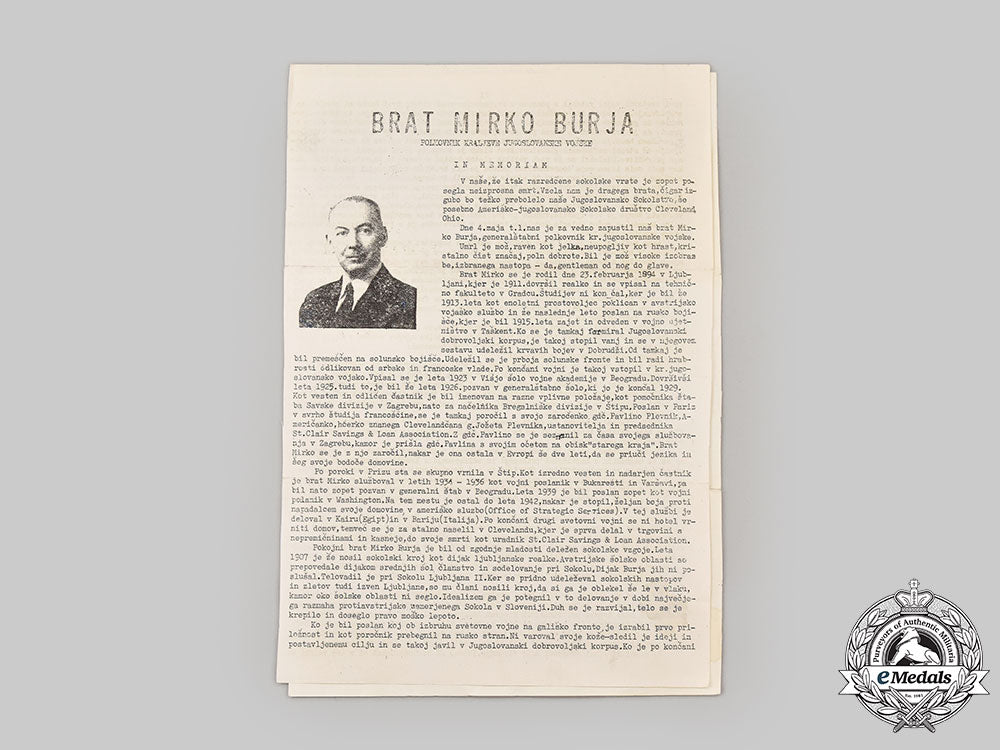
Yugoslavia, Kingdom. A Fine Grouping To The Military Attaché To The United States, Colonel Burja, Royal Yugoslav Army
Yugoslavia, Kingdom. A Fine Grouping To The Military Attaché To The United States, Colonel Burja, Royal Yugoslav Army
SKU: ITEM: EU19551
Current Bid:
Your Max Bid:
Bid History:
Time Remaining:
Couldn't load pickup availability
Shipping Details
Shipping Details
eMedals offers rapid domestic and international shipping. Orders received prior to 12:00pm (EST) will be shipped on the same business day.* Orders placed on Canadian Federal holidays will be dispatched the subsequent business day. Courier tracking numbers are provided for all shipments. All items purchased from eMedals can be returned for a full monetary refund or merchandise credit, providing the criteria presented in our Terms & Conditions are met. *Please note that the addition of a COA may impact dispatch time.
Shipping Details
eMedals offers rapid domestic and international shipping. Orders received prior to 12:00pm (EST) will be shipped on the same business day.* Orders placed on Canadian Federal holidays will be dispatched the subsequent business day. Courier tracking numbers are provided for all shipments. All items purchased from eMedals can be returned for a full monetary refund or merchandise credit, providing the criteria presented in our Terms & Conditions are met. *Please note that the addition of a COA may impact dispatch time.
Description
Description
1. Yugoslavia, Kingdom: Order of the Yugoslav Crown, III Class Commander, Type II with Laurel Wreath (in silver gilt with red, white, blue and green enamels, measuring 55.2 mm (w) x 75.8 mm (h) inclusive of its wreath and laterally-pierced ball suspension, original full-length neck ribbon, in its hardshelled case of issue, maker marked "HUGUENIN FRERES & Co. Médailleurs LE LOCLE (SUISSE)" in French and Serbian on the inside lid).
2. Yugoslavia, Kingdom: Order of the Star of Karageorge, IV Class Officer, Model I without Swords (in silver gilt with red, white, blue and green enamels, measuring 40.5 mm (w) x 63 mm (h) inclusive of its crown and laterally-pierced ball suspension, chipping evident on the red jewel at the base of the crown on the obverse, original triangular ribbon with hook and eye, in its hardshelled case of issue, maker marked "HUGUENIN FRERES & Co. Médailleurs LE LOCLE (SUISSE)" in French and Serbian on the inside lid).
3. Yugoslavia, Kingdom: Military Academy of the Kingdom of Serbs, Croats and Slovenes Badge (two-piece construction, in silver, maker marked "SORLINI VARAŽDIN" (Sorlini Mint in Varaždin) on the reverse, measuring 47.5 mm (w) x 60.5 mm (h), vertical pinback, in its hardshelled case of issue, maker marked in cyrillic "SORLINI VARAŽDIN" on the inside lid).
4. Poland, Republic: Order of Polonia Restituta, III Class Commander, Type I (1918-1939) (in bronze gilt with red, white and blue enamels, measuring 58 mm (w) x 57.8 mm (h), original full-length neck ribbon, in its hardshelled case of issue).
5. Poland, Republic: Infantry Non Combat Cadet School Badge for Graduates, Type II (multi-piece construction, in silver with red and black enamels, the eagle's crown and claws gilded, featuring King Zygmunt's crown above the school letter, measuring 37.5 mm (w) x 40.5 mm (h), maker marked "J. MICHROWSKI GRAWER WARSZAWA NOWY SWIAT 15" on the screwback, in its hardshelled case of issue, maker marked "J. MICHROWSKI GRAWER WARSZAWA-NOWY SWIAT 15" on the inside lid).
6. Romania, Kingdom: Order of the Crown of Romania, III Class Commander, Type II (1932-1947), Civil Division (in silver gilt with red and white enamels, measuring 47 mm (w) x 49.5 mm (h) inclusive of its integral ring, chipping evident in the red enamels on the reverse centrepiece, original full-length neck ribbon, in its hardshelled case of issue with monogram of Carol II on the lid).
7. Serbia, Kingdom: First War Group of Five: (i) Yugoslavia, Kingdom: Order of the Yugoslav Crown, V Class Knight, Type II with Laurel Wreath (in silver with red, white, blue and green enamels, gilt text on the reverse centrepiece, measuring 42.5 mm (w) x 58 mm (h) inclusive of its wreath and laterally-pierced ball suspension); (ii) Serbia, Kingdom: Bravery Medal "Milos Obilic", II Class, Silver Grade (in silvered bronze, measuring 36 mm in diameter); (iii) France, Third Republic: War Cross 1914-1918 with Bronze Palm (in bronze, "1914-1918" reverse, measuring 37.2 mm (w) x 45.7 mm (h) inclusive of its laterally-pierced ball suspension); (iv) Serbia, Kingdom: Medal for Zeal, II Class, Silver Grade, Type I with One Crown Over the Two-Headed Eagle (in silver, measuring 33 mm (w) x 39.2 mm (h) inclusive of its integral suspension); (v) Serbia, Kingdom: Commemorative Medal for the Great War 1914-1918 (in bronze, measuring 38.5 mm x 40 mm (h) inclusive of its laterally-pierced ball suspension). Court-mounted, with a swing bar pinback, original ribbons.
8. Serbia, Kingdom: Medal for Zeal, I Class, Gold Grade, Type I with One Crown Over the Two-Headed Eagle (in bronze gilt, measuring 33.5 mm in diameter, original ribbon suspended from a large safety pin, in a hardshelled case with violet felt exterior).
9. Serbia, Kingdom: two Bravery Medals "Milos Obilic", II Class, Silver Grade (in silvered bronze, measuring 31 mm (w) x 33.5 mm (h) inclusive of its integral suspension each, traces of silvering loss on both).
10. Sisak Fire Department Thirty Year Anniversary Commemorative Medal 1881-1911 (in brass, measuring 29.2 mm in diameter).
11. two Identification Tags (AKA Dog Tags, American-made, in aluminum, stamped "MIRKO L BURJA / WAR DEPT T44 / 23 & E STS, NW / WASHINGTON DC / A / C", 50.5 mm (w) x 27.8 mm (h) each).
12. four Royal Yugoslav Army Officer's Cap Badges (three bearing Royal monograms {King Alexander I, King Peter I, King Peter II}, the fourth badge plain, the oval base of each in silvered bronze with red, white and blue enamels, ranging in size from 25.5 mm (w) x 34.5 mm (h) to 26.5 mm (w) x 36.5 mm (h), each with dual prongs, two exhibit chipping in the red enamels).
13. Royal Yugoslavian Army Officer's Belt and Buckle (buckle with a three-piece construction, two-piece silvered and gilded bronze Royal Yugoslav coat-of-arms, mounted to a nickel-plated base, measuring 57.5 mm (w) x 58.2 mm (h), receiving clip on the reverse, metal loop affixed to the opposite end of the belt, on its 980 mm long Parade Belt, the upper in three rows of red, white and blue embroidery interlaced with fine silver bullion, red wool backer, two-prong buckle and three buttons on the reverse, each button marked "SOLIDE PARIS", small nip in the red wool along the top edge).
Accompanied by a three page biography of Burja in Slovenian.
Footnote: Mirko Leopold Burja was born on February 23, 1894. During the First World War, Mirko Burja was a member of the Additional Battalion of the First Serbian Volunteer Division, as of June 1917 in Odessa, along with nineteen others: Ivan Božič, Viktor Durini, Tone Eržen, Ferdo Ferluga, Franjo Gorecan, Vladimir Grahli, Tone Habe, Vekoslav Janžekovič, Milan Klemenc, Franc Kobler, Marjan Kump, Avgust Kuster, Stanko Lapajne, Ivan Ogorevec, Jakob Perhavec, Valentin Poberaj, Gregor Šašelj, Janez Zorc, and Ivan Zupan.
Upon the conclusion of the war, on December 1, 1918, the State of Slovenes, Croats and Serbs merged with Serbia, becoming part of the new Kingdom of Serbs, Croats, and Slovenes. In 1929, it was renamed the Kingdom of Yugoslavia. The main territory of Slovenia, being the most industrialized and westernized compared to other less developed parts of Yugoslavia, became the main center of industrial production.
During the Second World War, after the coup in Belgarde on March 27, 1941, which was carried out by pro-British generals in the Royal Yugoslav Army, General Simović formed a new government and soon after the Axis forces attacked the country on April 6, 1941, the Yugoslav government, King Peter II and a few members of his military staff went into exile.
As early as April 1941, the first talks opened in Cairo between representatives of the now established Yugoslav government-in-exile and British officials. The British offered assistance to the Yugoslav Royal Air Force with a view to incorporating some units within the Royal Air Force. A plan proposed by Simović to form a conglomerate Yugoslav group made up of refugees and volunteers was adopted. The British demanded that the Yugoslav Royal Air Force be stationed in Amman, and the Yugoslav Prime Minister offered seven planes they had managed to save. Later on, General Ilić's request for the navy to remain under the Yugoslav flag was granted.
There was a long debate on where to station the Yugoslav Royal Army units because the British were waiting for the consent of the governments of Canada, the United States, and the Union of South Africa, where it was intended part of the Yugoslav Air Force would be sent. When this approval arrived, they had to decide how many units should remain in the Middle East and how many should go to Canada, the United States, and elsewhere. The Yugoslav government-in-exile maintained that the main military centre should be in the Middle East, as close to the Balkan theatre of war as possible and Simović wanted the Yugoslav contingents to form the nucleus of the future Allied invasion army.
The Council of Ministers of the Yugoslav Royal government dispatched special military missions to Palestine, the United States, South Africa, Canada, and South America. The Palestine mission was headed by Colonel Franc Stropnik, that of South Africa by Major Dušan Babić, Canada by Colonel Dragutin Savić, and South America by Colonel Mirko Burja. Their task was to organize recruitment and work in liaison with diplomatic emissaries and emigrant organizations.
Prime Minister Winston Churchill of Great Britain was in favour of the Yugoslav government having its own infantry, air force, and navy, and promised help in setting them up. It was decided to establish an air force combat unit in the Middle East. The Yugoslav pilots would be trained in Canada and seamen in Great Britain.
Colonel Burja would hold a responsible position in the intelligence service of the Royal Yugoslav Army. Many Slovenes were placed in the military diplomacy of the Kingdom of Yugoslavia. One of those Slovenes, Colonel Mirko L. Burja of the Royal Yugoslav Army, General Staff was appointed to Washington, D.C. as the Kingdom's military attaché to the United States. In addition to Burja's appointment to Washington, Brigadier General Milorad M. Radović was appointed to London and Colonel Žarko Popović, General Staff was appointed to Moscow. Burja entered the United States at Rouses Point, New York on August 26, 1942 via the Delaware & Hudson Railroad.
He was eager to fight the invaders of his homeland and entered into American service with the Office of Strategic Services. As part of his military diplomatic duties, Colonel Mirko Burja addressed the Yugoslav Shipping Committee meeting in Baltimore on April 12, 1941, with Committee members meeting with Yugoslav officers and sailors to discuss their representation in the Committee. The proposed new collective agreement would regulate wages and insurance in war conditions, and that it should be signed between shipowners and sailors and this was accepted.
In early 1944, a large part of the units in the Middle East joined the Yugoslav National Liberation Army (AKA Yugoslav Partisans, officially the National Liberation Army and Partisan Detachments of Yugoslavia, the Communist-led Anti-fascist resistance to the Axis powers (chiefly Germany) in occupied Yugoslavia during the Second World War, which was led by Josip Broz Tito, the Partisans considered to be Europe's most effective anti-Axis resistance movement during the war). The Royal Yugoslav Forces were disbanded on March 7, 1945, with the officers and men given the choice of joining the new government of Tito or becoming refugees.
After the end of the Second World War, Burja was promoted to the rank of Brigadier General, JViD., however he did not want to return home to a now communist led Yugoslavia. He decided to settle permanently in Cleveland, Ohio, where he initially worked in real estate and later, until his death, as a Clerk with St. Clair Savings & Loan. The Slovenian Society of Cleveland received a letter of acknowledgement from Colonel Mirko Burja, an official of the Ministry of War in Yugoslavia, wishing to thank the society for singing at his farewell party: "Keep our beautiful songs alive...on the other side of the ocean."
Description
1. Yugoslavia, Kingdom: Order of the Yugoslav Crown, III Class Commander, Type II with Laurel Wreath (in silver gilt with red, white, blue and green enamels, measuring 55.2 mm (w) x 75.8 mm (h) inclusive of its wreath and laterally-pierced ball suspension, original full-length neck ribbon, in its hardshelled case of issue, maker marked "HUGUENIN FRERES & Co. Médailleurs LE LOCLE (SUISSE)" in French and Serbian on the inside lid).
2. Yugoslavia, Kingdom: Order of the Star of Karageorge, IV Class Officer, Model I without Swords (in silver gilt with red, white, blue and green enamels, measuring 40.5 mm (w) x 63 mm (h) inclusive of its crown and laterally-pierced ball suspension, chipping evident on the red jewel at the base of the crown on the obverse, original triangular ribbon with hook and eye, in its hardshelled case of issue, maker marked "HUGUENIN FRERES & Co. Médailleurs LE LOCLE (SUISSE)" in French and Serbian on the inside lid).
3. Yugoslavia, Kingdom: Military Academy of the Kingdom of Serbs, Croats and Slovenes Badge (two-piece construction, in silver, maker marked "SORLINI VARAŽDIN" (Sorlini Mint in Varaždin) on the reverse, measuring 47.5 mm (w) x 60.5 mm (h), vertical pinback, in its hardshelled case of issue, maker marked in cyrillic "SORLINI VARAŽDIN" on the inside lid).
4. Poland, Republic: Order of Polonia Restituta, III Class Commander, Type I (1918-1939) (in bronze gilt with red, white and blue enamels, measuring 58 mm (w) x 57.8 mm (h), original full-length neck ribbon, in its hardshelled case of issue).
5. Poland, Republic: Infantry Non Combat Cadet School Badge for Graduates, Type II (multi-piece construction, in silver with red and black enamels, the eagle's crown and claws gilded, featuring King Zygmunt's crown above the school letter, measuring 37.5 mm (w) x 40.5 mm (h), maker marked "J. MICHROWSKI GRAWER WARSZAWA NOWY SWIAT 15" on the screwback, in its hardshelled case of issue, maker marked "J. MICHROWSKI GRAWER WARSZAWA-NOWY SWIAT 15" on the inside lid).
6. Romania, Kingdom: Order of the Crown of Romania, III Class Commander, Type II (1932-1947), Civil Division (in silver gilt with red and white enamels, measuring 47 mm (w) x 49.5 mm (h) inclusive of its integral ring, chipping evident in the red enamels on the reverse centrepiece, original full-length neck ribbon, in its hardshelled case of issue with monogram of Carol II on the lid).
7. Serbia, Kingdom: First War Group of Five: (i) Yugoslavia, Kingdom: Order of the Yugoslav Crown, V Class Knight, Type II with Laurel Wreath (in silver with red, white, blue and green enamels, gilt text on the reverse centrepiece, measuring 42.5 mm (w) x 58 mm (h) inclusive of its wreath and laterally-pierced ball suspension); (ii) Serbia, Kingdom: Bravery Medal "Milos Obilic", II Class, Silver Grade (in silvered bronze, measuring 36 mm in diameter); (iii) France, Third Republic: War Cross 1914-1918 with Bronze Palm (in bronze, "1914-1918" reverse, measuring 37.2 mm (w) x 45.7 mm (h) inclusive of its laterally-pierced ball suspension); (iv) Serbia, Kingdom: Medal for Zeal, II Class, Silver Grade, Type I with One Crown Over the Two-Headed Eagle (in silver, measuring 33 mm (w) x 39.2 mm (h) inclusive of its integral suspension); (v) Serbia, Kingdom: Commemorative Medal for the Great War 1914-1918 (in bronze, measuring 38.5 mm x 40 mm (h) inclusive of its laterally-pierced ball suspension). Court-mounted, with a swing bar pinback, original ribbons.
8. Serbia, Kingdom: Medal for Zeal, I Class, Gold Grade, Type I with One Crown Over the Two-Headed Eagle (in bronze gilt, measuring 33.5 mm in diameter, original ribbon suspended from a large safety pin, in a hardshelled case with violet felt exterior).
9. Serbia, Kingdom: two Bravery Medals "Milos Obilic", II Class, Silver Grade (in silvered bronze, measuring 31 mm (w) x 33.5 mm (h) inclusive of its integral suspension each, traces of silvering loss on both).
10. Sisak Fire Department Thirty Year Anniversary Commemorative Medal 1881-1911 (in brass, measuring 29.2 mm in diameter).
11. two Identification Tags (AKA Dog Tags, American-made, in aluminum, stamped "MIRKO L BURJA / WAR DEPT T44 / 23 & E STS, NW / WASHINGTON DC / A / C", 50.5 mm (w) x 27.8 mm (h) each).
12. four Royal Yugoslav Army Officer's Cap Badges (three bearing Royal monograms {King Alexander I, King Peter I, King Peter II}, the fourth badge plain, the oval base of each in silvered bronze with red, white and blue enamels, ranging in size from 25.5 mm (w) x 34.5 mm (h) to 26.5 mm (w) x 36.5 mm (h), each with dual prongs, two exhibit chipping in the red enamels).
13. Royal Yugoslavian Army Officer's Belt and Buckle (buckle with a three-piece construction, two-piece silvered and gilded bronze Royal Yugoslav coat-of-arms, mounted to a nickel-plated base, measuring 57.5 mm (w) x 58.2 mm (h), receiving clip on the reverse, metal loop affixed to the opposite end of the belt, on its 980 mm long Parade Belt, the upper in three rows of red, white and blue embroidery interlaced with fine silver bullion, red wool backer, two-prong buckle and three buttons on the reverse, each button marked "SOLIDE PARIS", small nip in the red wool along the top edge).
Accompanied by a three page biography of Burja in Slovenian.
Footnote: Mirko Leopold Burja was born on February 23, 1894. During the First World War, Mirko Burja was a member of the Additional Battalion of the First Serbian Volunteer Division, as of June 1917 in Odessa, along with nineteen others: Ivan Božič, Viktor Durini, Tone Eržen, Ferdo Ferluga, Franjo Gorecan, Vladimir Grahli, Tone Habe, Vekoslav Janžekovič, Milan Klemenc, Franc Kobler, Marjan Kump, Avgust Kuster, Stanko Lapajne, Ivan Ogorevec, Jakob Perhavec, Valentin Poberaj, Gregor Šašelj, Janez Zorc, and Ivan Zupan.
Upon the conclusion of the war, on December 1, 1918, the State of Slovenes, Croats and Serbs merged with Serbia, becoming part of the new Kingdom of Serbs, Croats, and Slovenes. In 1929, it was renamed the Kingdom of Yugoslavia. The main territory of Slovenia, being the most industrialized and westernized compared to other less developed parts of Yugoslavia, became the main center of industrial production.
During the Second World War, after the coup in Belgarde on March 27, 1941, which was carried out by pro-British generals in the Royal Yugoslav Army, General Simović formed a new government and soon after the Axis forces attacked the country on April 6, 1941, the Yugoslav government, King Peter II and a few members of his military staff went into exile.
As early as April 1941, the first talks opened in Cairo between representatives of the now established Yugoslav government-in-exile and British officials. The British offered assistance to the Yugoslav Royal Air Force with a view to incorporating some units within the Royal Air Force. A plan proposed by Simović to form a conglomerate Yugoslav group made up of refugees and volunteers was adopted. The British demanded that the Yugoslav Royal Air Force be stationed in Amman, and the Yugoslav Prime Minister offered seven planes they had managed to save. Later on, General Ilić's request for the navy to remain under the Yugoslav flag was granted.
There was a long debate on where to station the Yugoslav Royal Army units because the British were waiting for the consent of the governments of Canada, the United States, and the Union of South Africa, where it was intended part of the Yugoslav Air Force would be sent. When this approval arrived, they had to decide how many units should remain in the Middle East and how many should go to Canada, the United States, and elsewhere. The Yugoslav government-in-exile maintained that the main military centre should be in the Middle East, as close to the Balkan theatre of war as possible and Simović wanted the Yugoslav contingents to form the nucleus of the future Allied invasion army.
The Council of Ministers of the Yugoslav Royal government dispatched special military missions to Palestine, the United States, South Africa, Canada, and South America. The Palestine mission was headed by Colonel Franc Stropnik, that of South Africa by Major Dušan Babić, Canada by Colonel Dragutin Savić, and South America by Colonel Mirko Burja. Their task was to organize recruitment and work in liaison with diplomatic emissaries and emigrant organizations.
Prime Minister Winston Churchill of Great Britain was in favour of the Yugoslav government having its own infantry, air force, and navy, and promised help in setting them up. It was decided to establish an air force combat unit in the Middle East. The Yugoslav pilots would be trained in Canada and seamen in Great Britain.
Colonel Burja would hold a responsible position in the intelligence service of the Royal Yugoslav Army. Many Slovenes were placed in the military diplomacy of the Kingdom of Yugoslavia. One of those Slovenes, Colonel Mirko L. Burja of the Royal Yugoslav Army, General Staff was appointed to Washington, D.C. as the Kingdom's military attaché to the United States. In addition to Burja's appointment to Washington, Brigadier General Milorad M. Radović was appointed to London and Colonel Žarko Popović, General Staff was appointed to Moscow. Burja entered the United States at Rouses Point, New York on August 26, 1942 via the Delaware & Hudson Railroad.
He was eager to fight the invaders of his homeland and entered into American service with the Office of Strategic Services. As part of his military diplomatic duties, Colonel Mirko Burja addressed the Yugoslav Shipping Committee meeting in Baltimore on April 12, 1941, with Committee members meeting with Yugoslav officers and sailors to discuss their representation in the Committee. The proposed new collective agreement would regulate wages and insurance in war conditions, and that it should be signed between shipowners and sailors and this was accepted.
In early 1944, a large part of the units in the Middle East joined the Yugoslav National Liberation Army (AKA Yugoslav Partisans, officially the National Liberation Army and Partisan Detachments of Yugoslavia, the Communist-led Anti-fascist resistance to the Axis powers (chiefly Germany) in occupied Yugoslavia during the Second World War, which was led by Josip Broz Tito, the Partisans considered to be Europe's most effective anti-Axis resistance movement during the war). The Royal Yugoslav Forces were disbanded on March 7, 1945, with the officers and men given the choice of joining the new government of Tito or becoming refugees.
After the end of the Second World War, Burja was promoted to the rank of Brigadier General, JViD., however he did not want to return home to a now communist led Yugoslavia. He decided to settle permanently in Cleveland, Ohio, where he initially worked in real estate and later, until his death, as a Clerk with St. Clair Savings & Loan. The Slovenian Society of Cleveland received a letter of acknowledgement from Colonel Mirko Burja, an official of the Ministry of War in Yugoslavia, wishing to thank the society for singing at his farewell party: "Keep our beautiful songs alive...on the other side of the ocean."
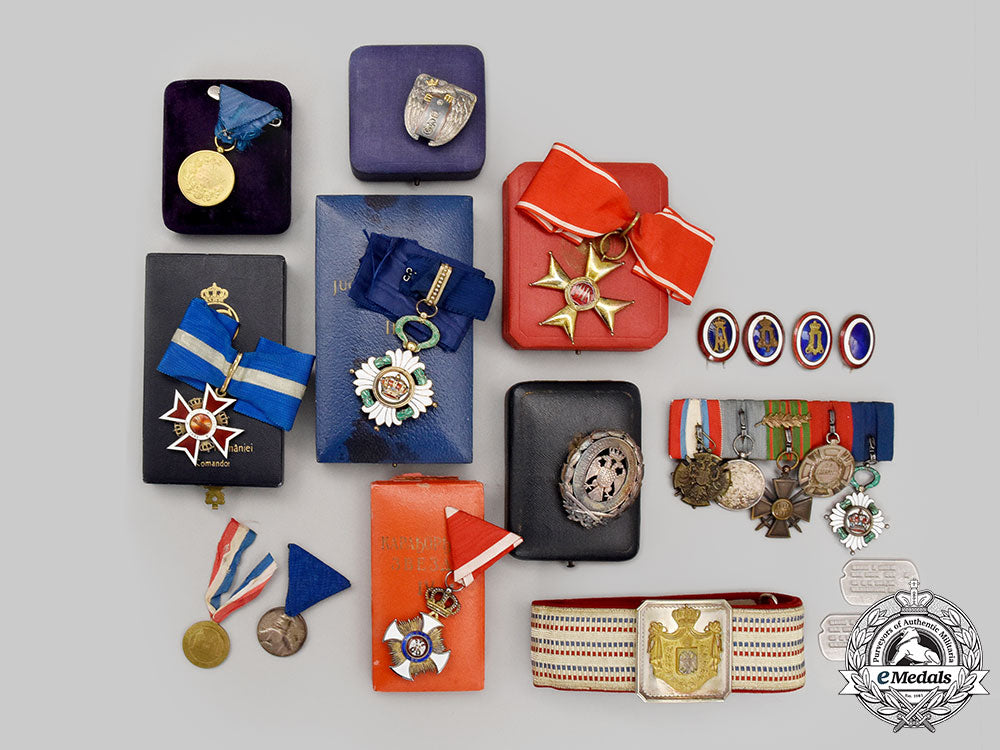
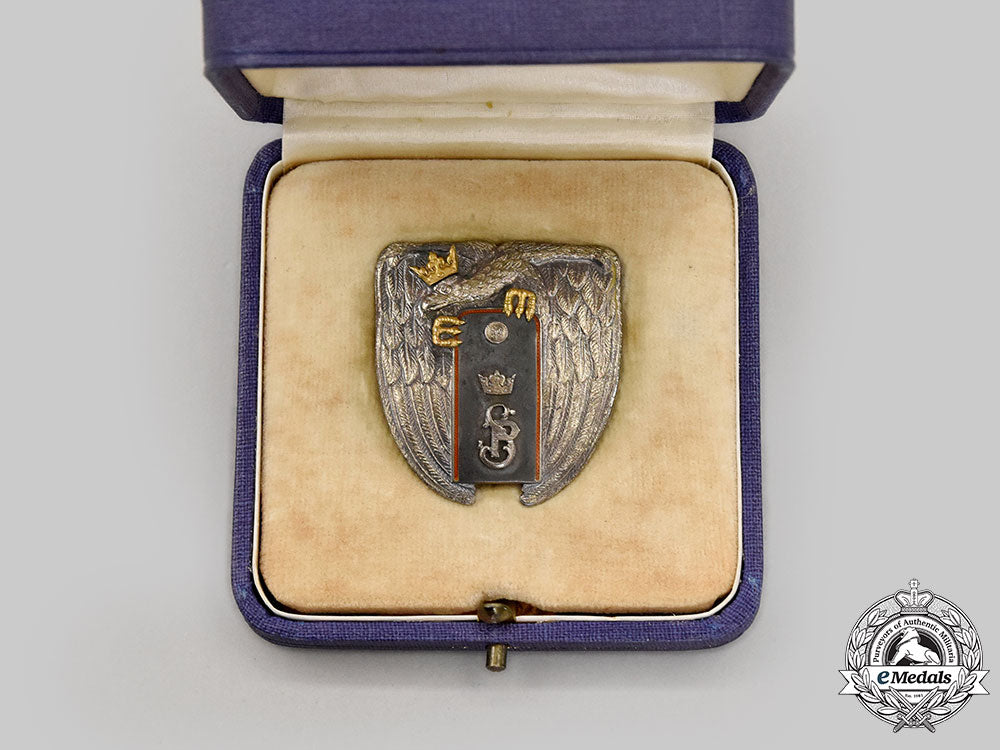
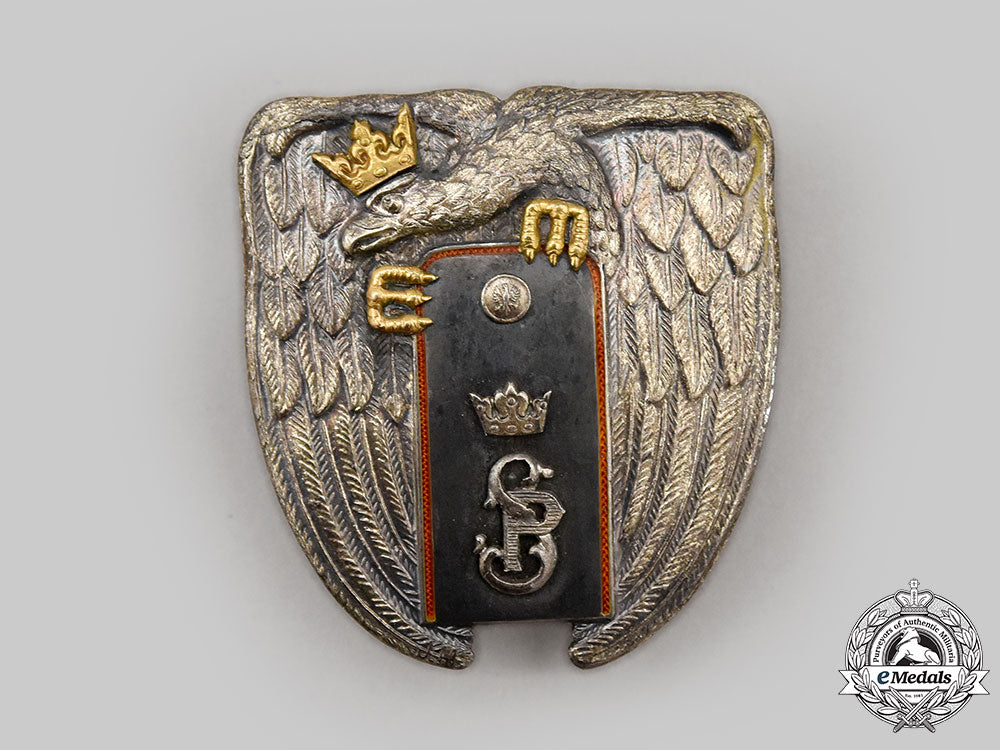
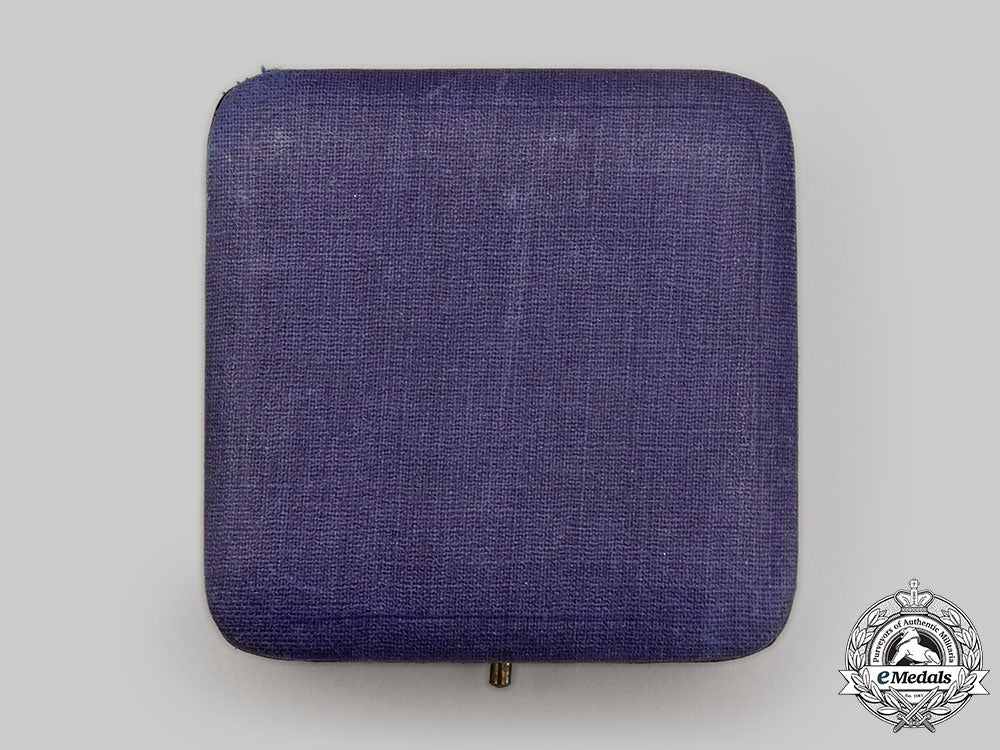
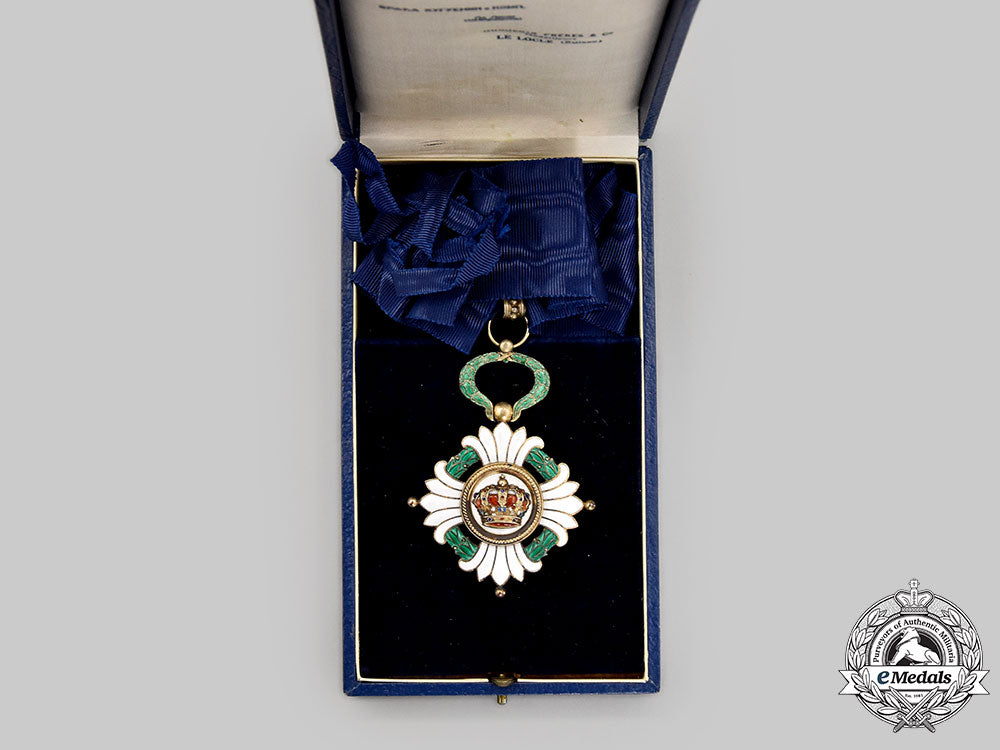
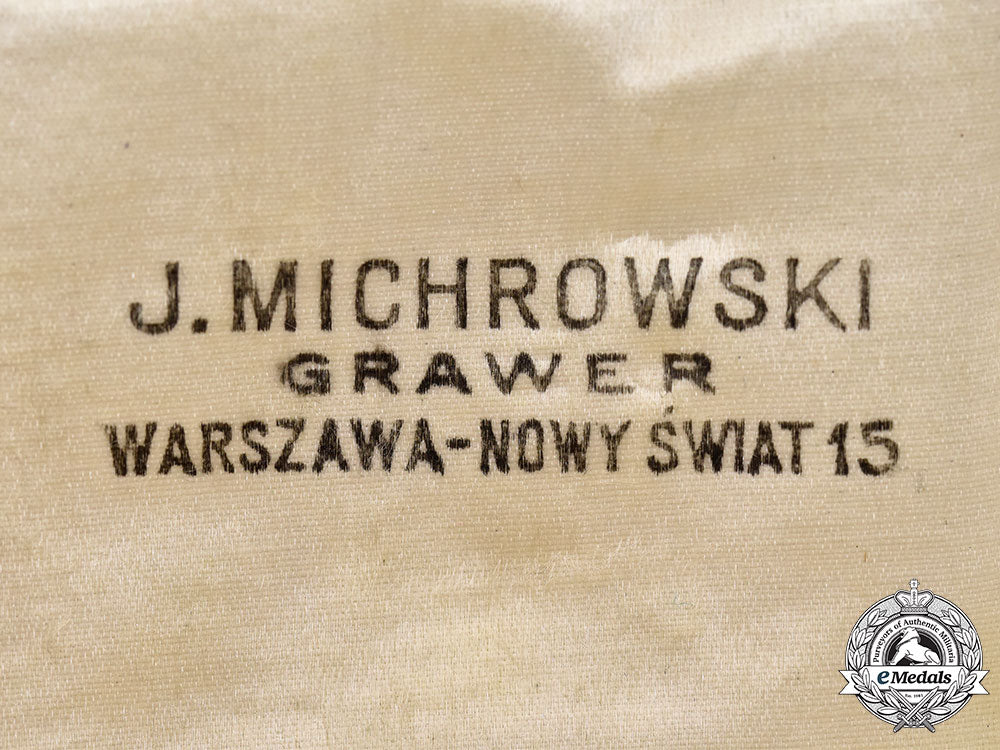
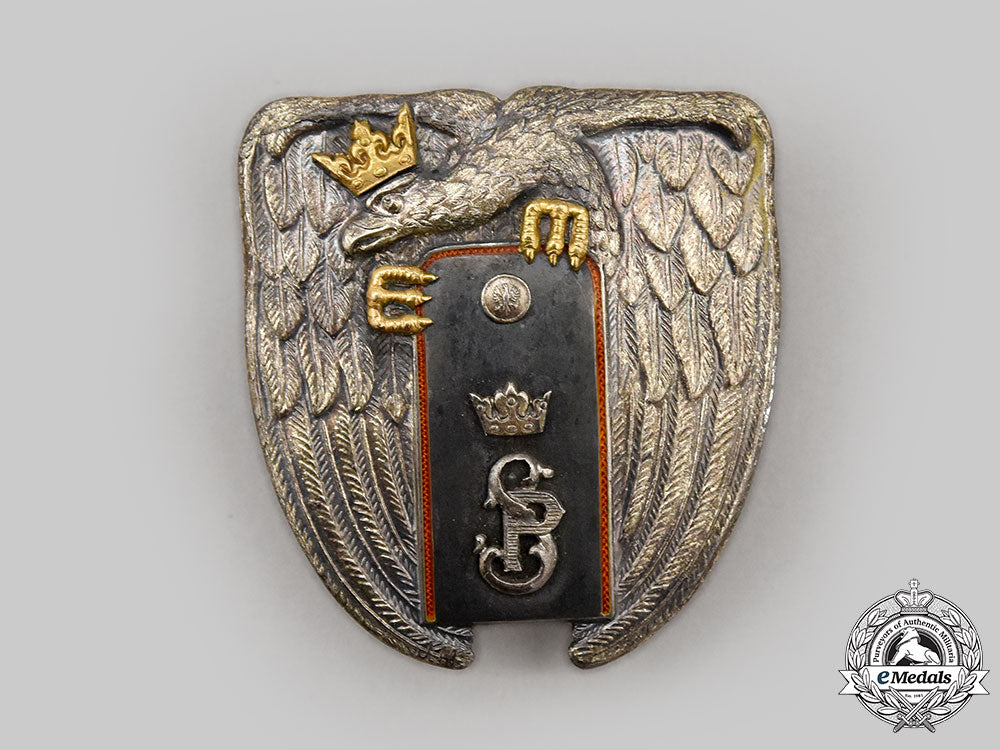
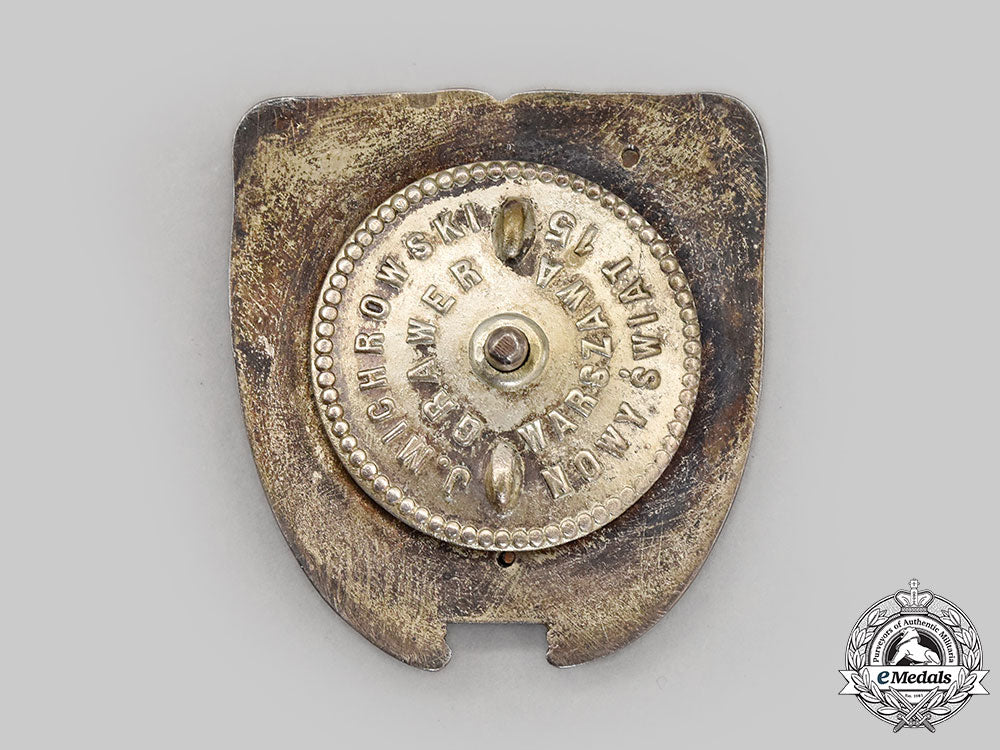
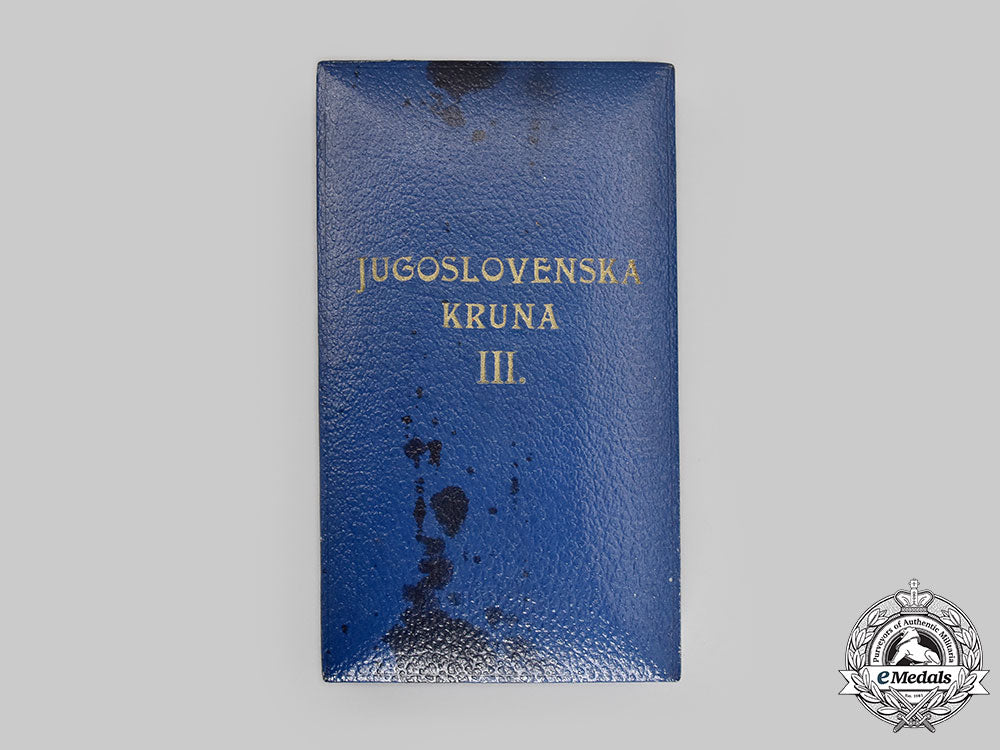
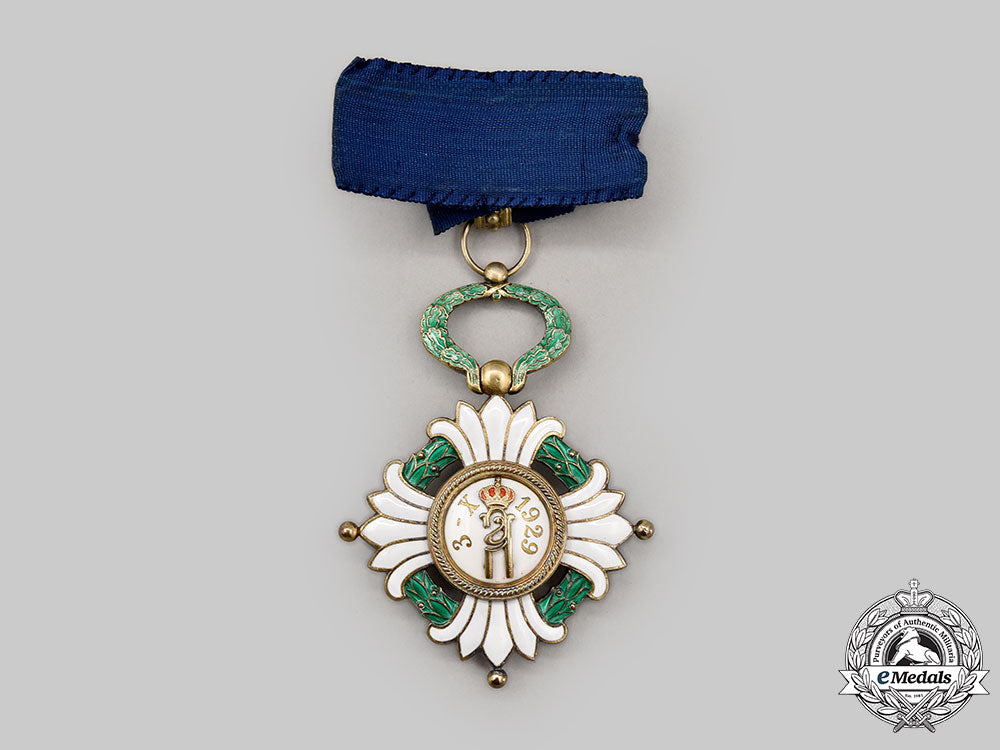
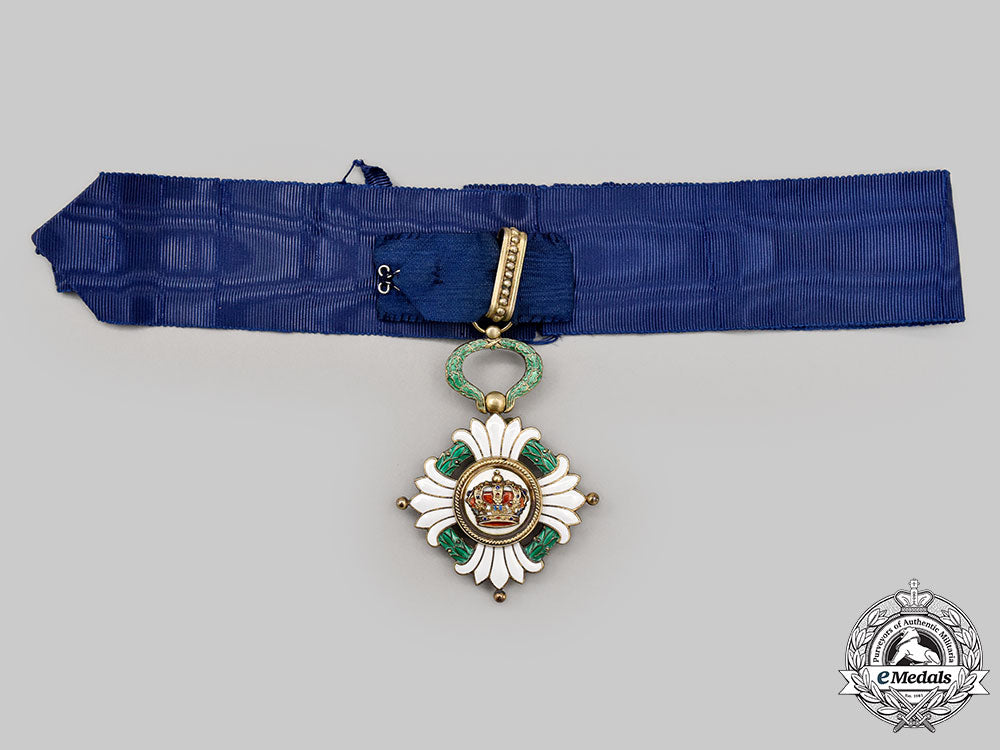
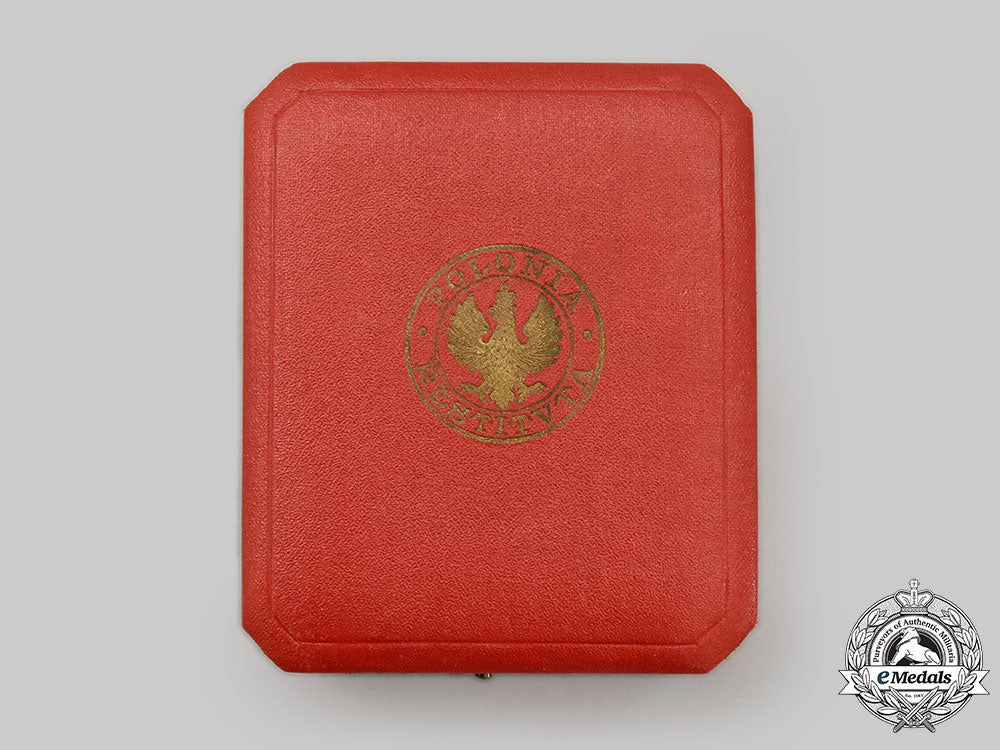
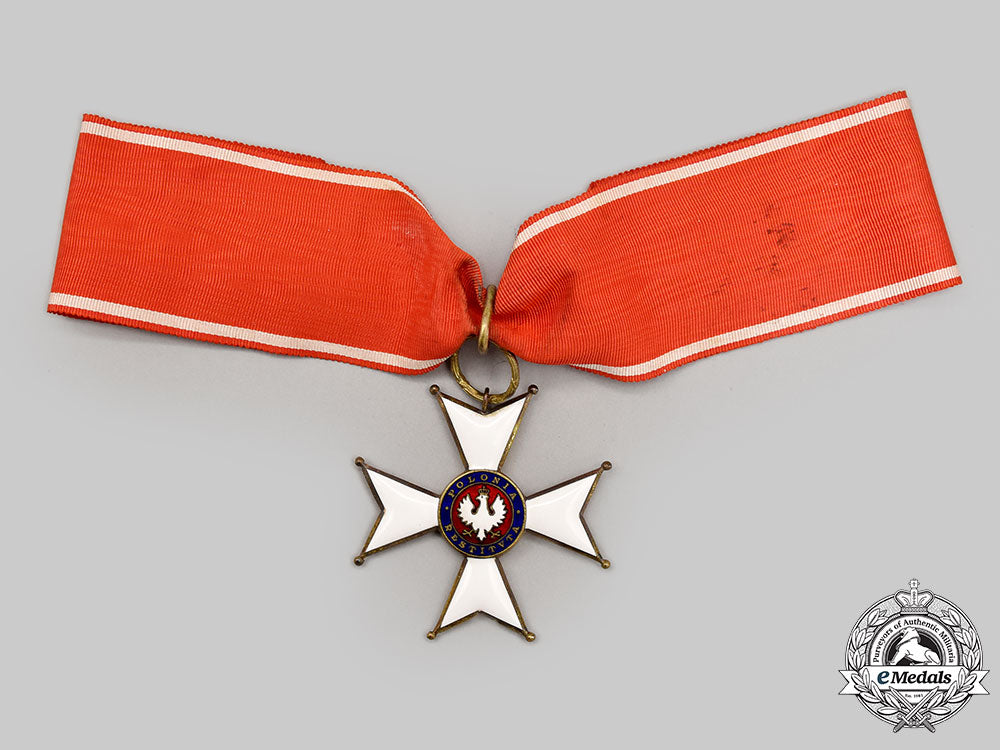
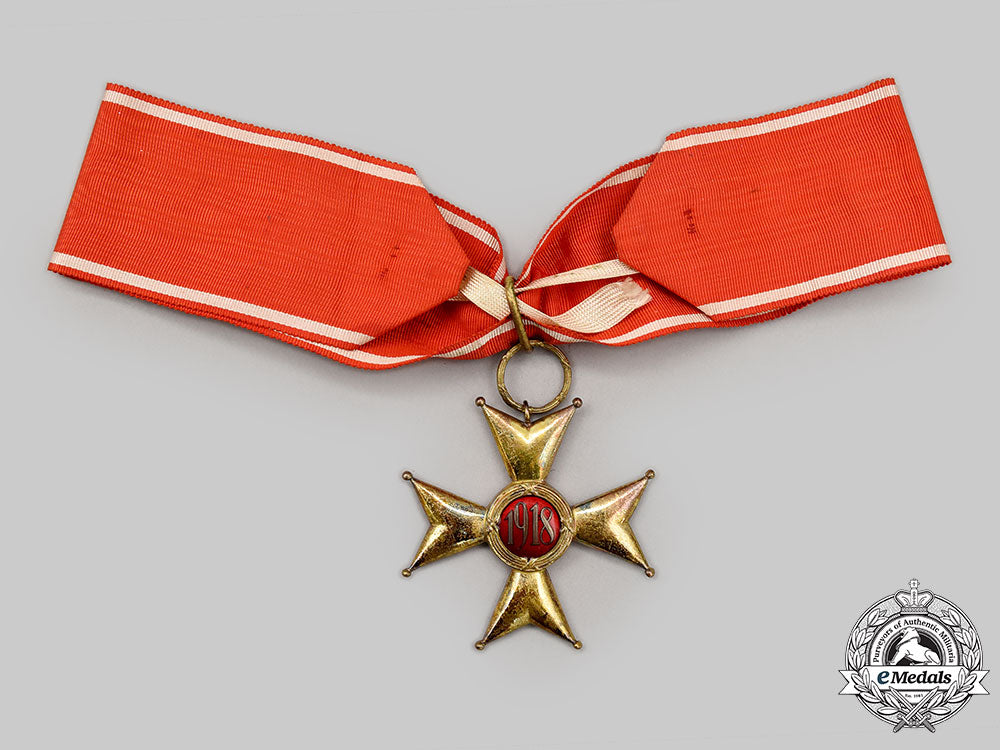
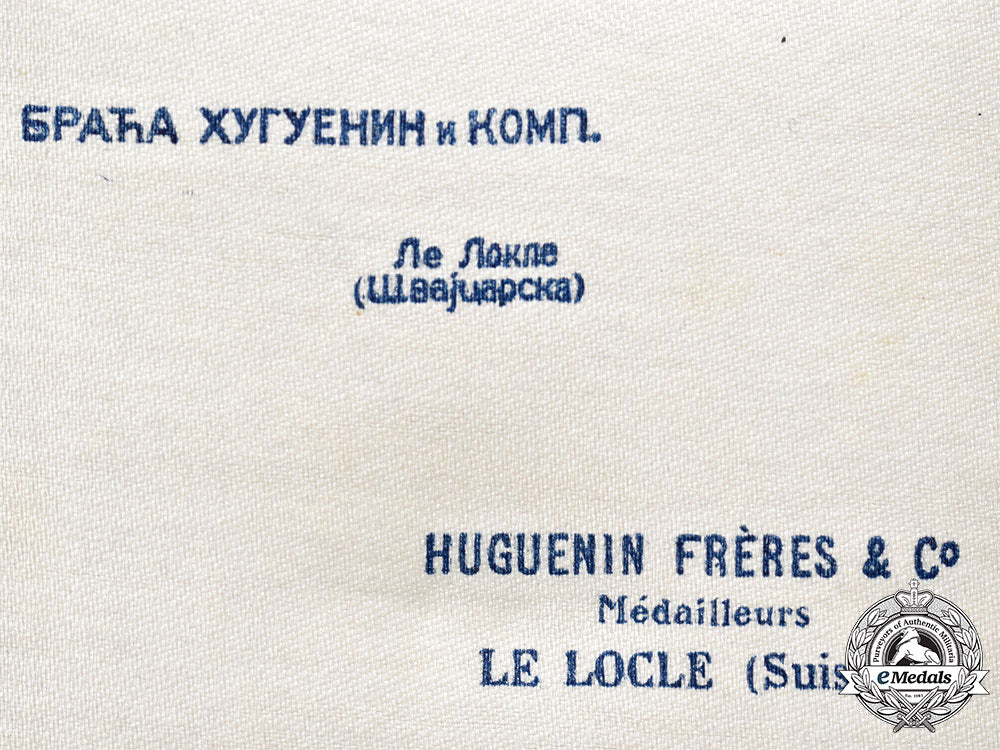
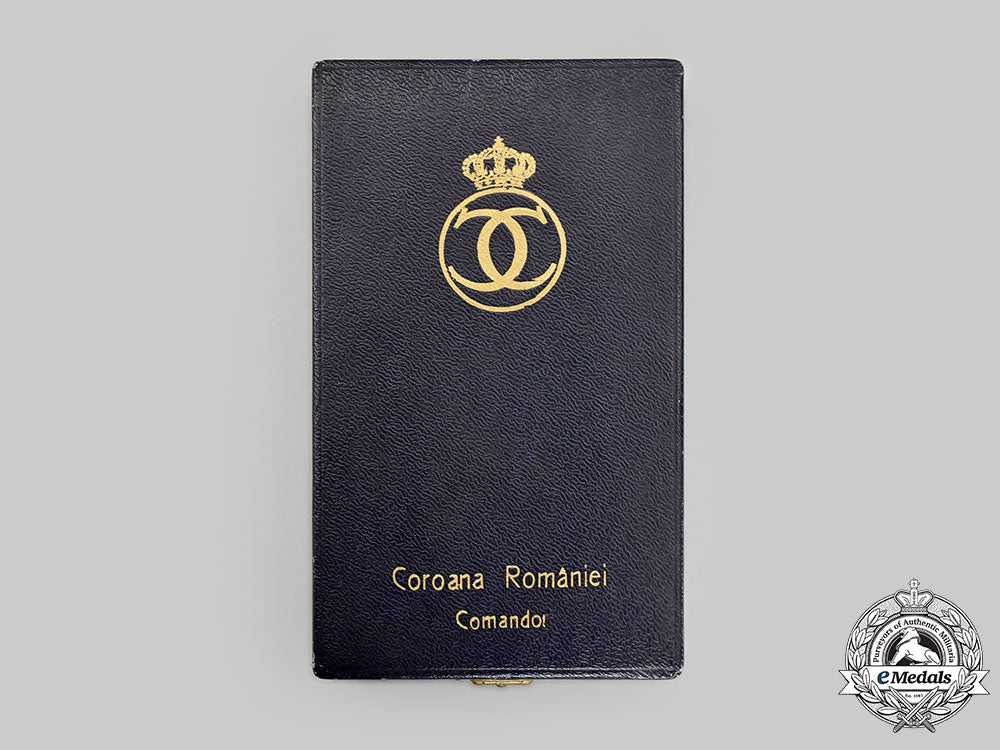
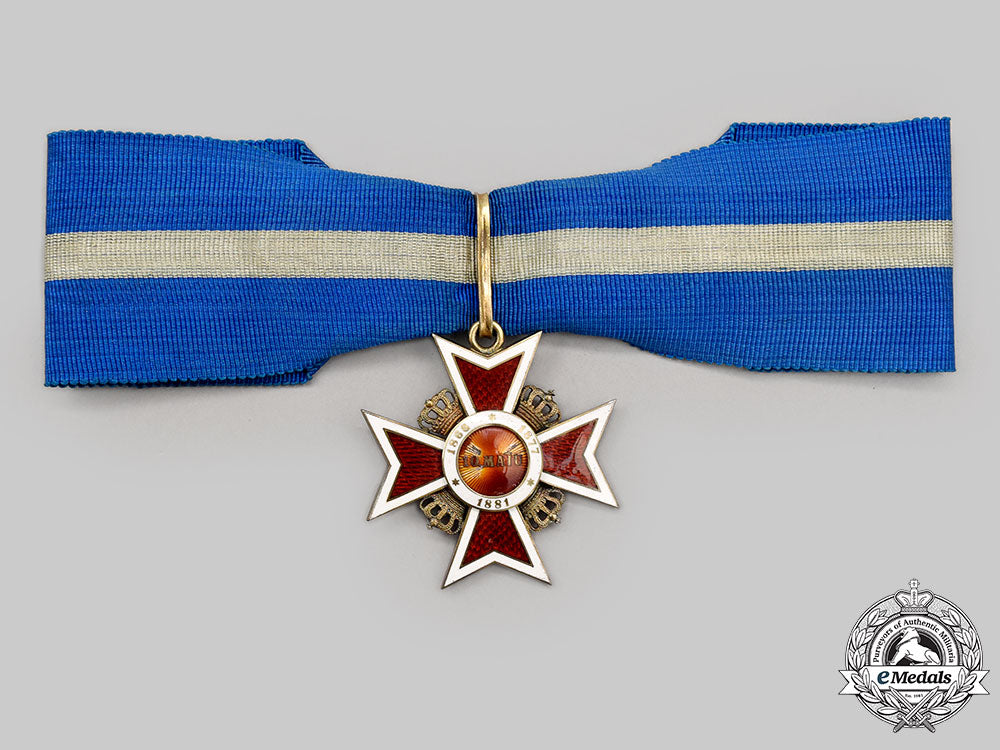
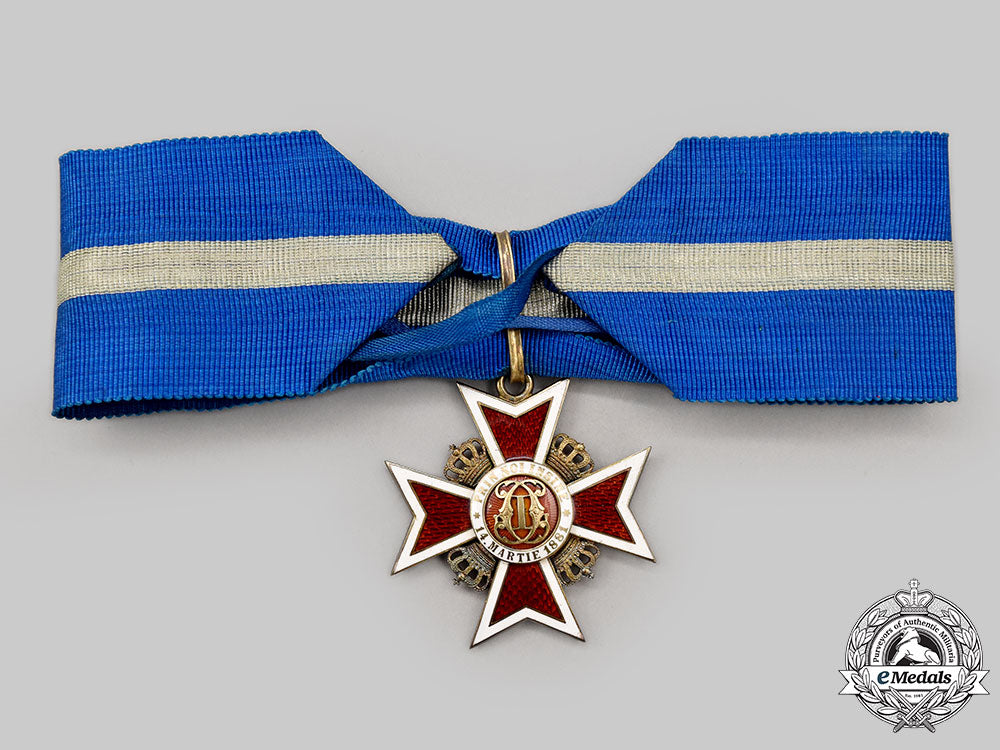
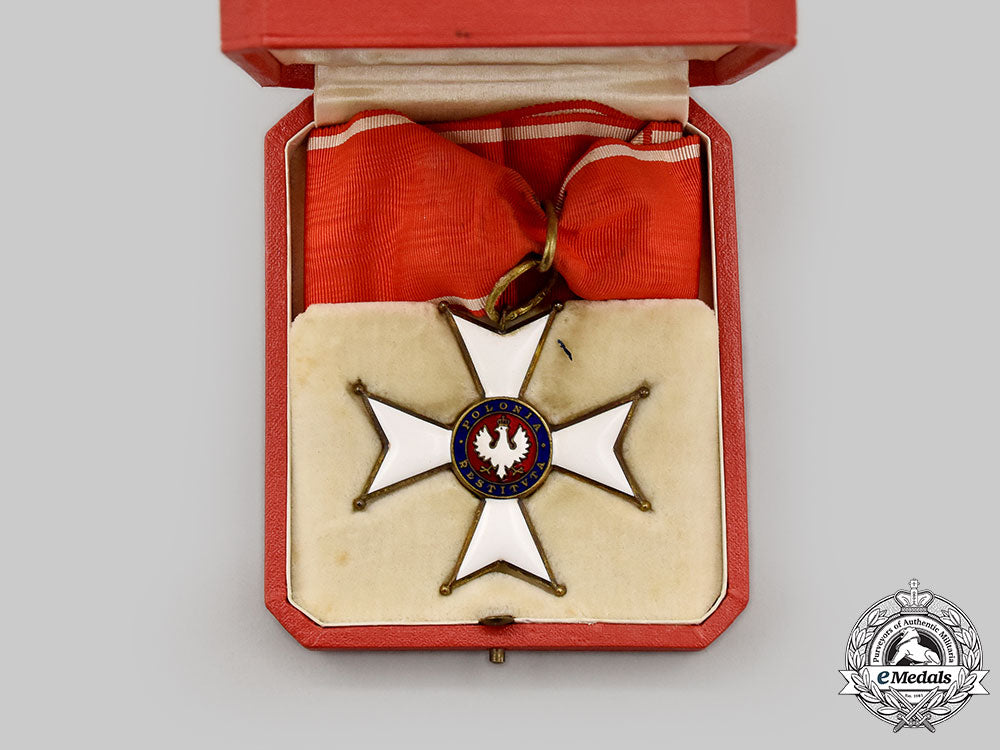
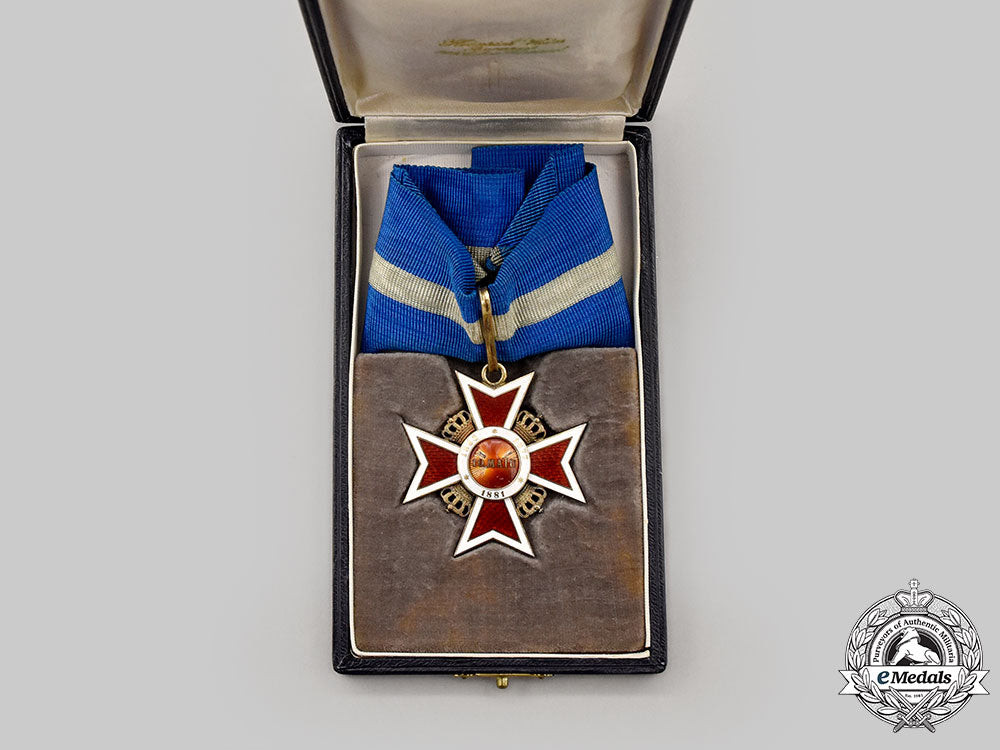
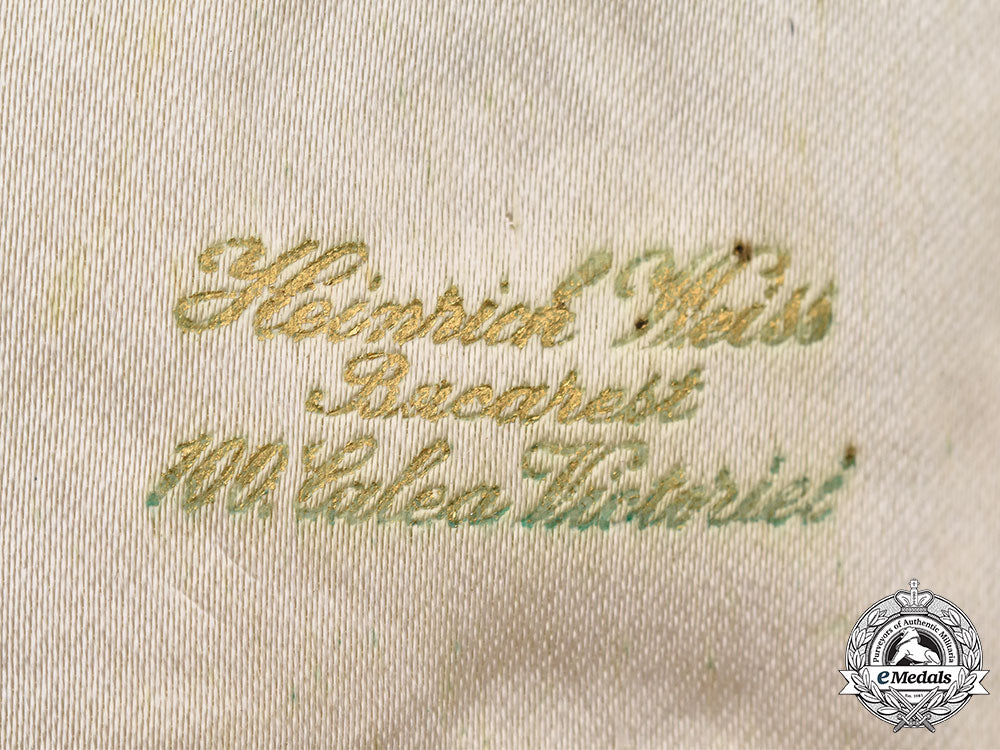
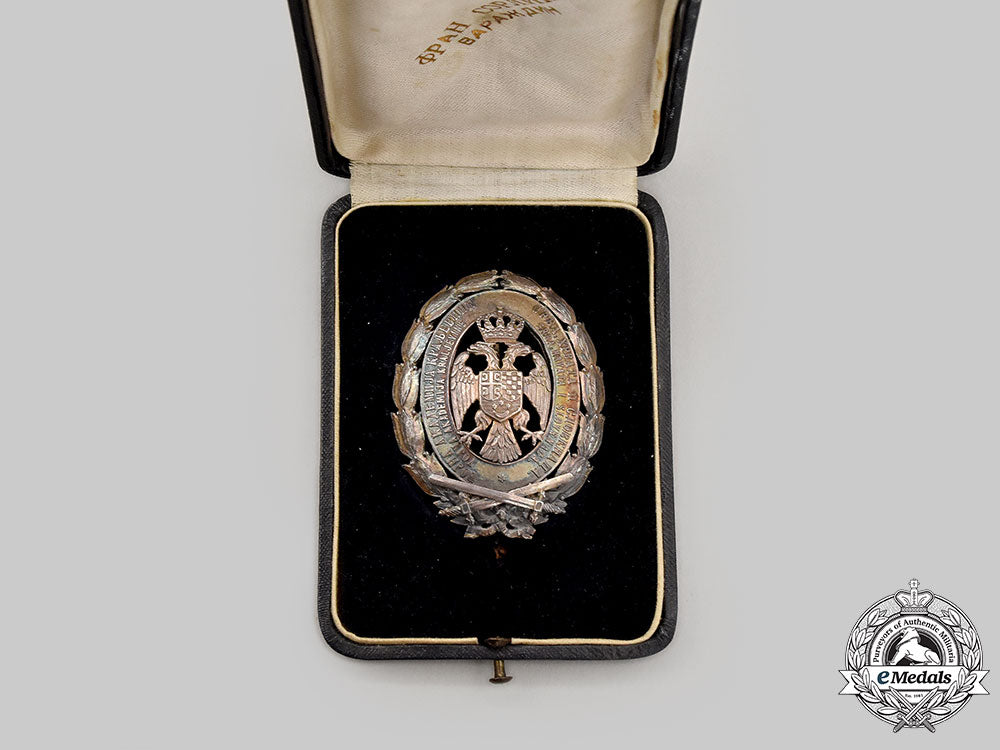
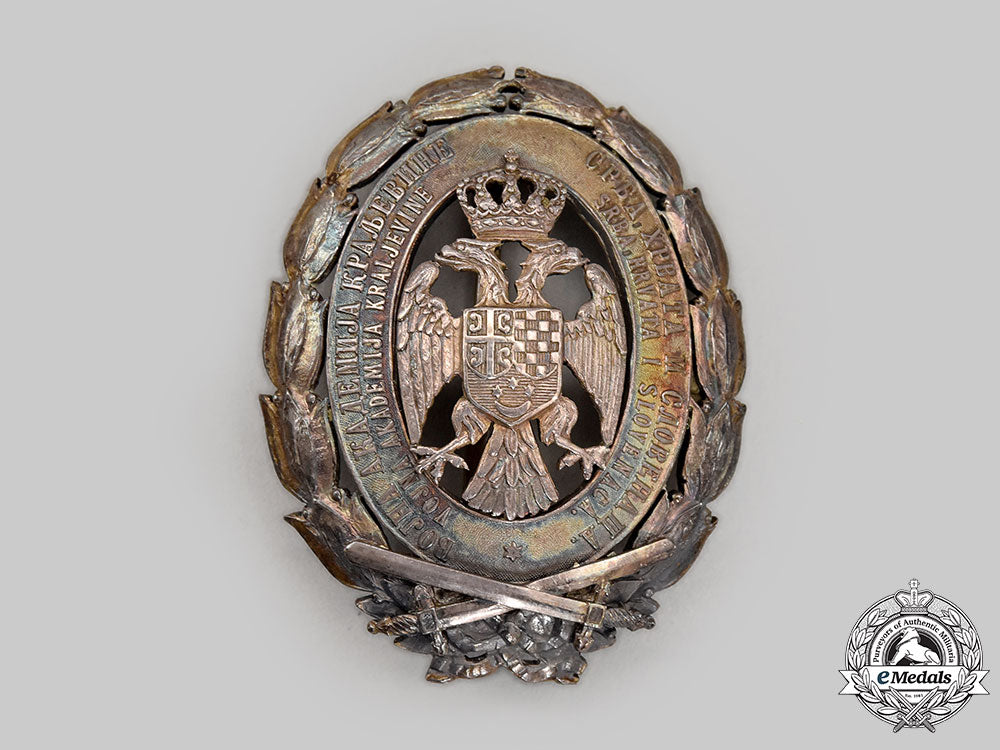
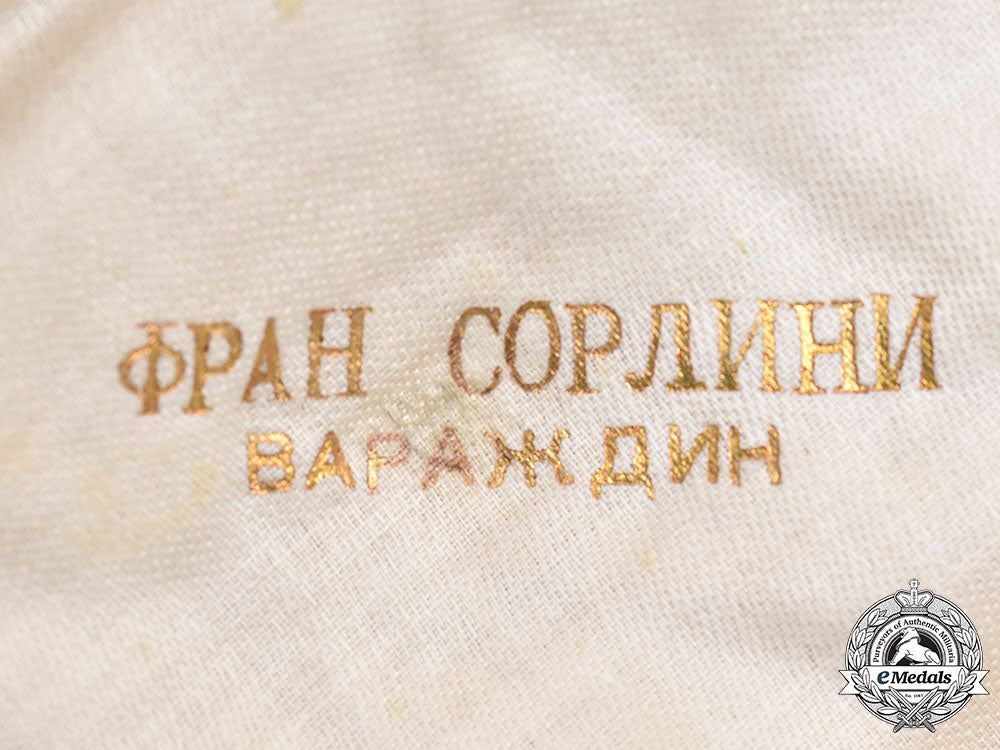
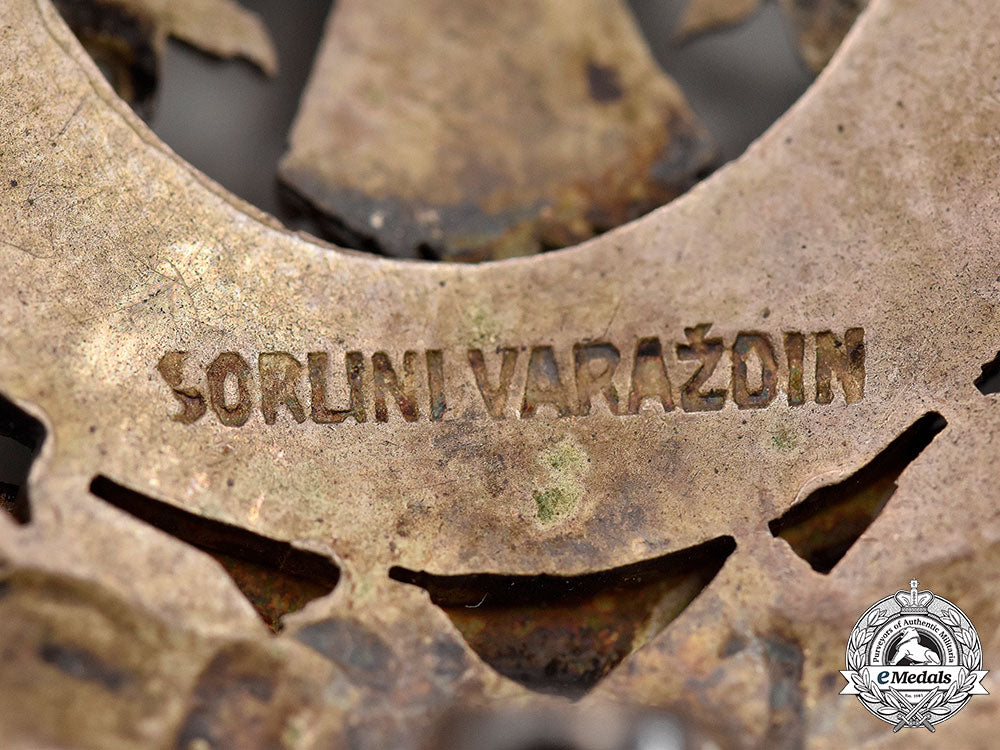
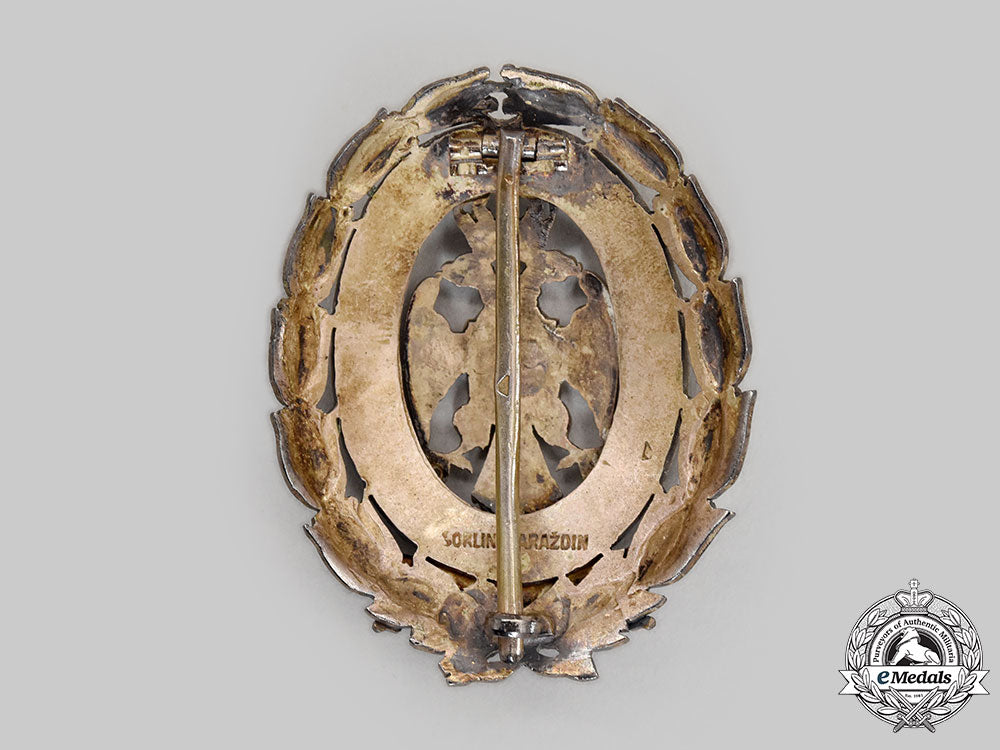
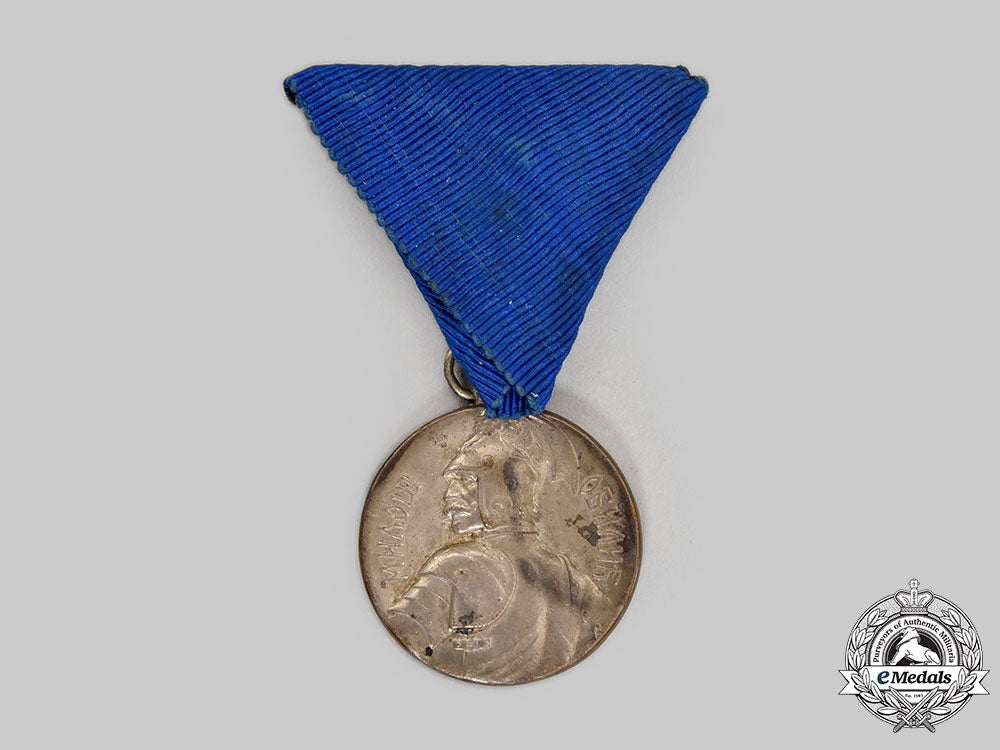
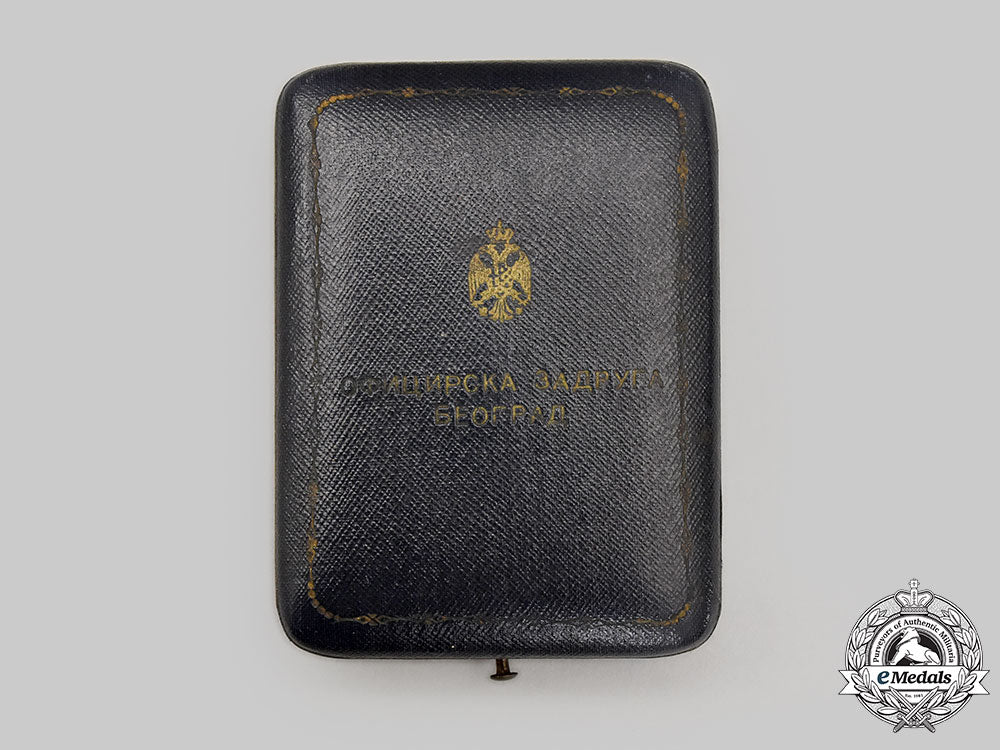
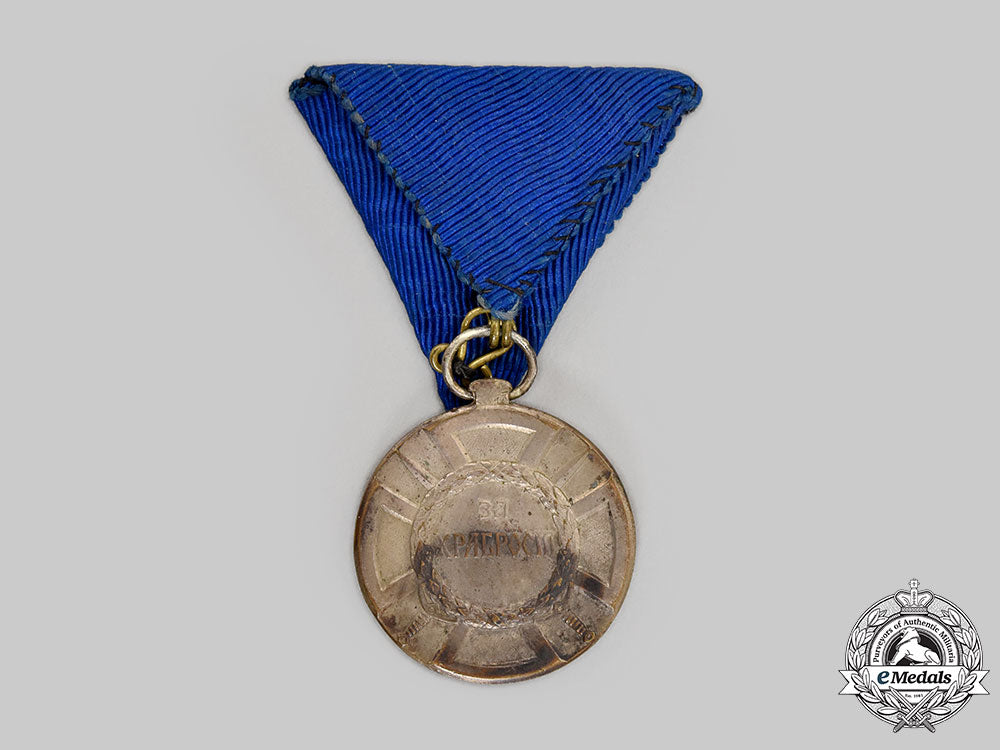
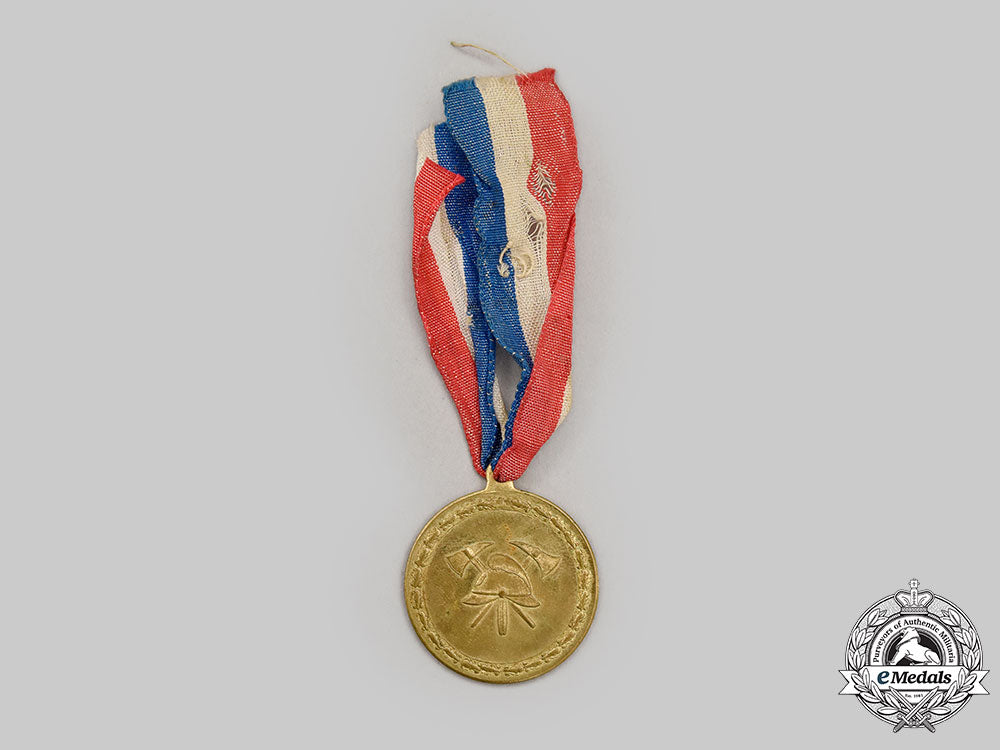
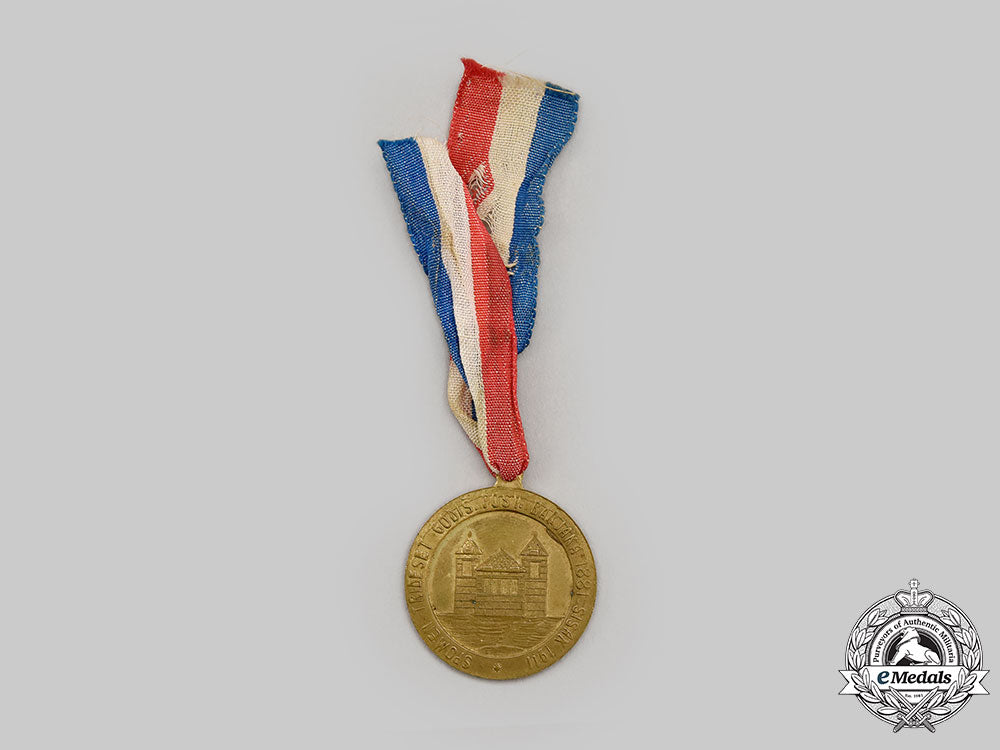
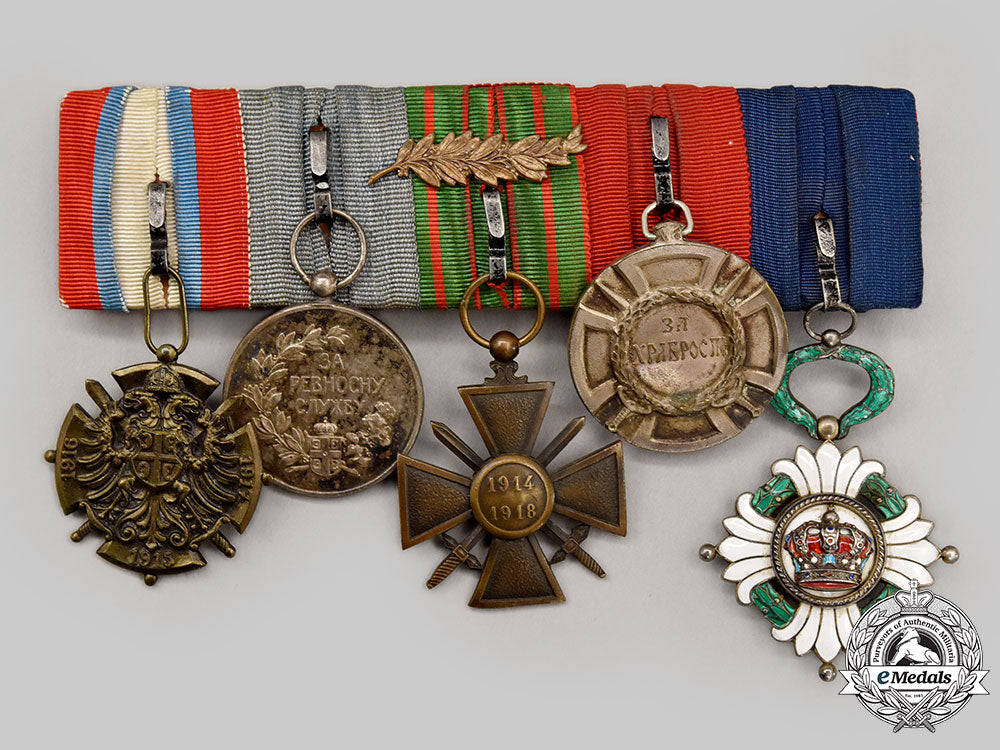
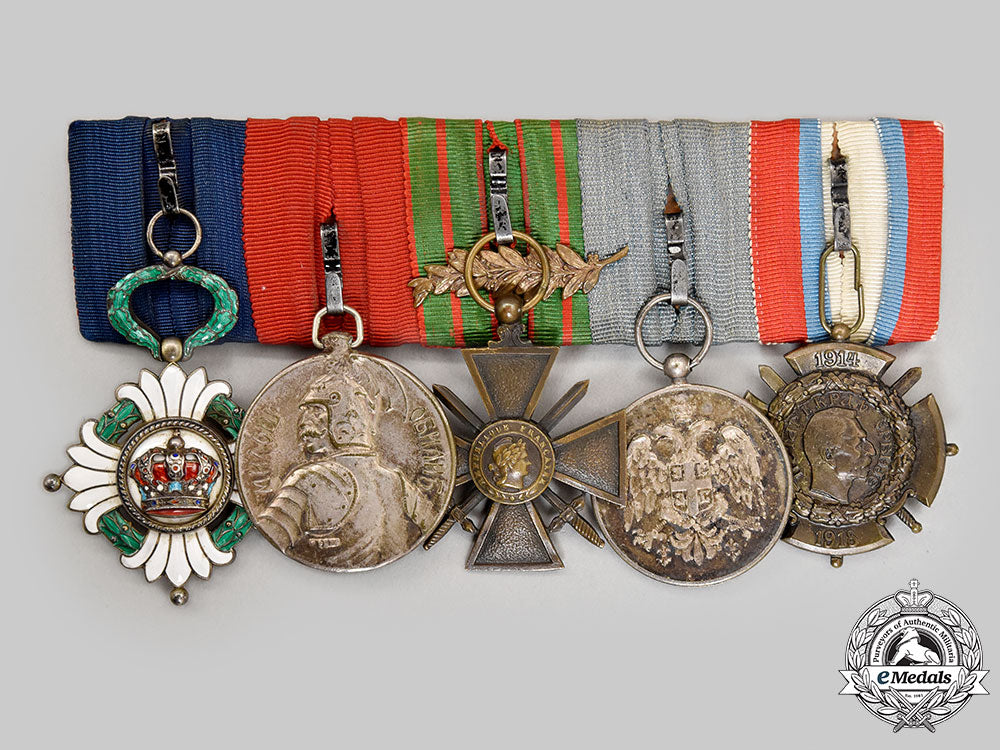
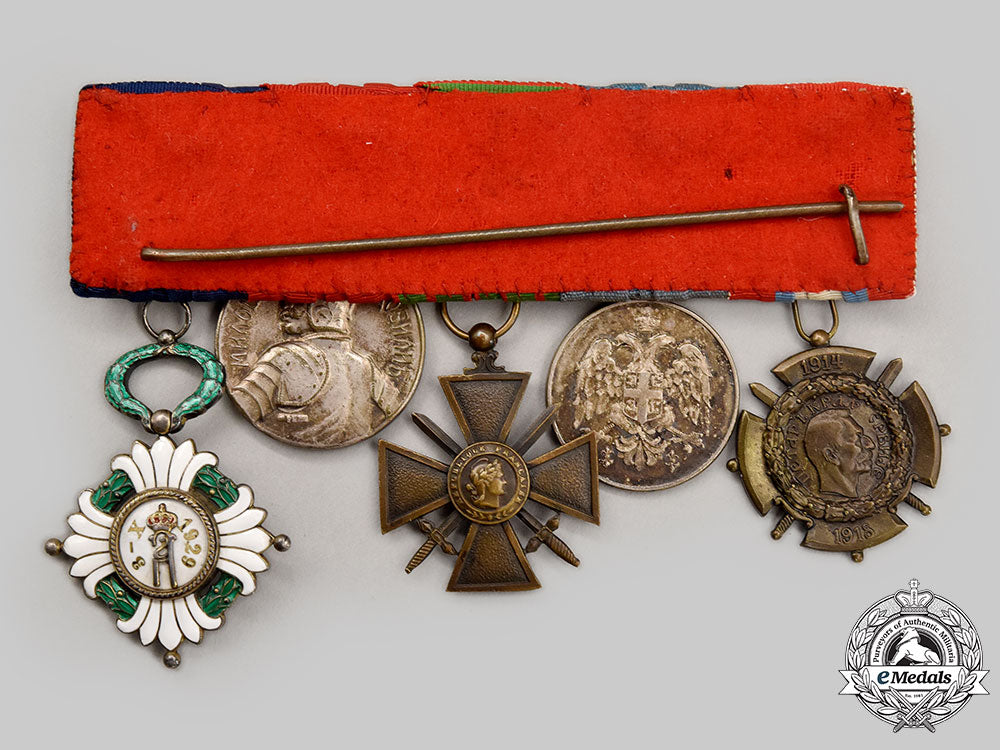
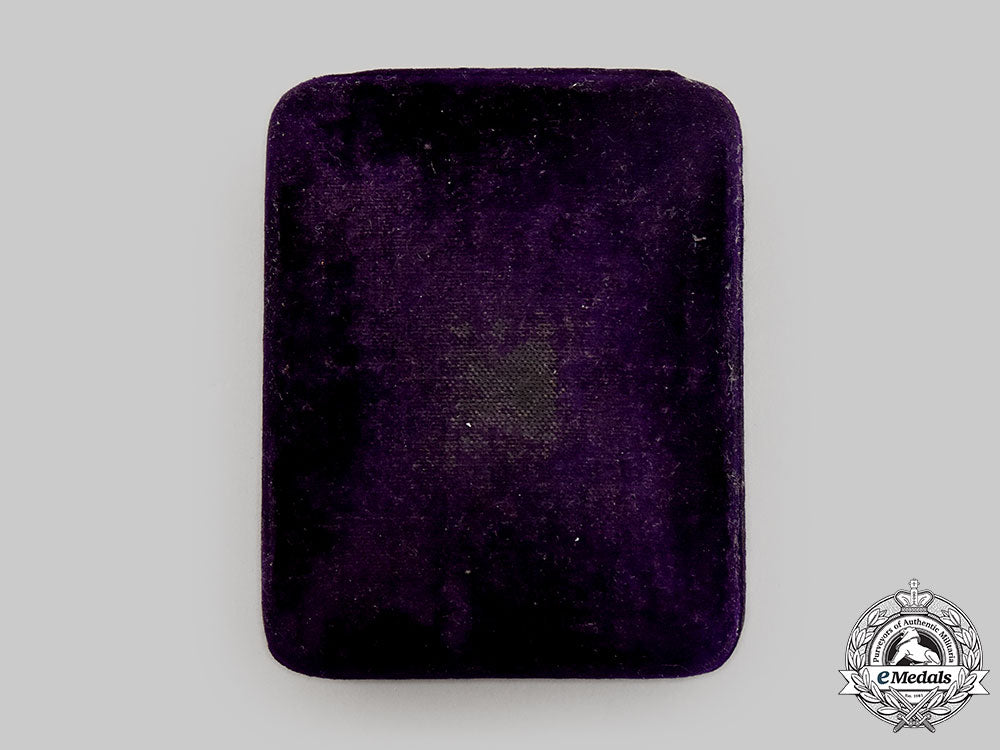
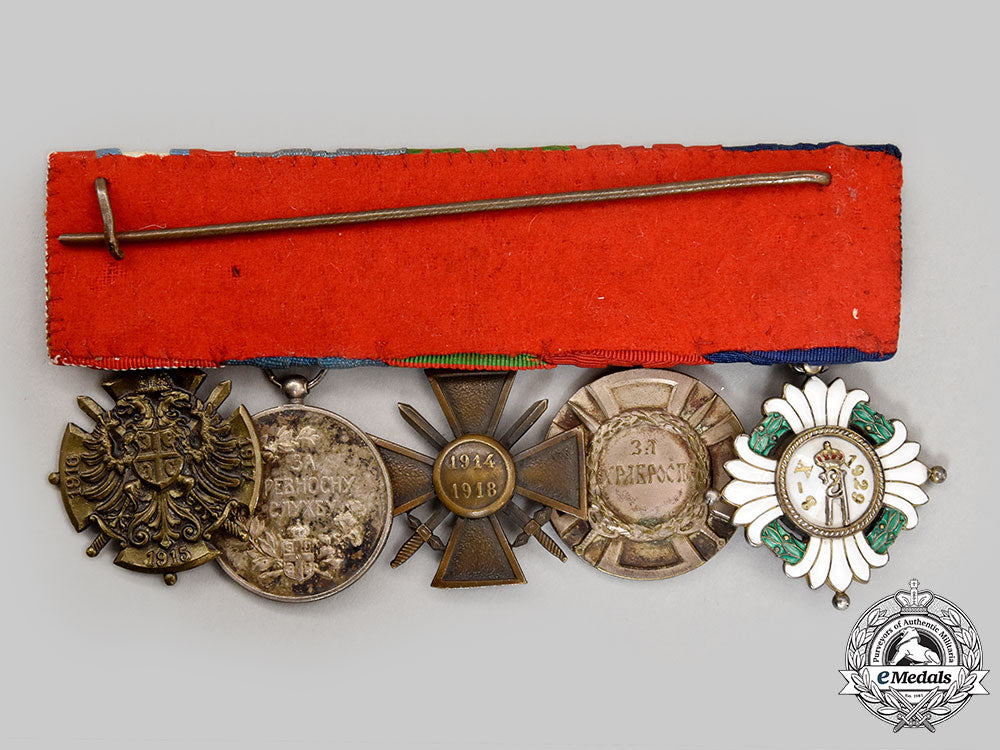
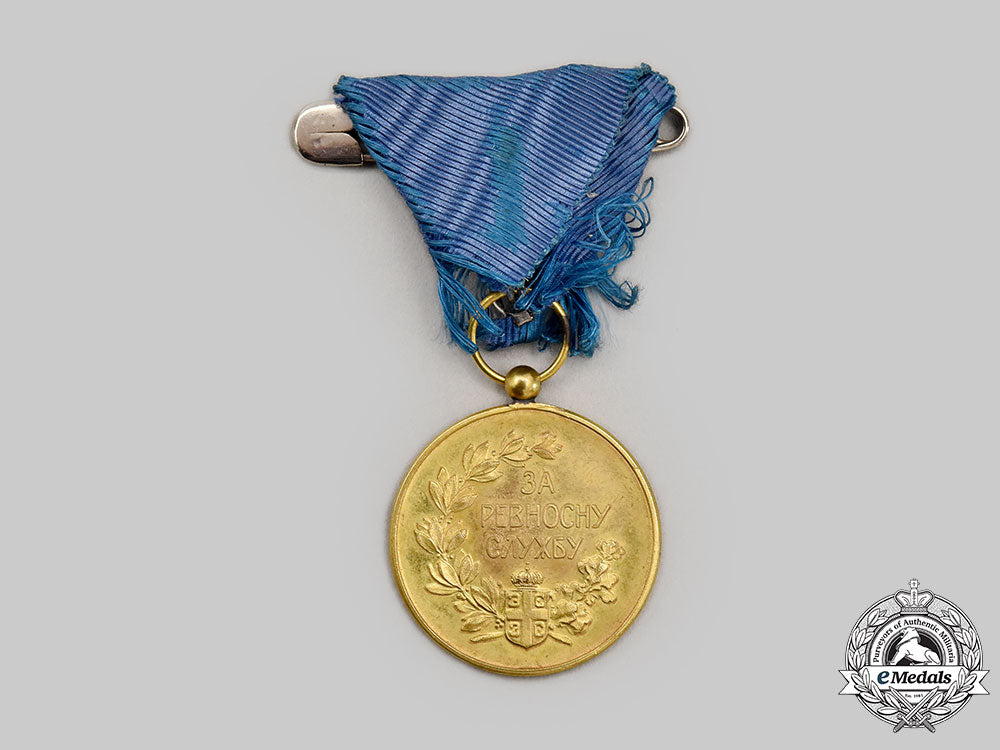
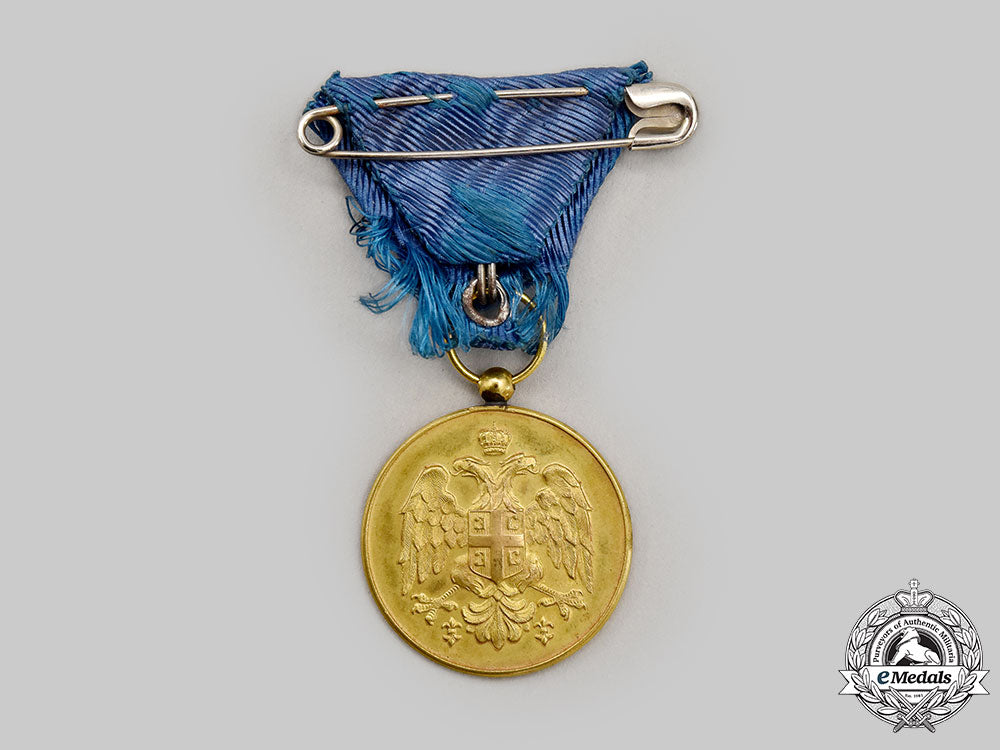
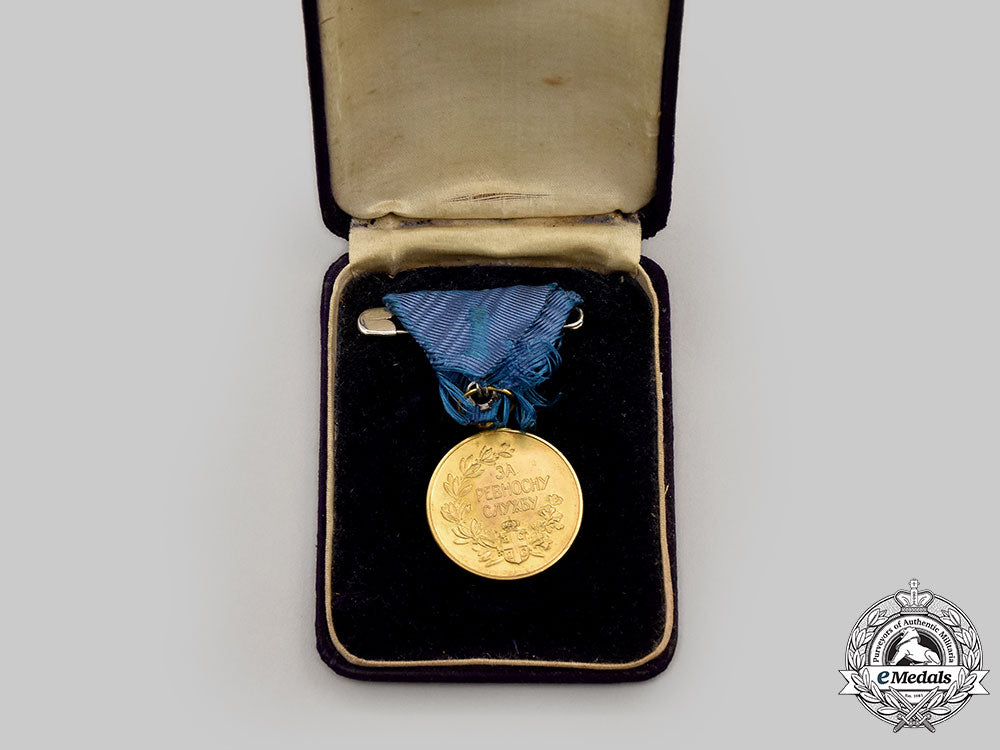
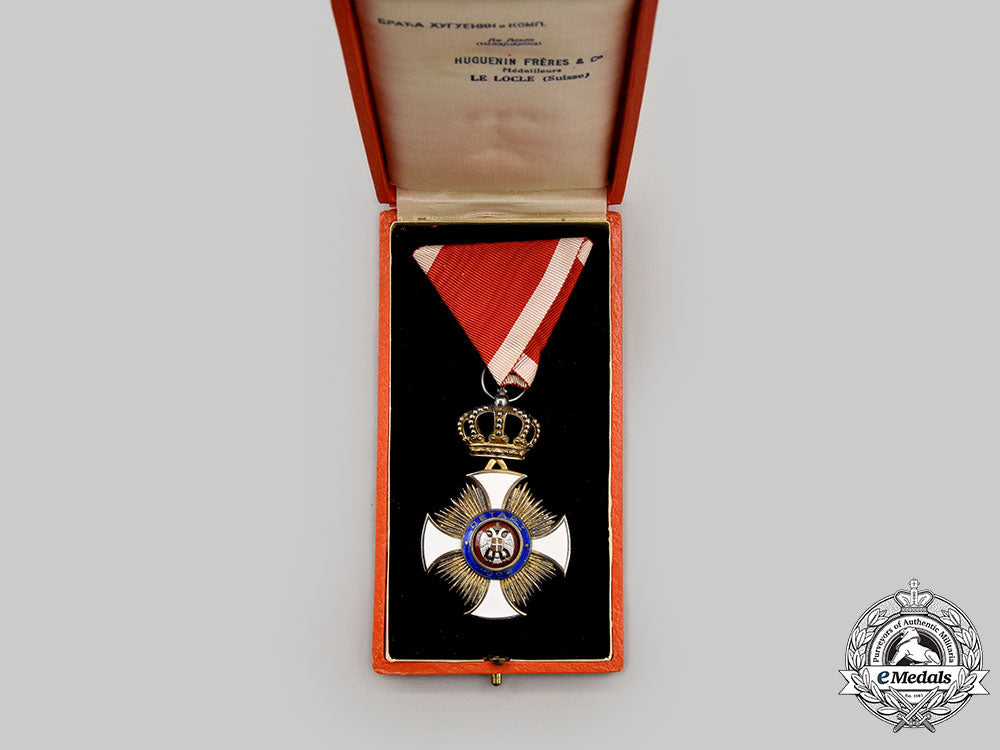
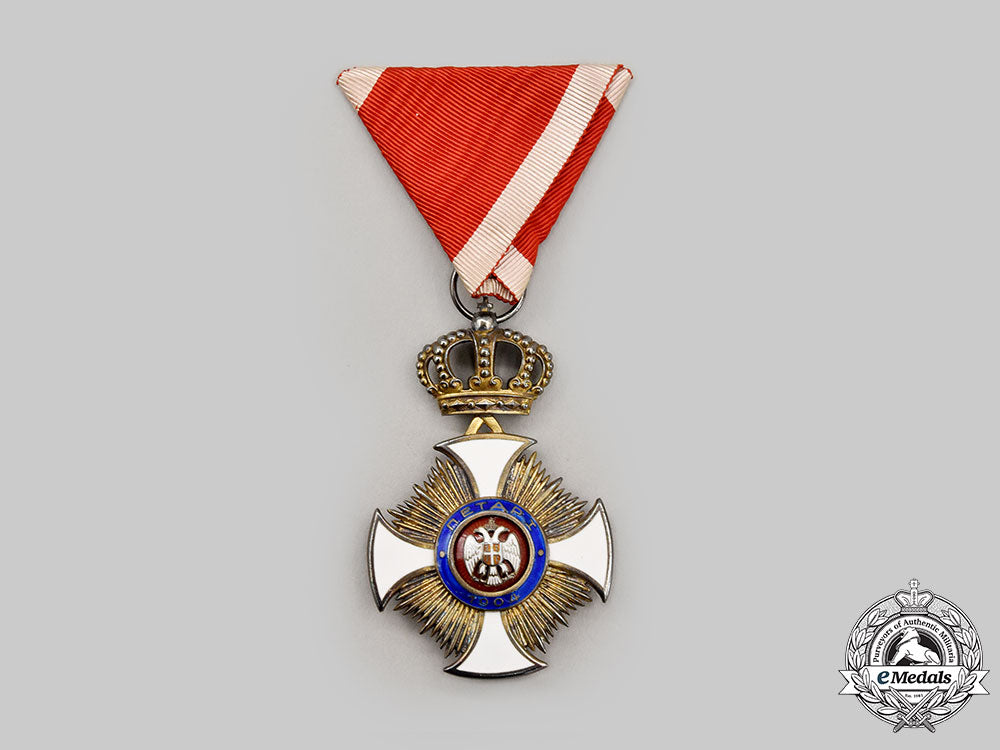
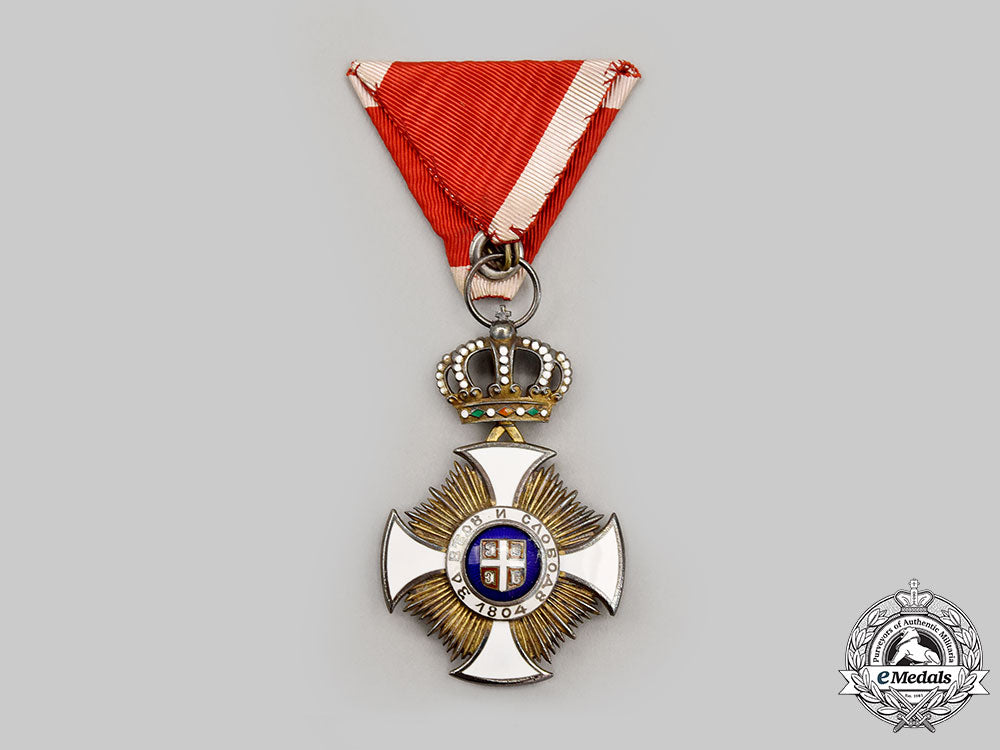
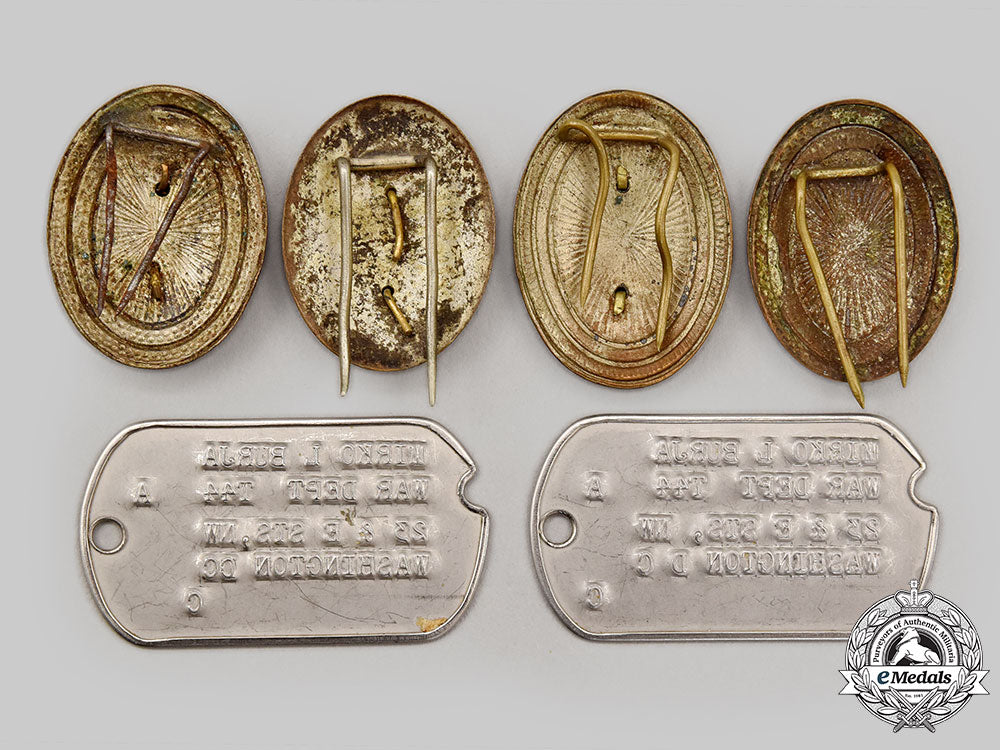
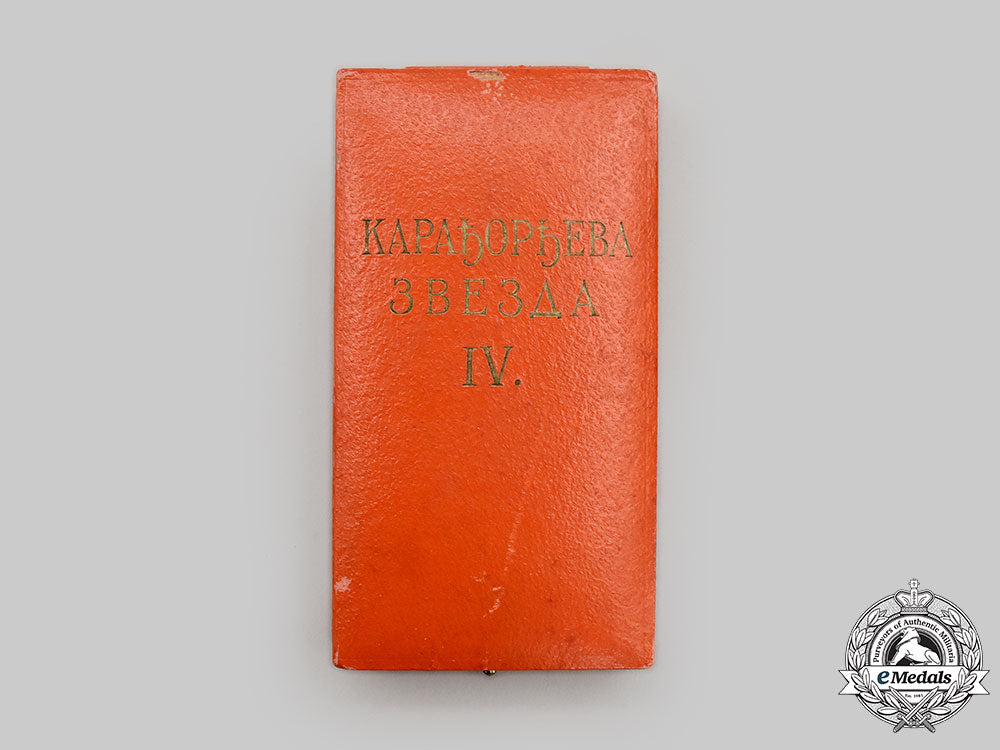
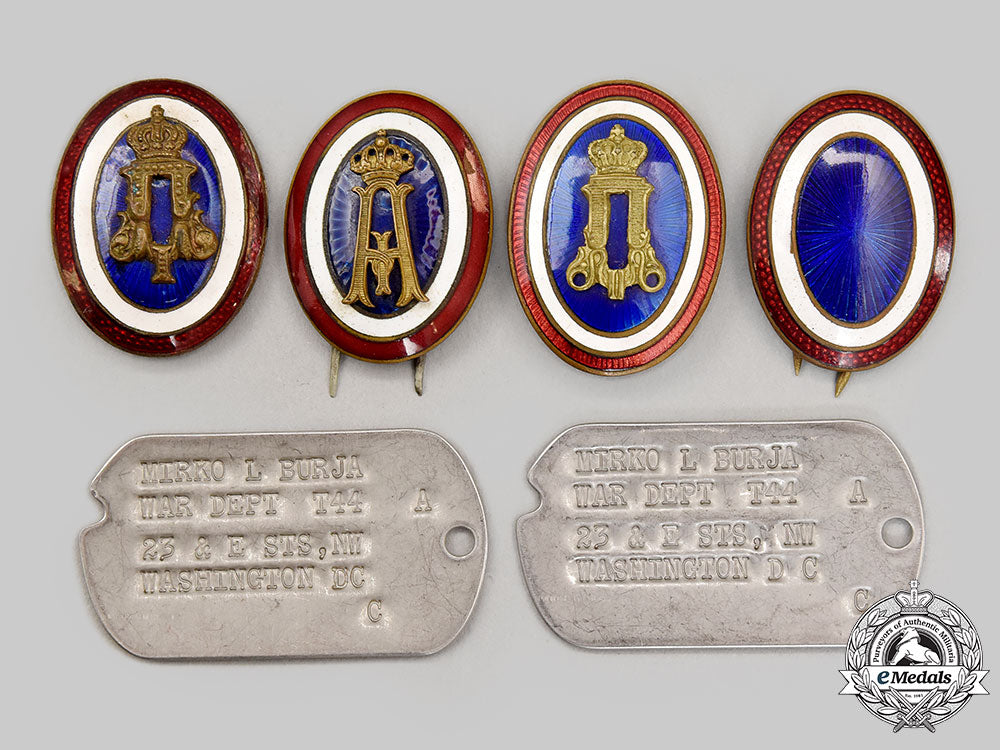
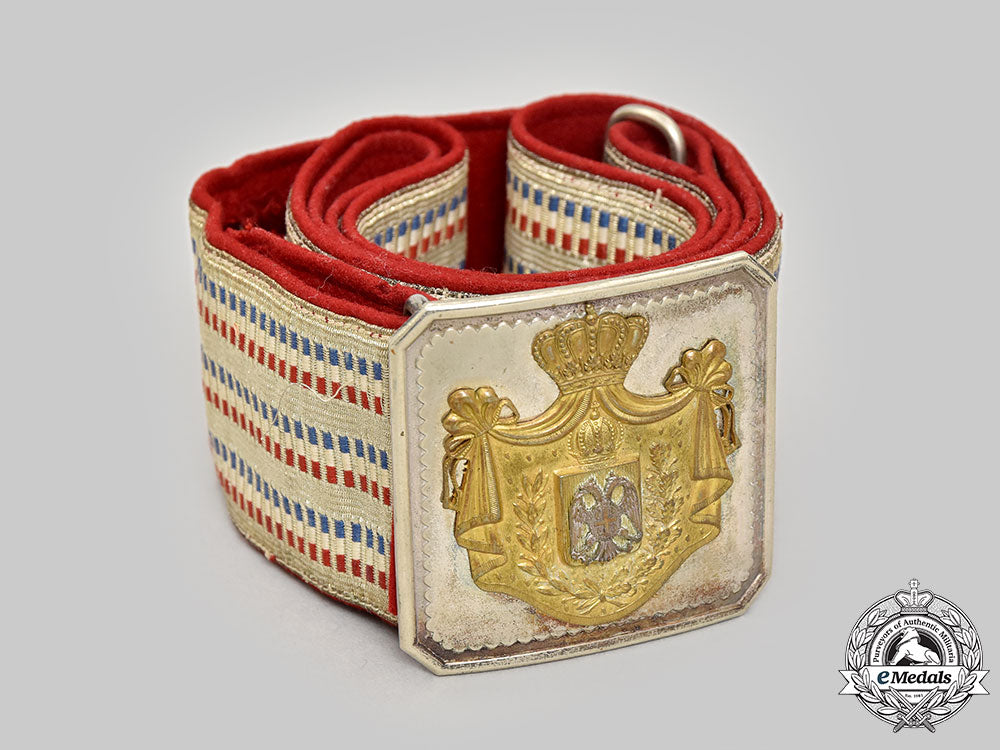
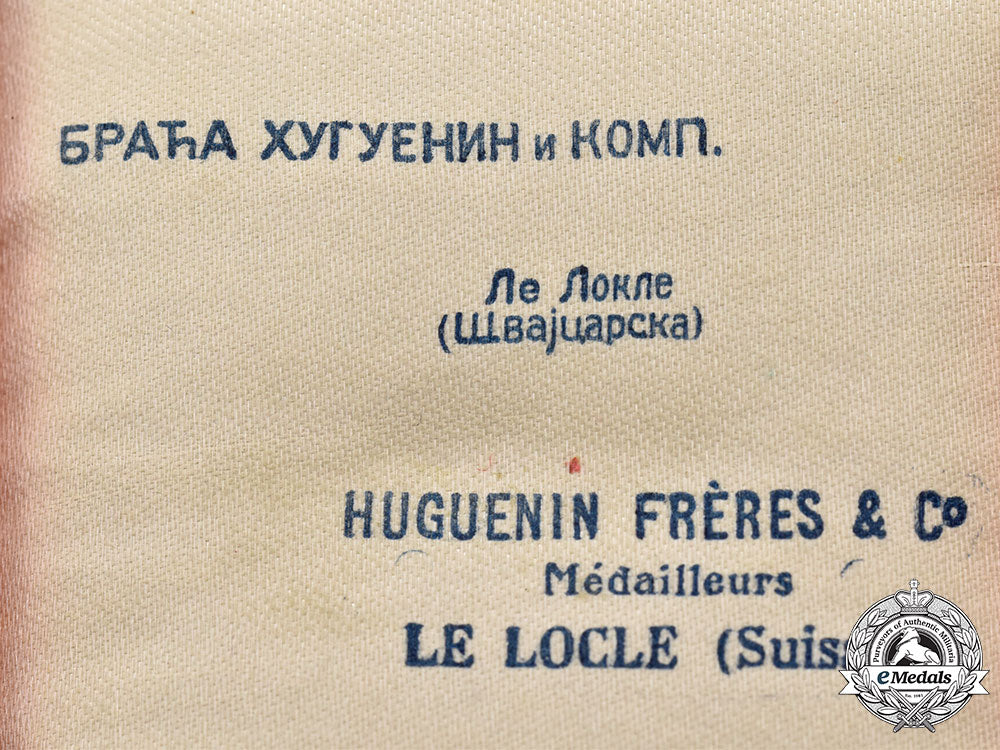
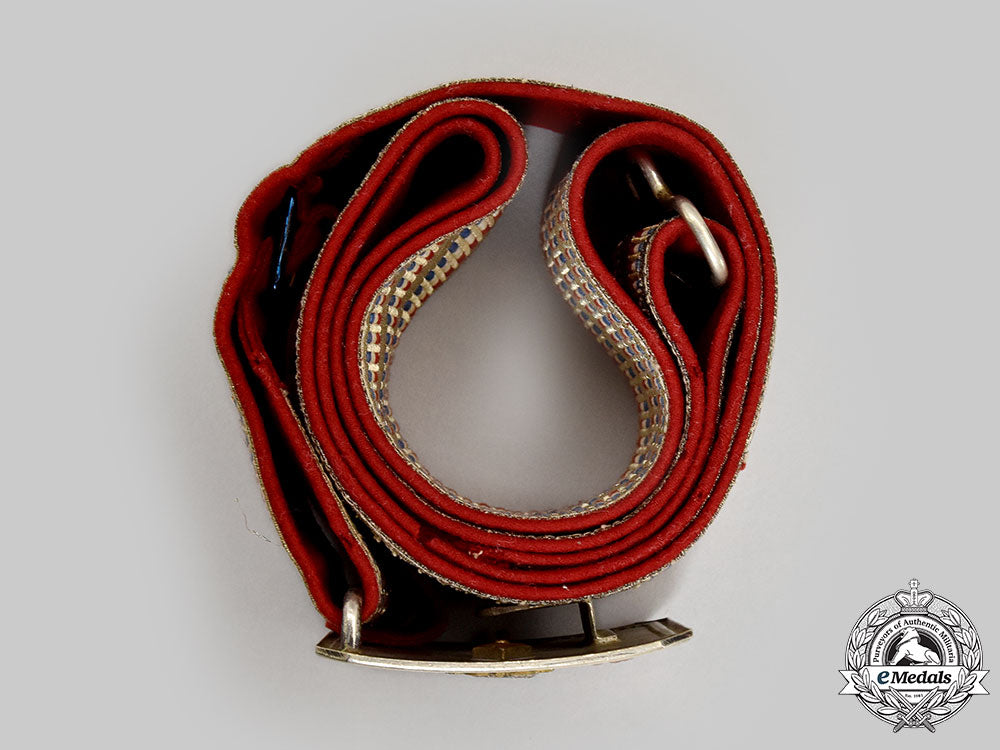
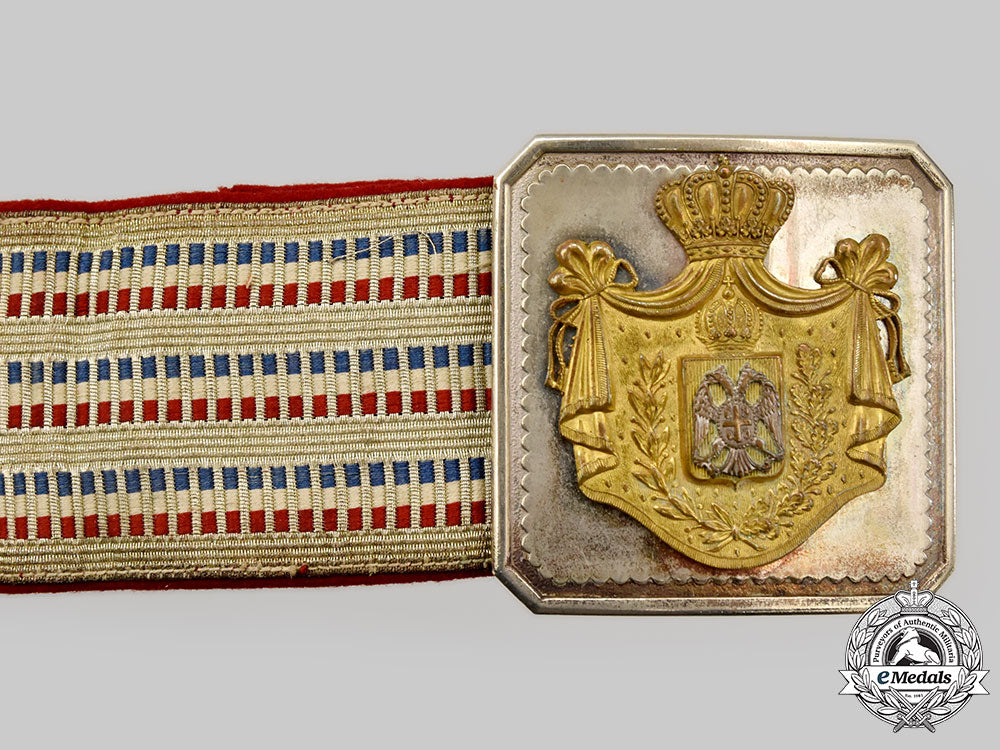
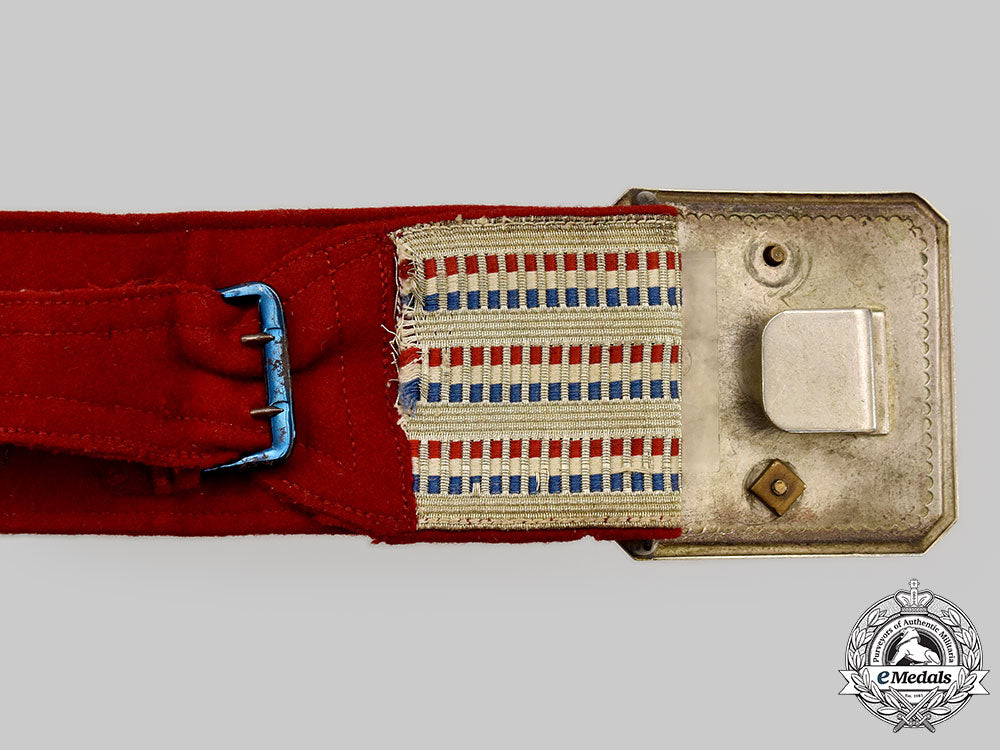
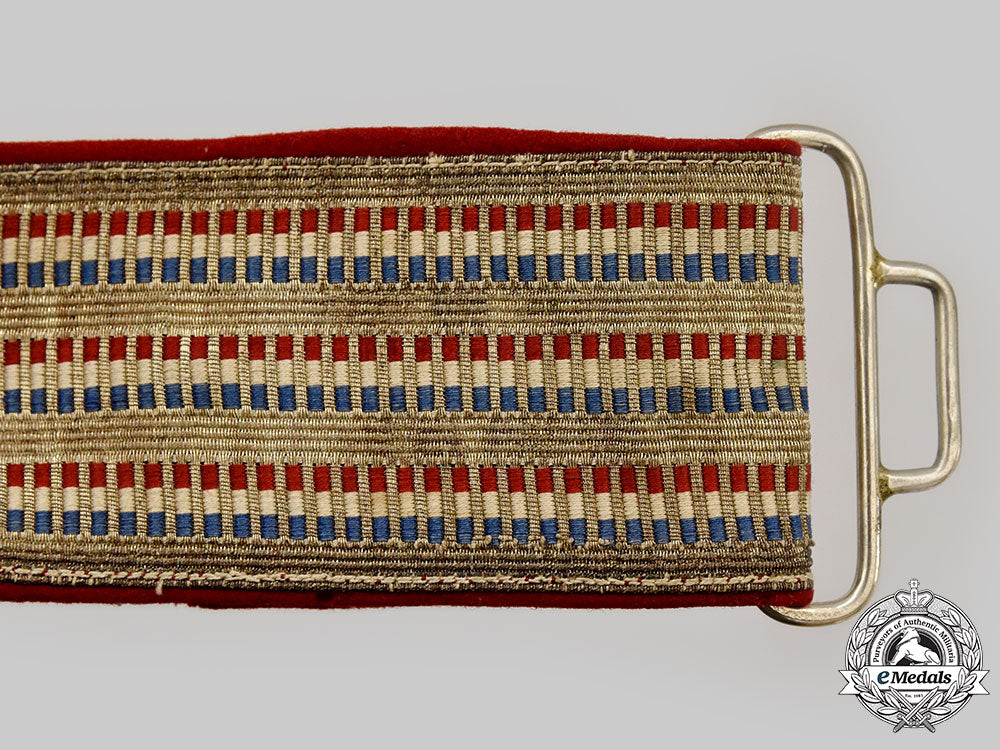
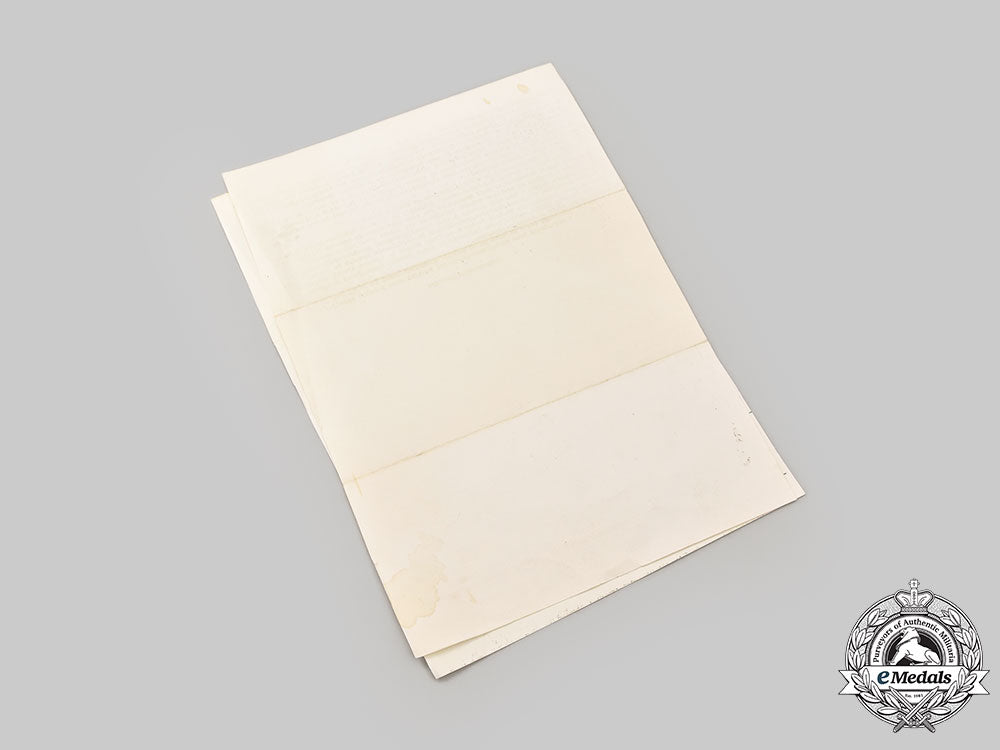
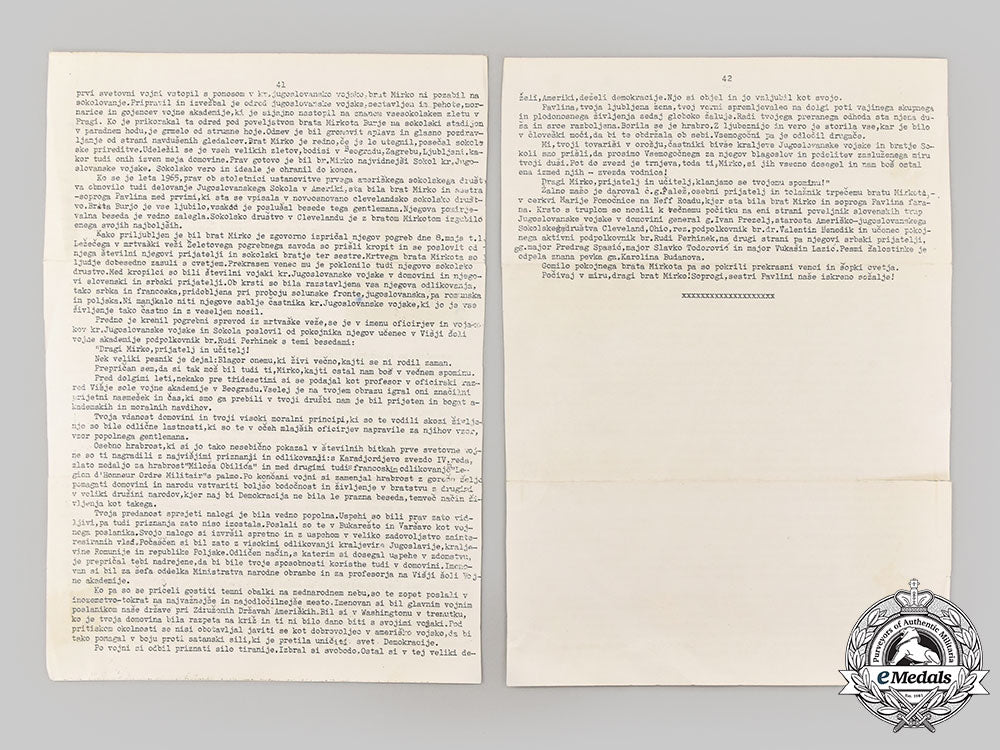
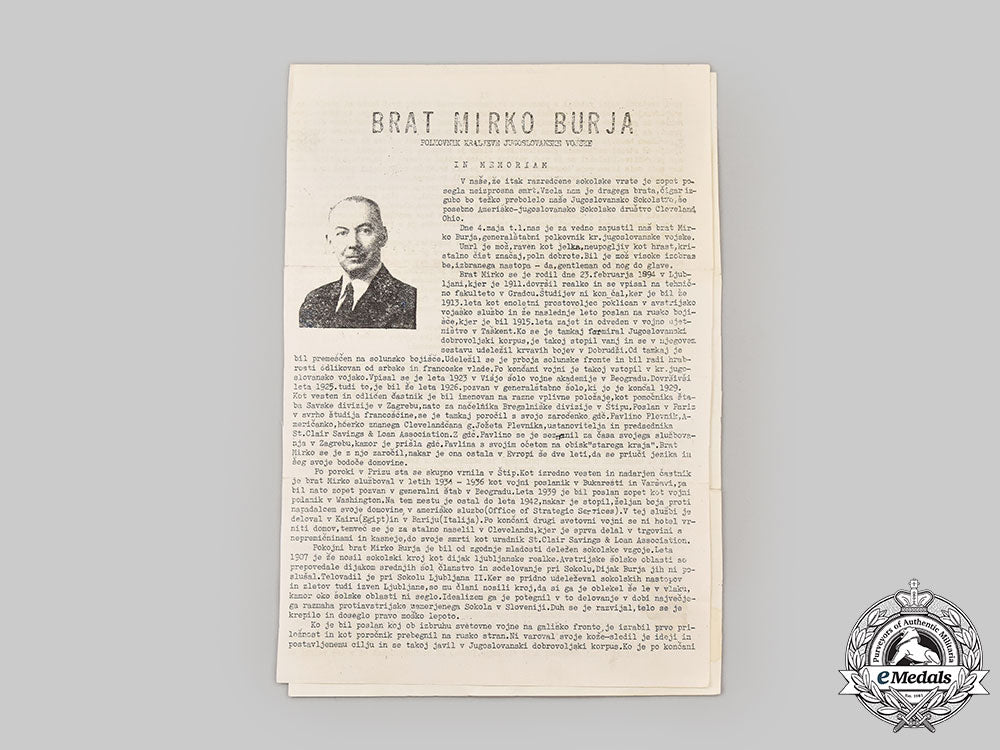
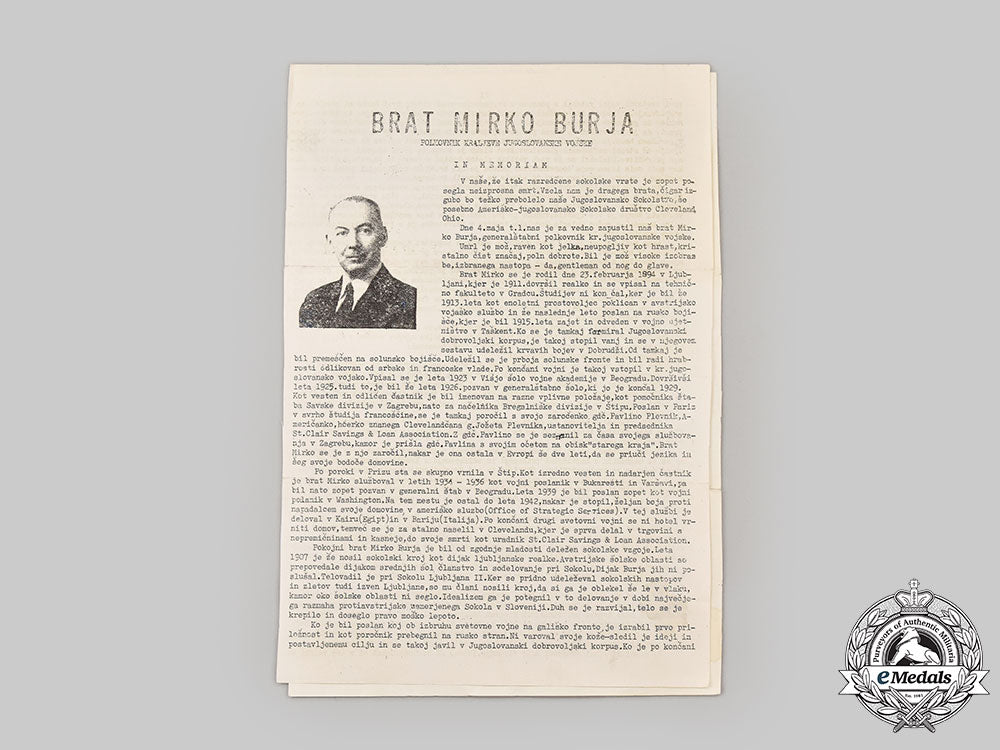
You May Also Like
Japan, Empire. A T90 Civil Defense Helmet, c.1943
W8287
Canada, Commonwealth; United Kingdom. A Mixed Lot of St. John Ambulance Association Medals and Uniform Insignia
M0231-134
Canada, Commonwealth. A Pair of St. John Ambulance Medals to Charles E. Jefkins, Hamilton, Ontario Superintendent
M0231-128
Canada, Commonwealth. A Lot of Awards, Documents, and Photographs to Peter Mori, St. John Ambulance Corps Superintendent for Hamilton, Ontario
M0231-122
Canada, CEF. A Large Oval Photo
C7175
-
Japan, Empire. A T90 Civil Defense Helmet, c.1943
W8287
Add to CartRegular price $275 USDRegular price $0 USD Sale price $275 USDUnit price / per -
Canada, Commonwealth; United Kingdom. A Mixed Lot of St. John Ambulance Association Medals and Uniform Insignia
M0231-134
Add to CartRegular price $135 USDRegular price $0 USD Sale price $135 USDUnit price / per -
Canada, Commonwealth. A Pair of St. John Ambulance Medals to Charles E. Jefkins, Hamilton, Ontario Superintendent
M0231-128
Add to CartRegular price $100 USDRegular price $0 USD Sale price $100 USDUnit price / per -
Canada, Commonwealth. A Lot of Awards, Documents, and Photographs to Peter Mori, St. John Ambulance Corps Superintendent for Hamilton, Ontario
M0231-122
Add to CartRegular price $225 USDRegular price $0 USD Sale price $225 USDUnit price / per -
Canada, CEF. A Large Oval Photo
C7175
Add to CartRegular price $120 USDRegular price $0 USD Sale price $120 USDUnit price / per
Do you have a similar item you are interested in selling?
Please complete the form and our client care representatives will contact you.
Sell Item